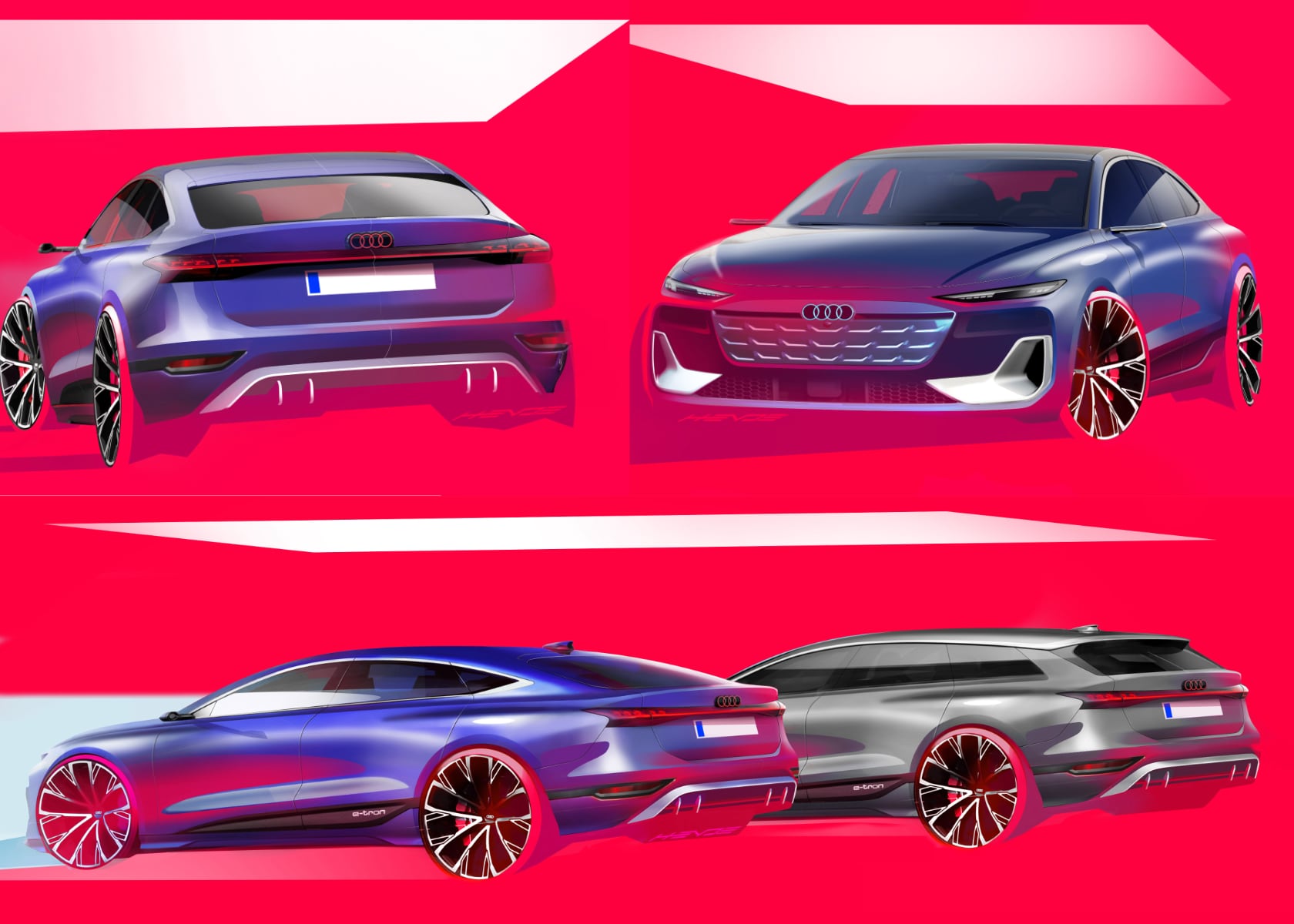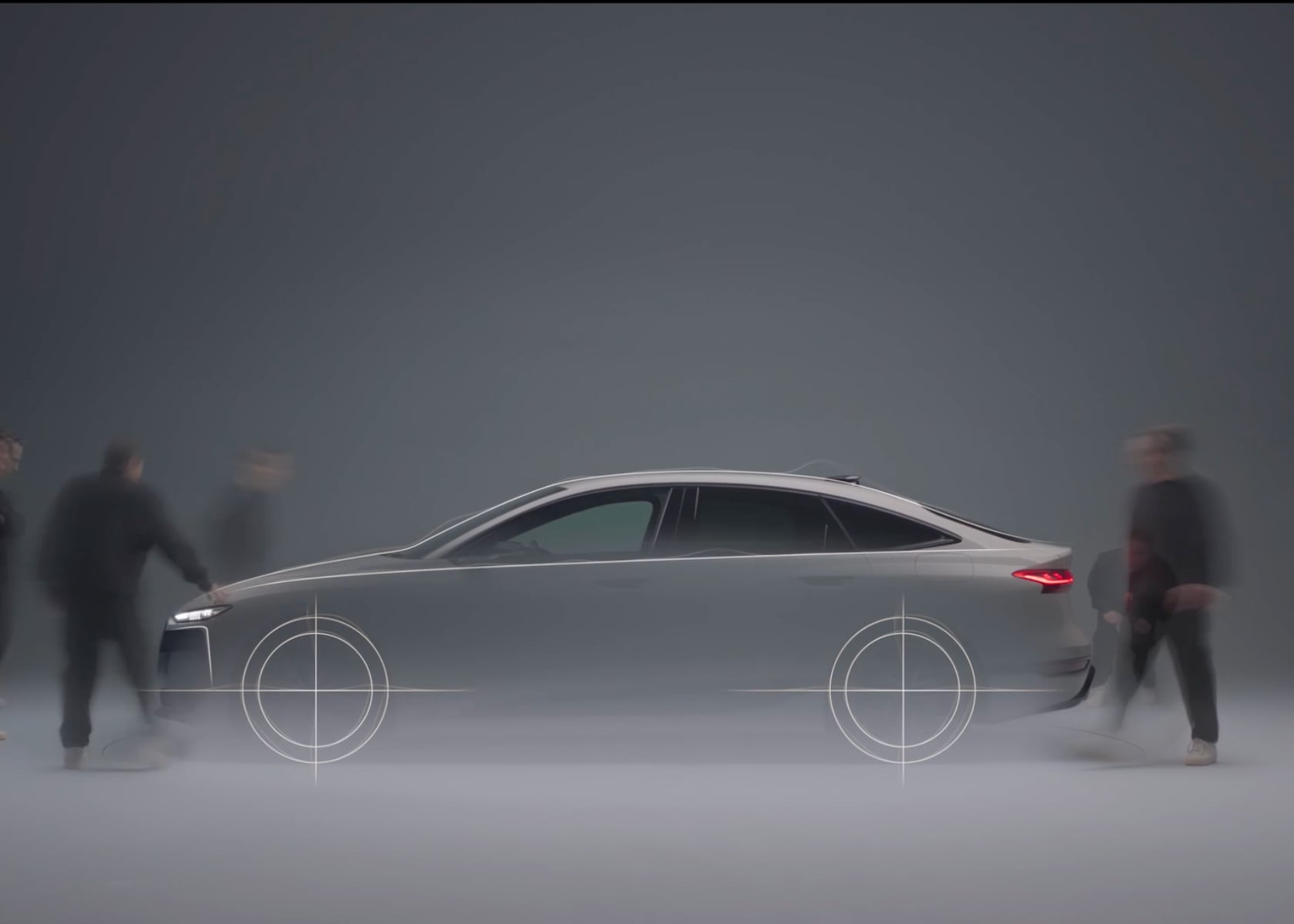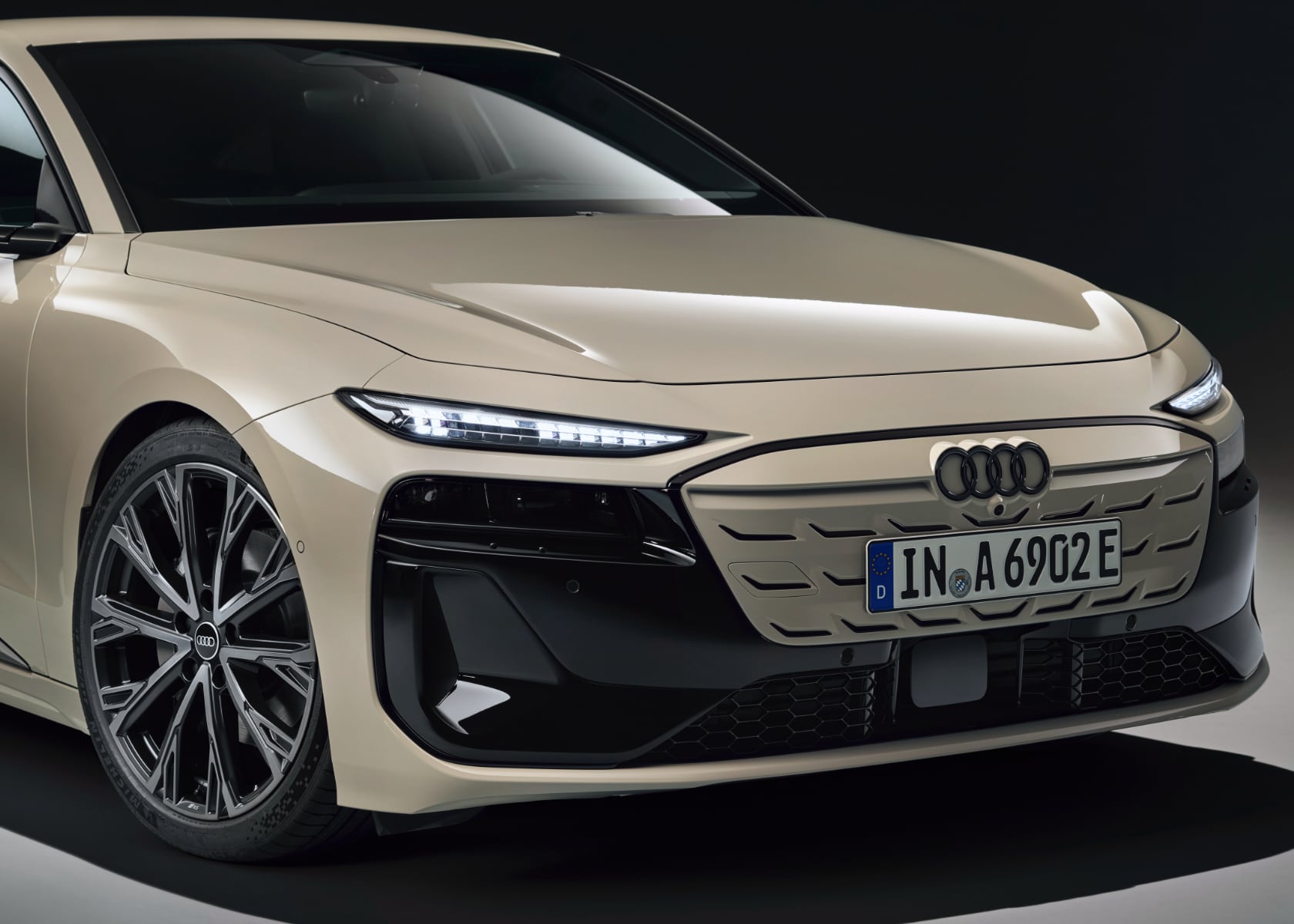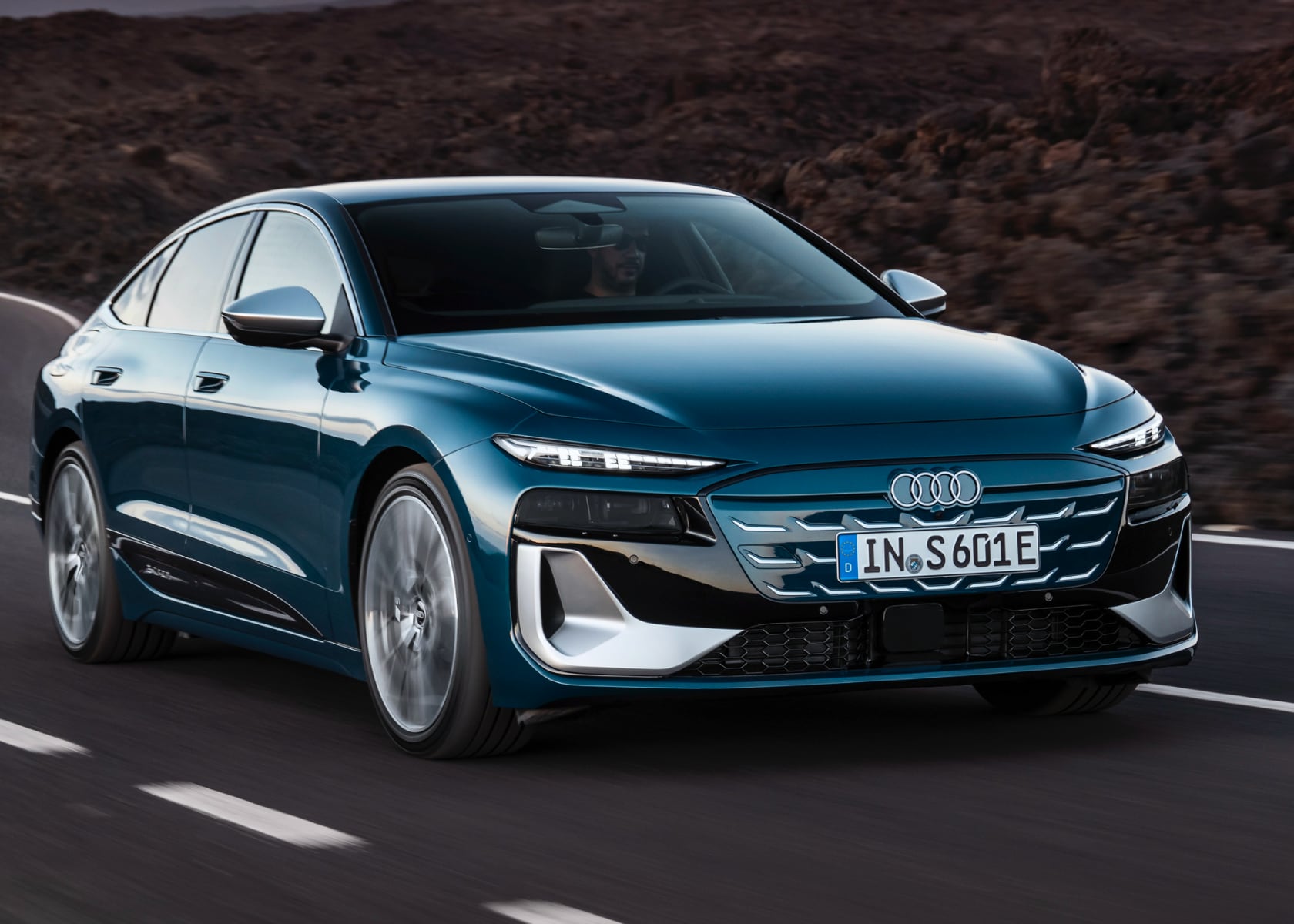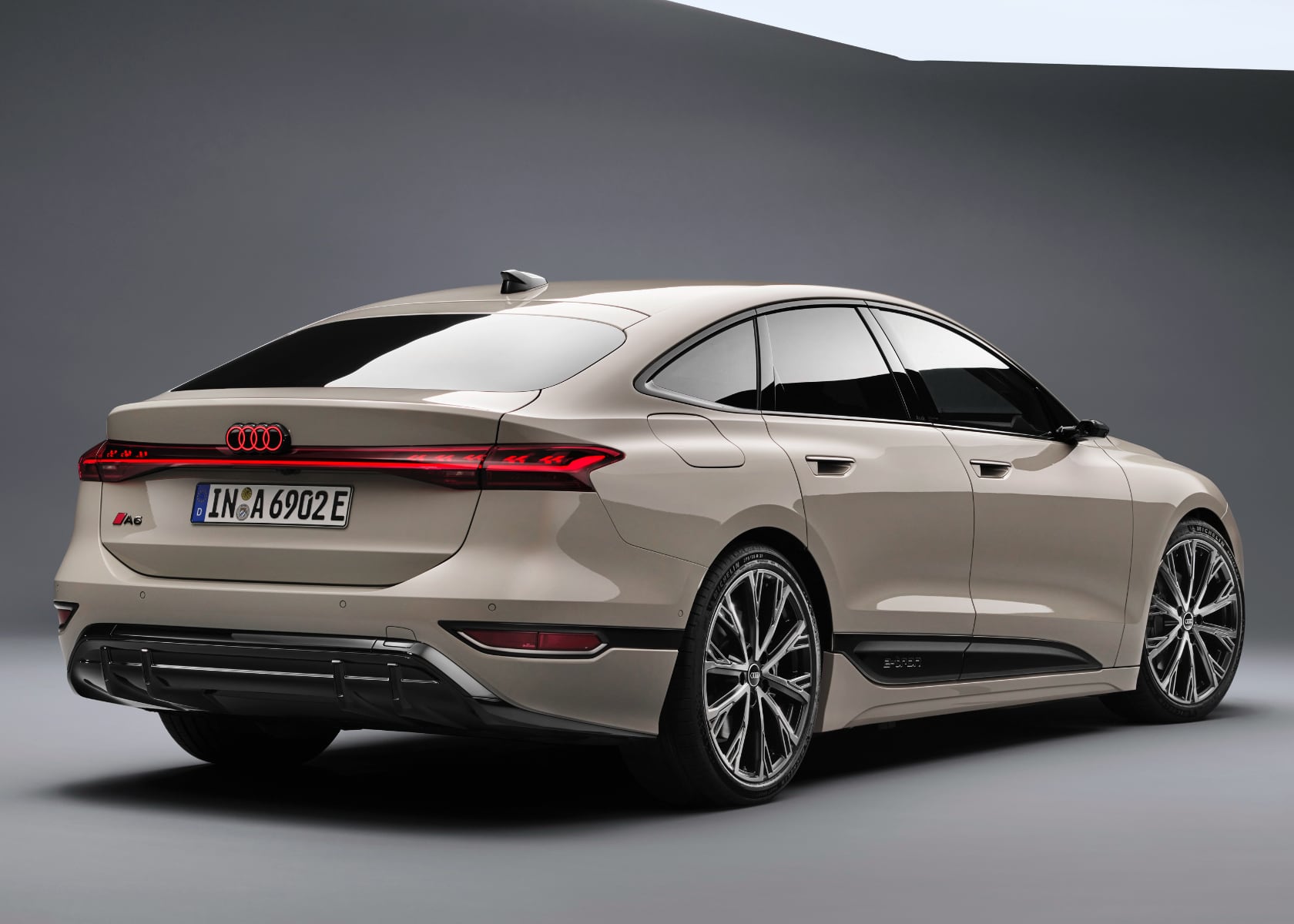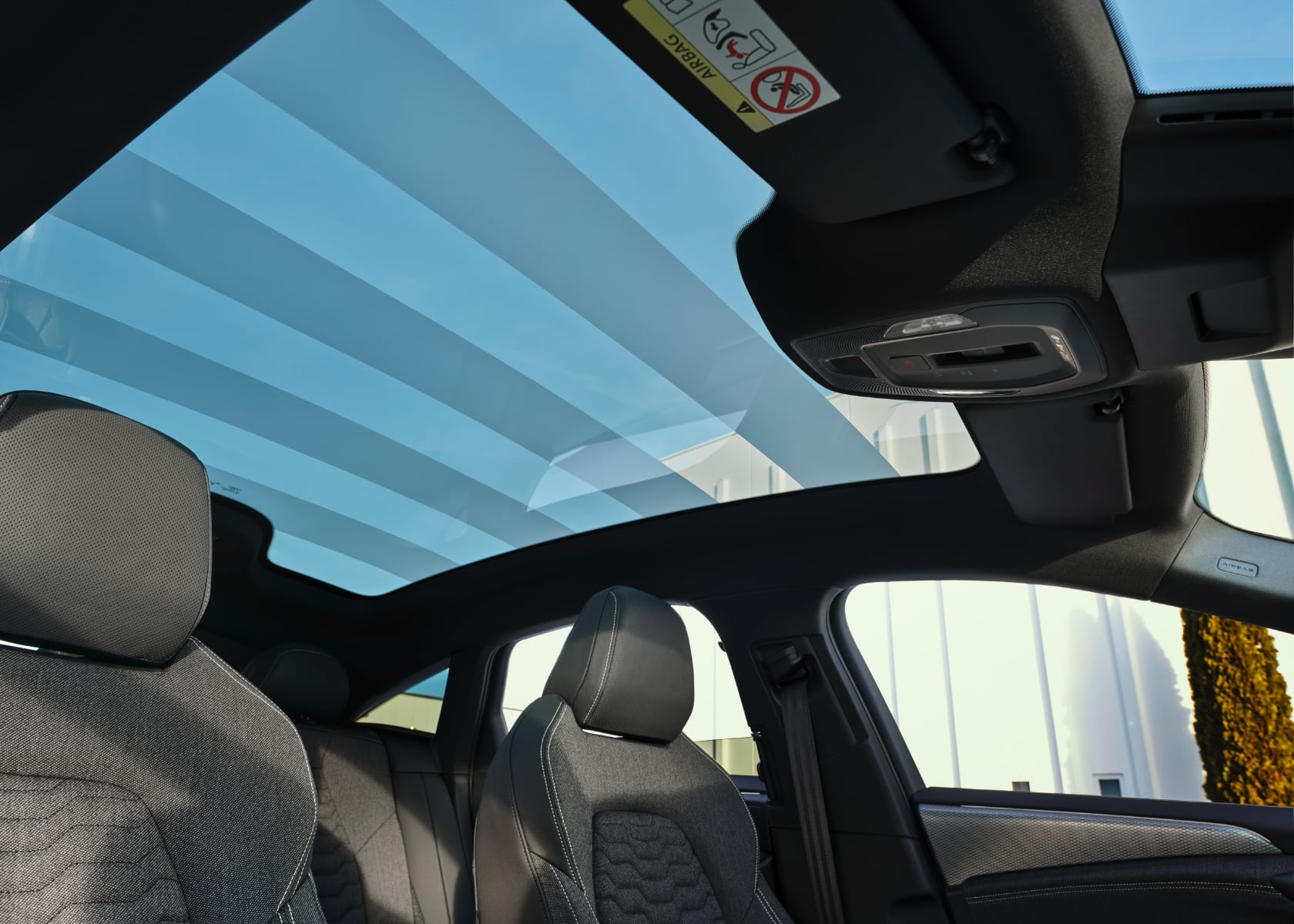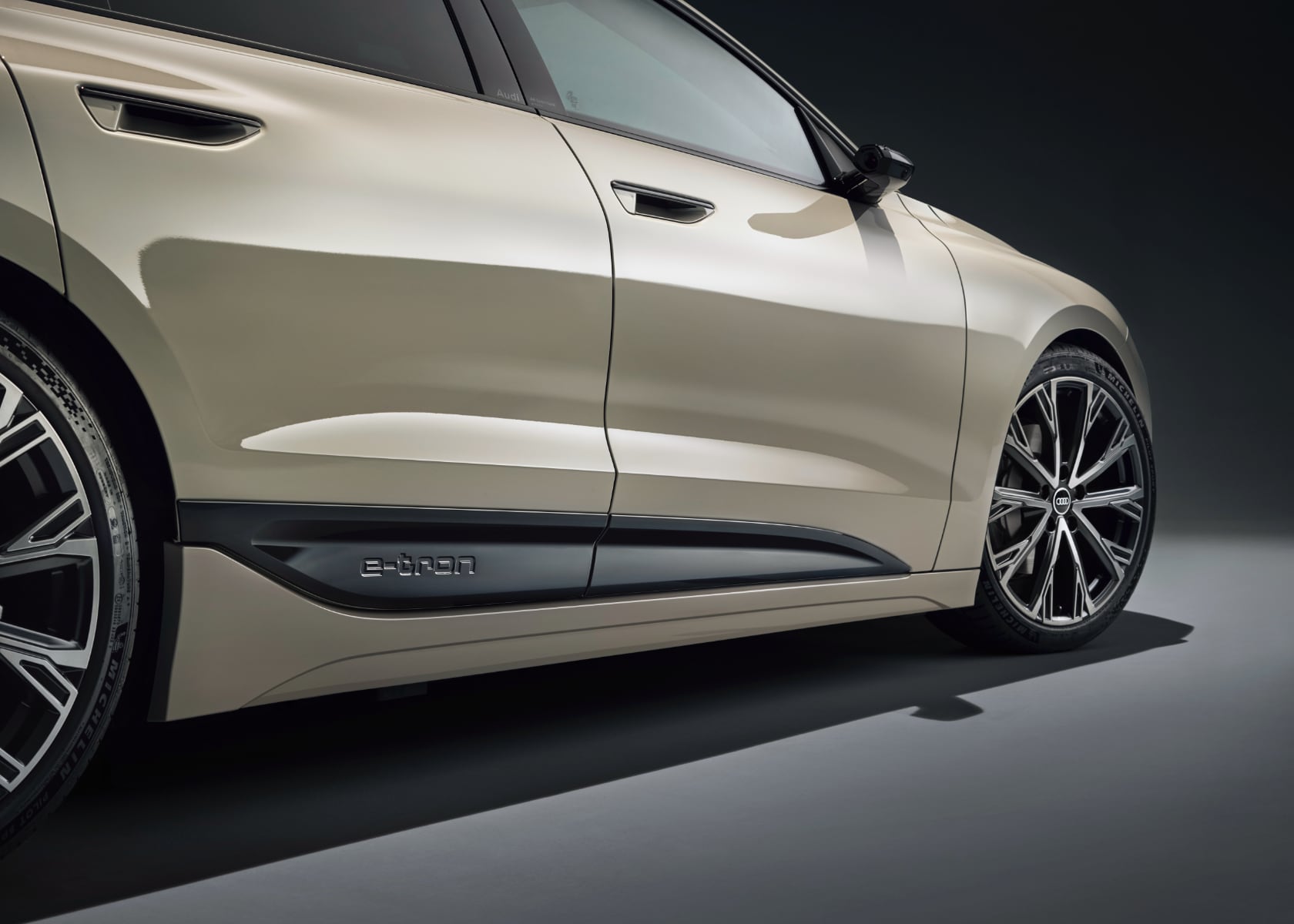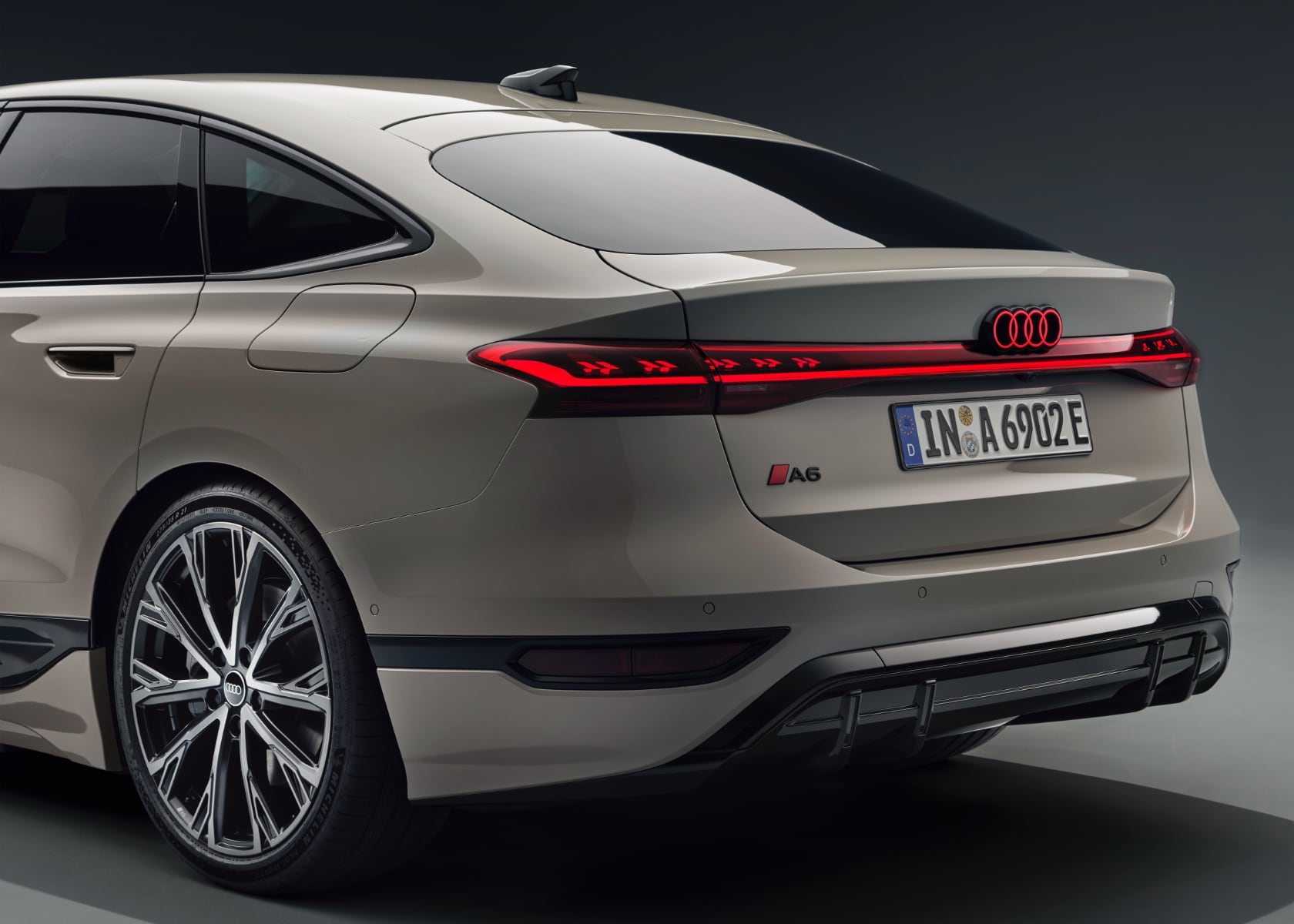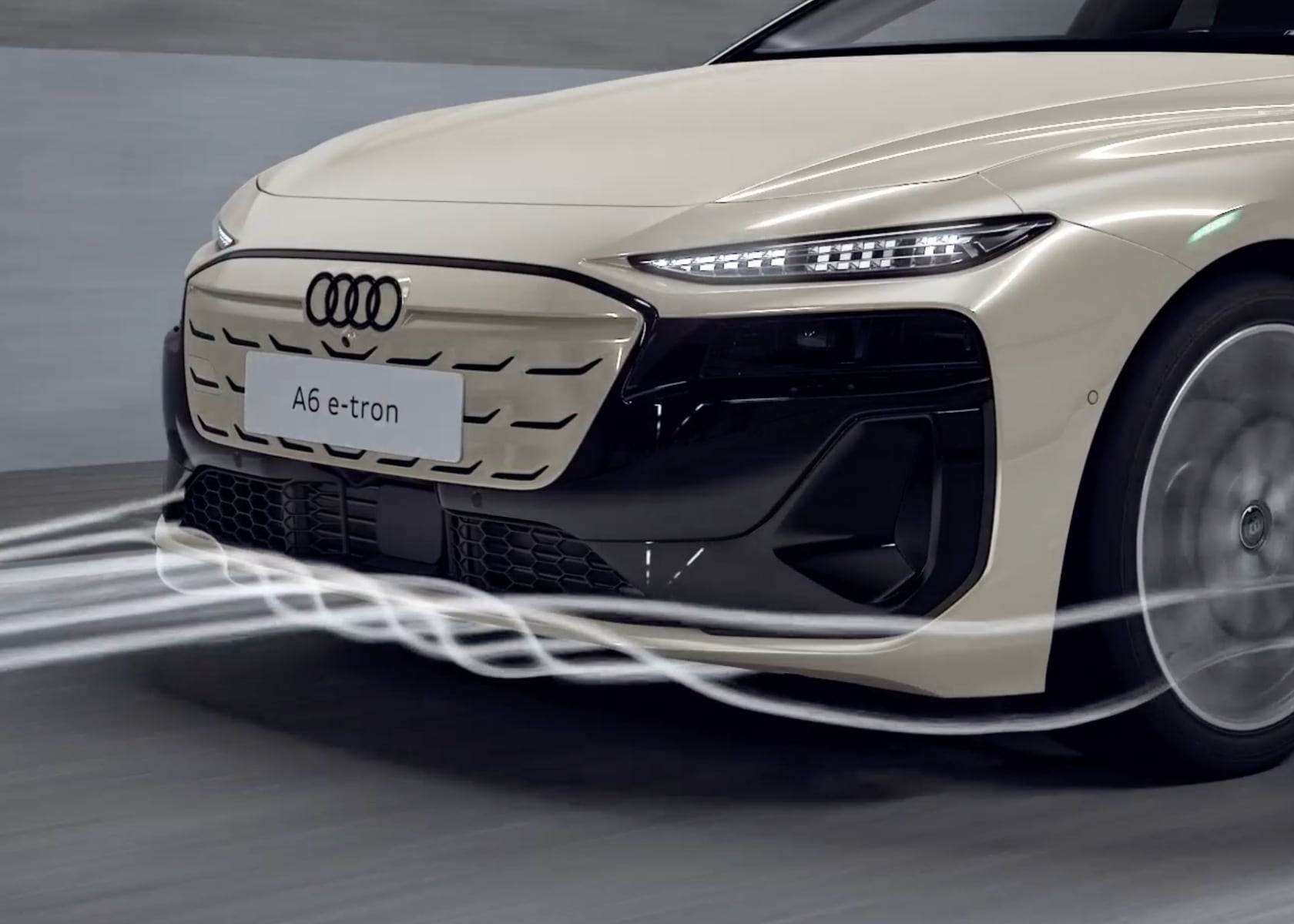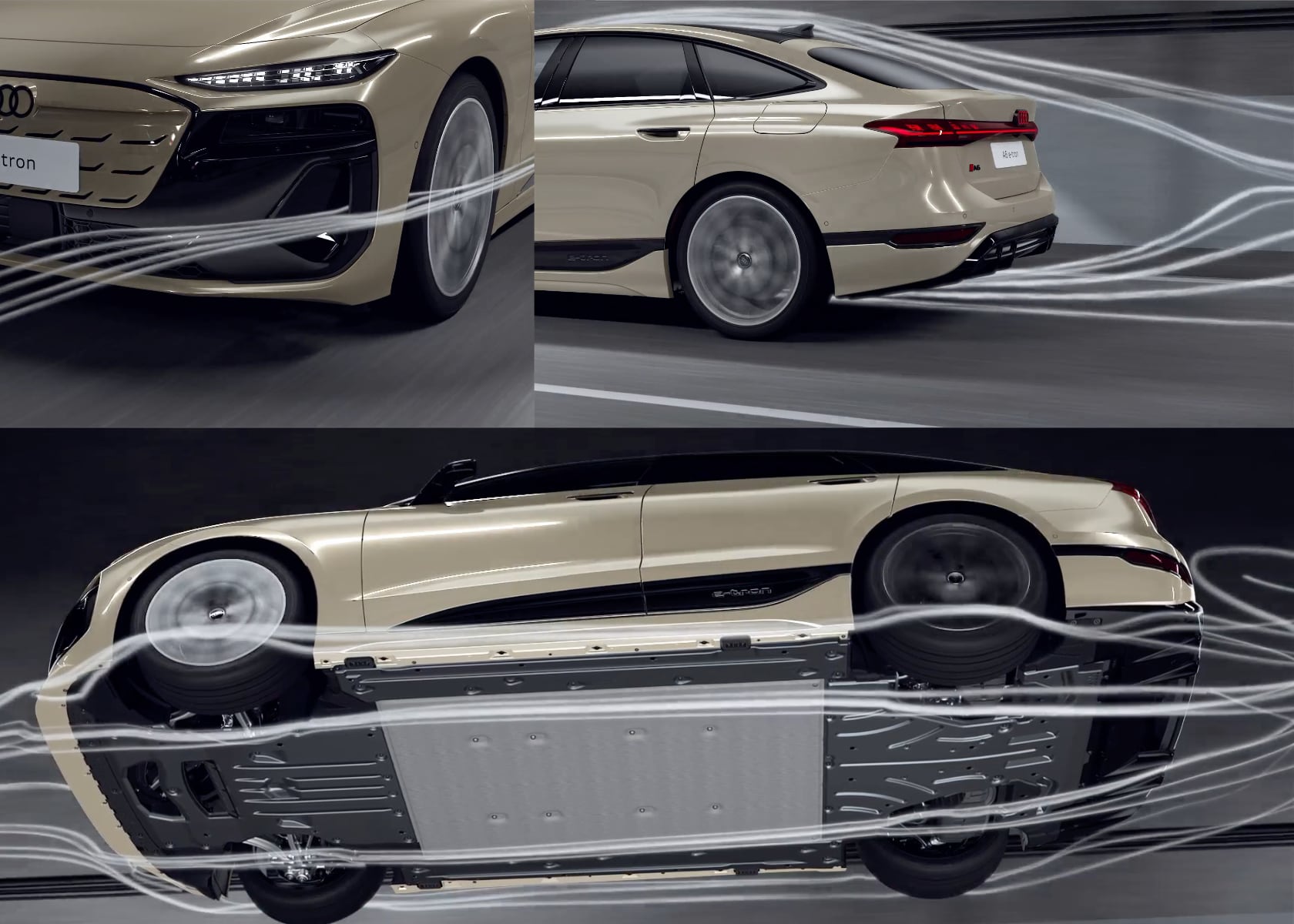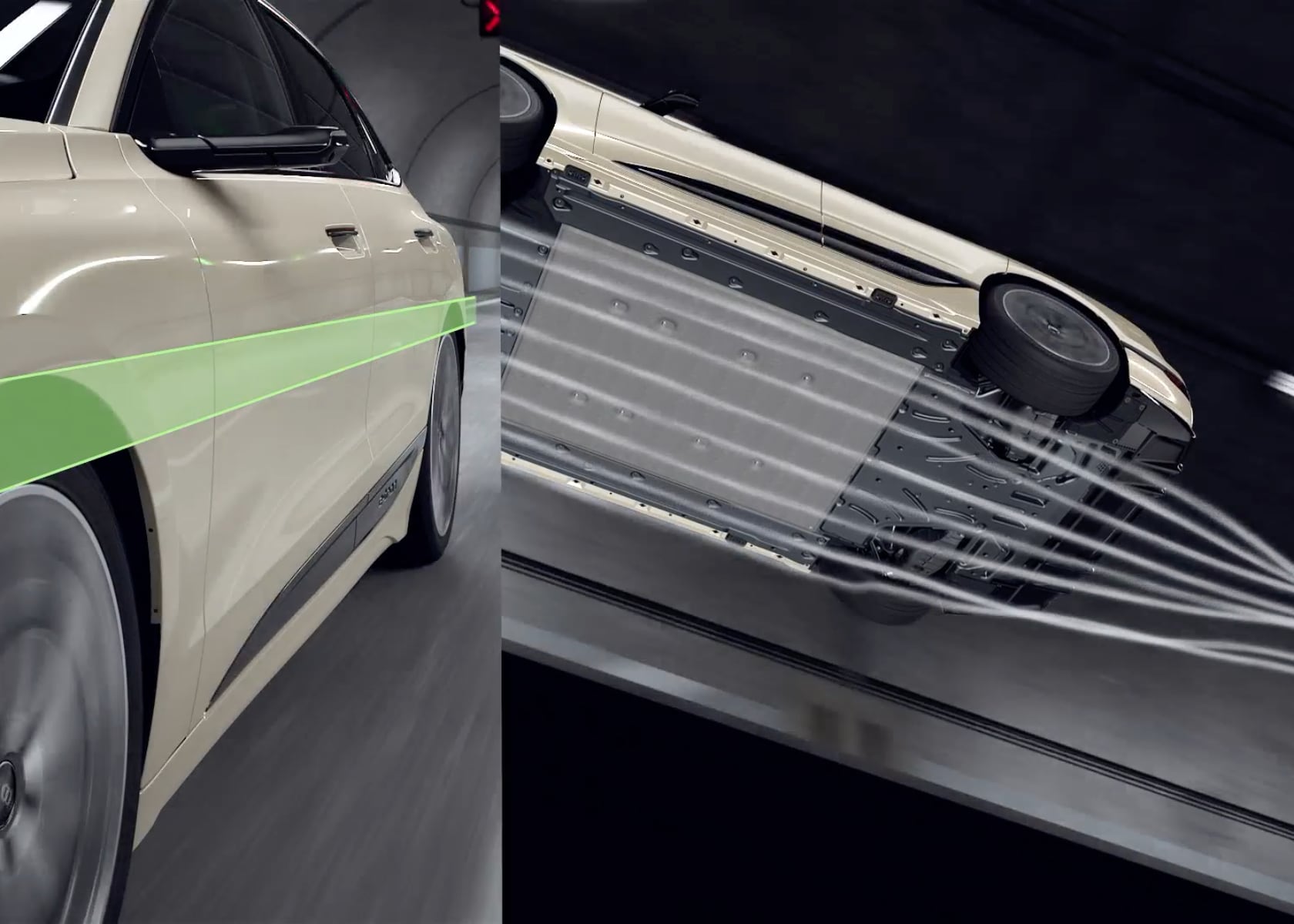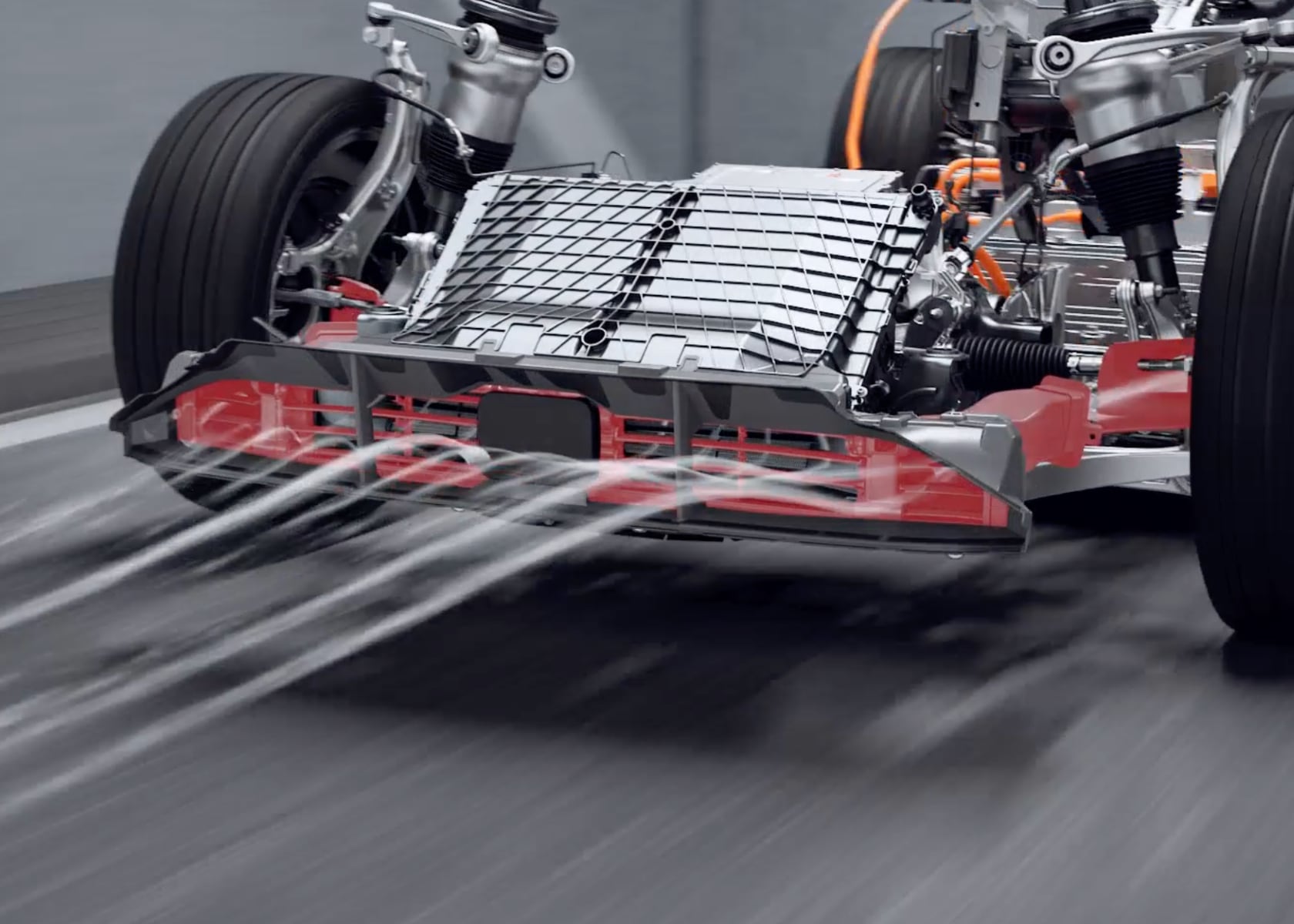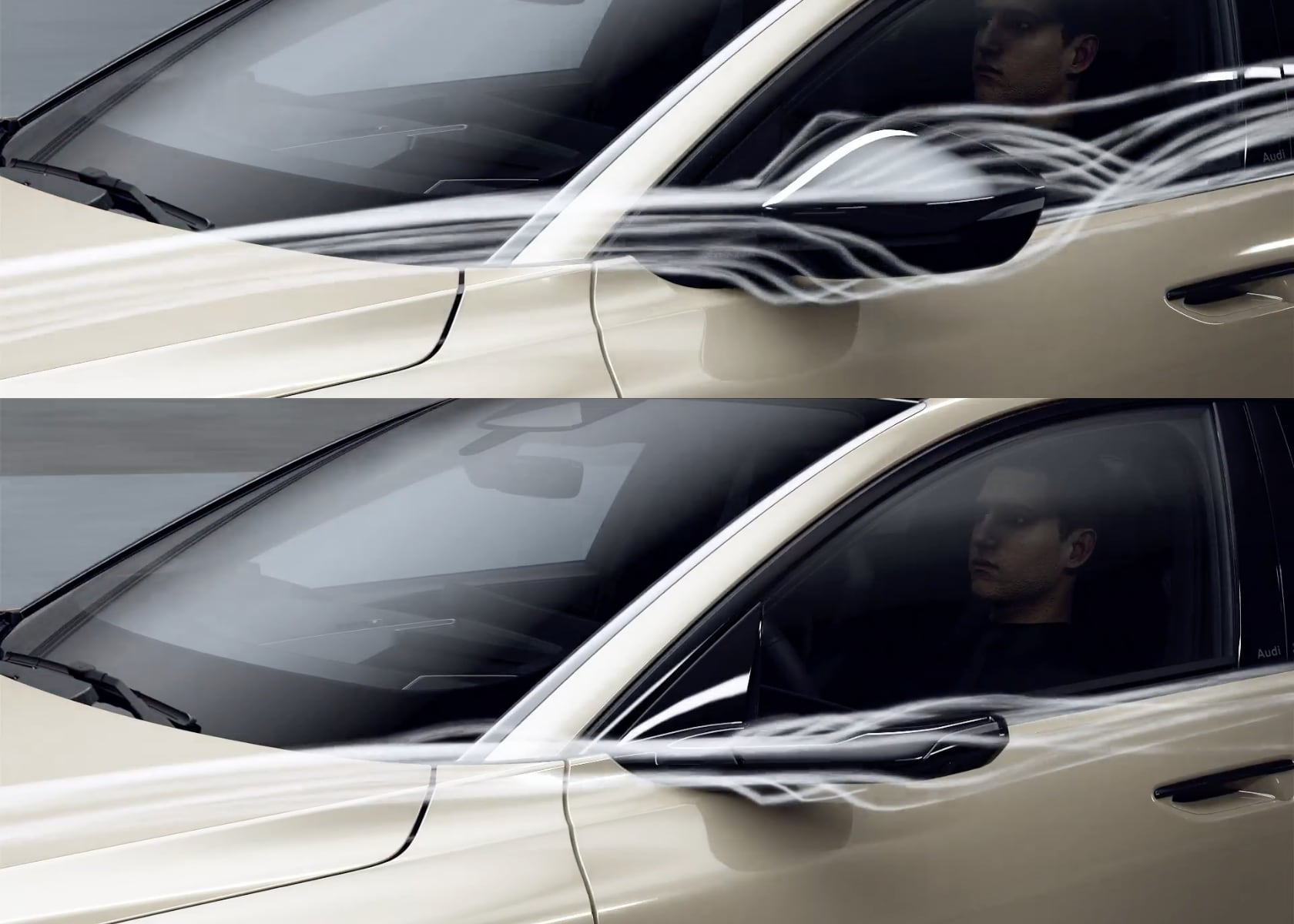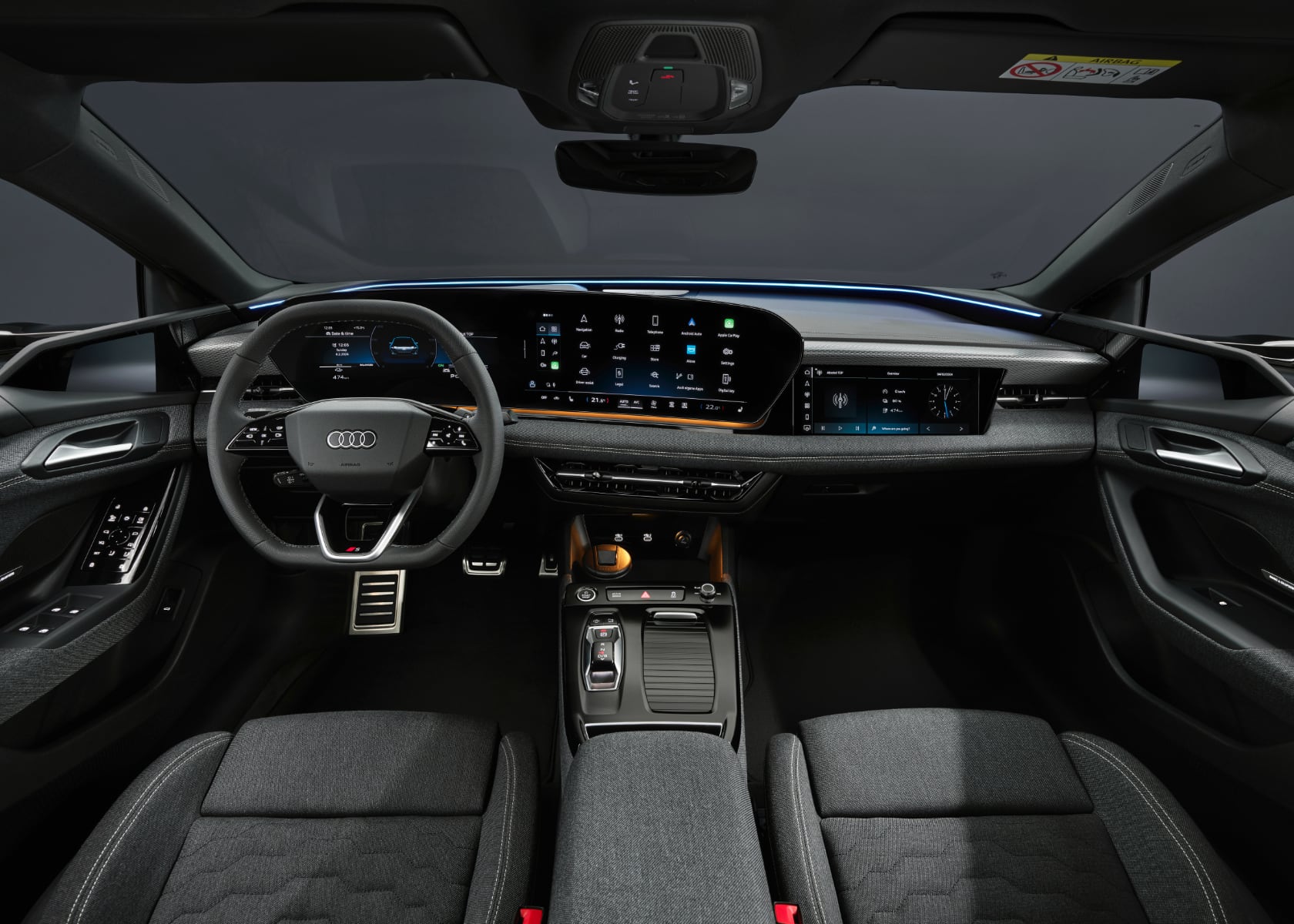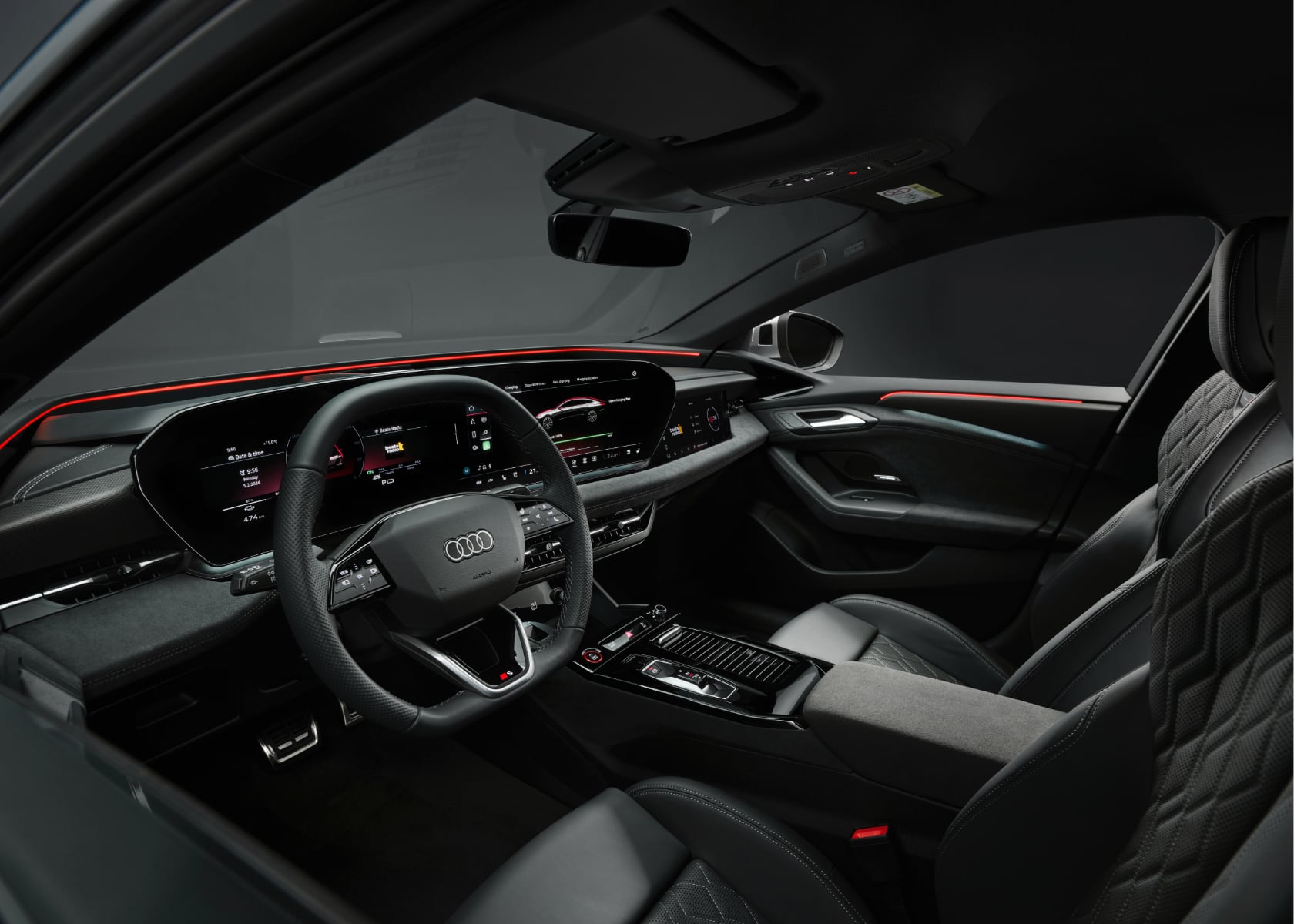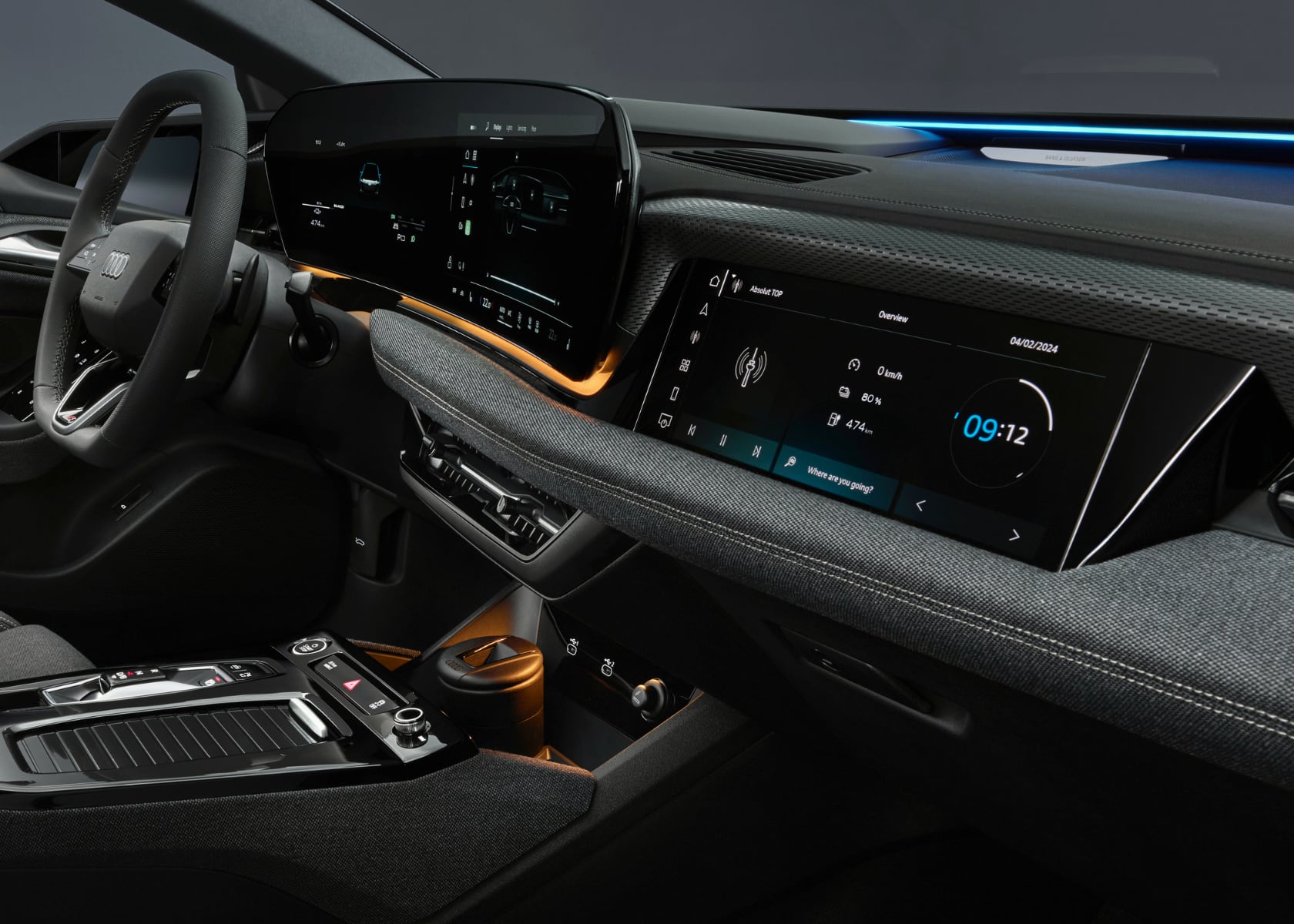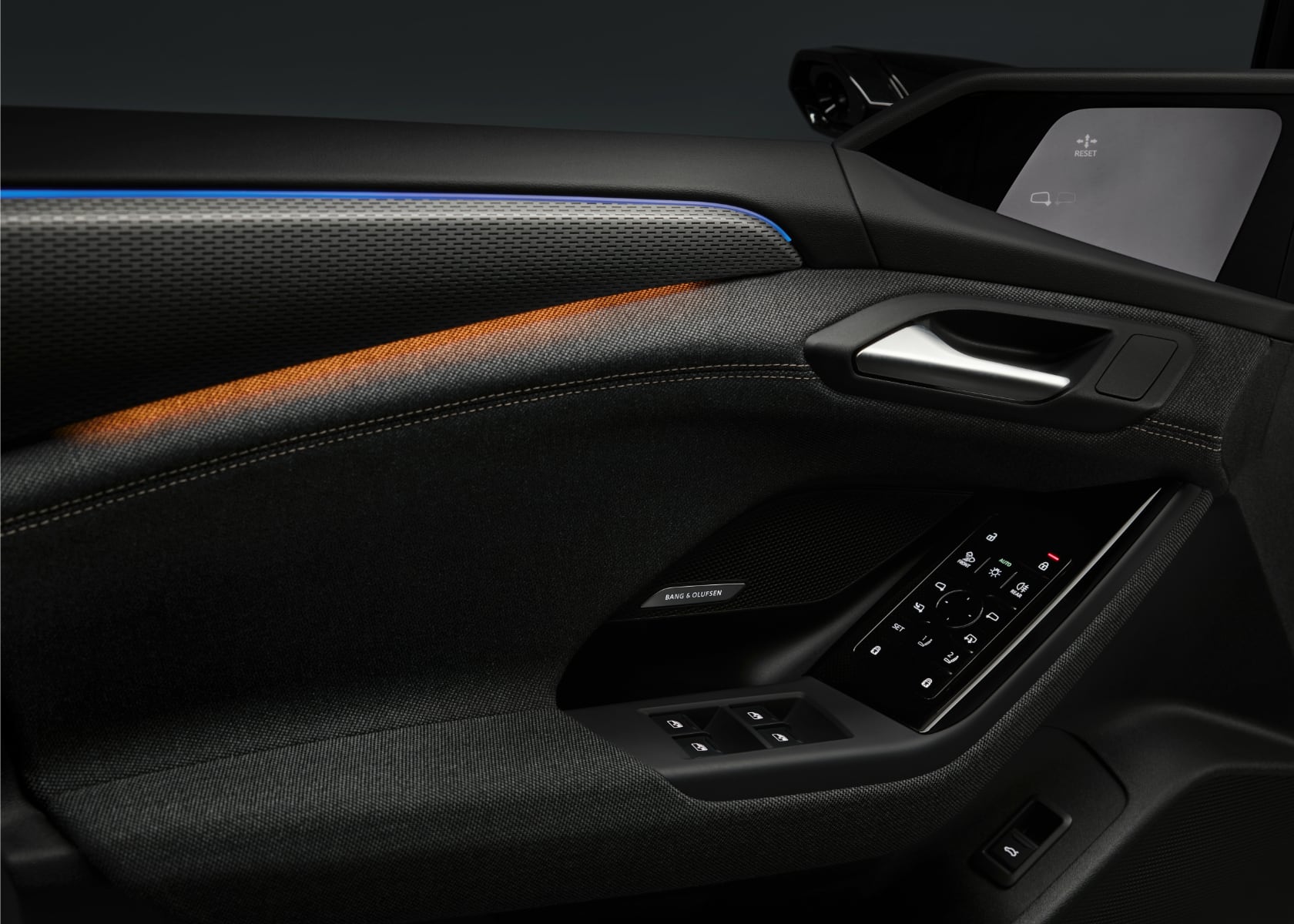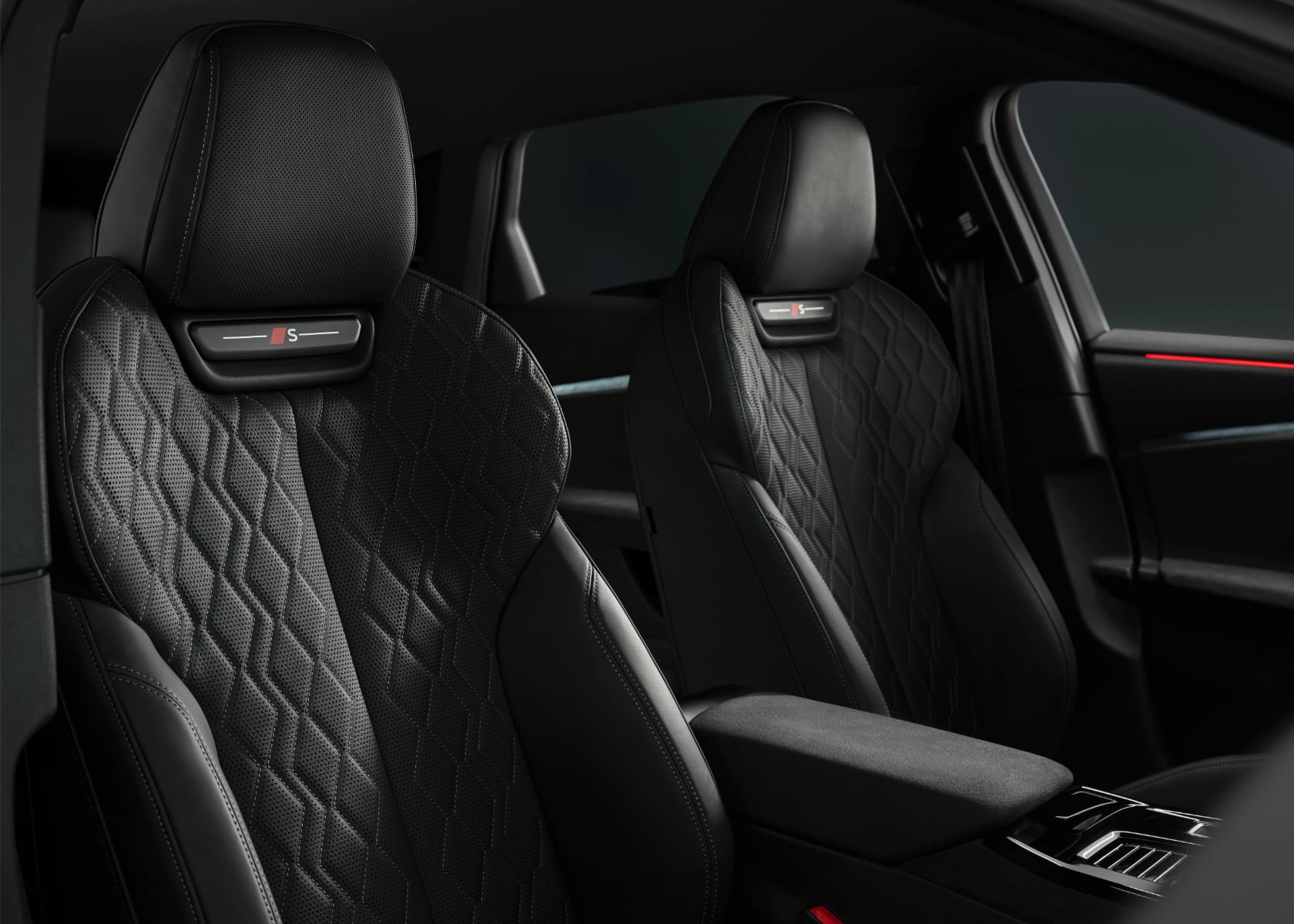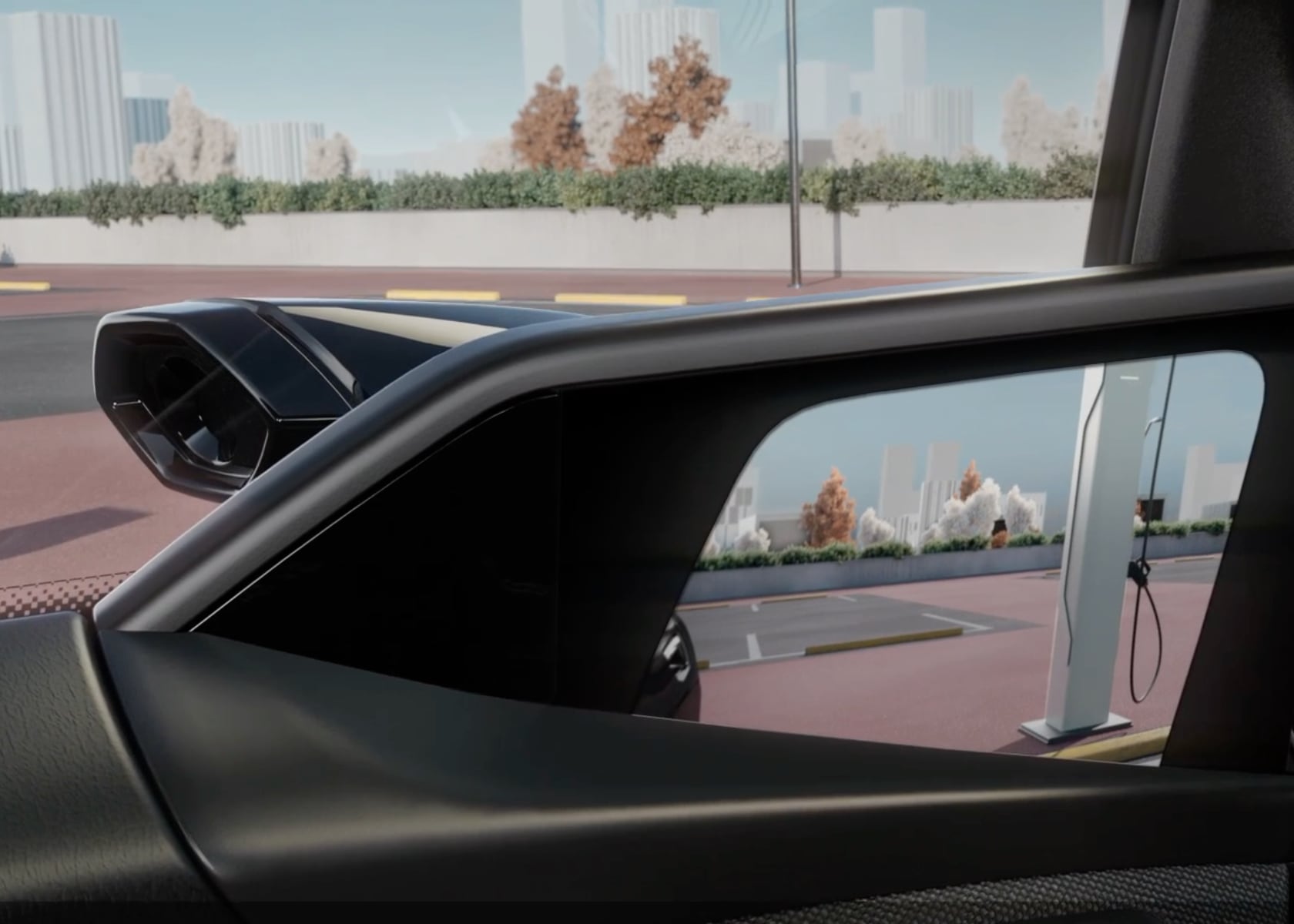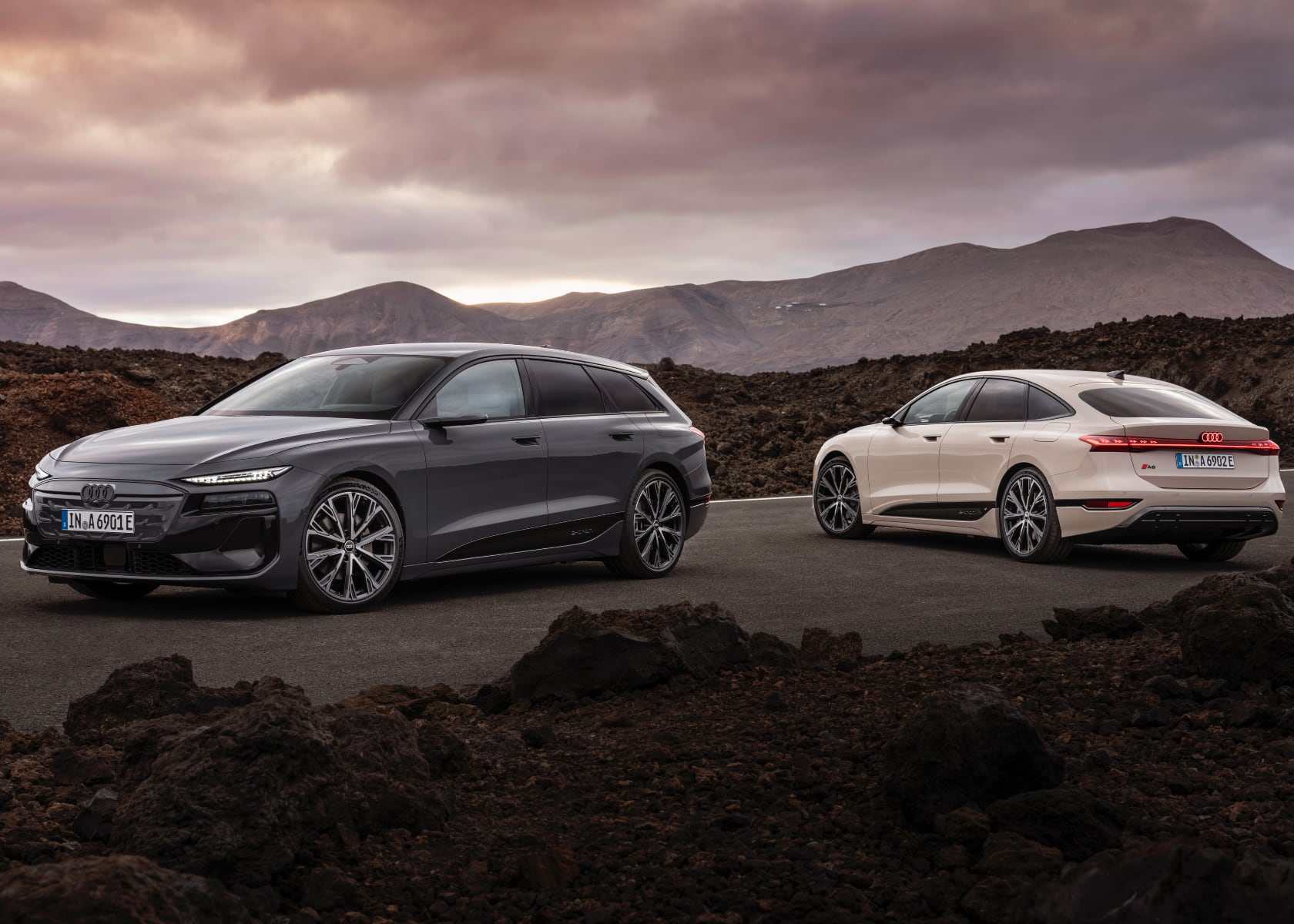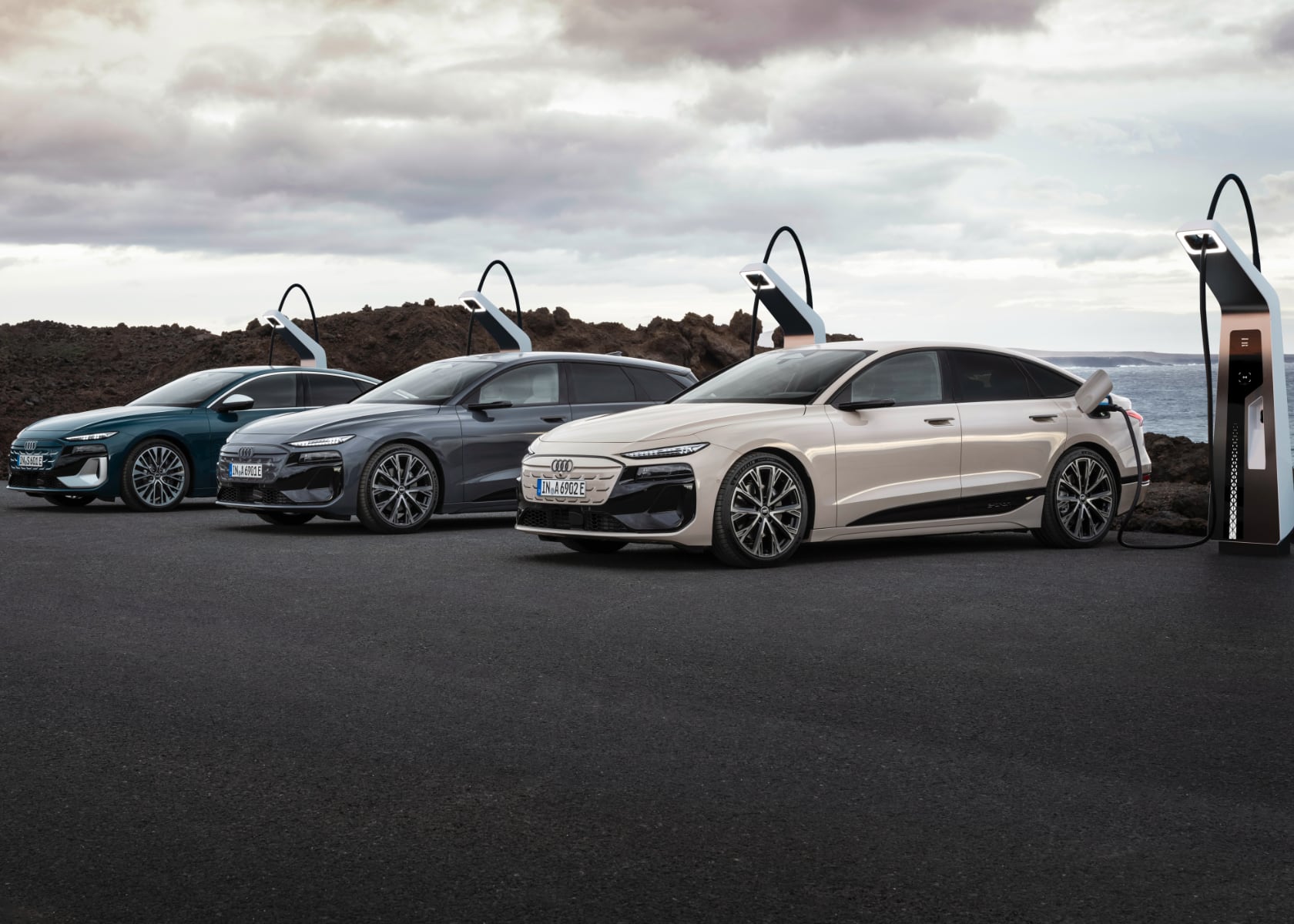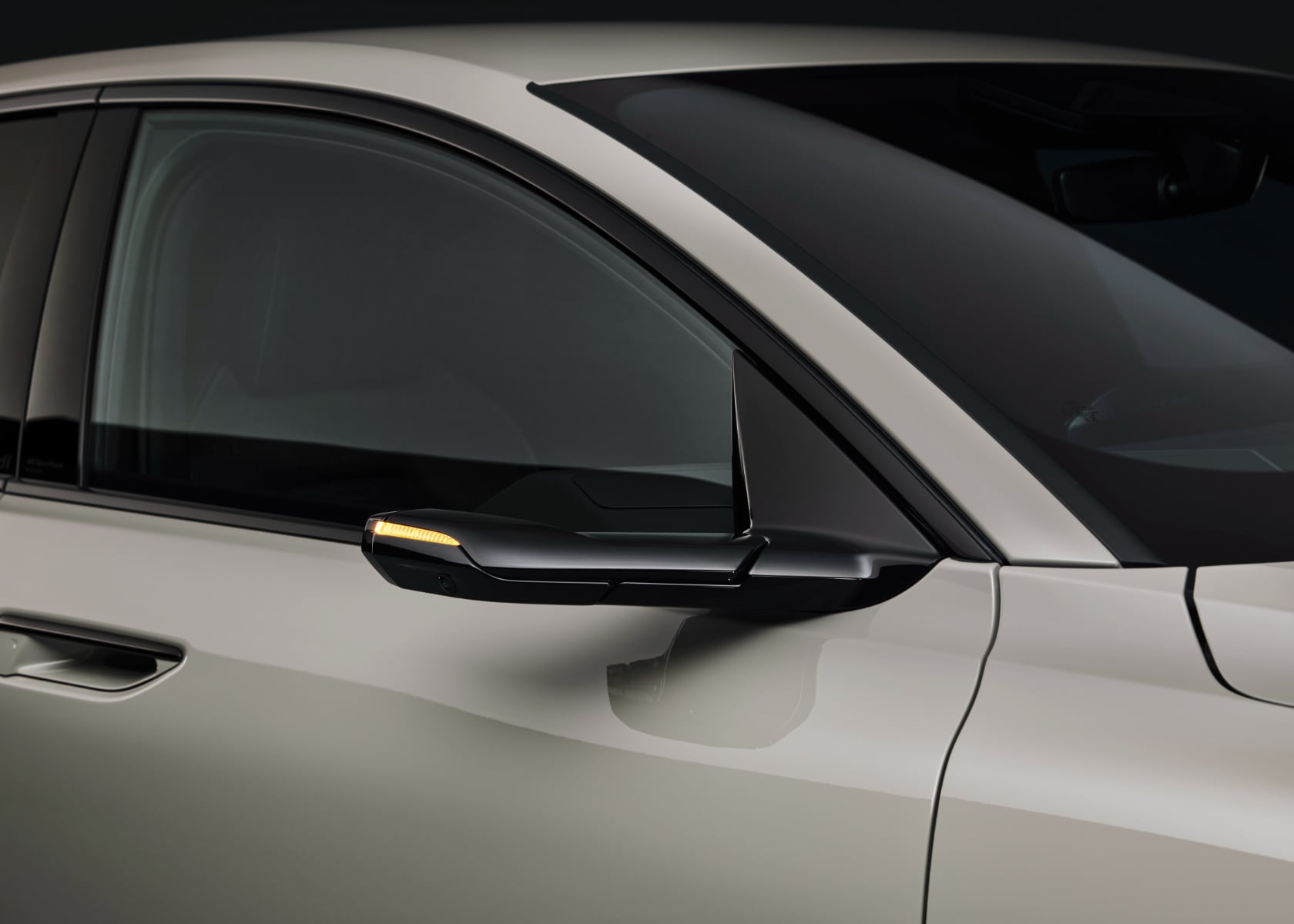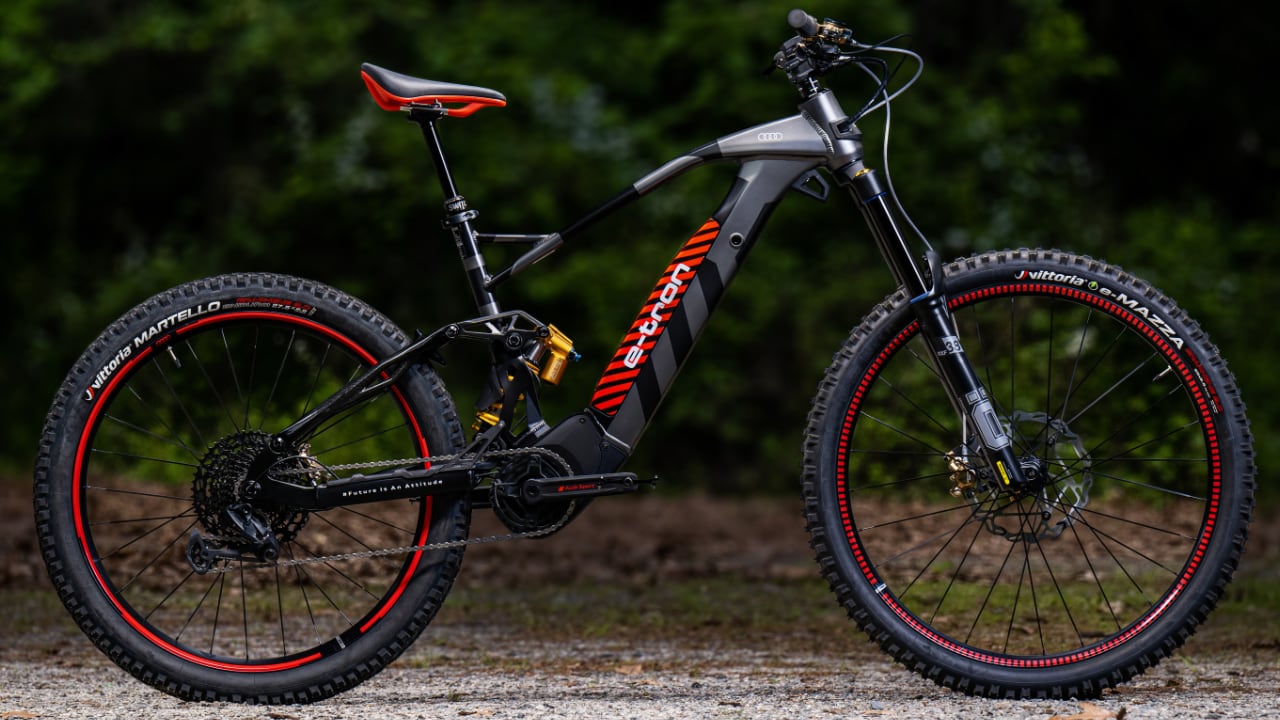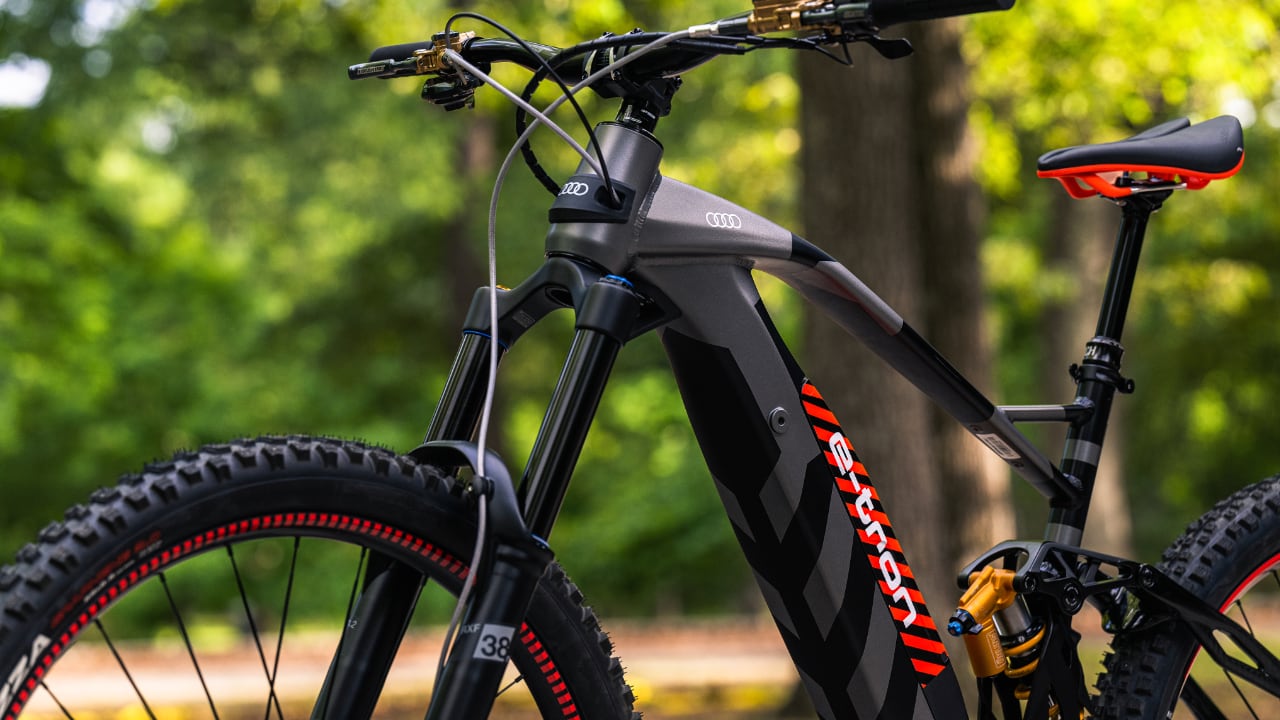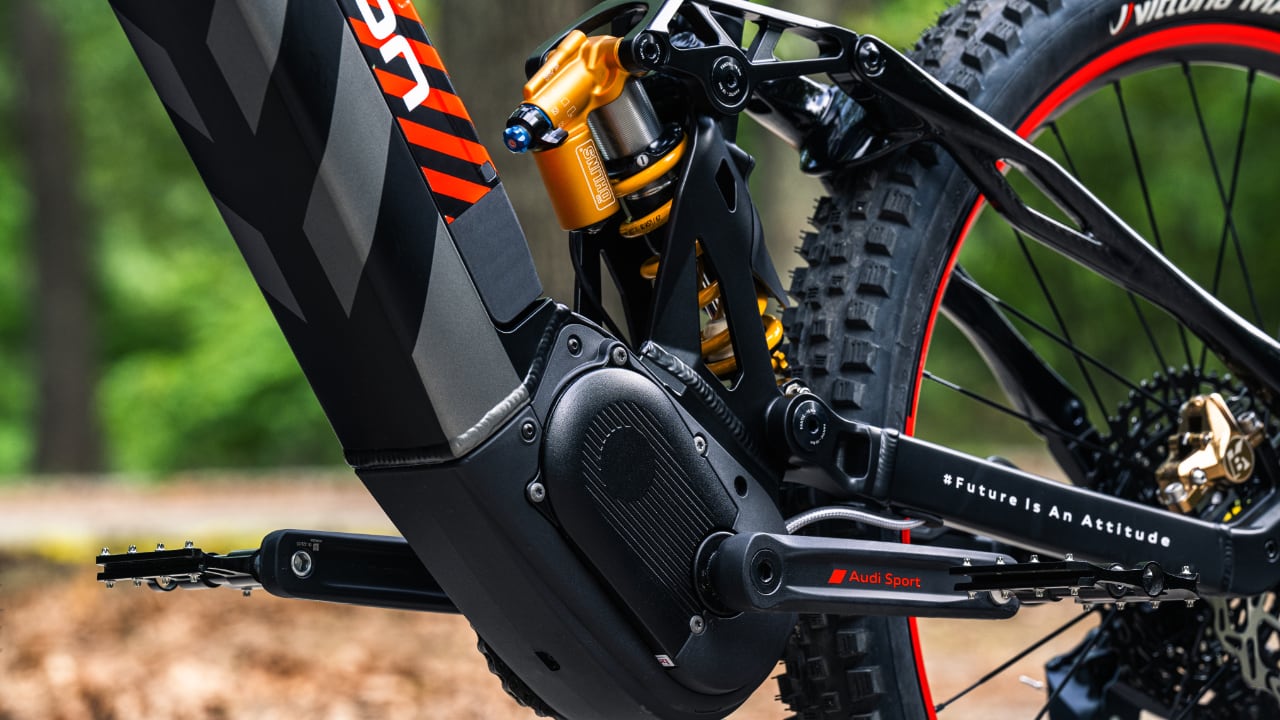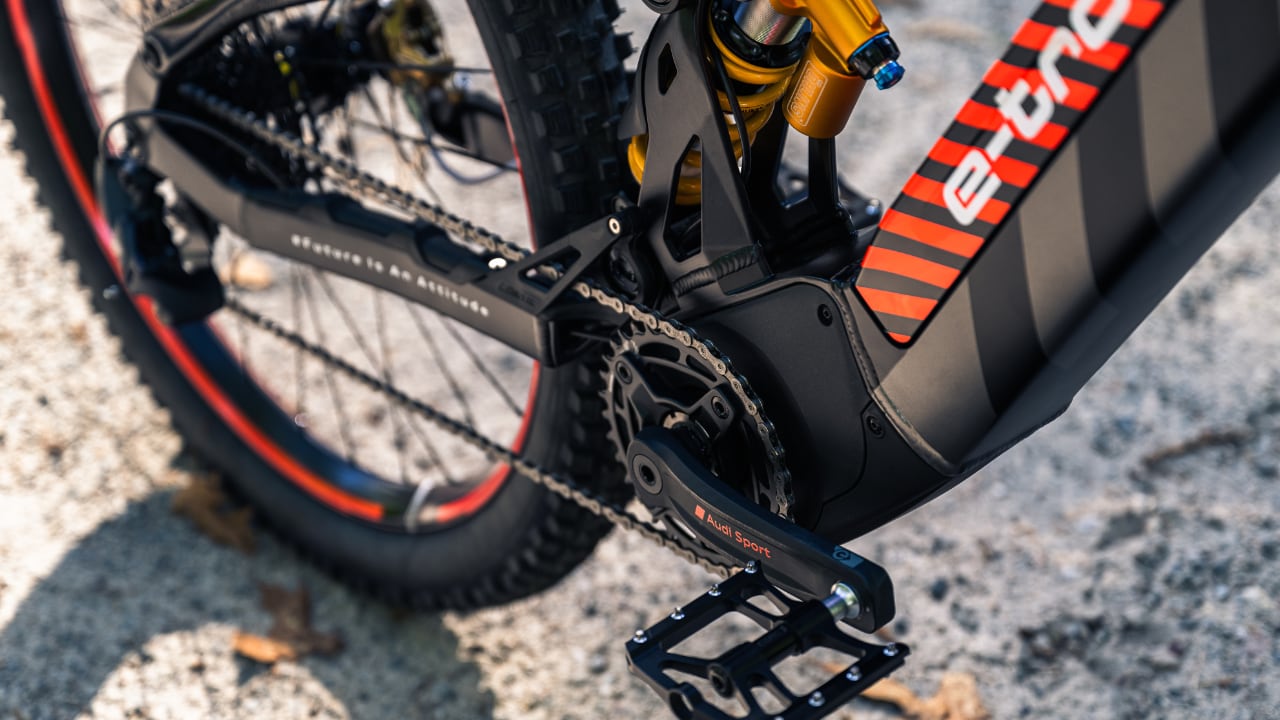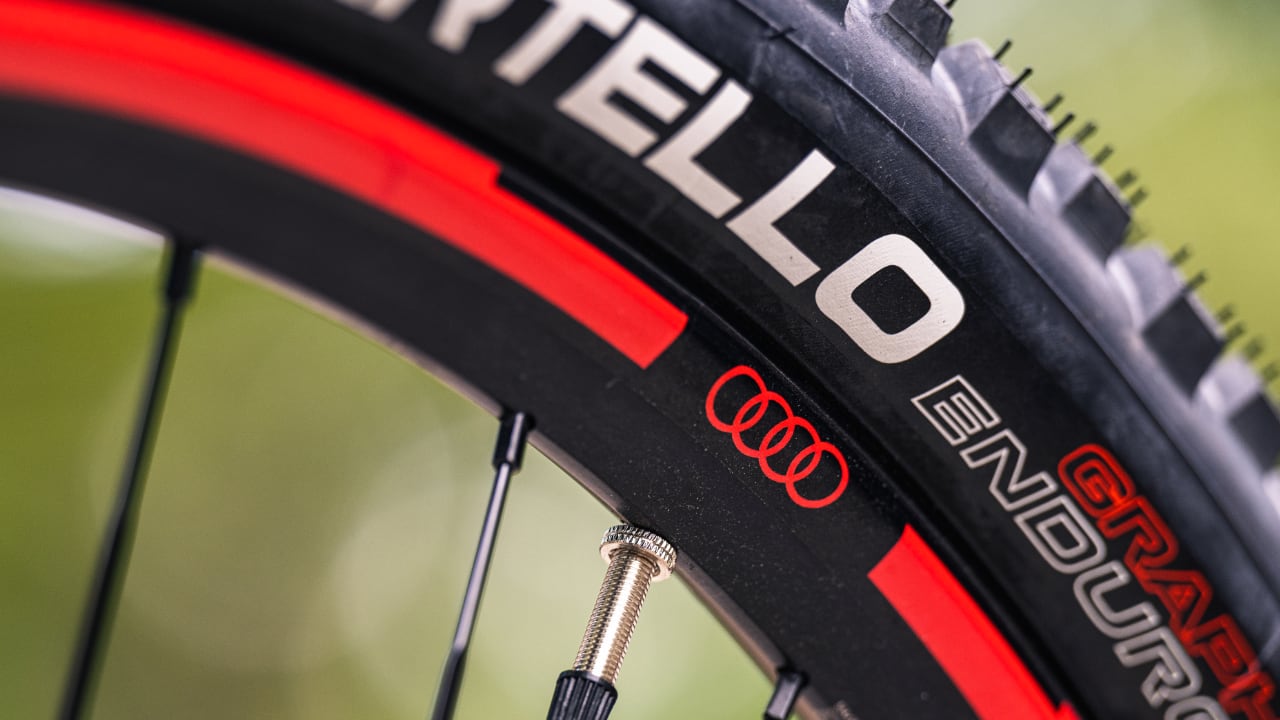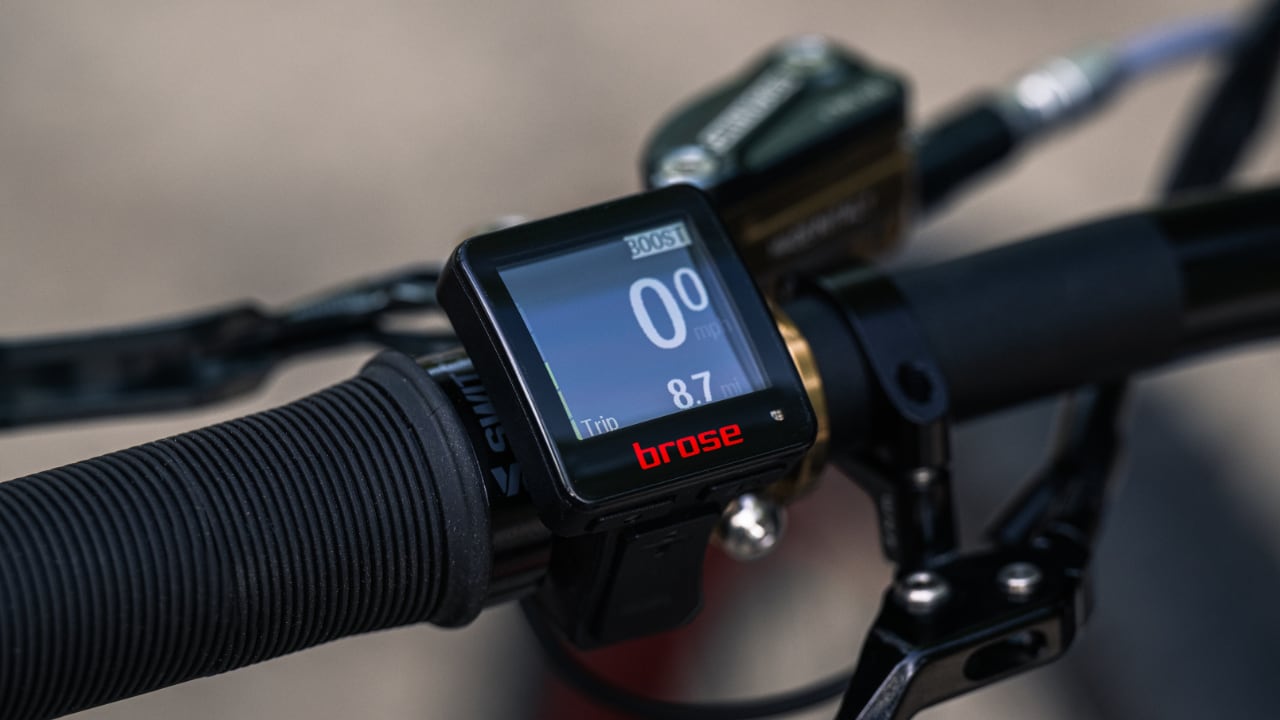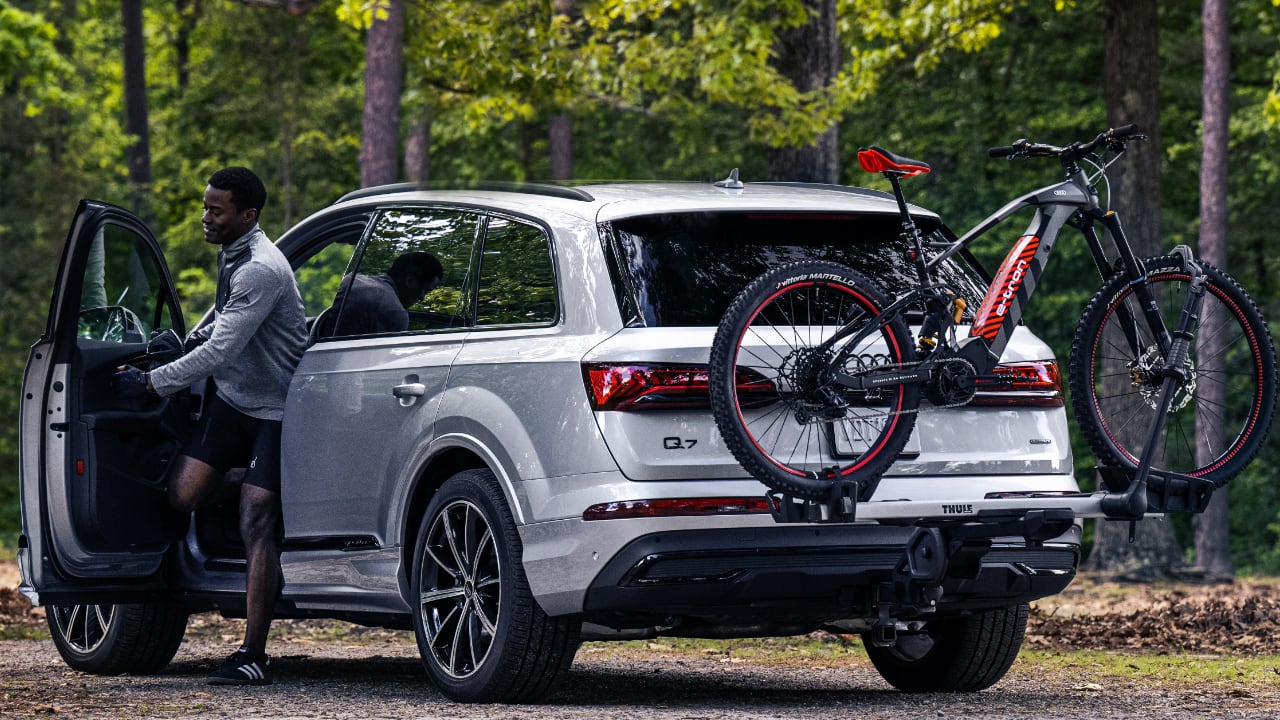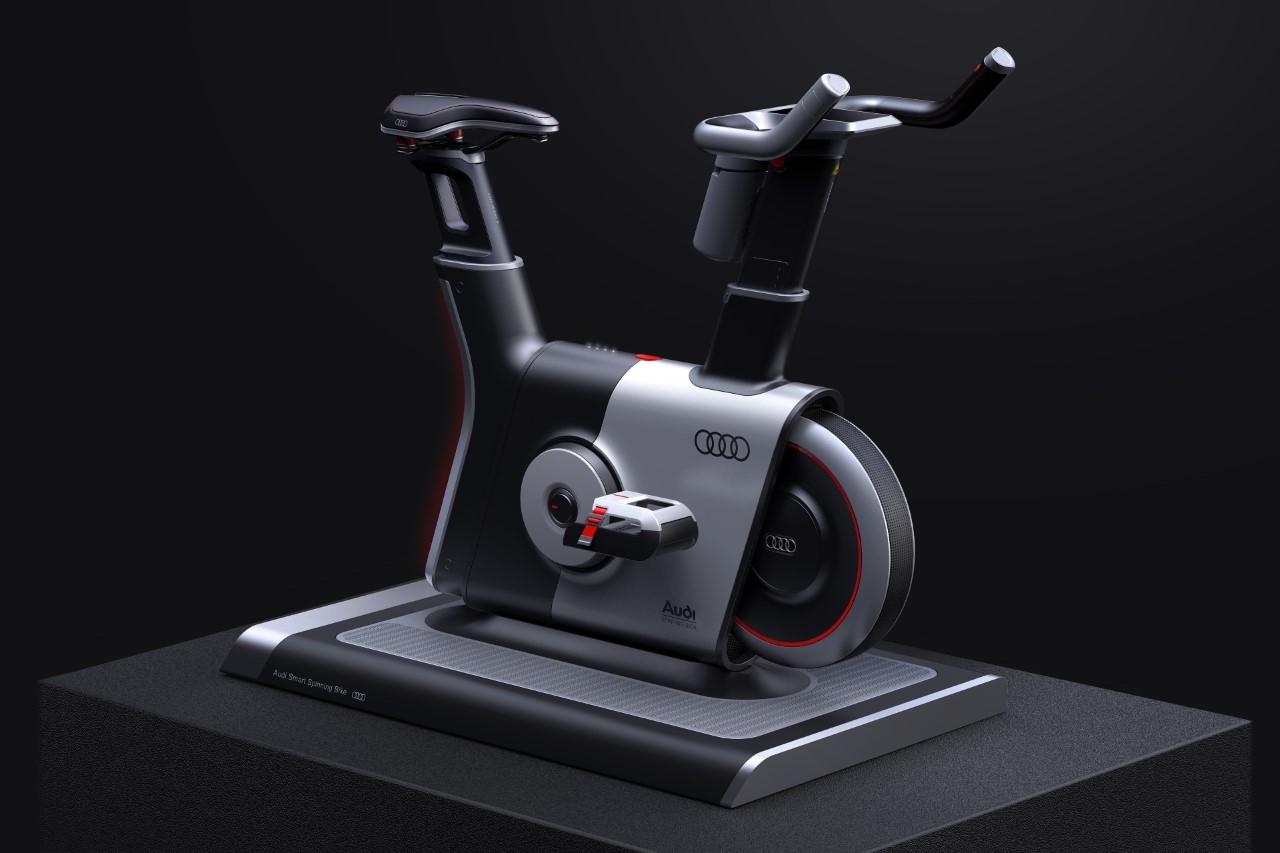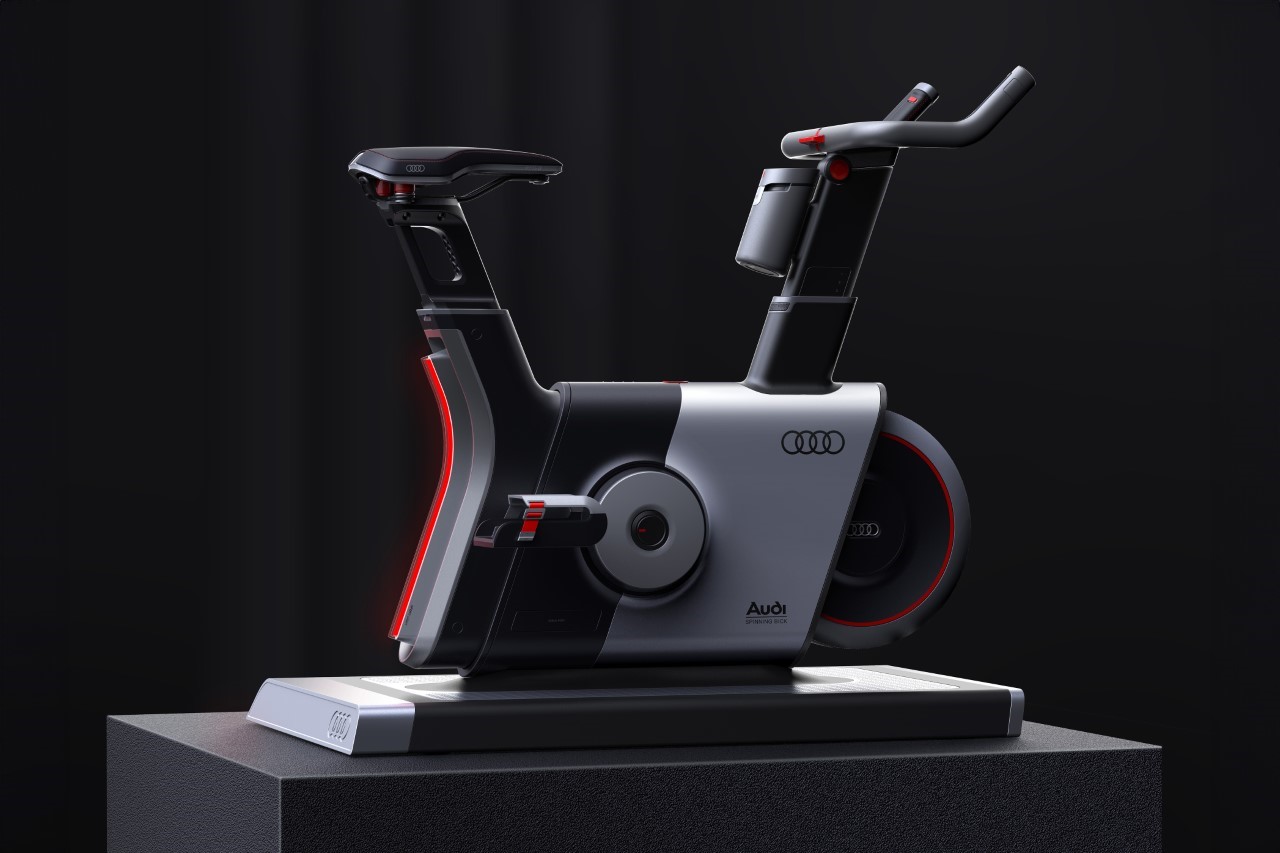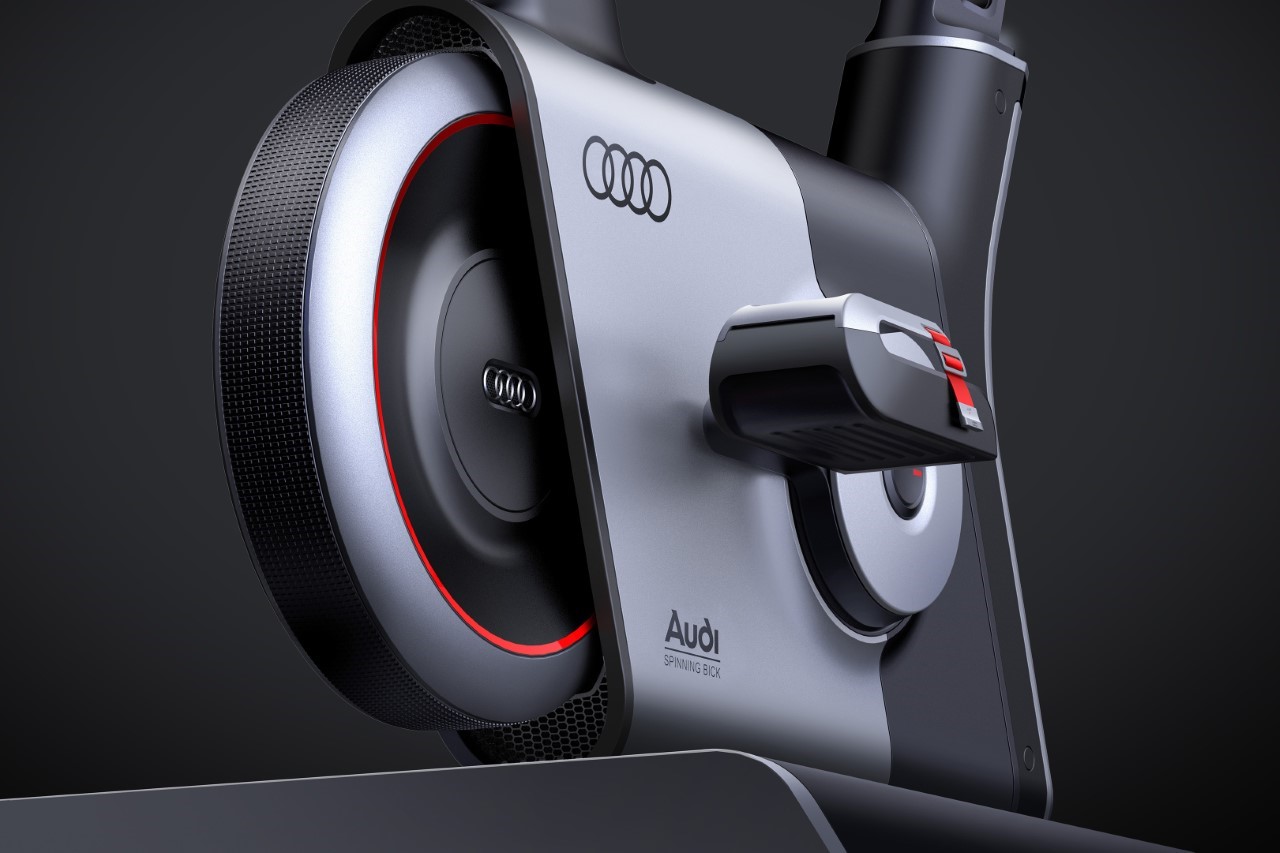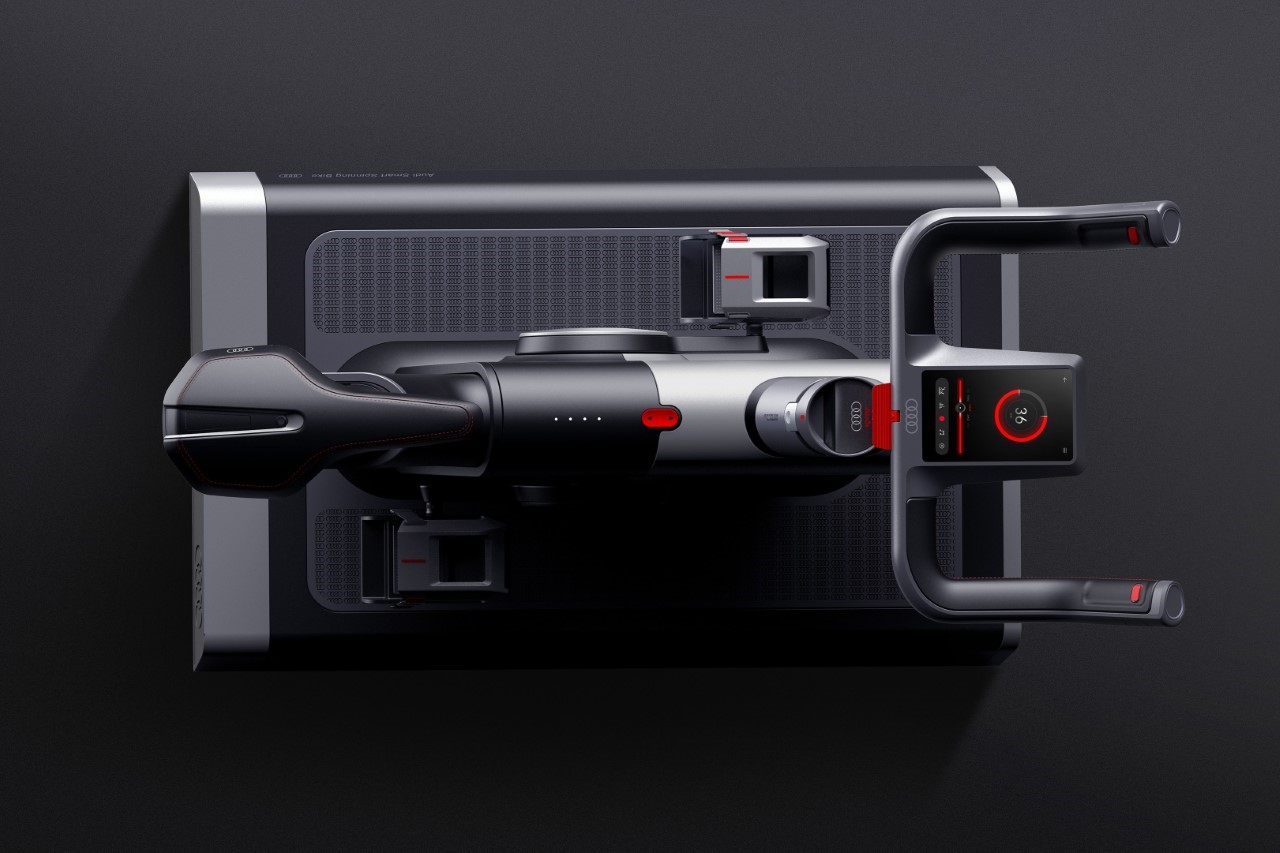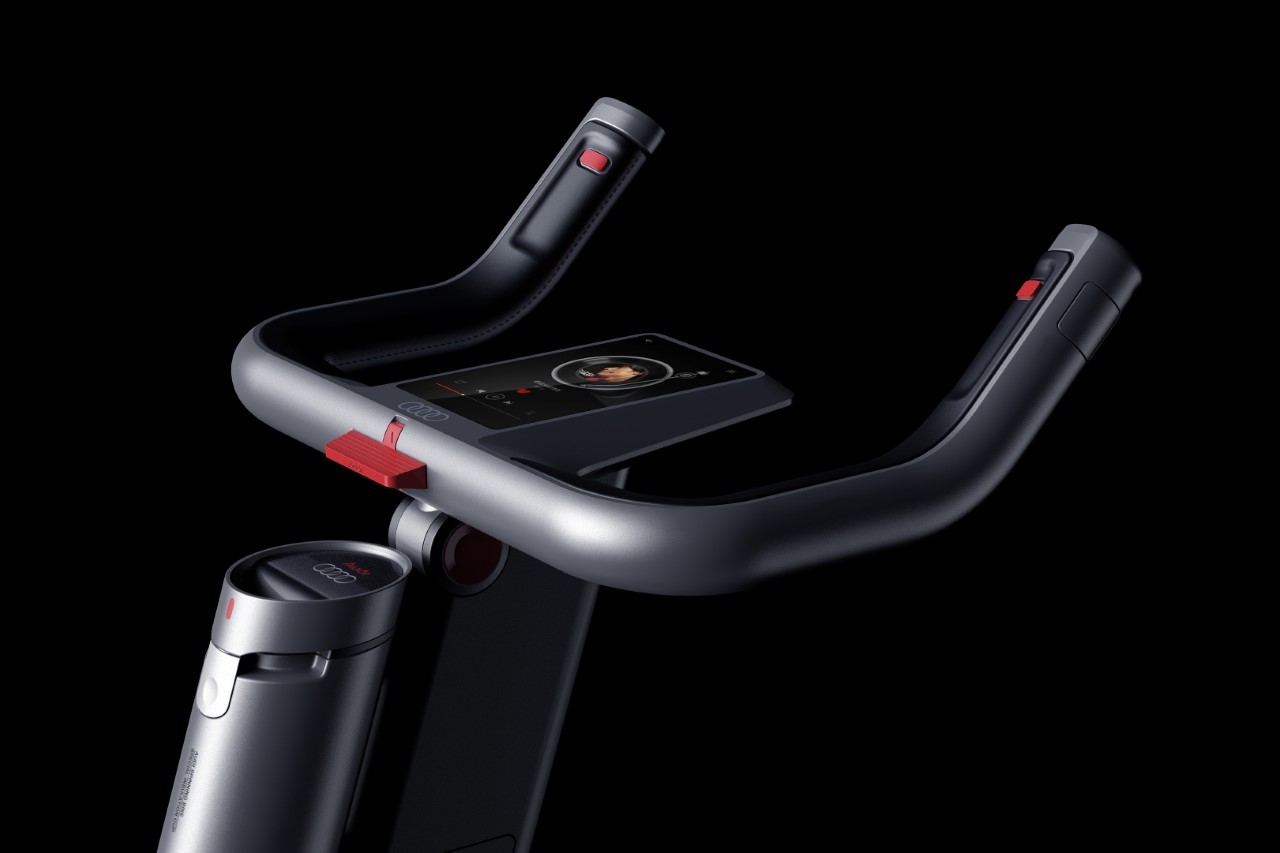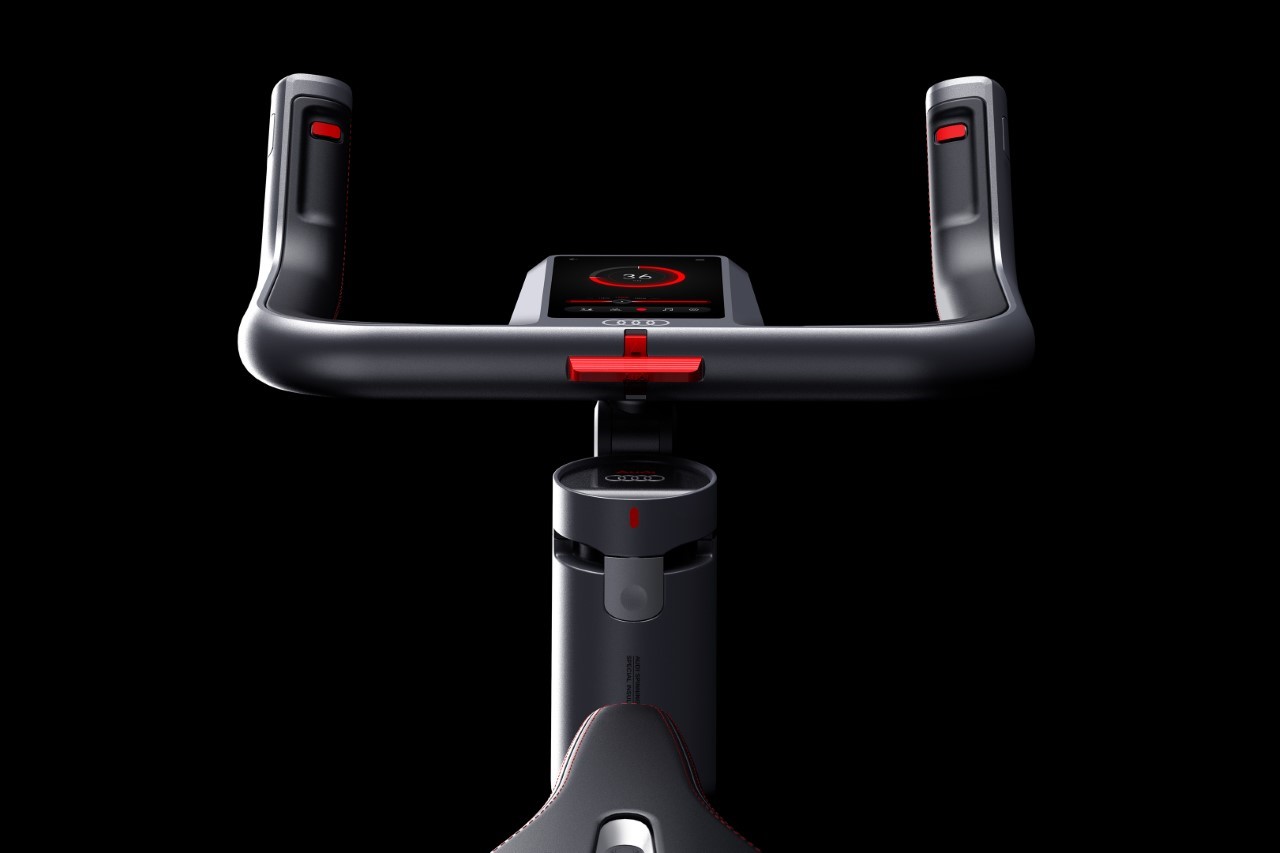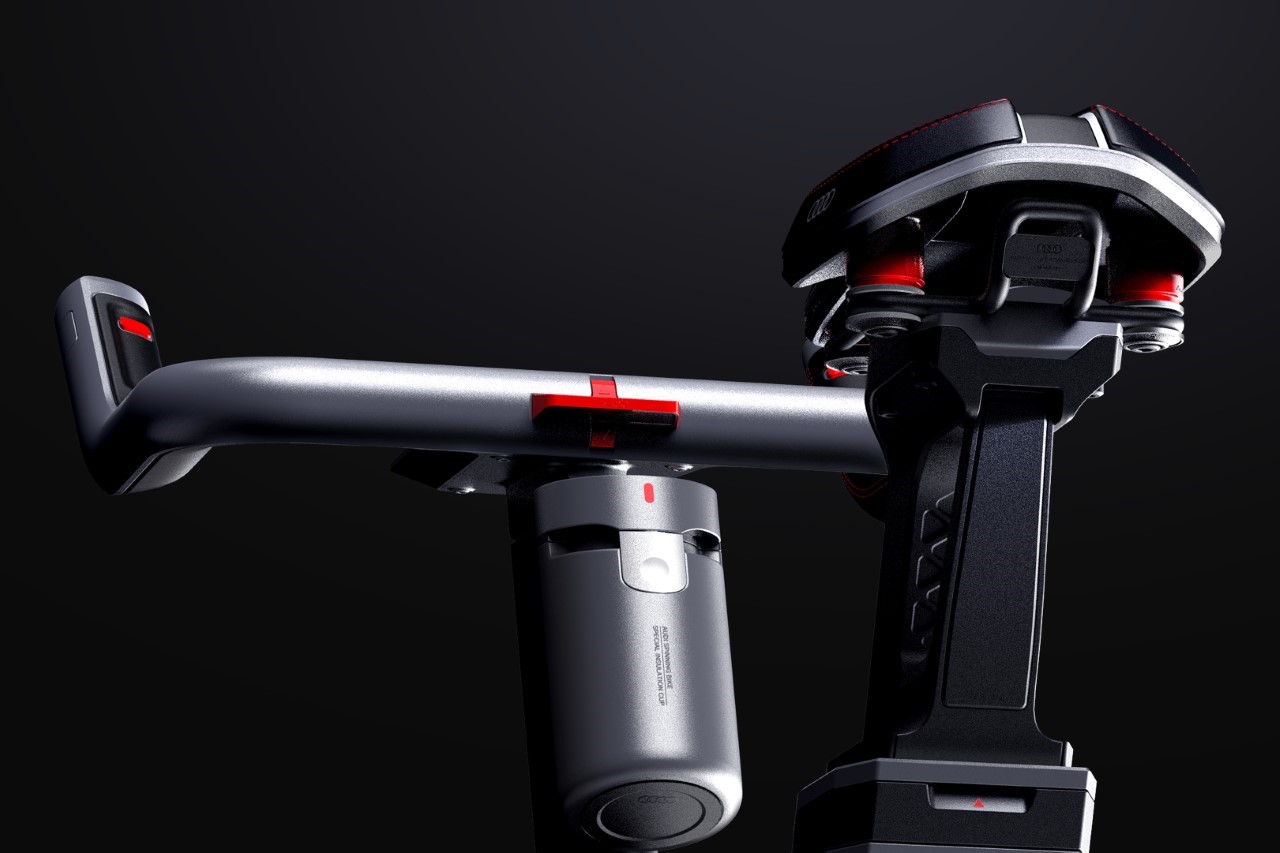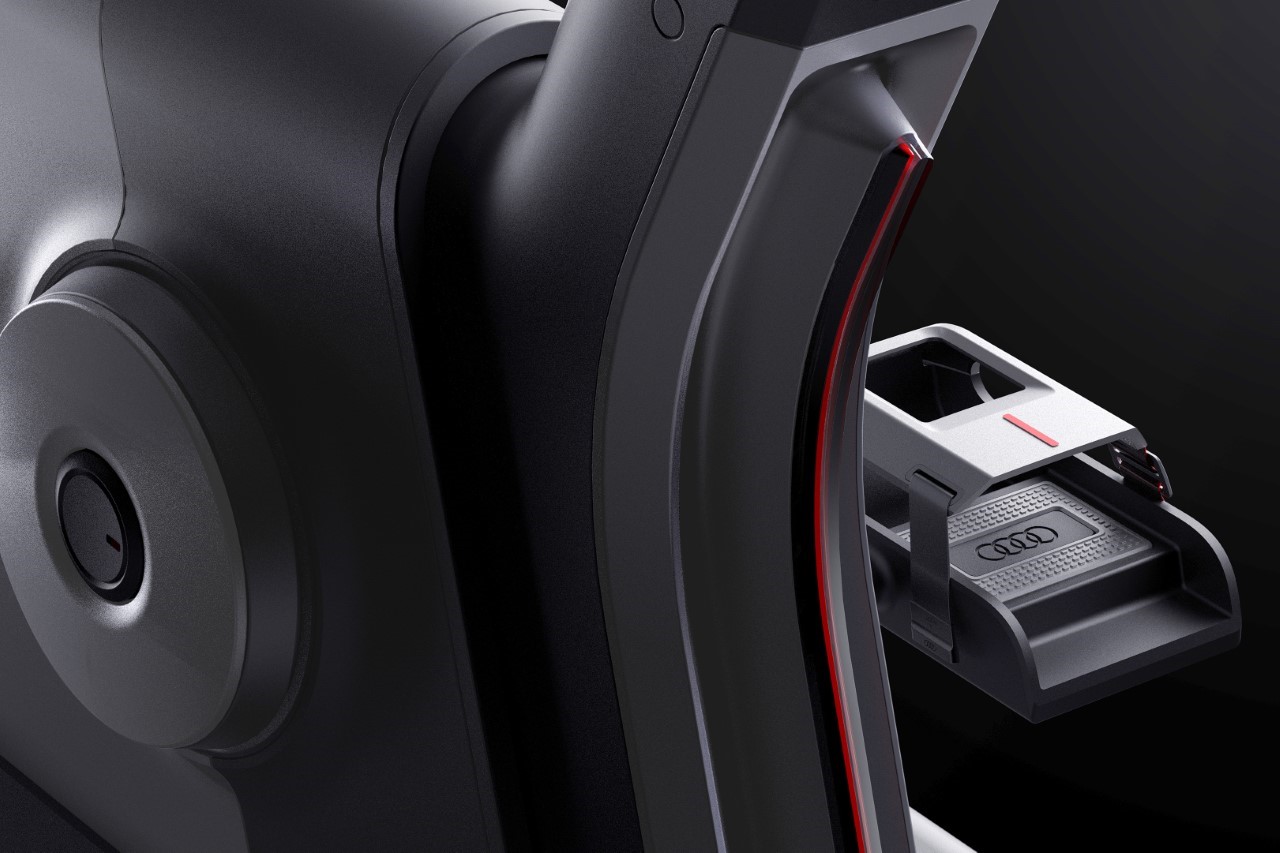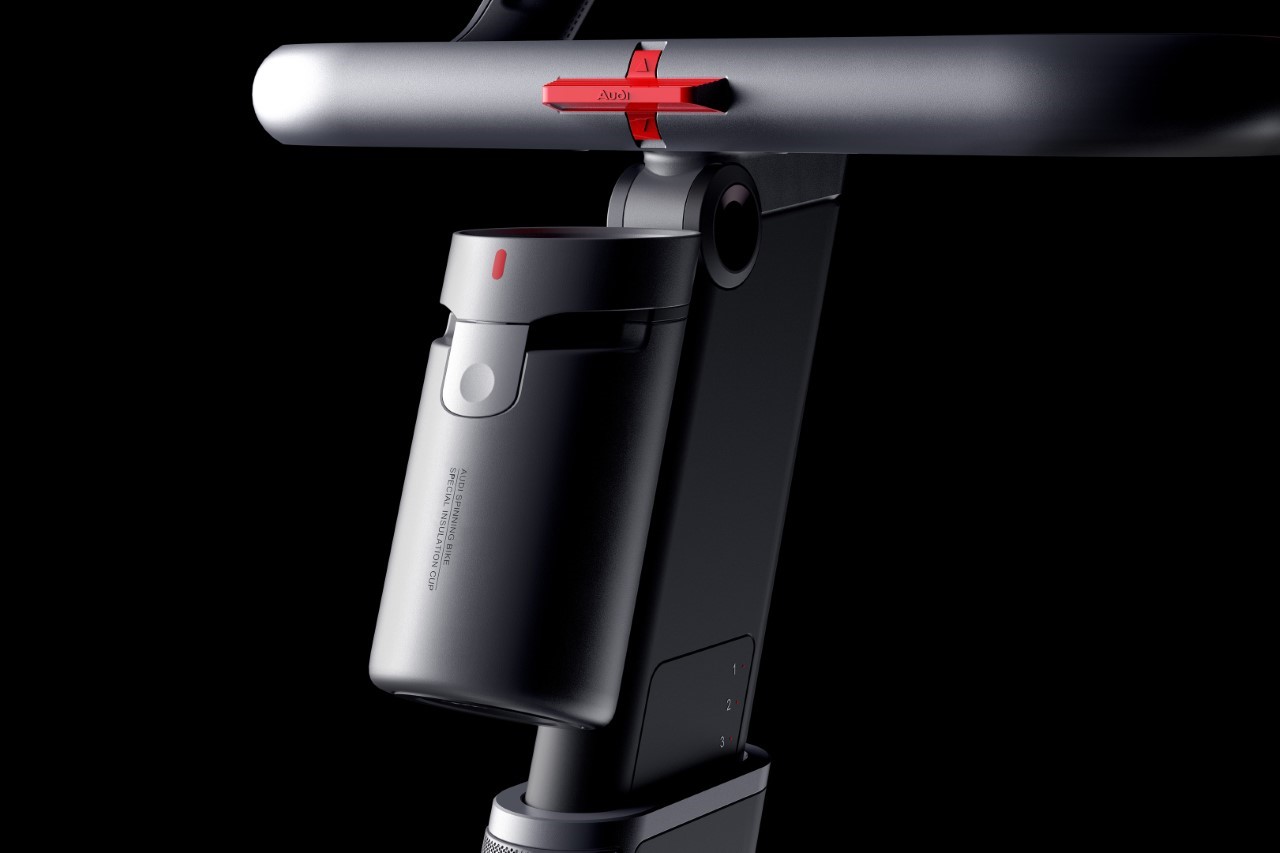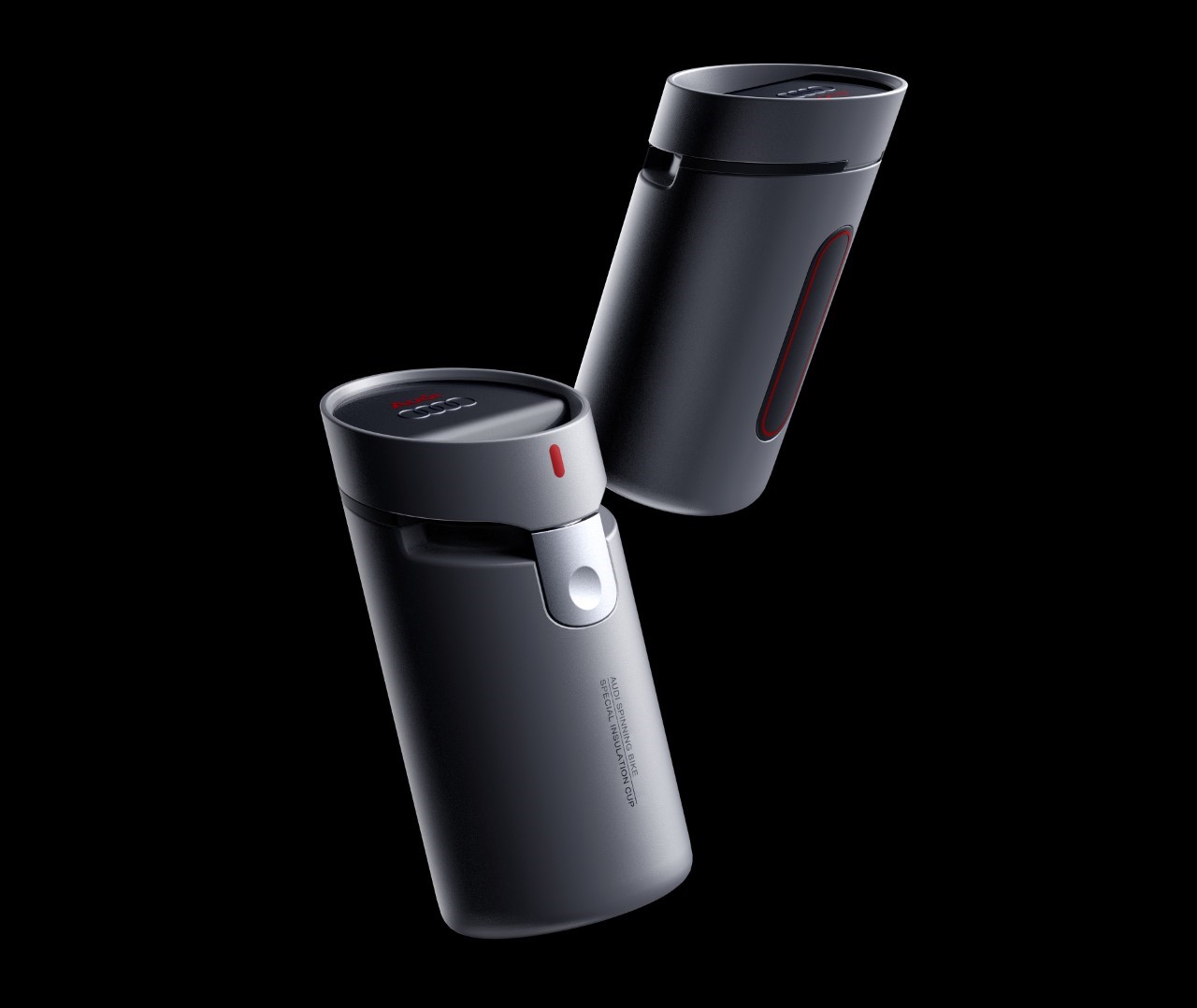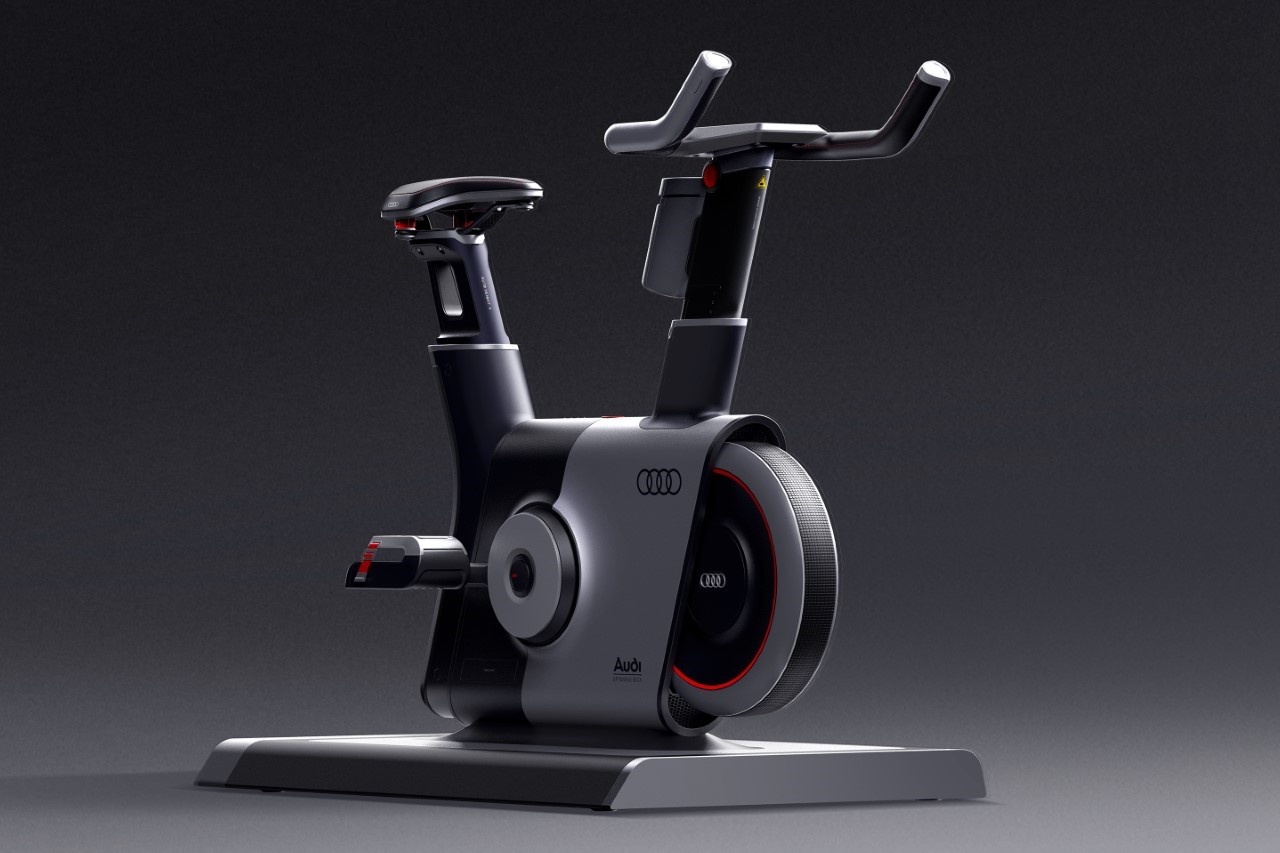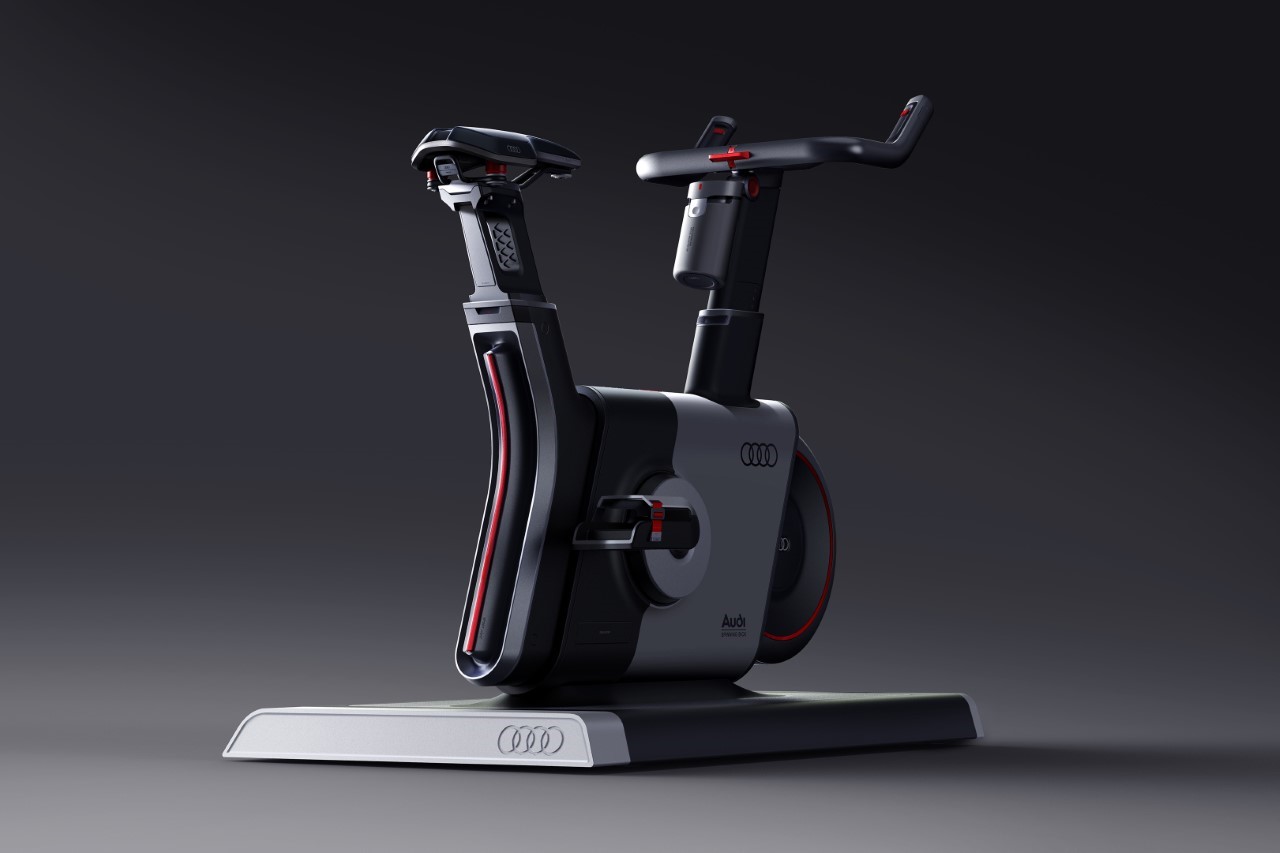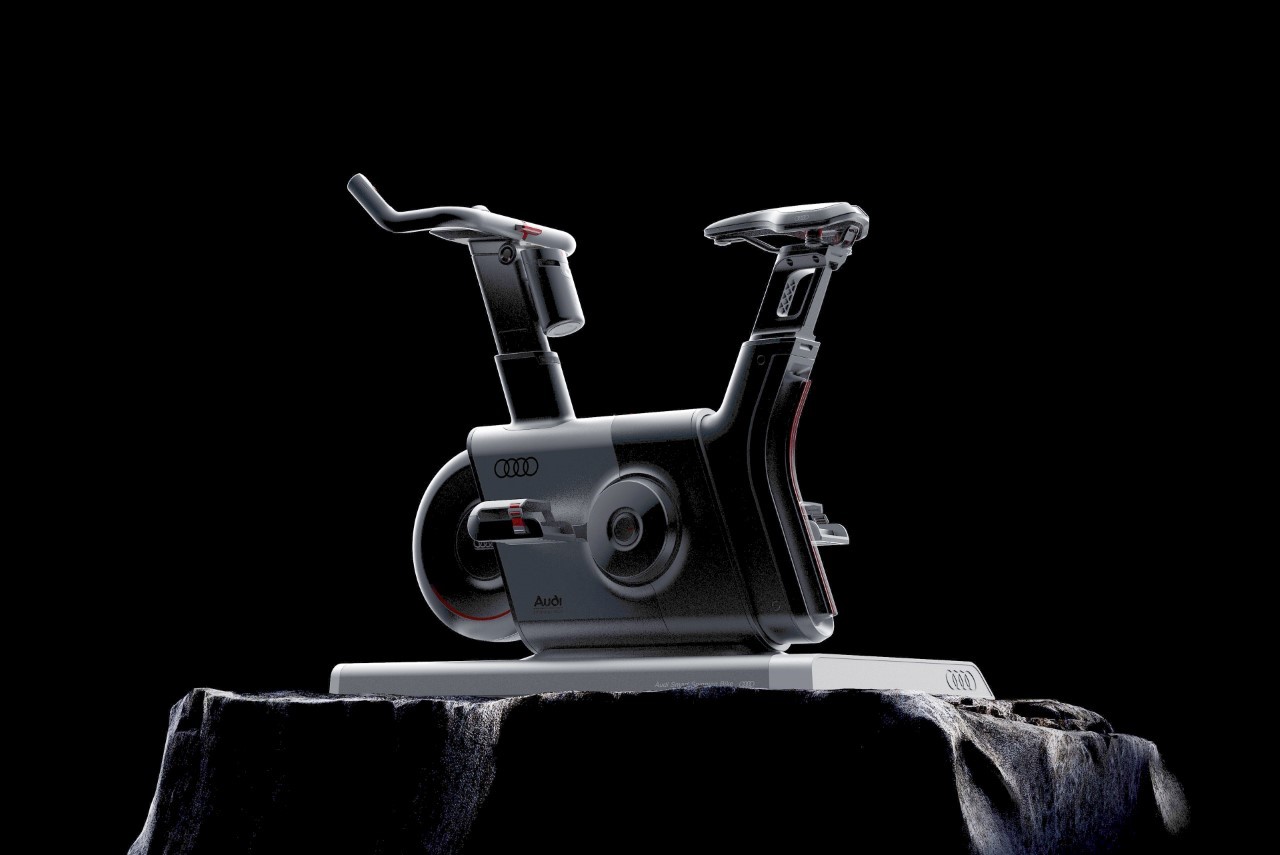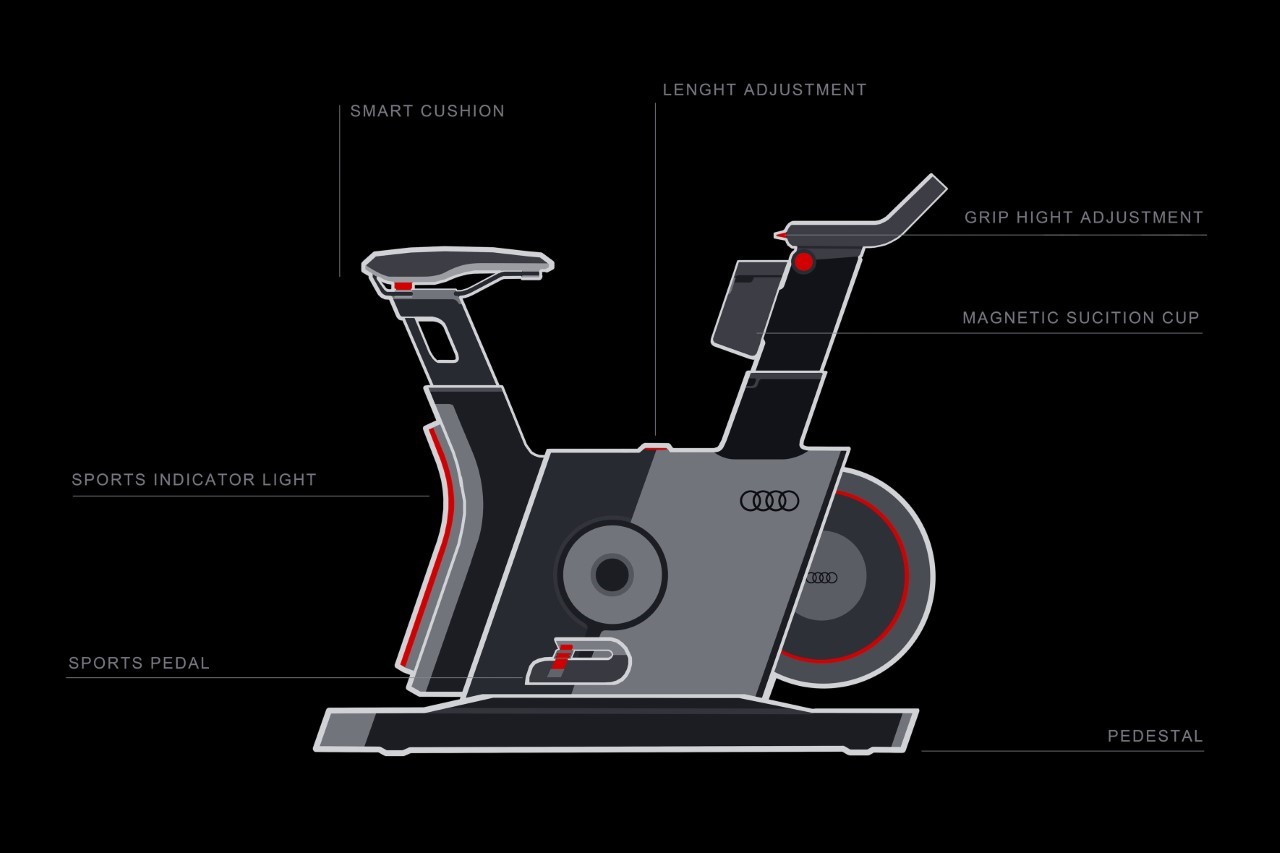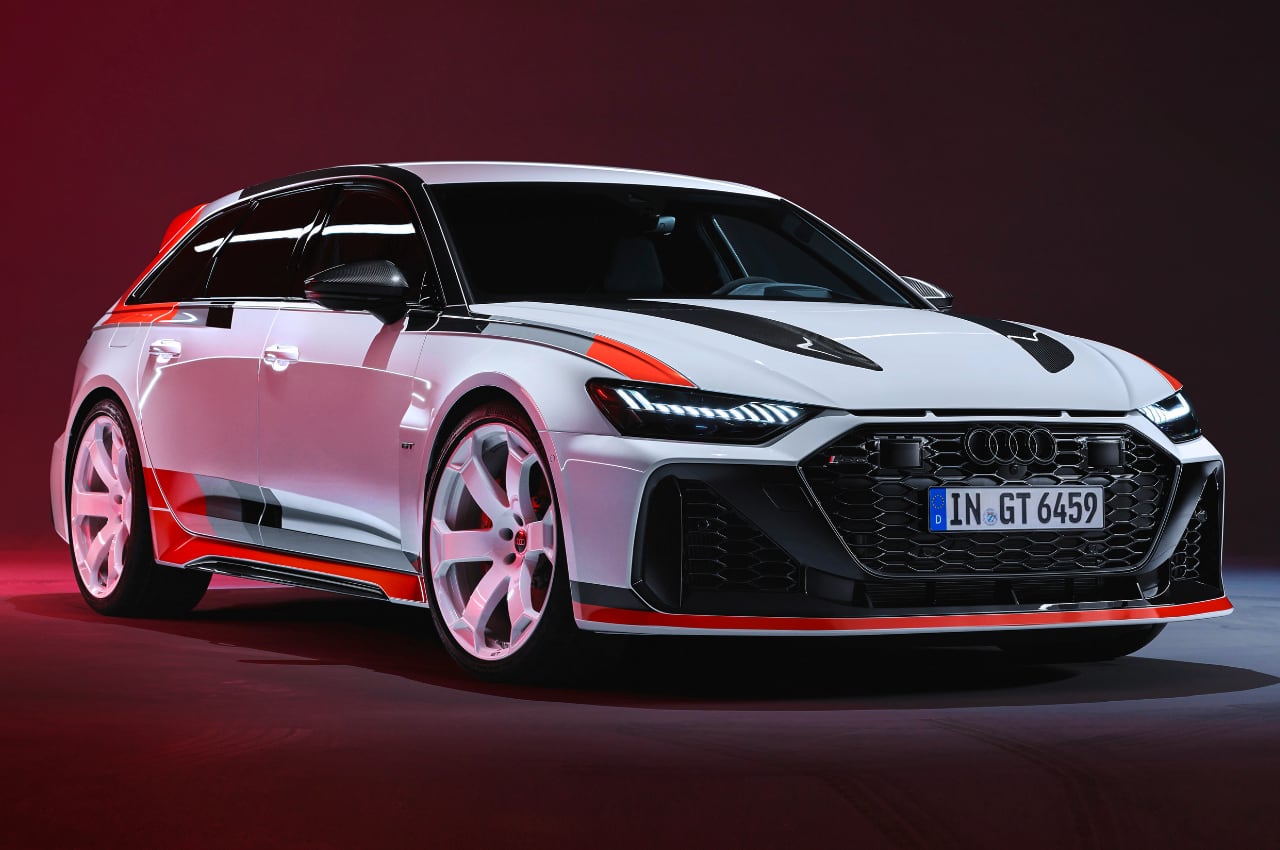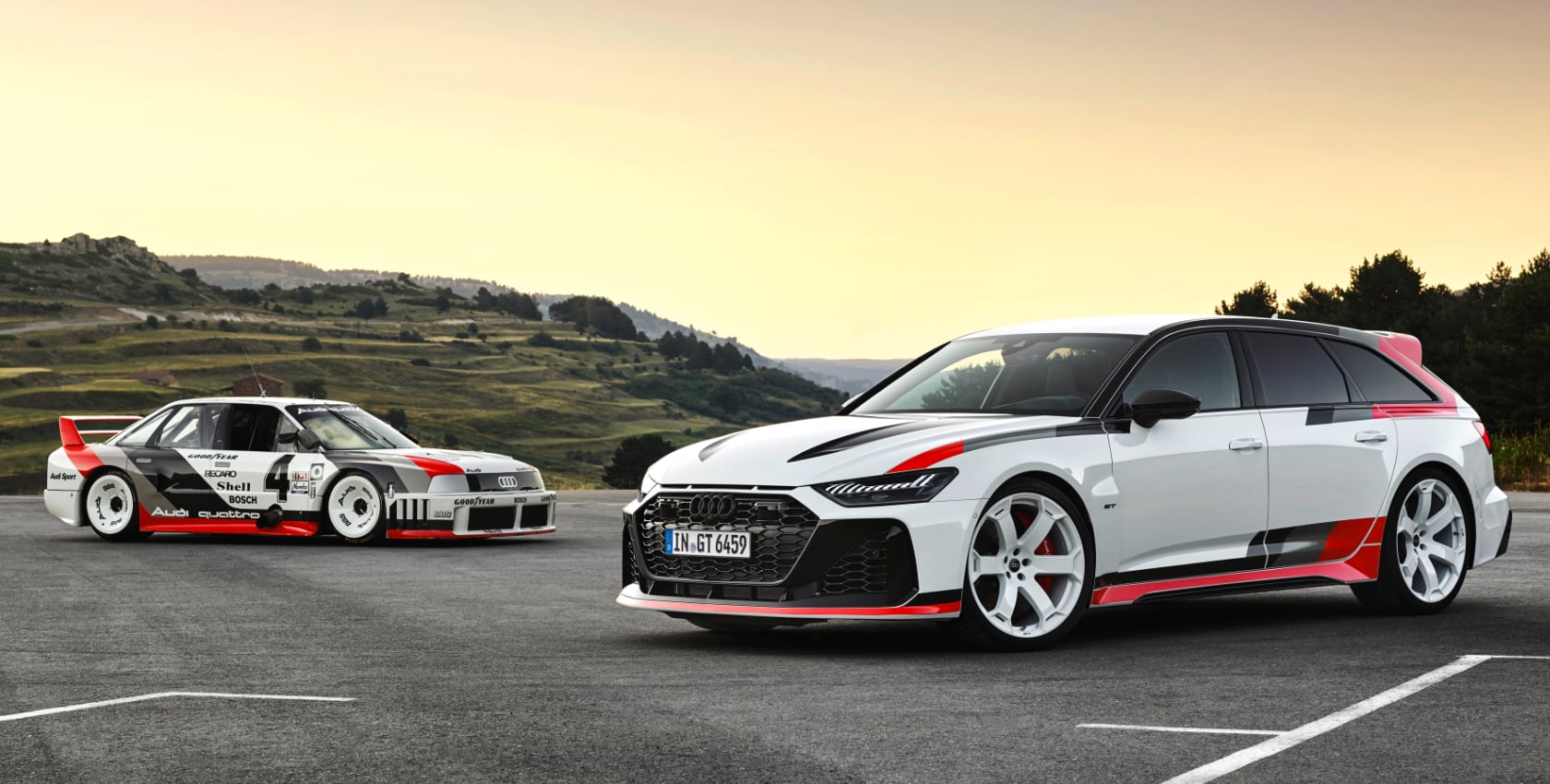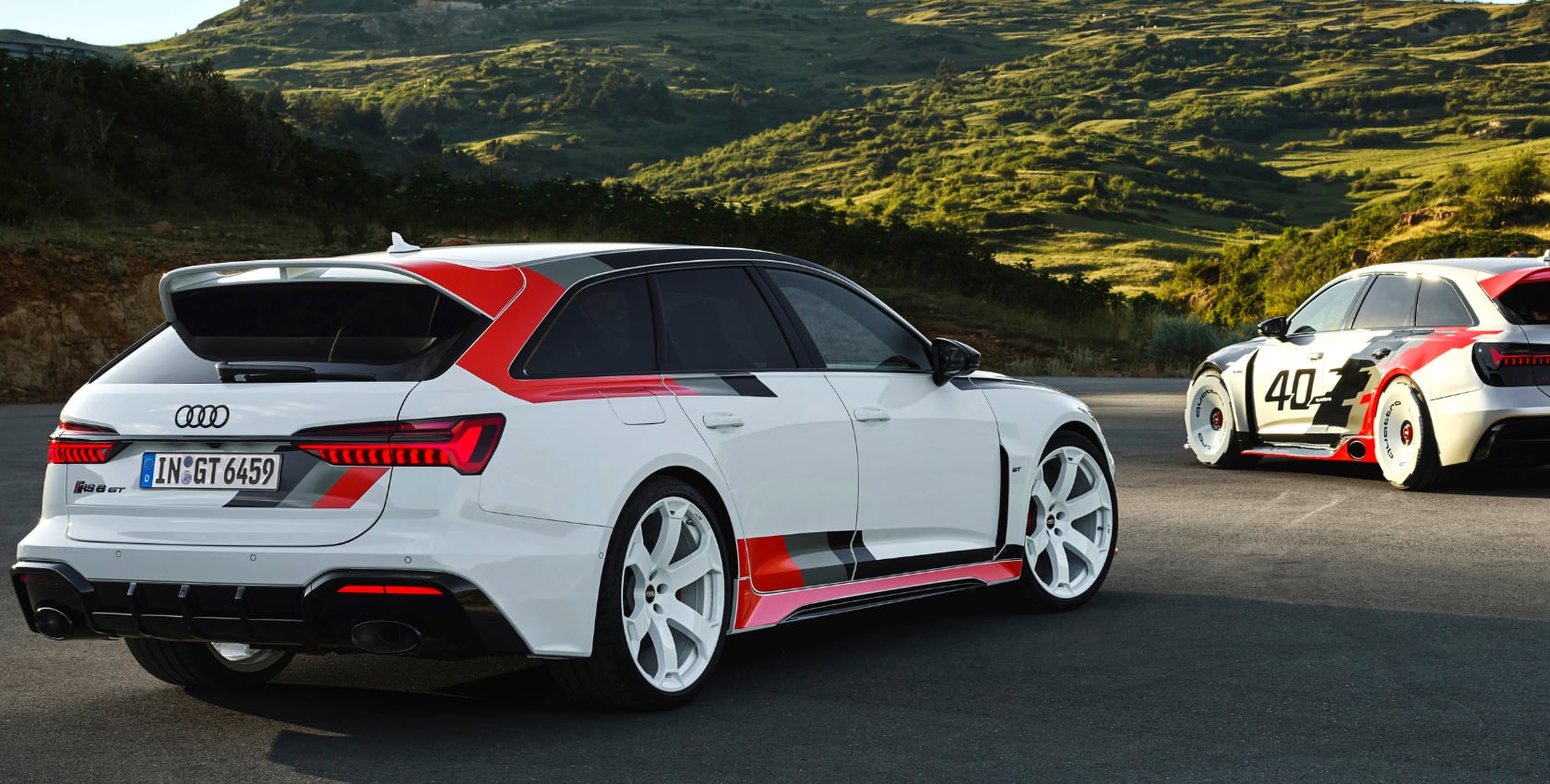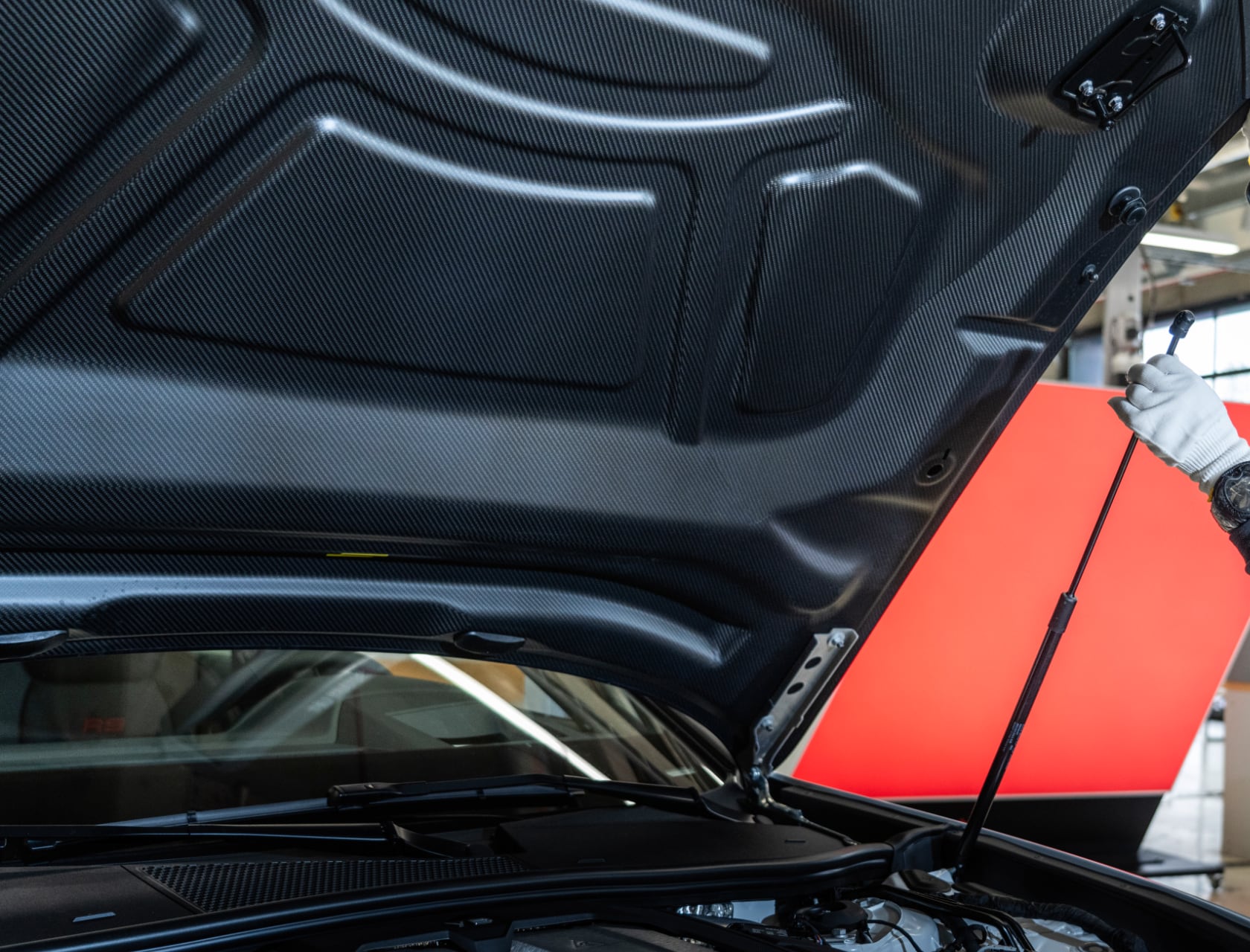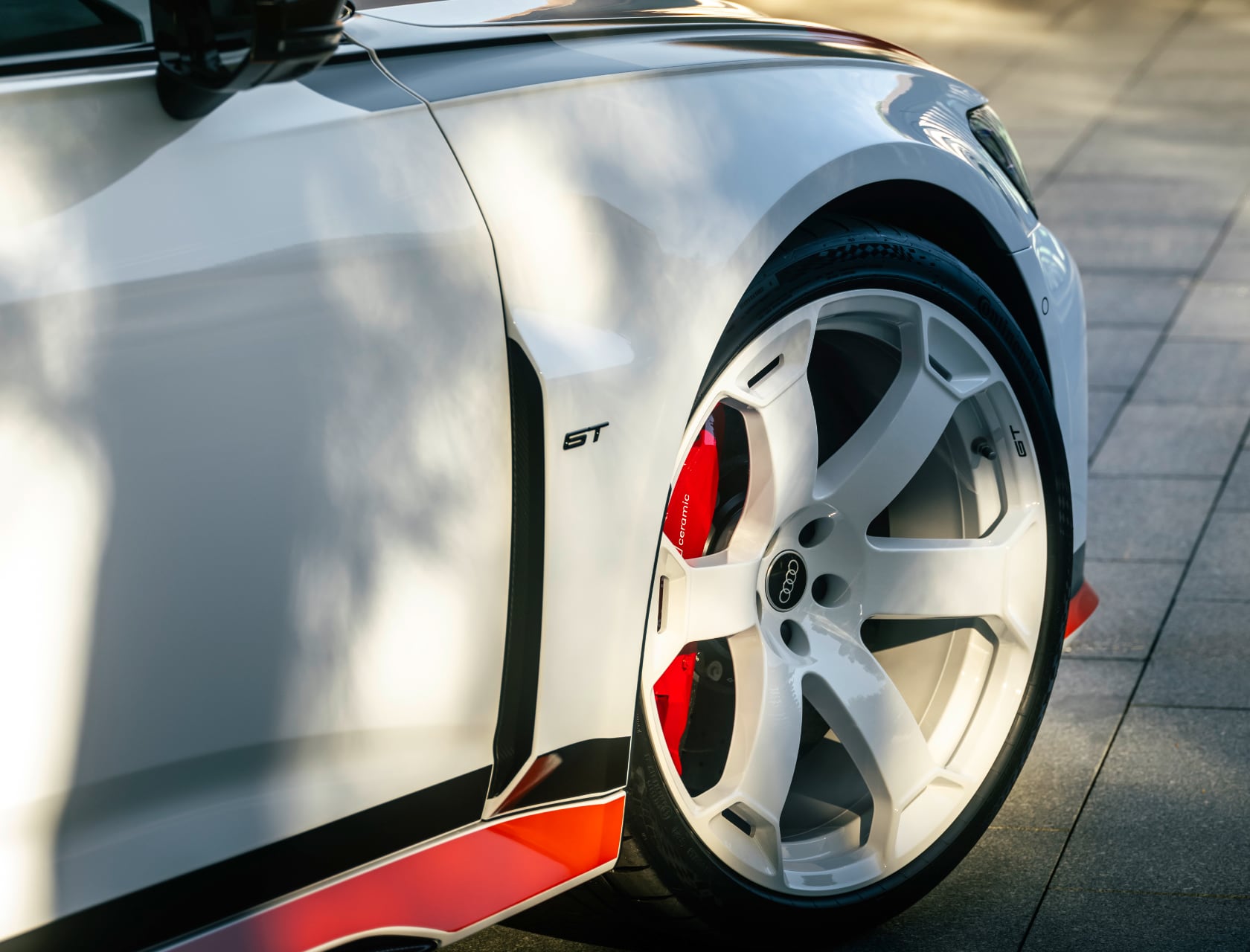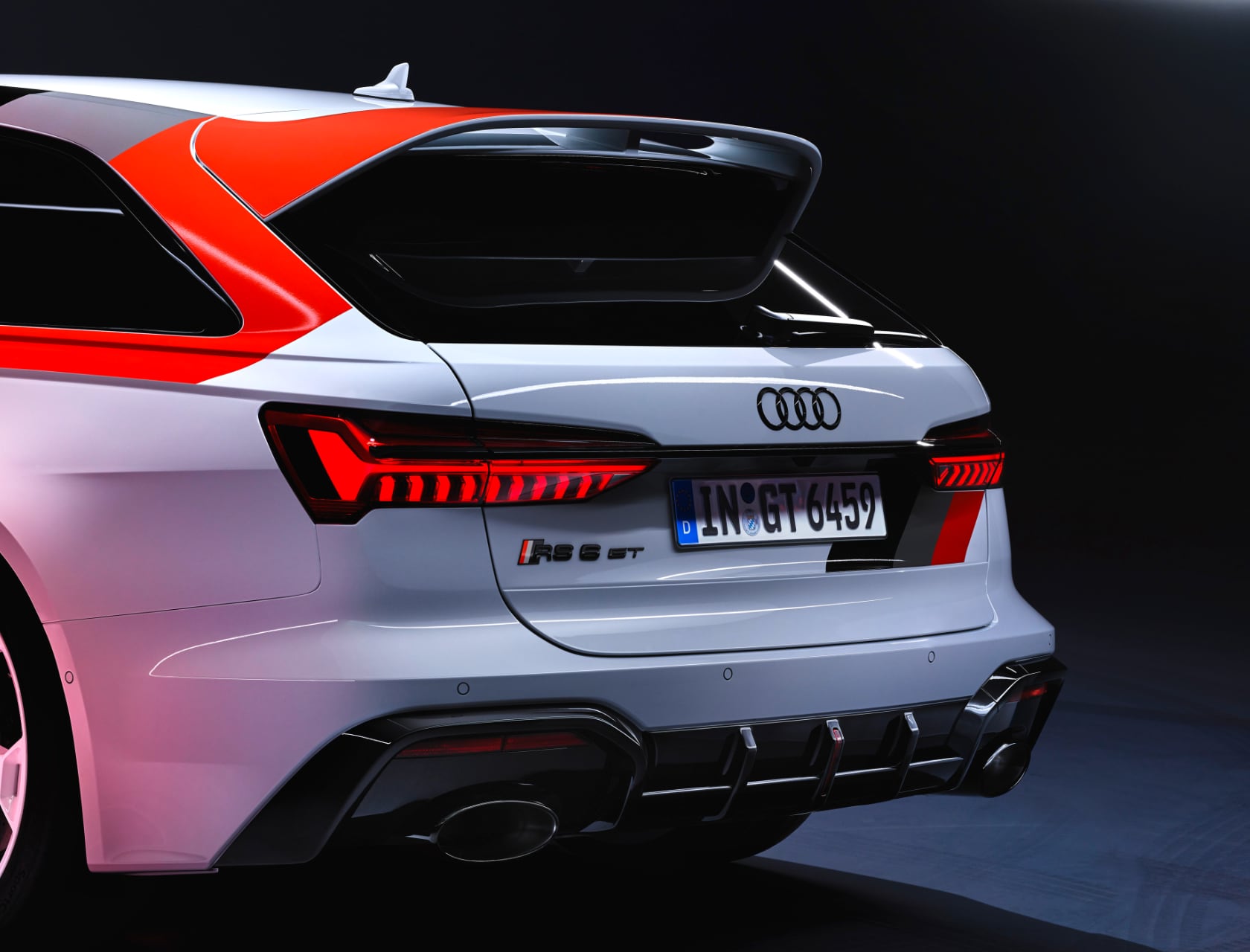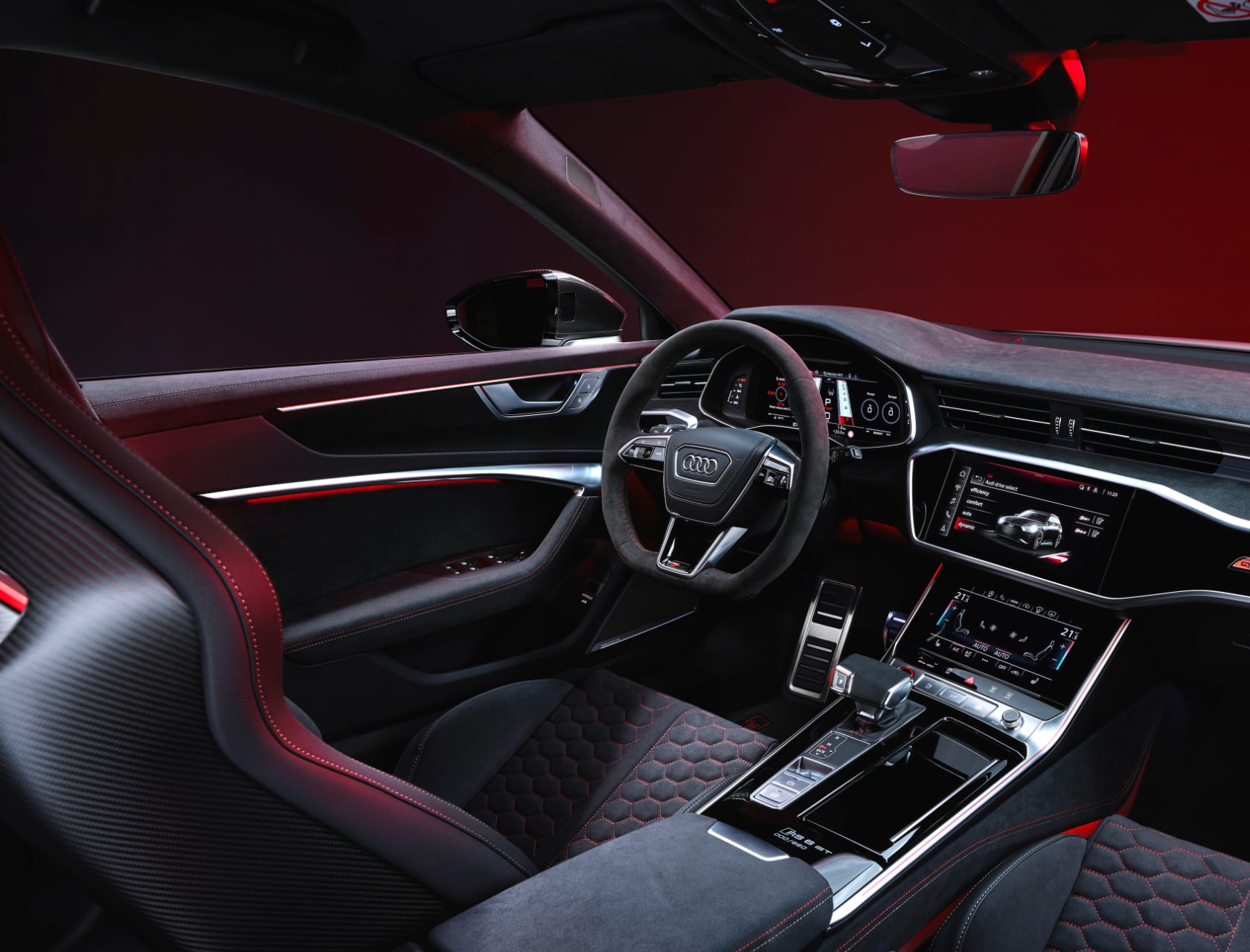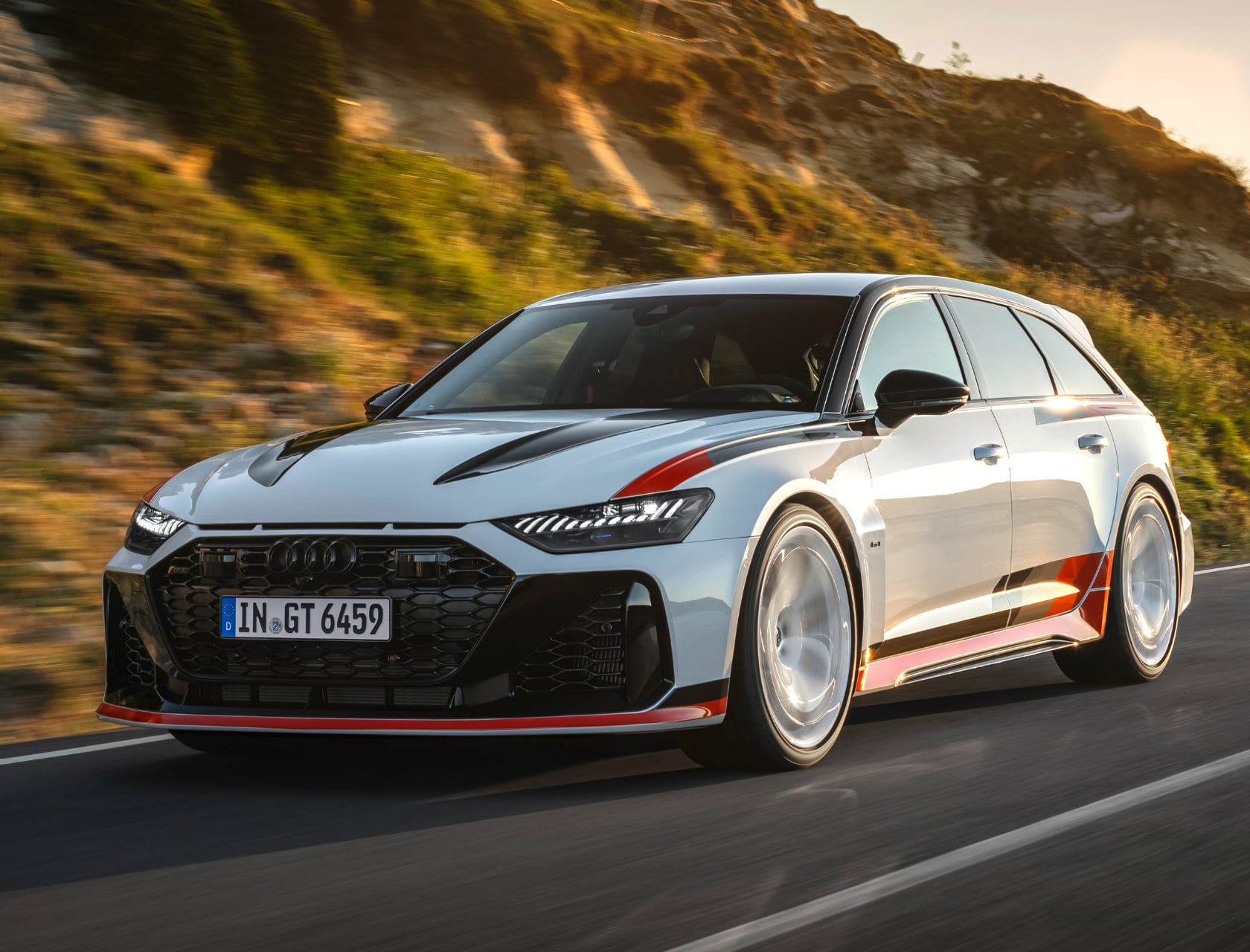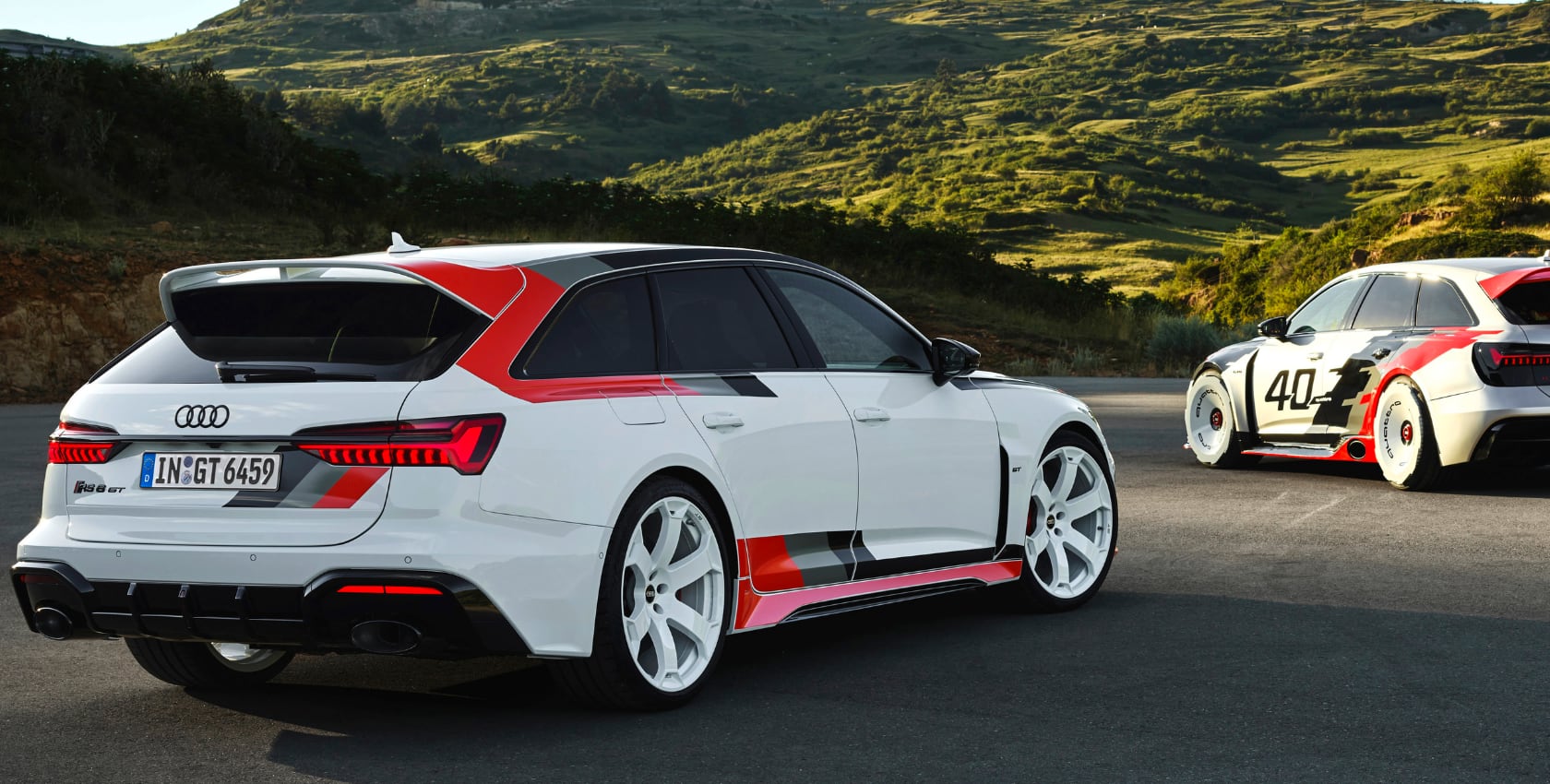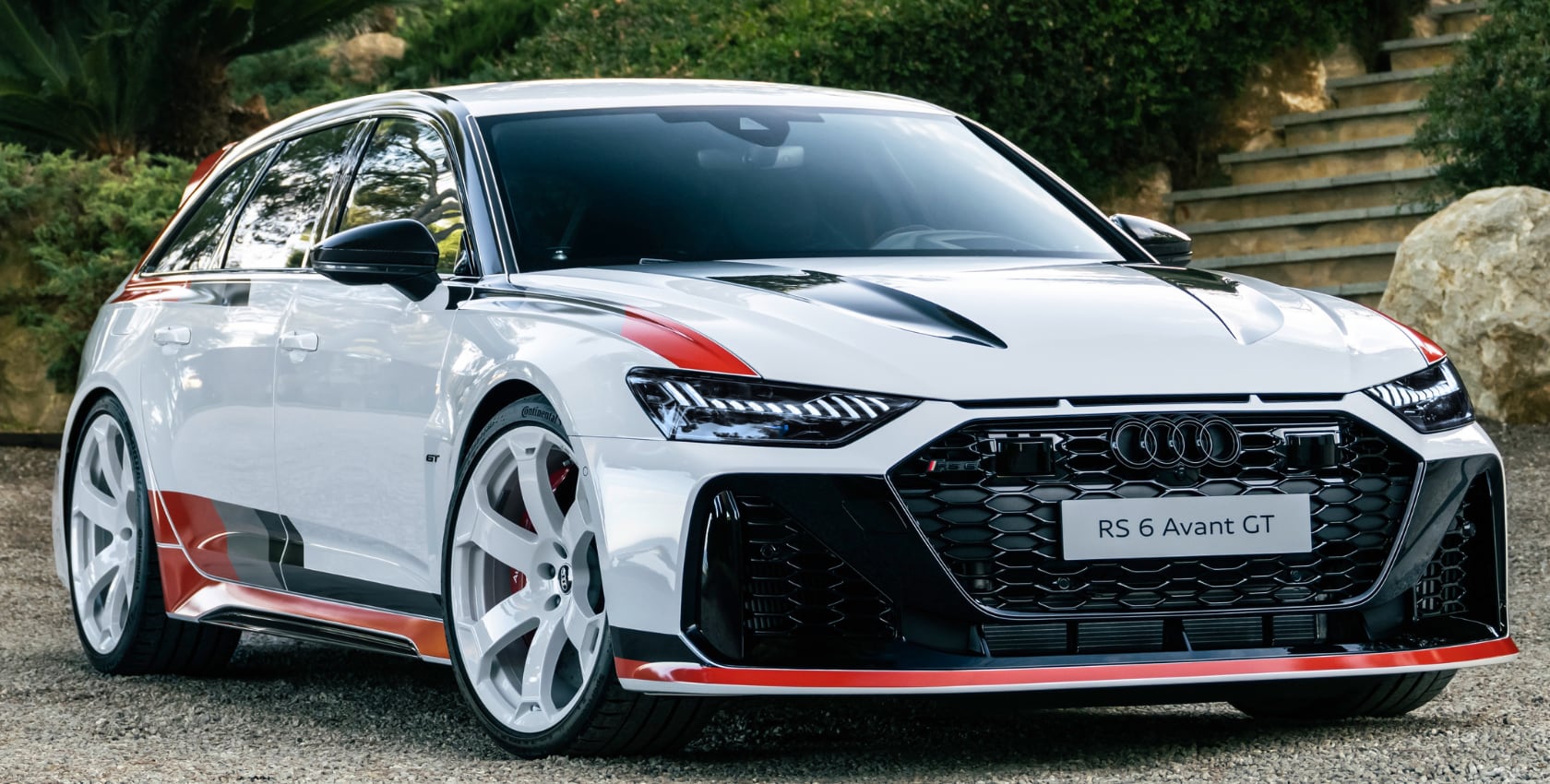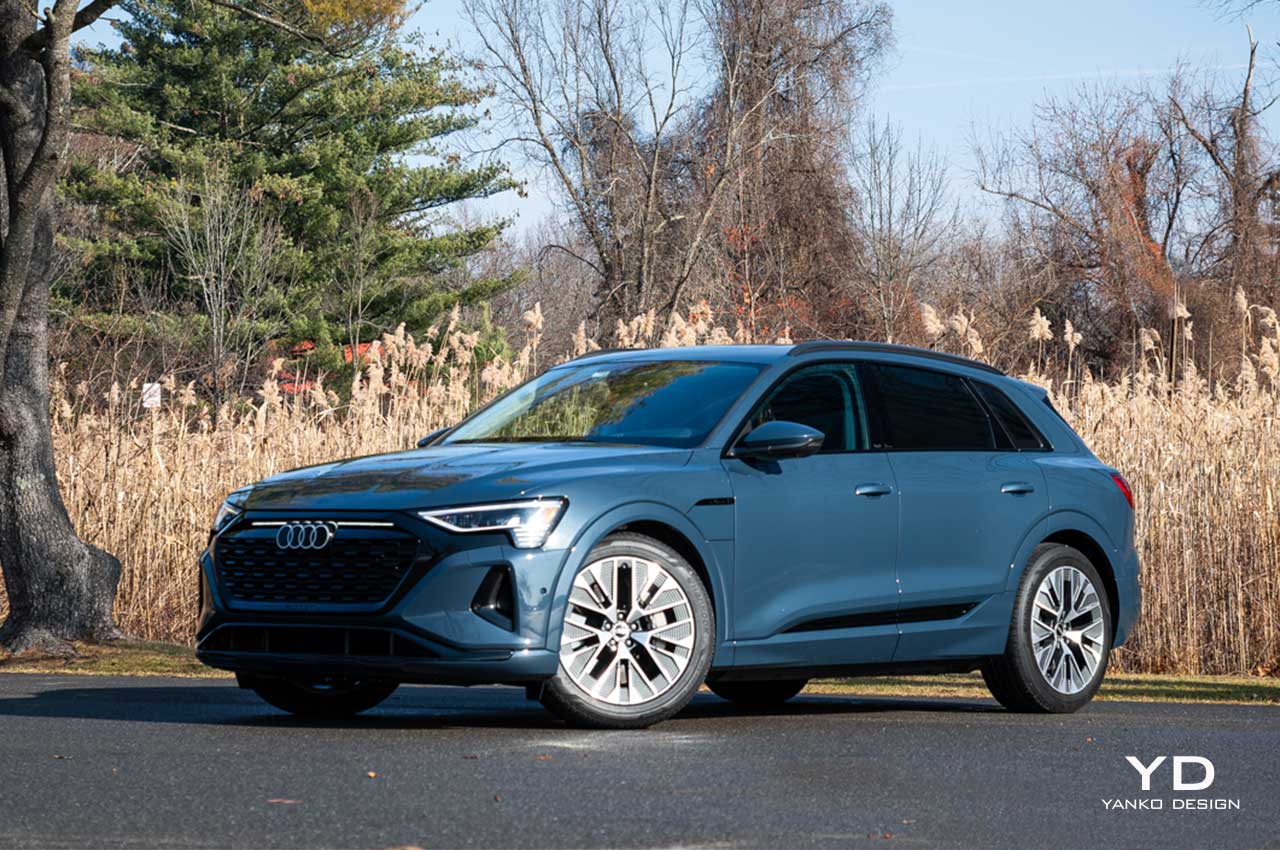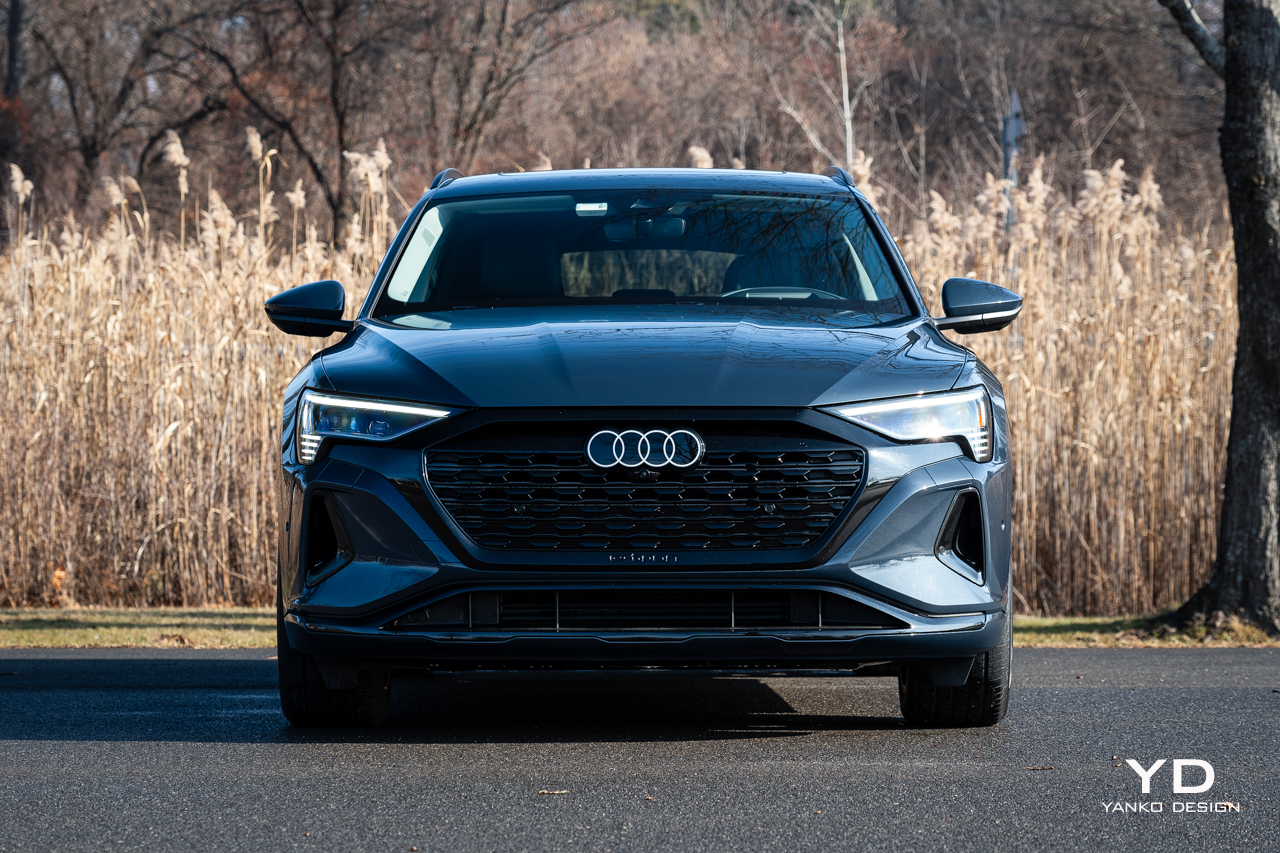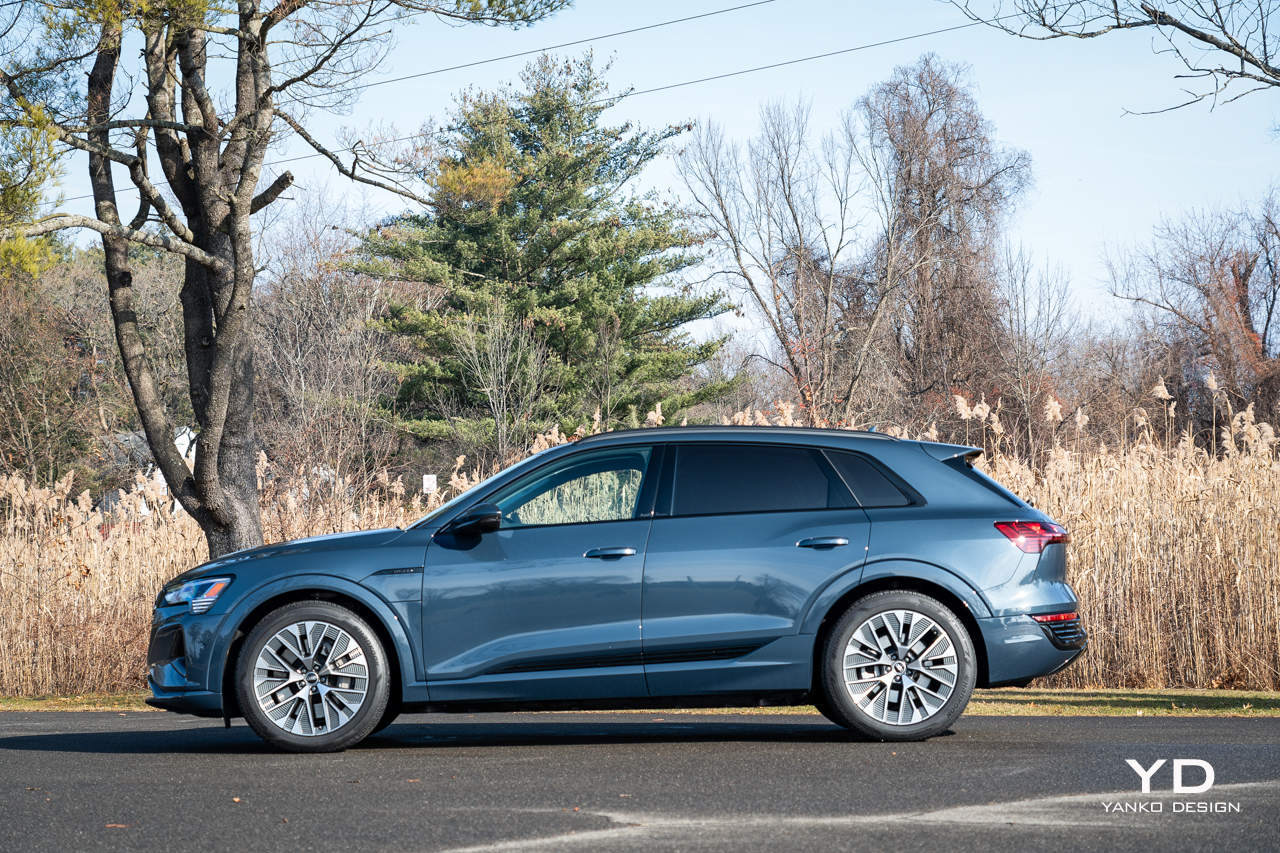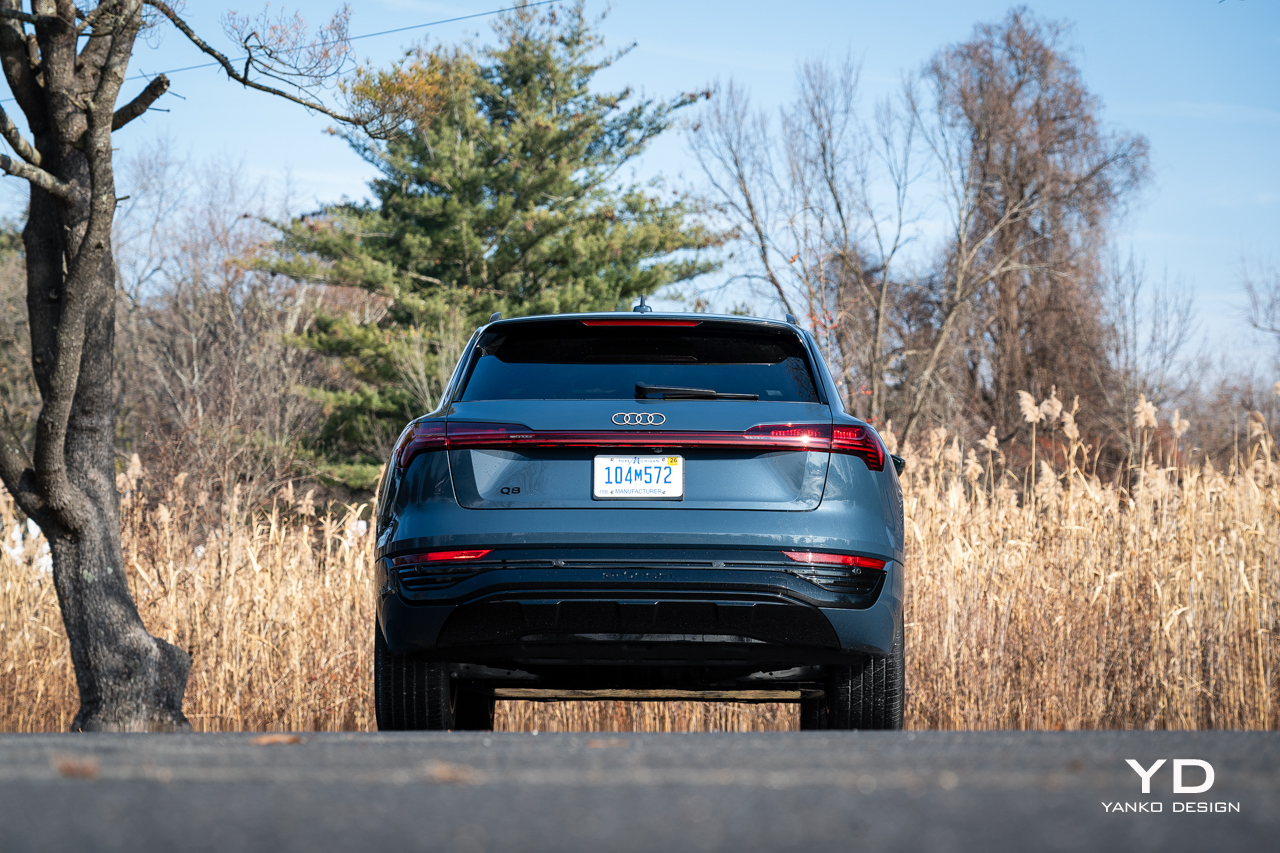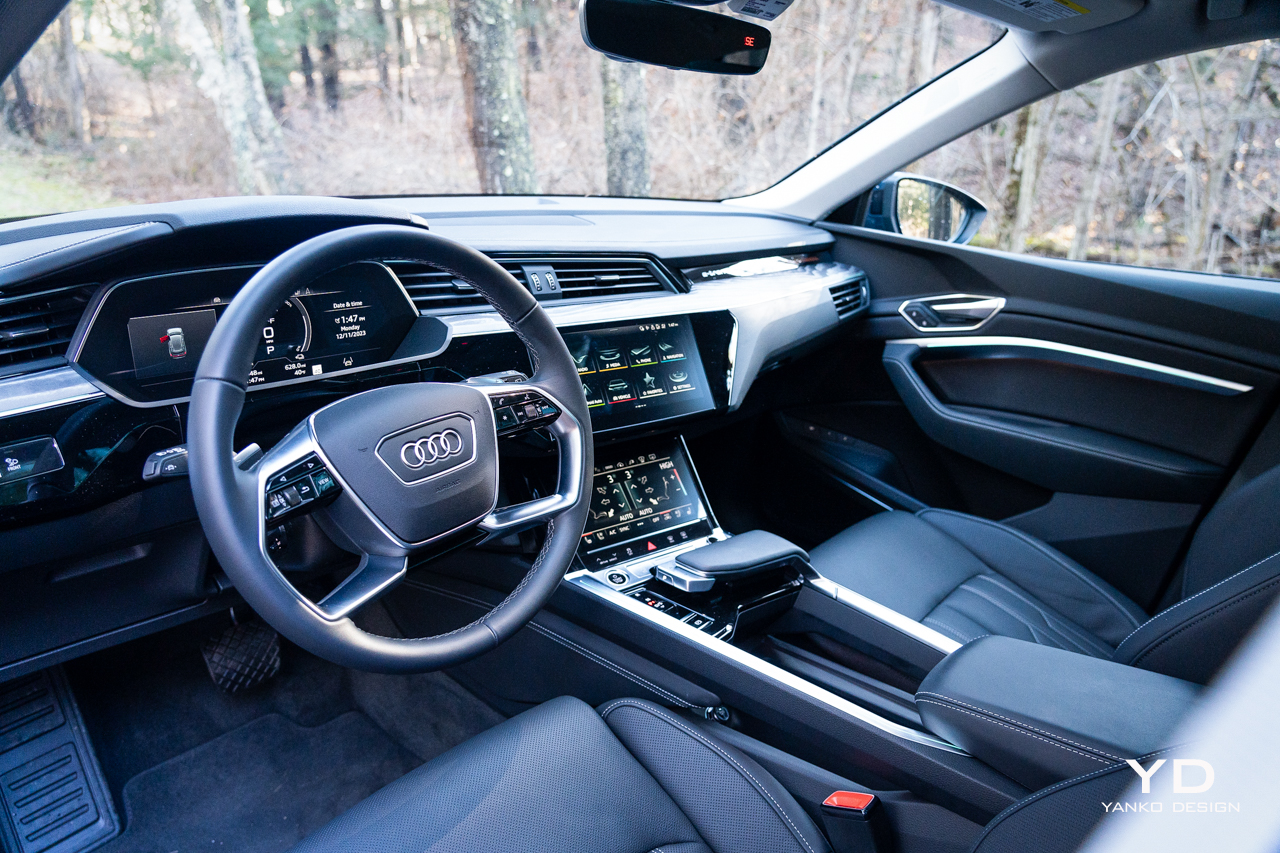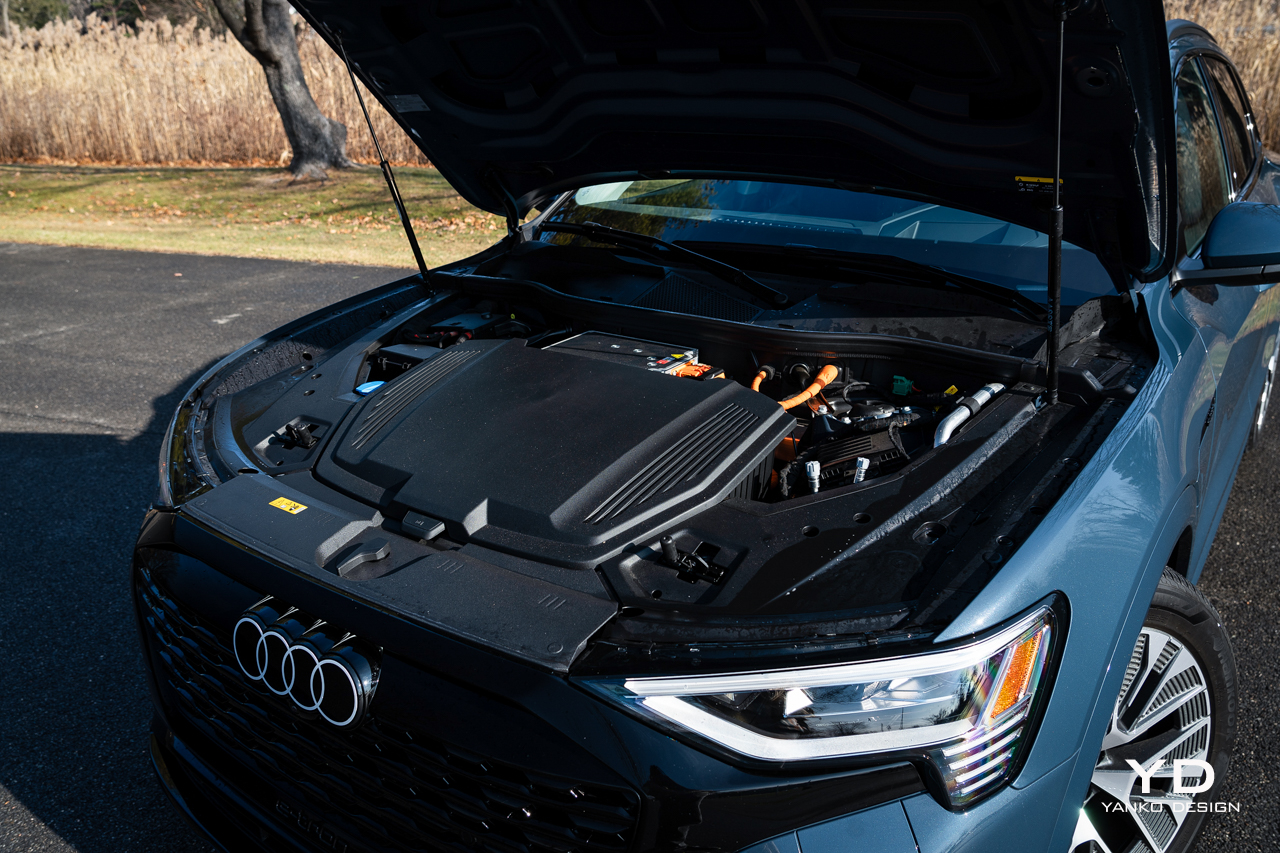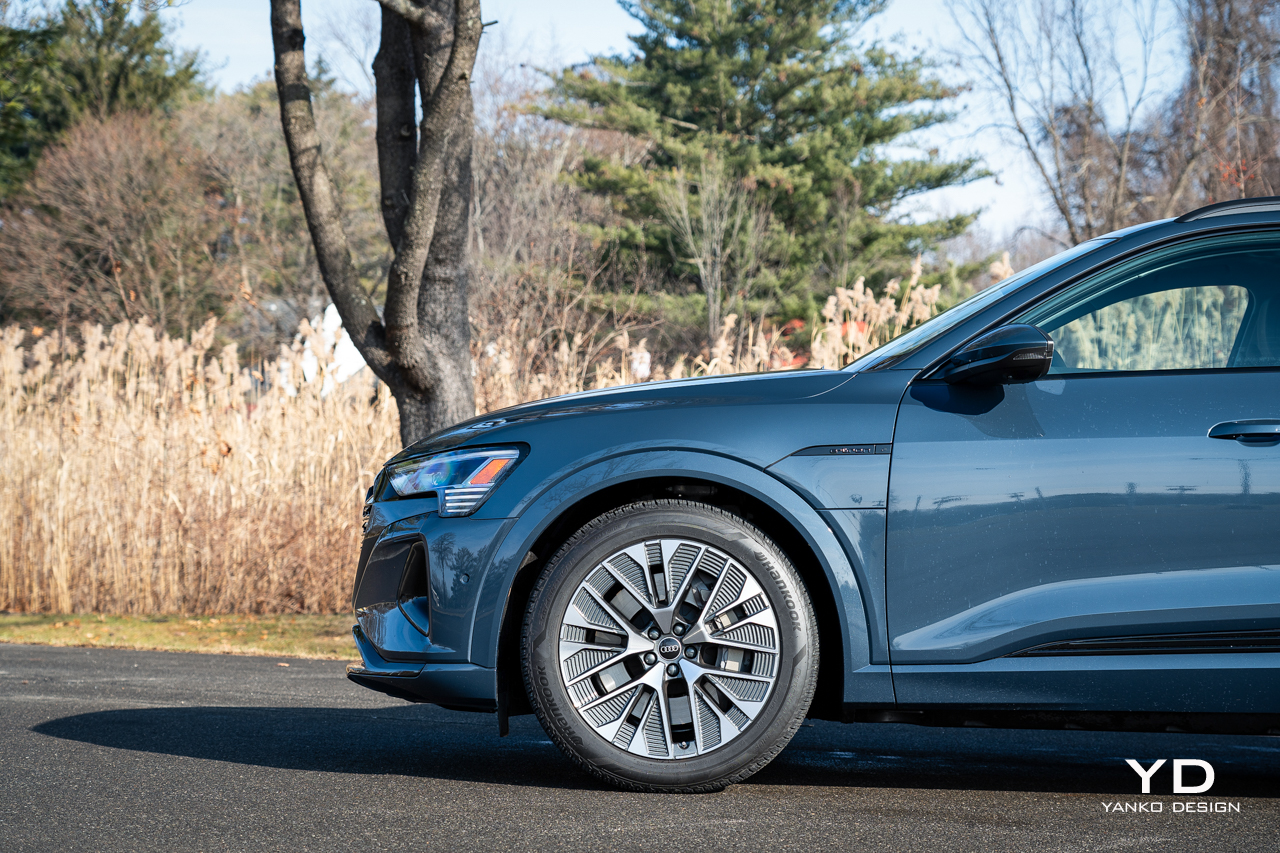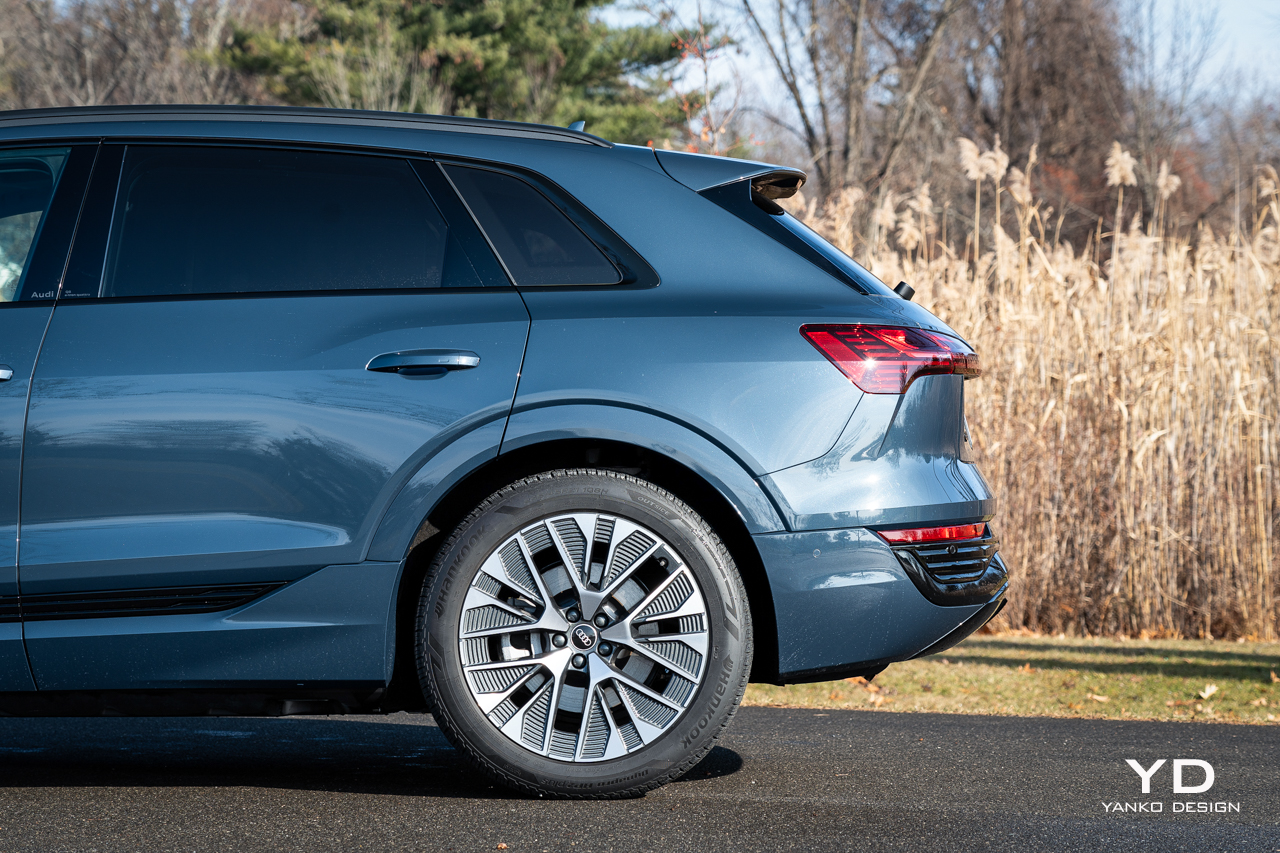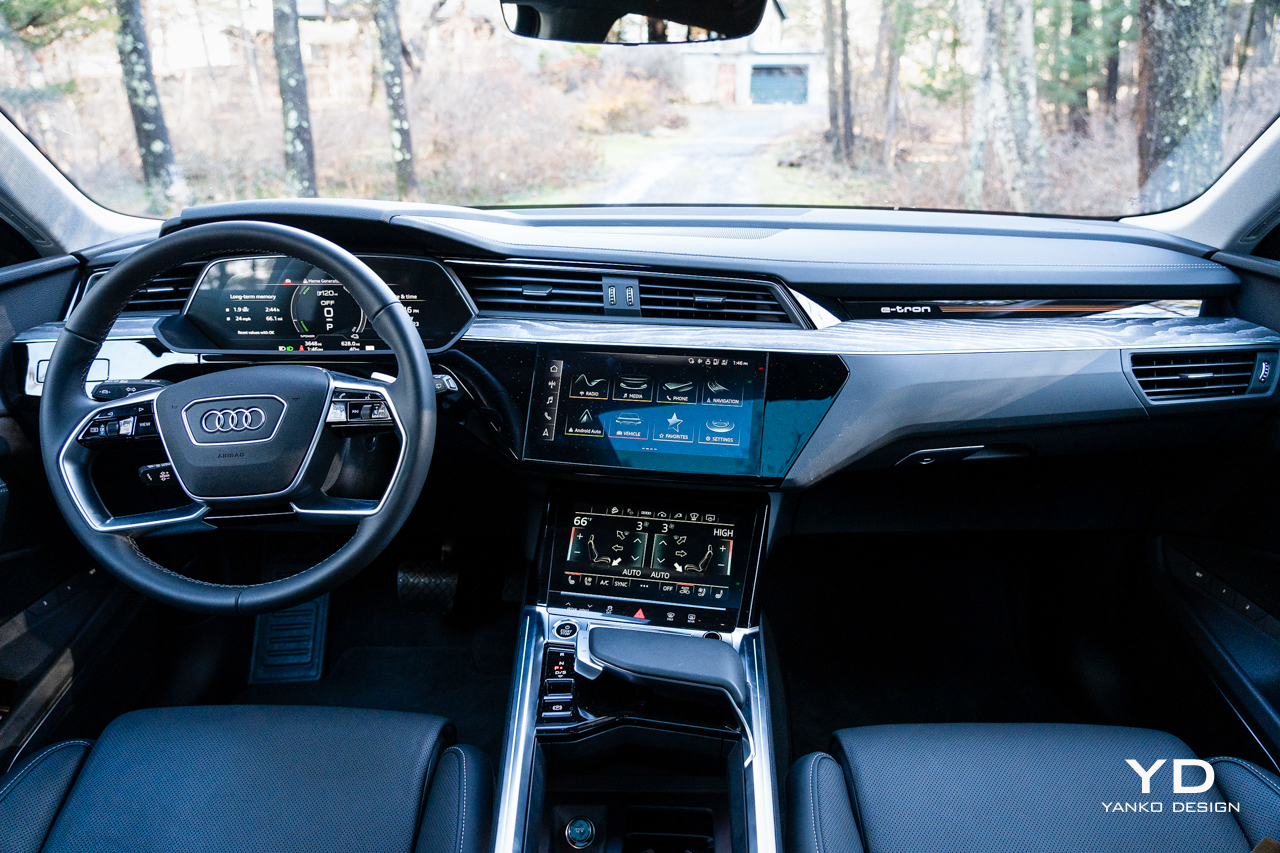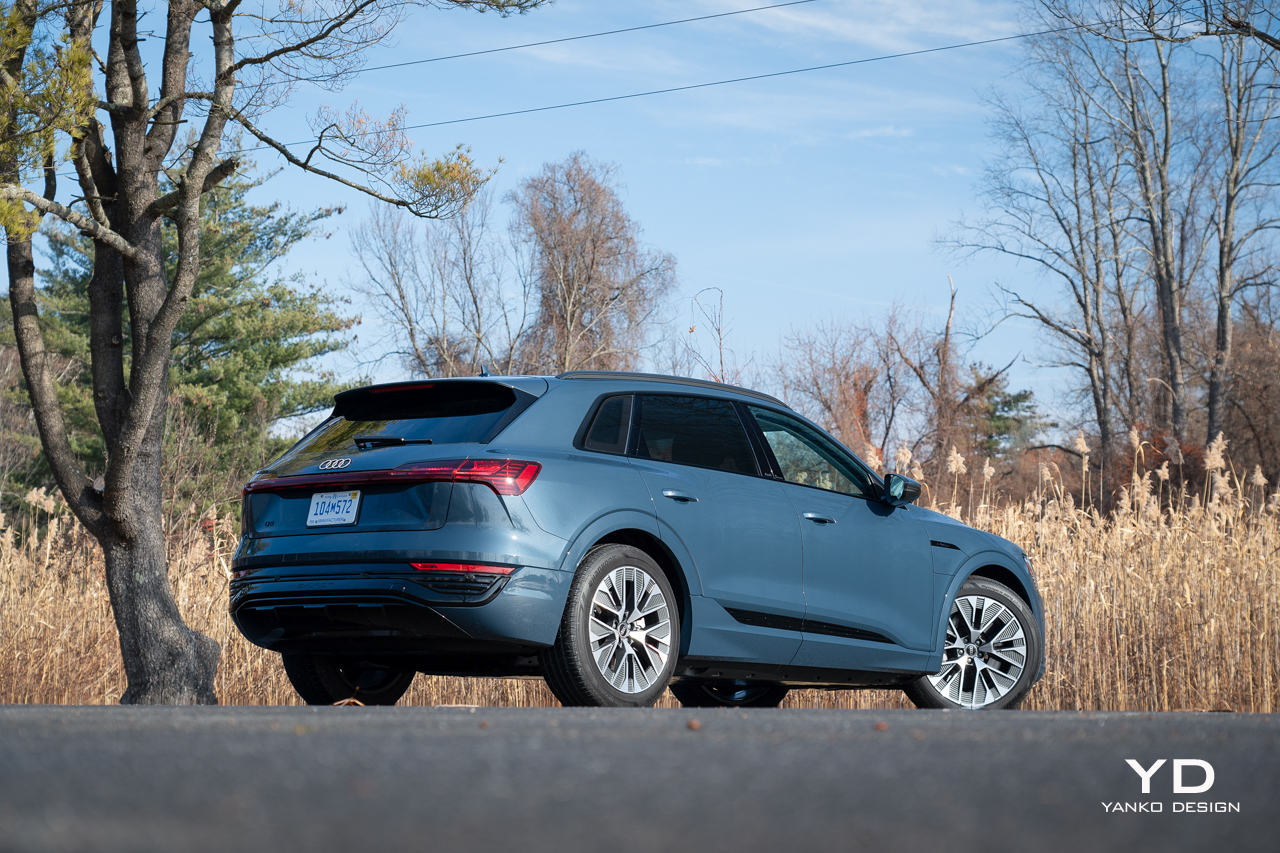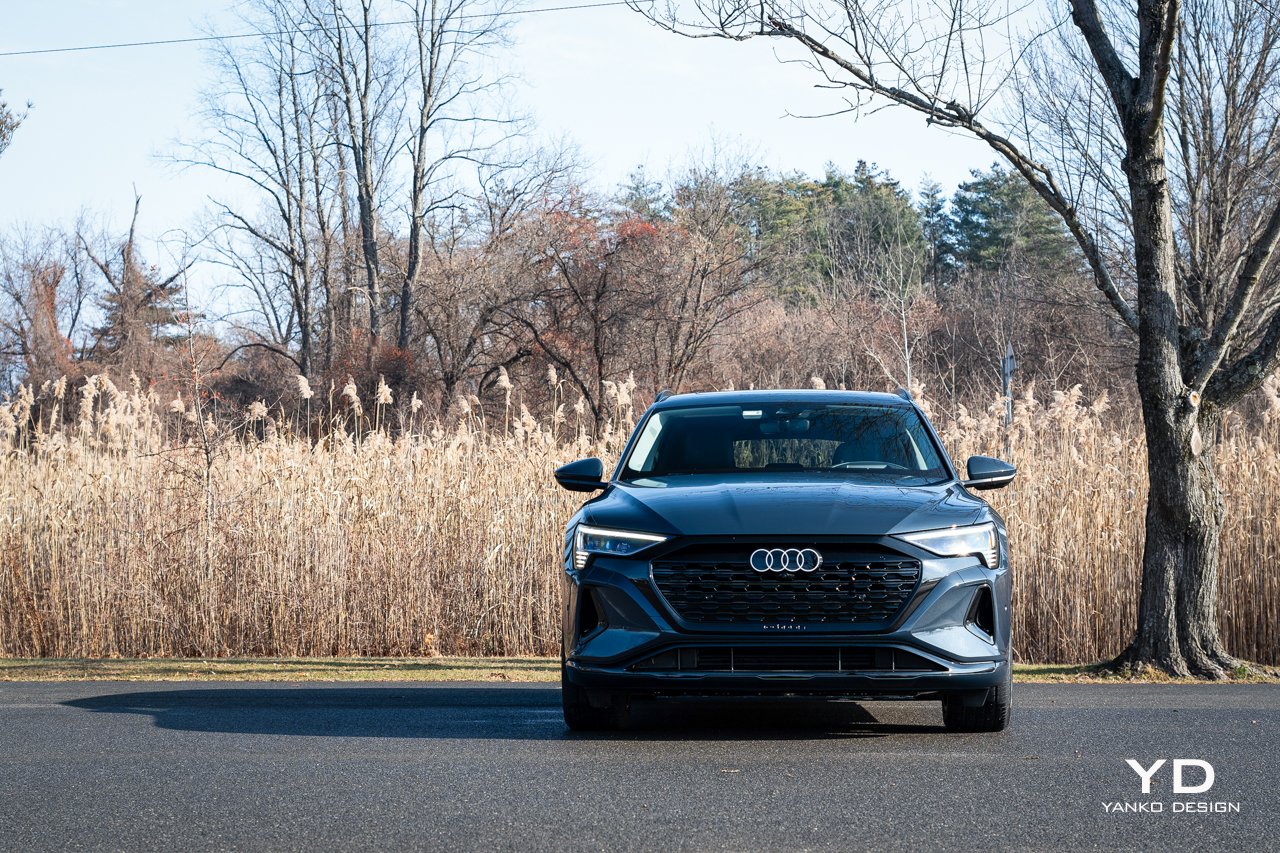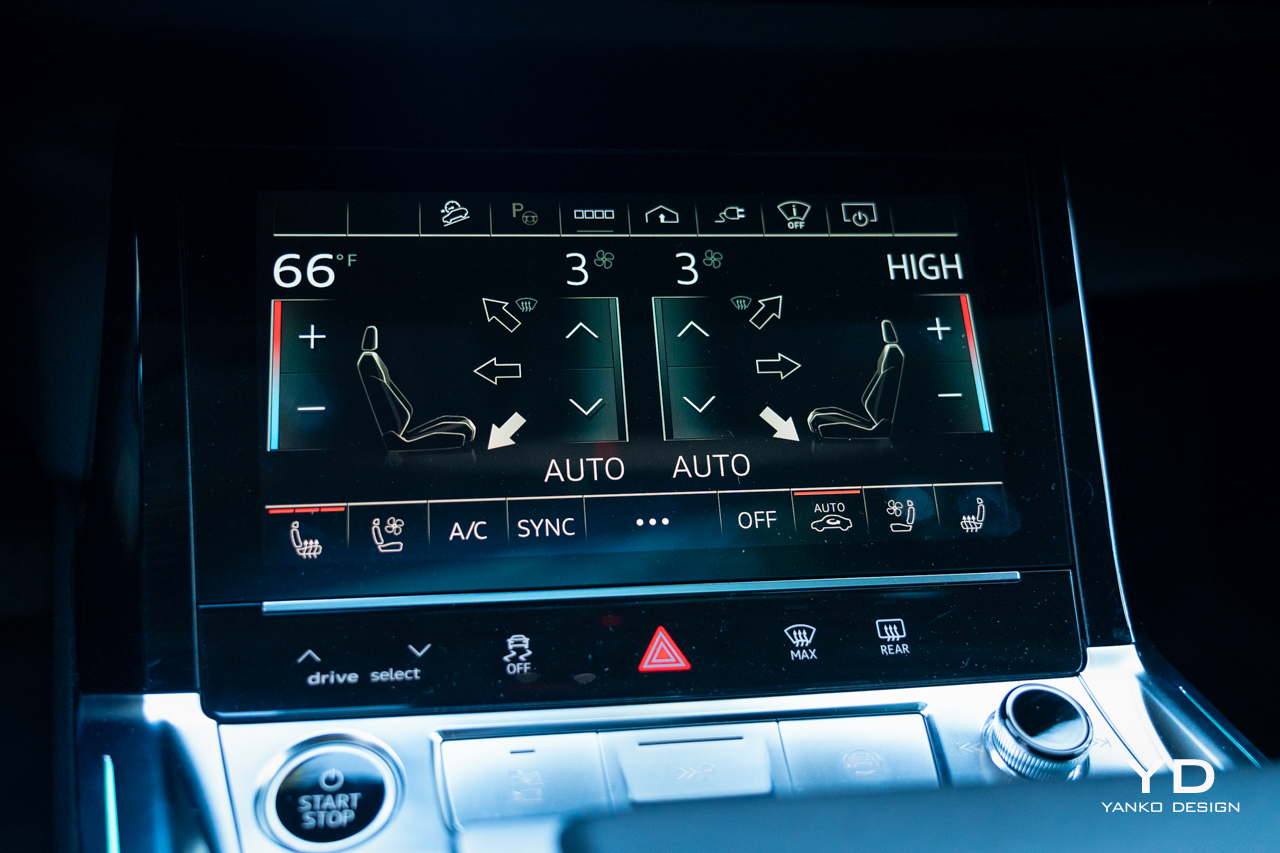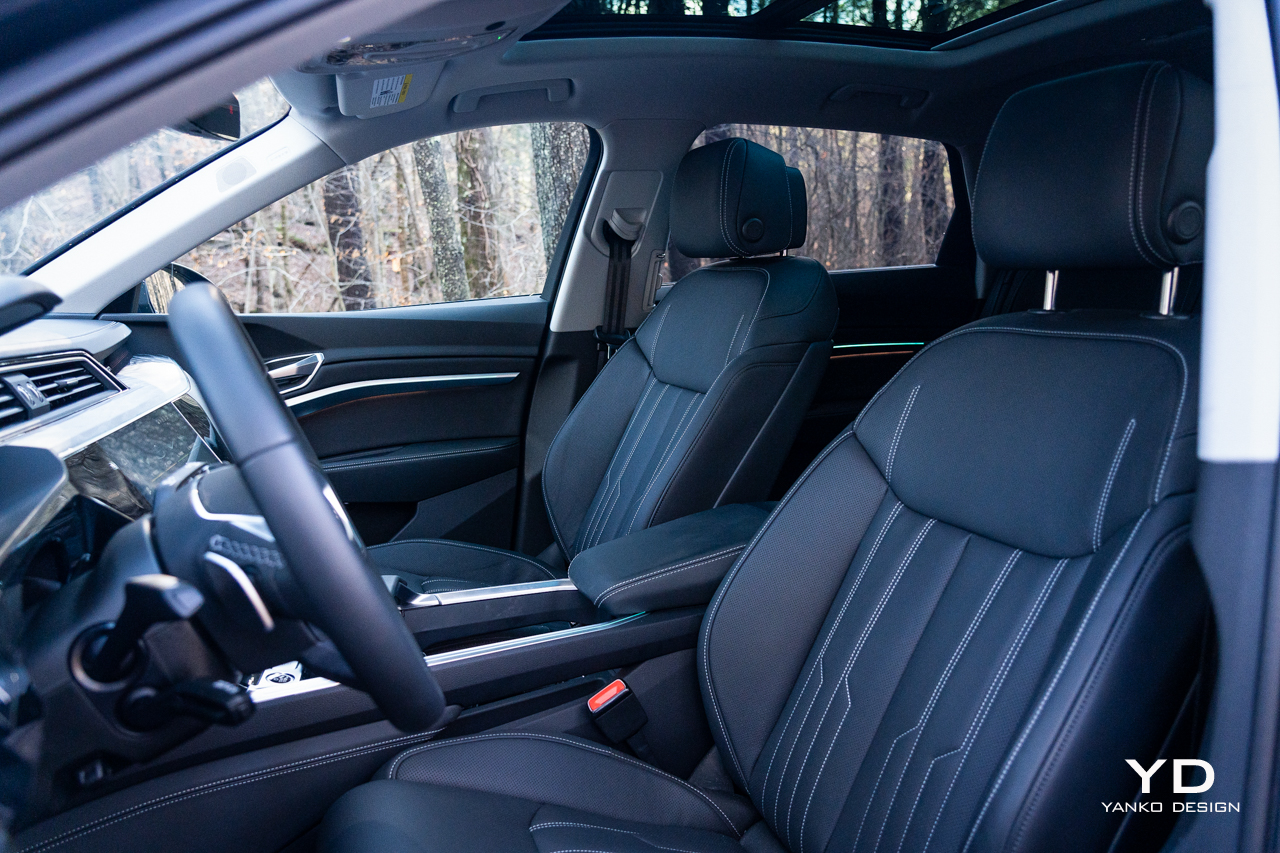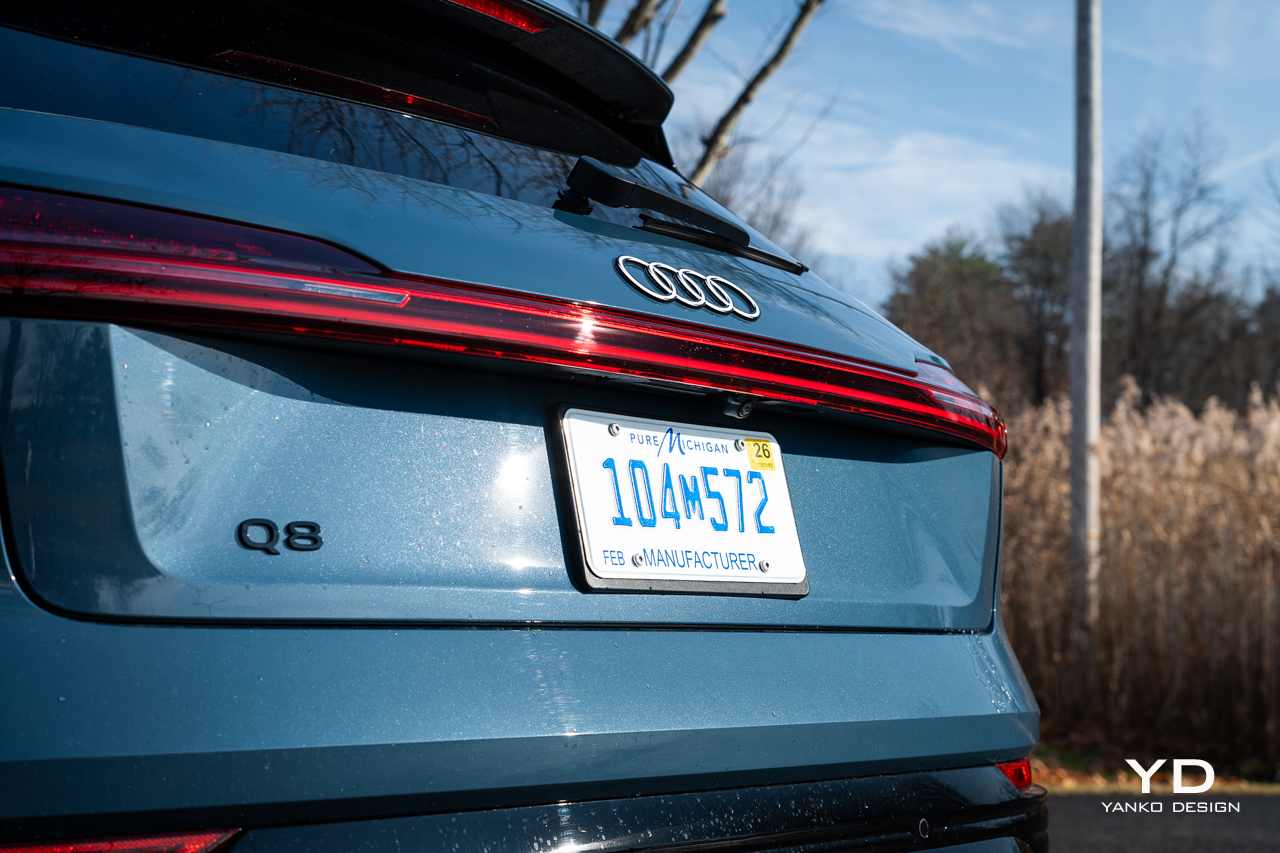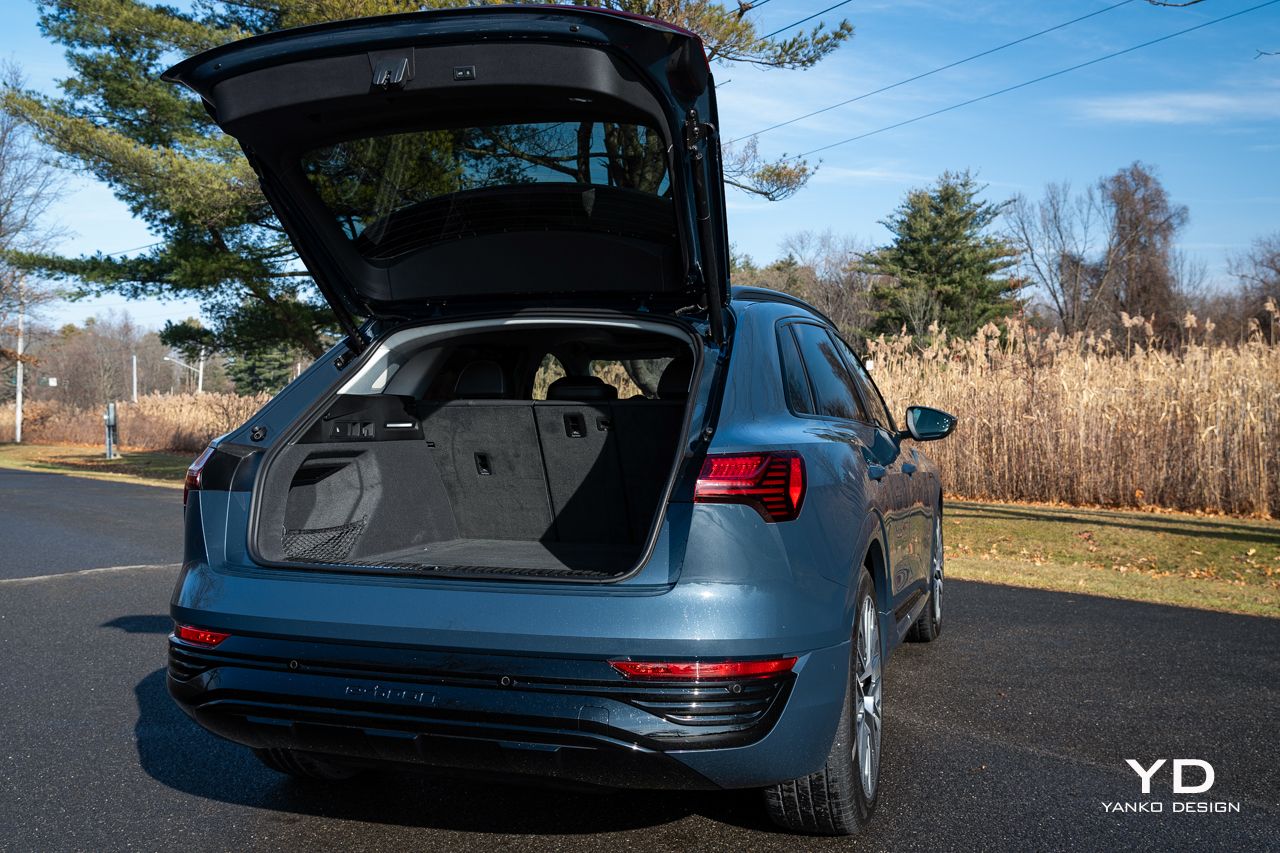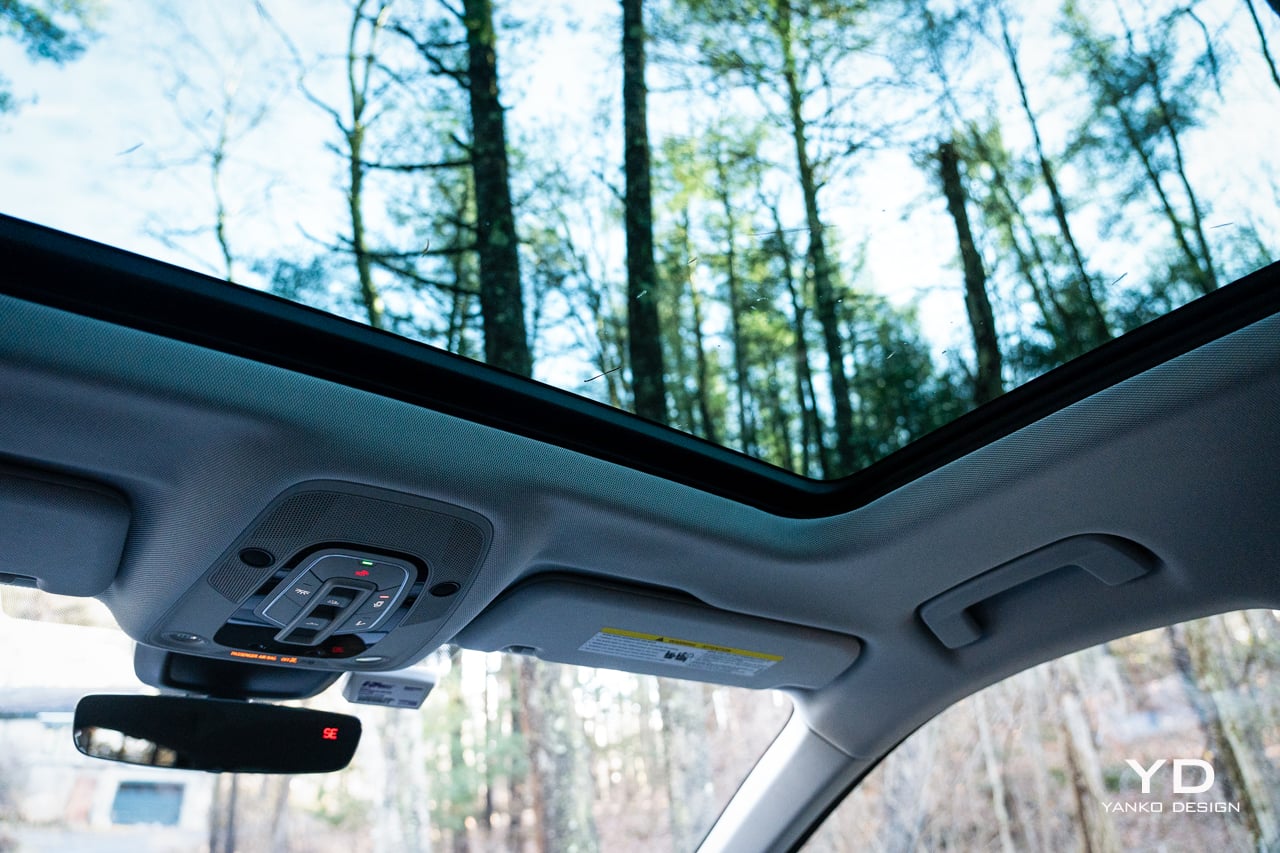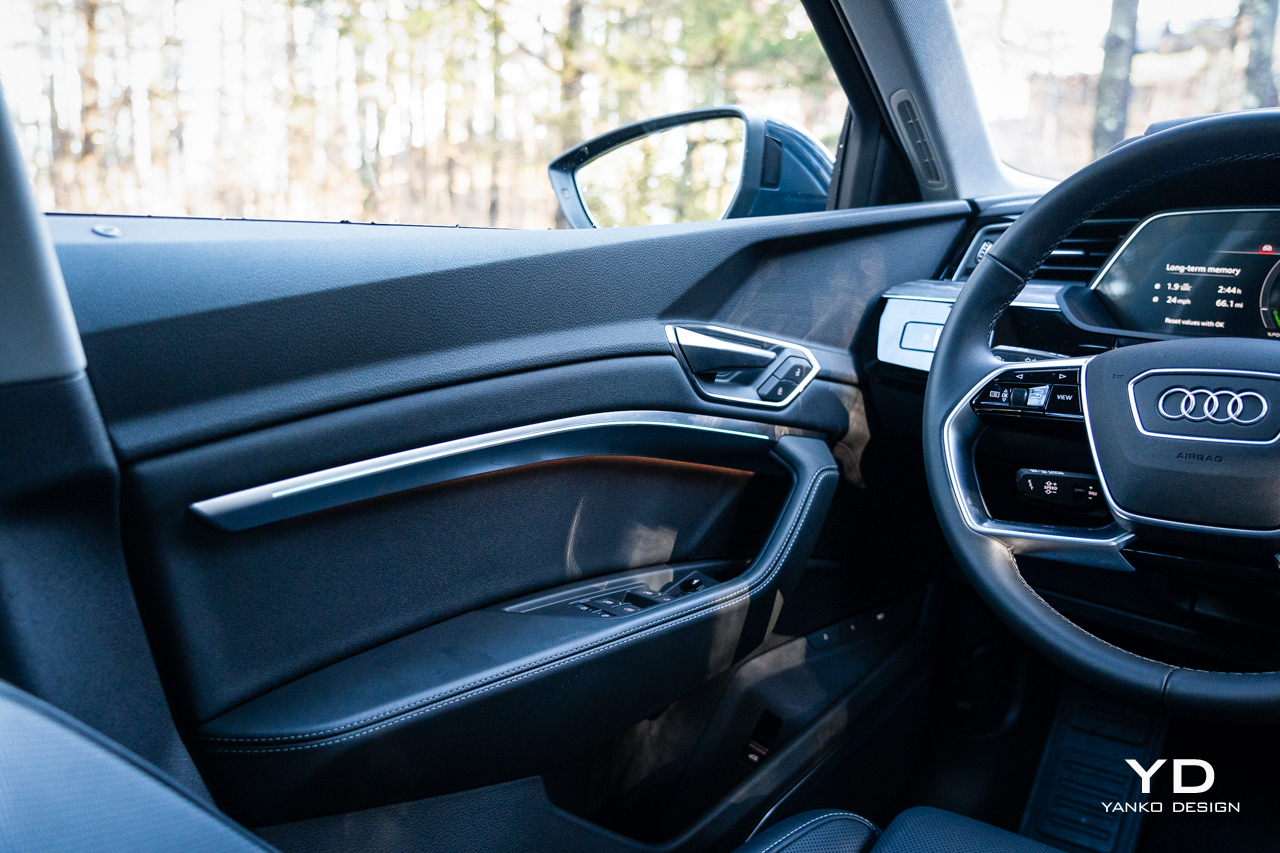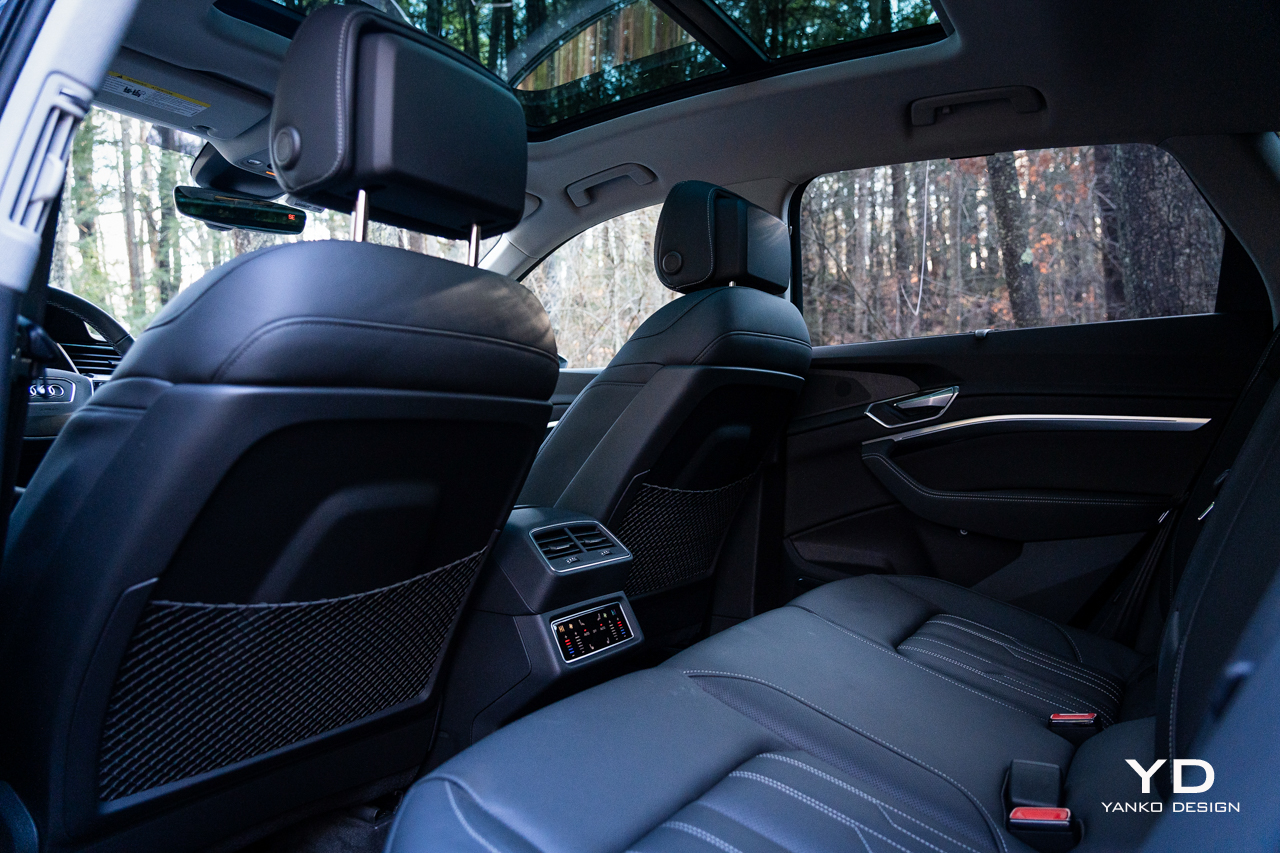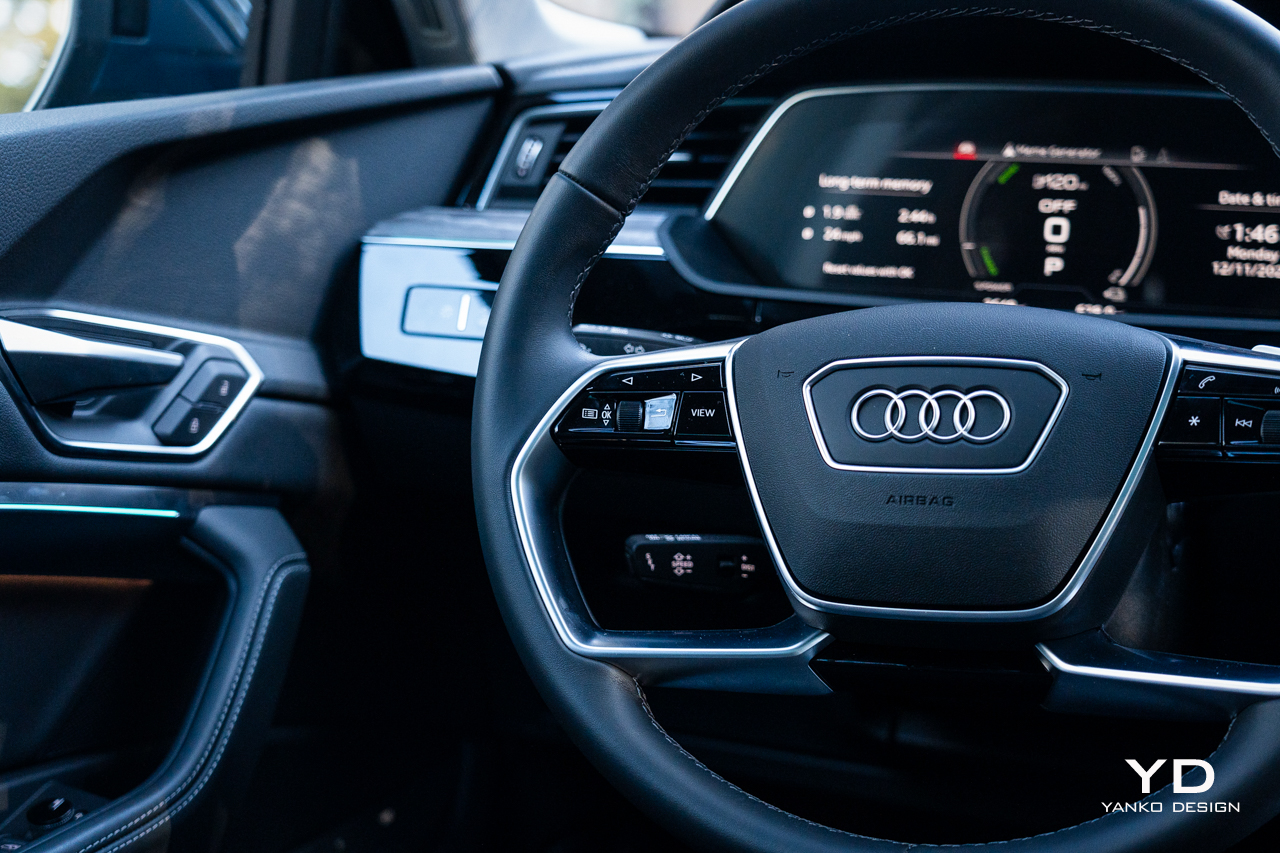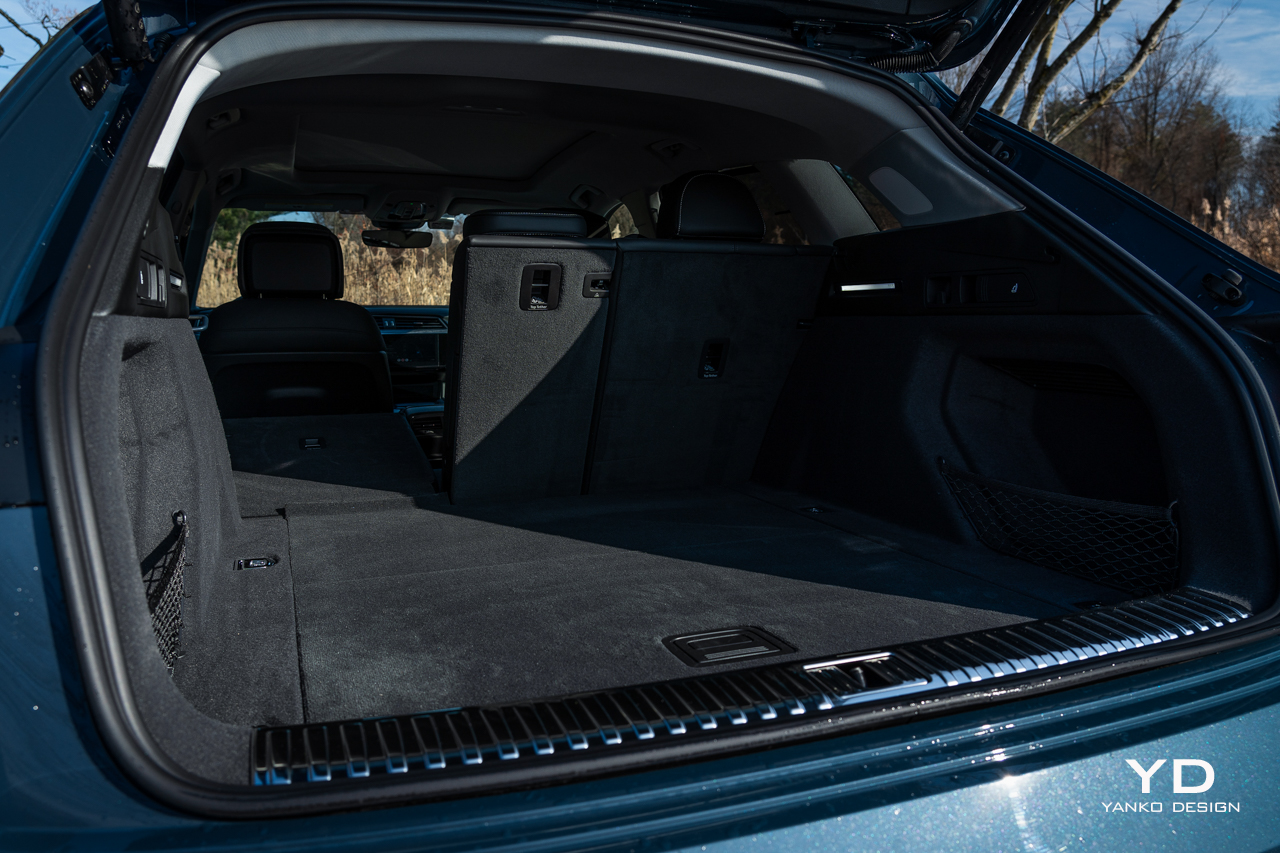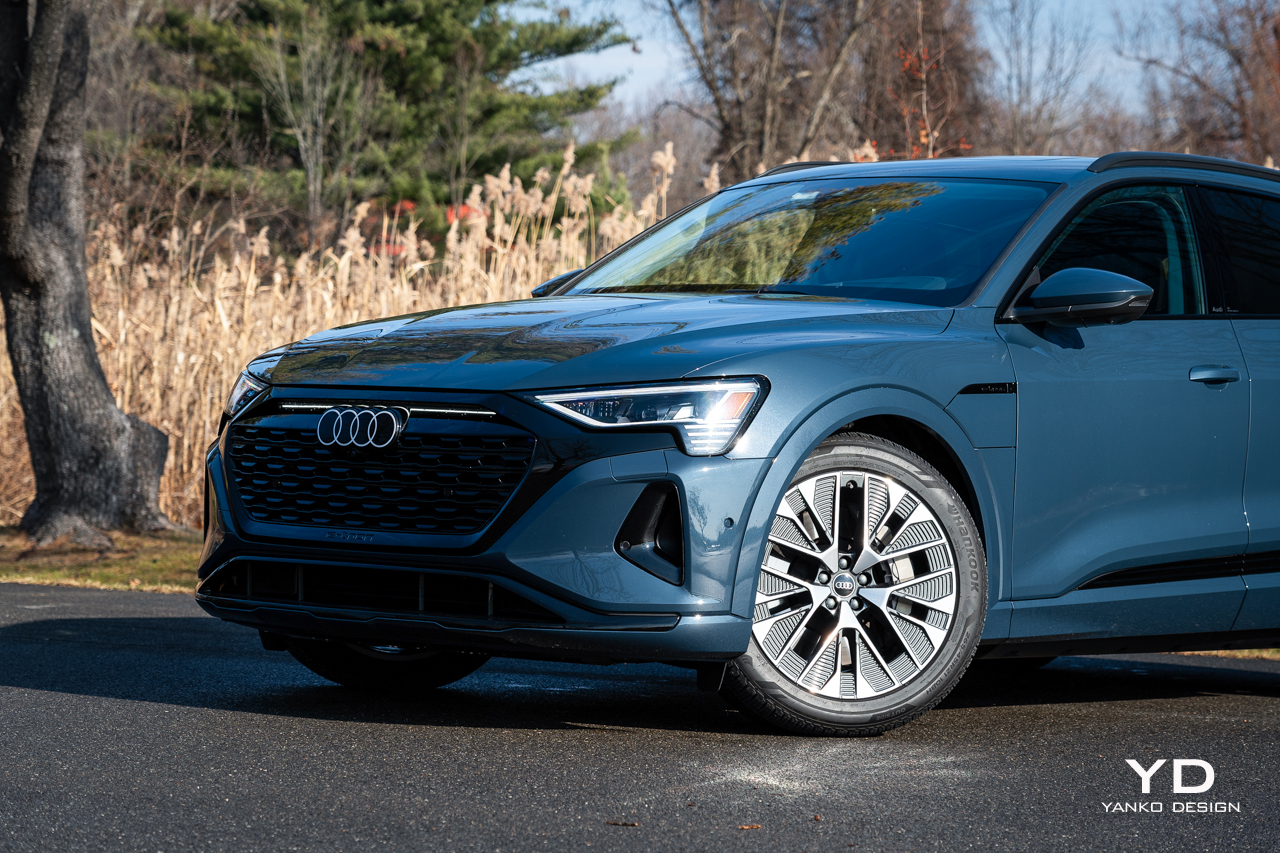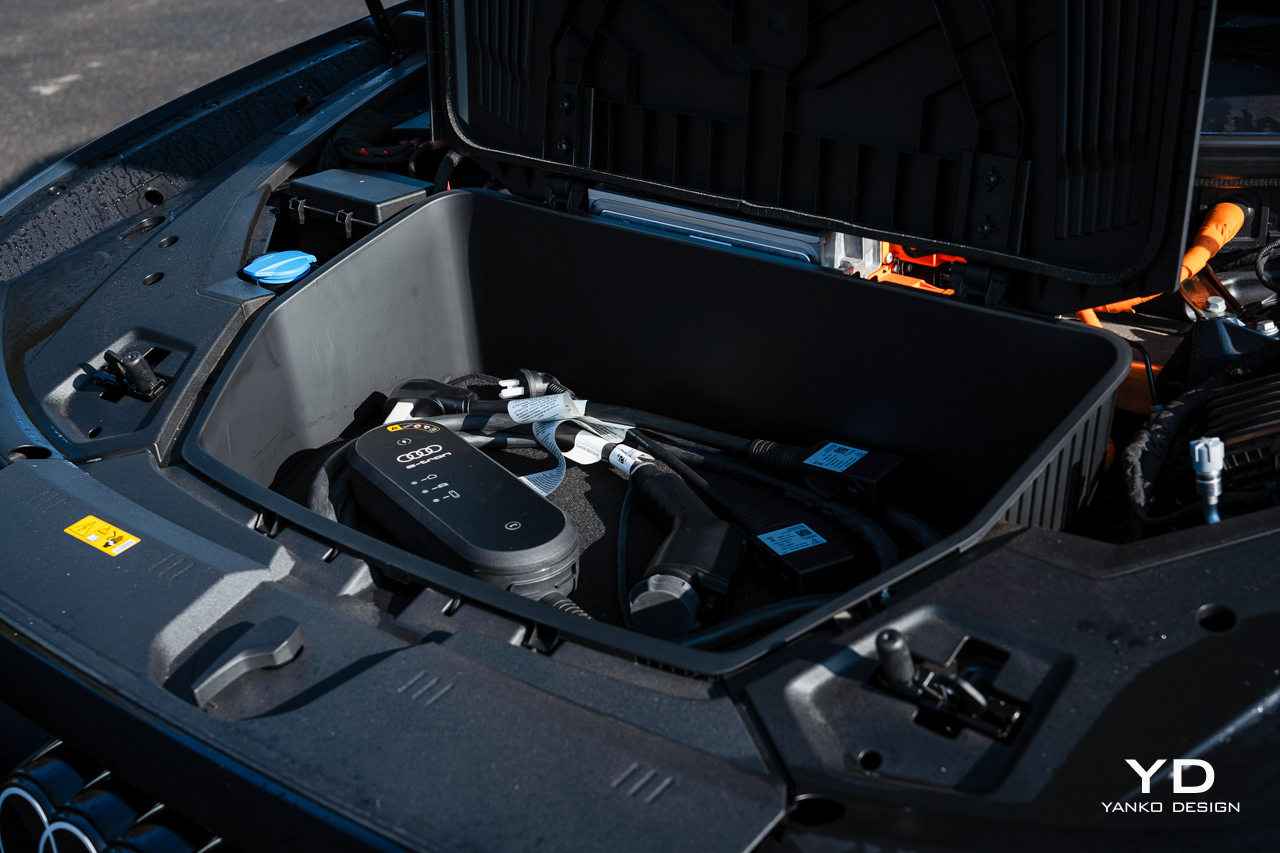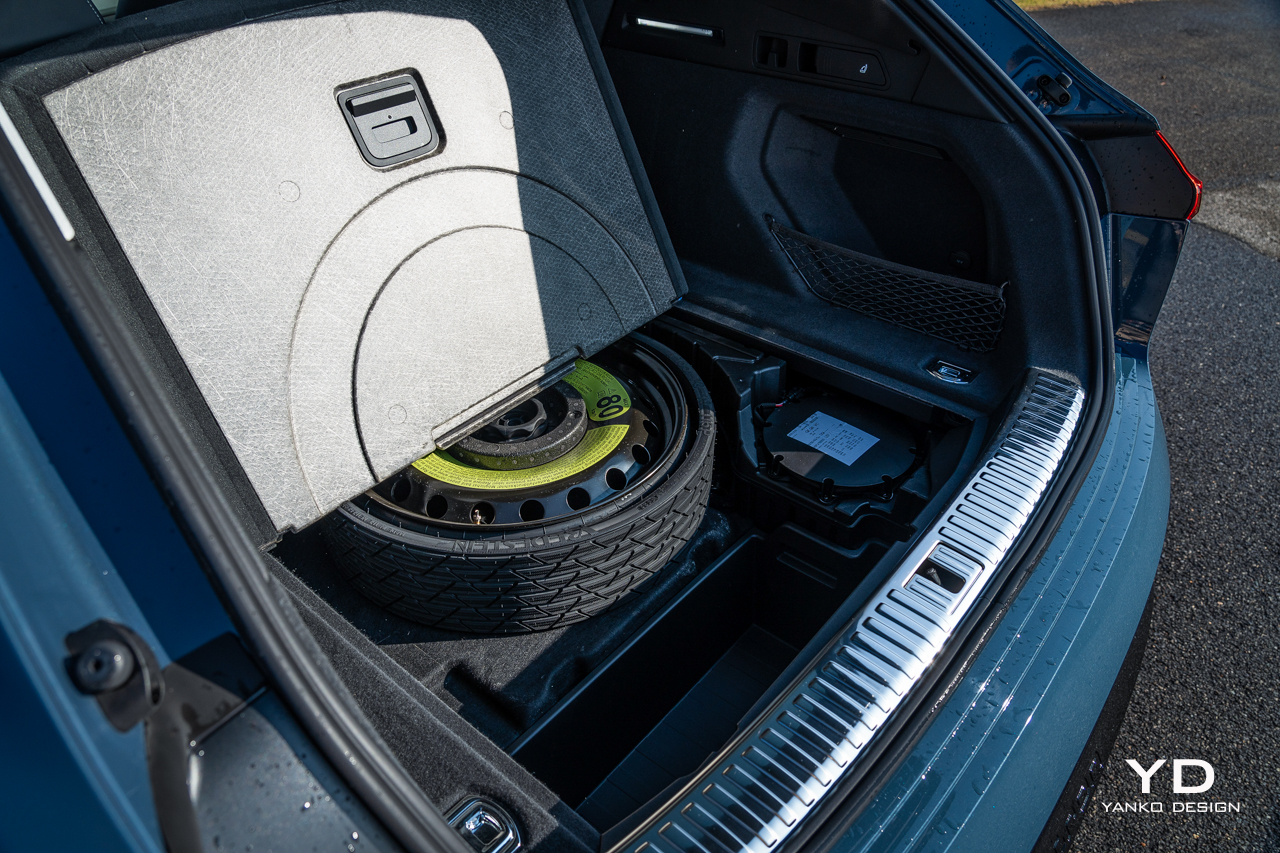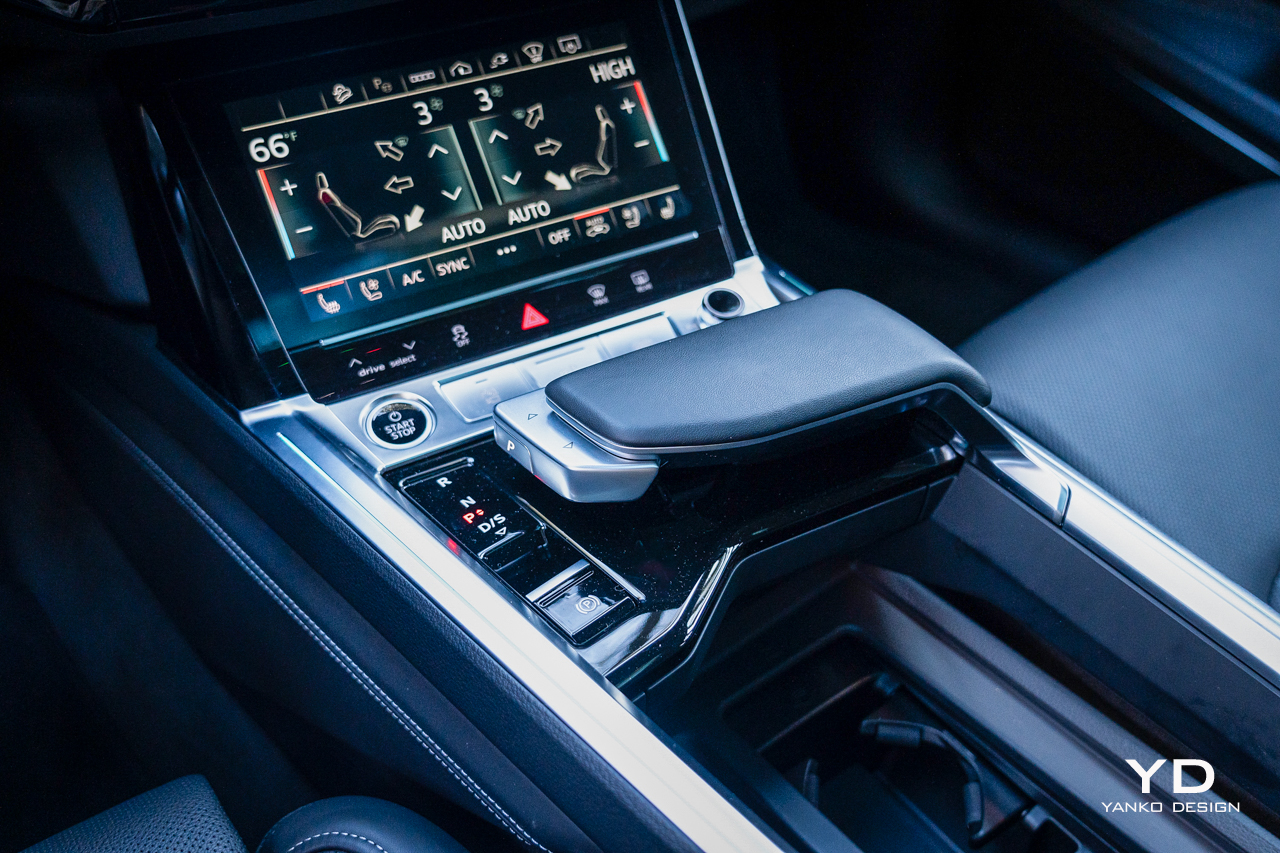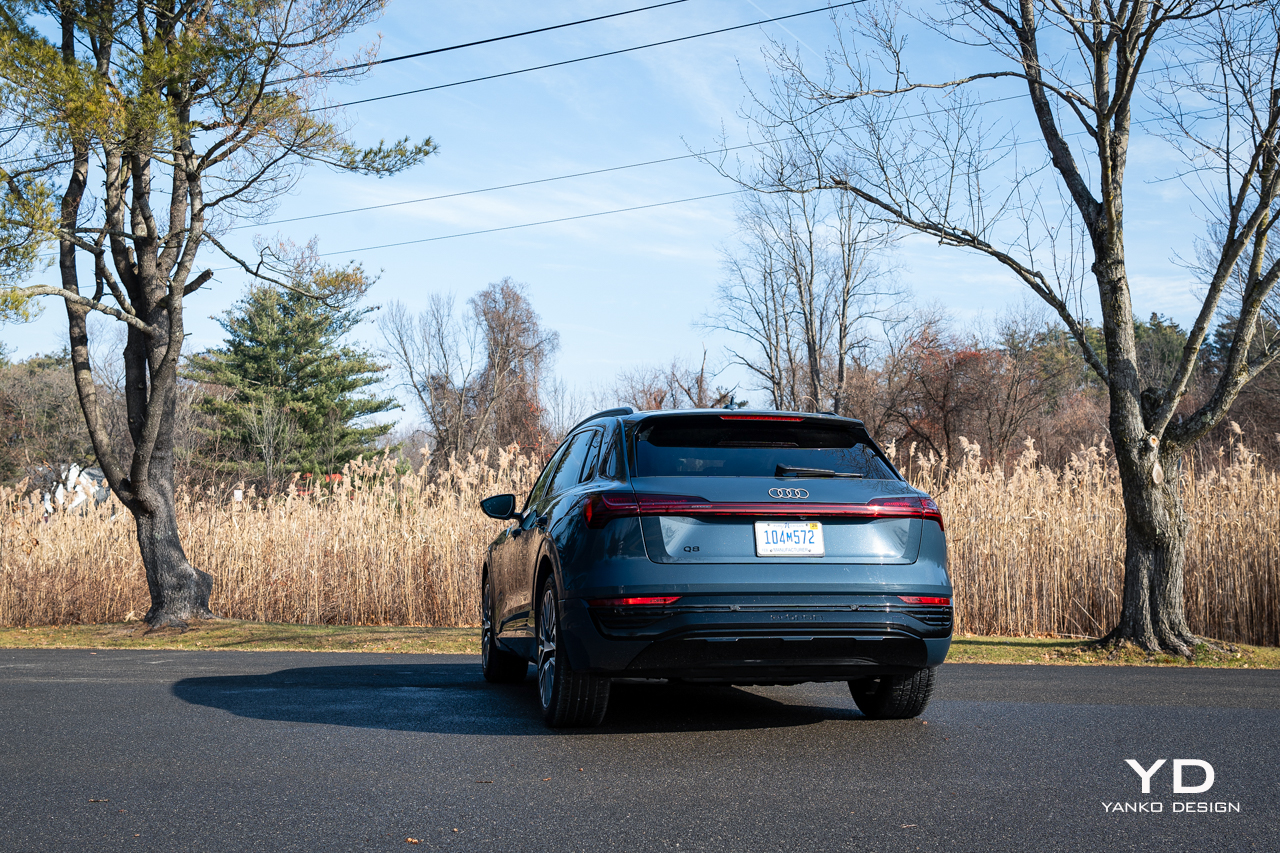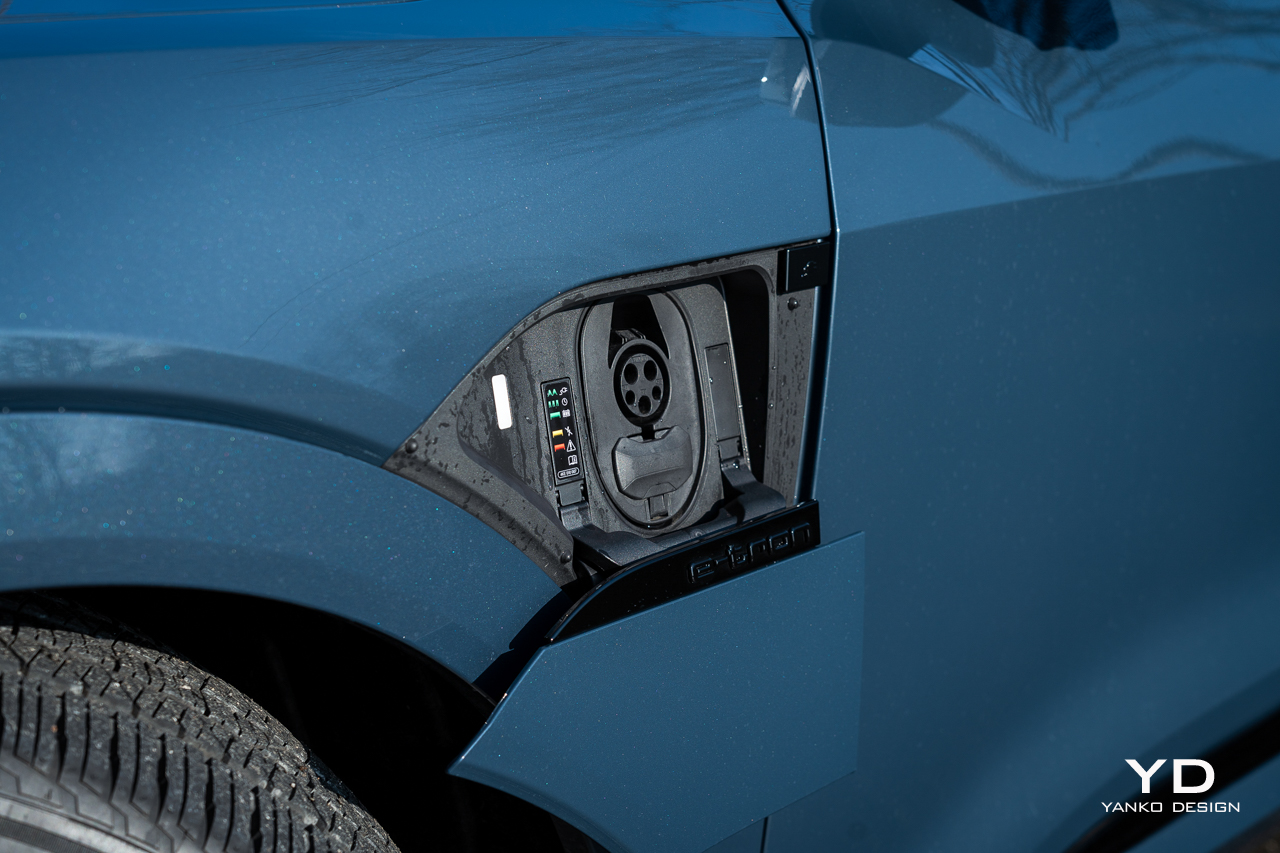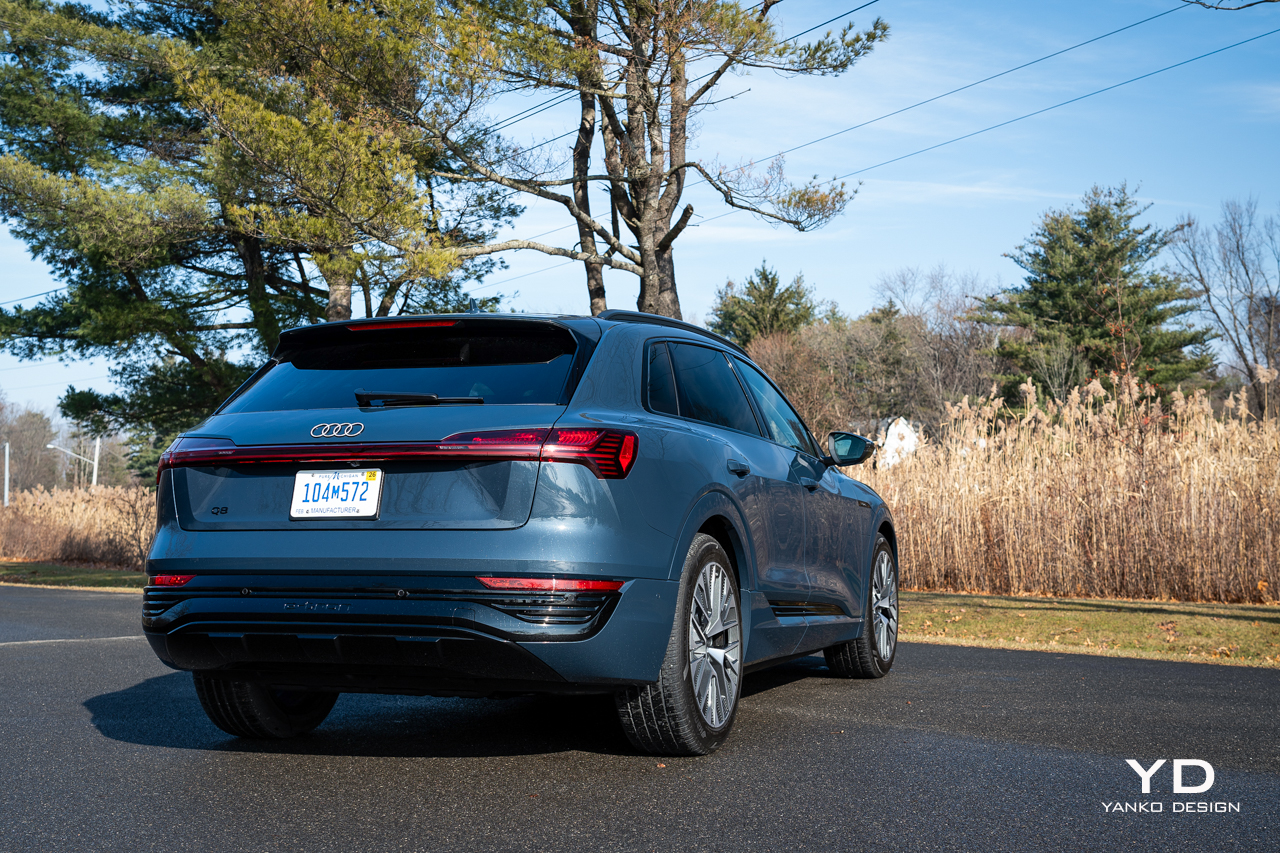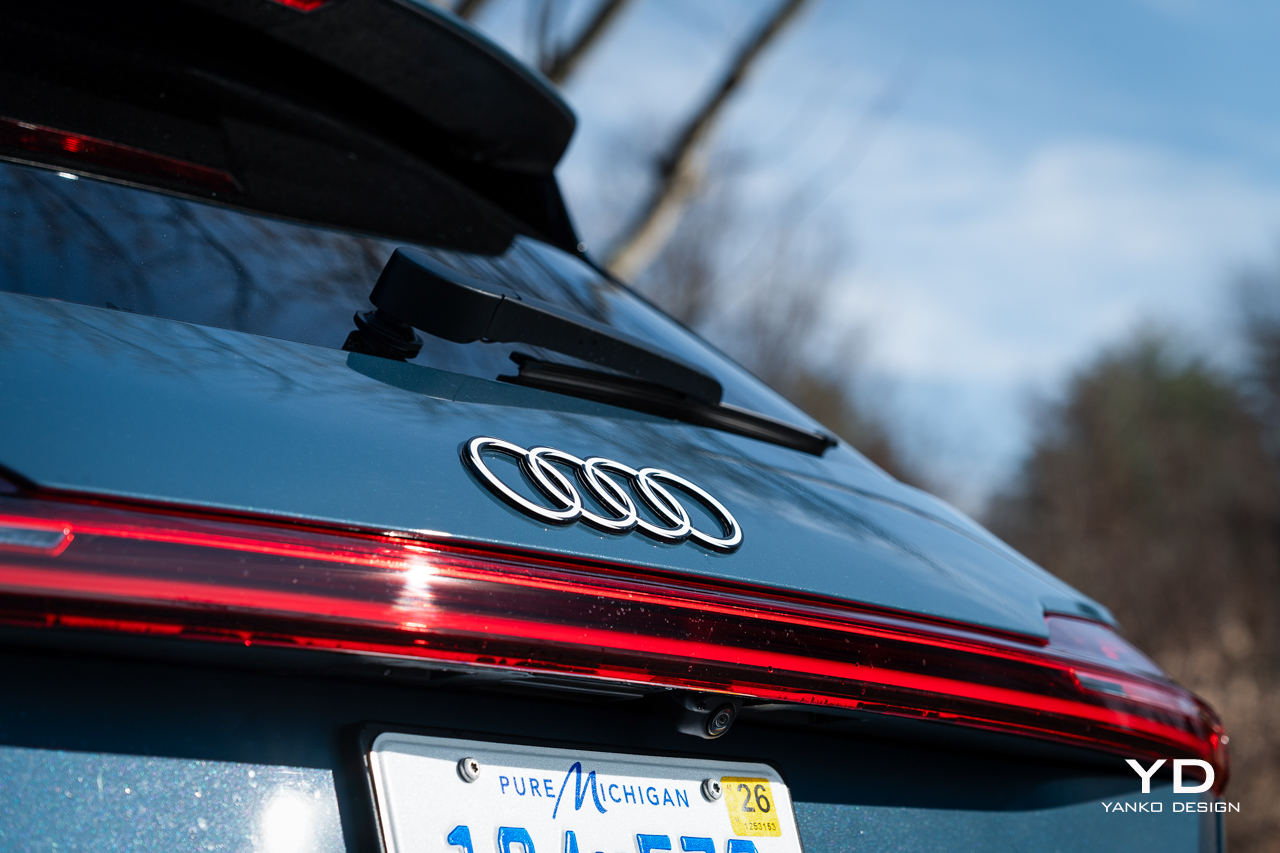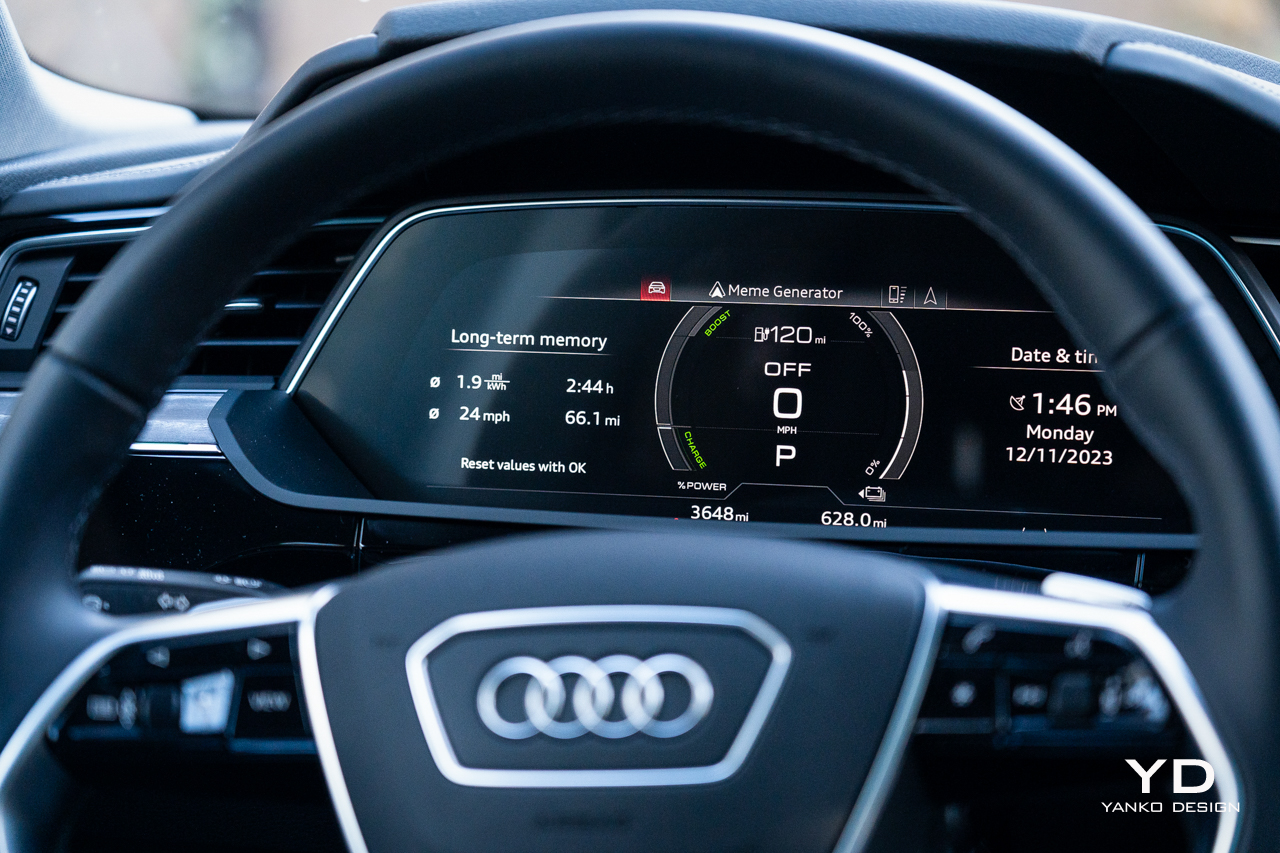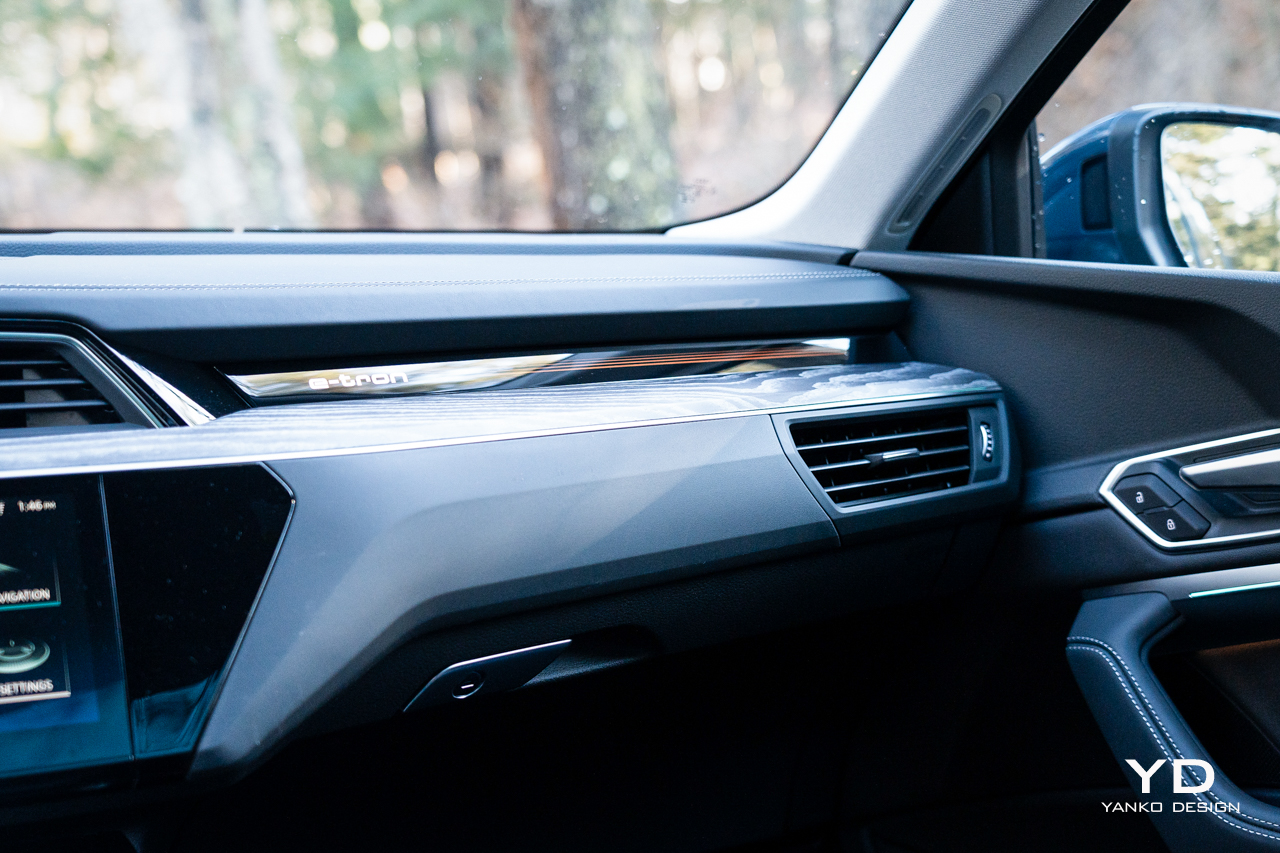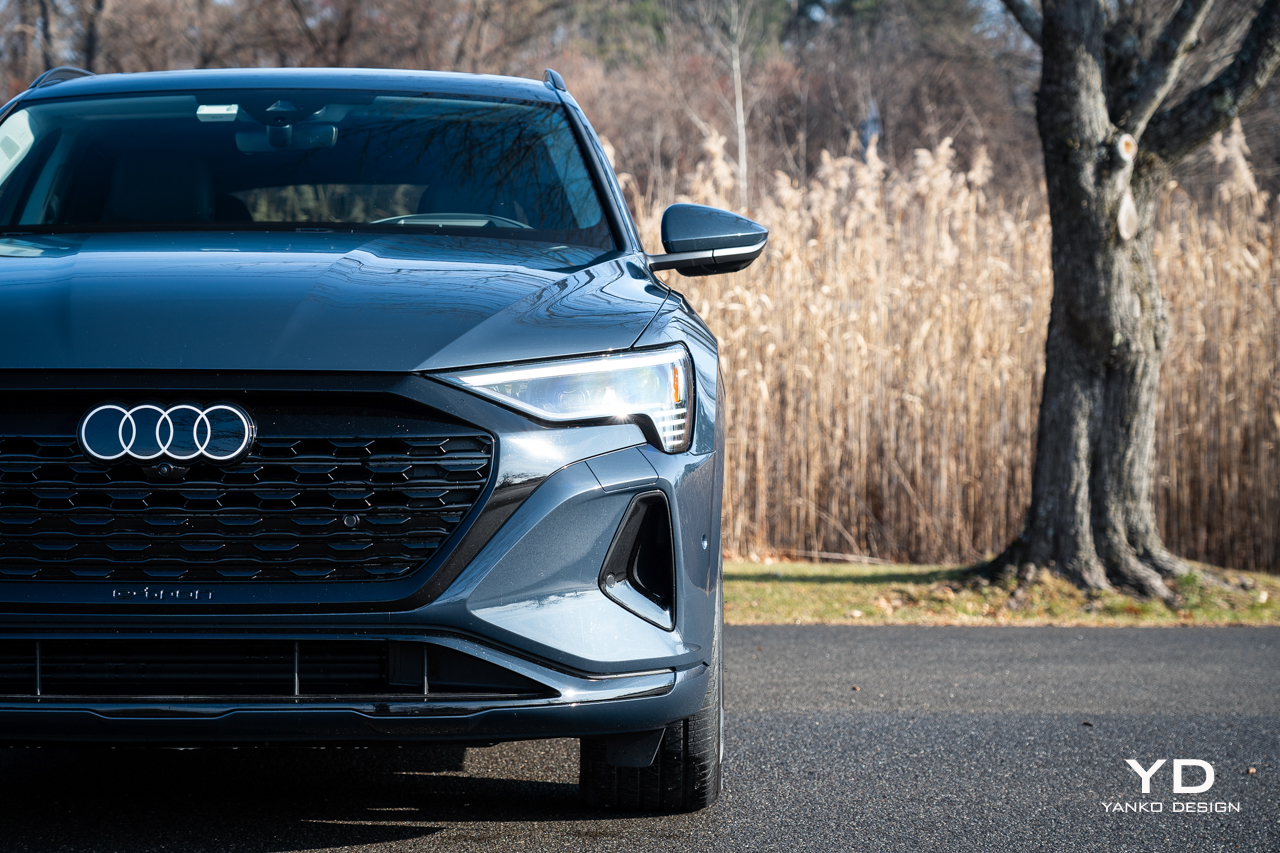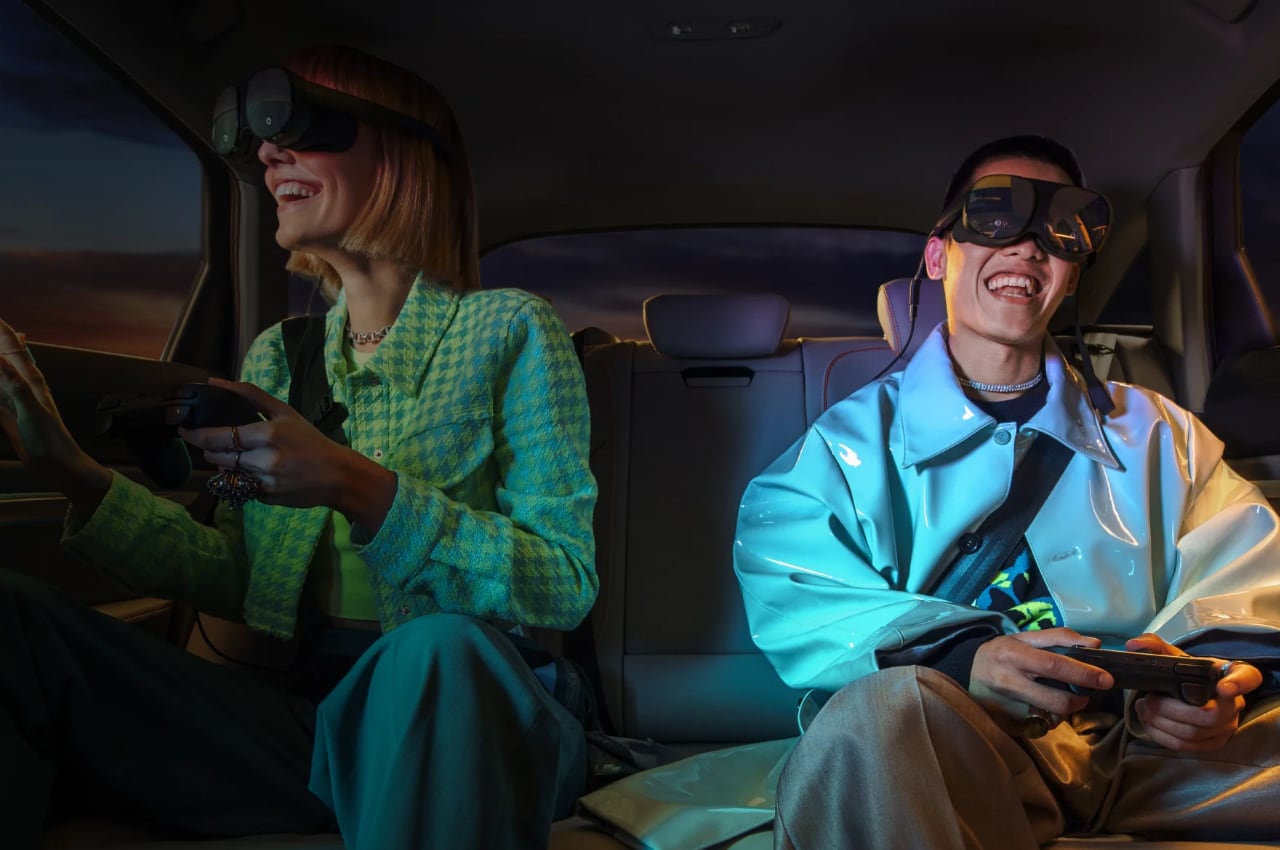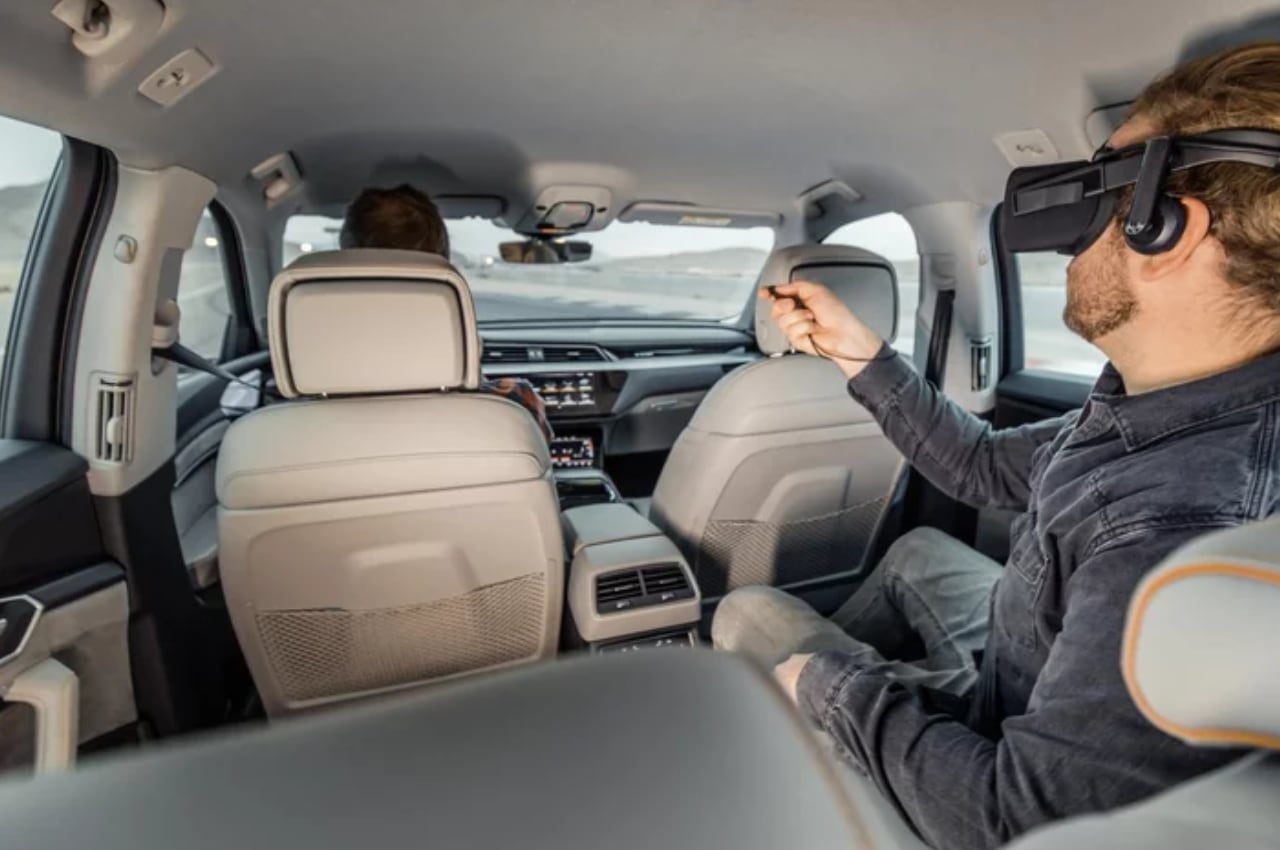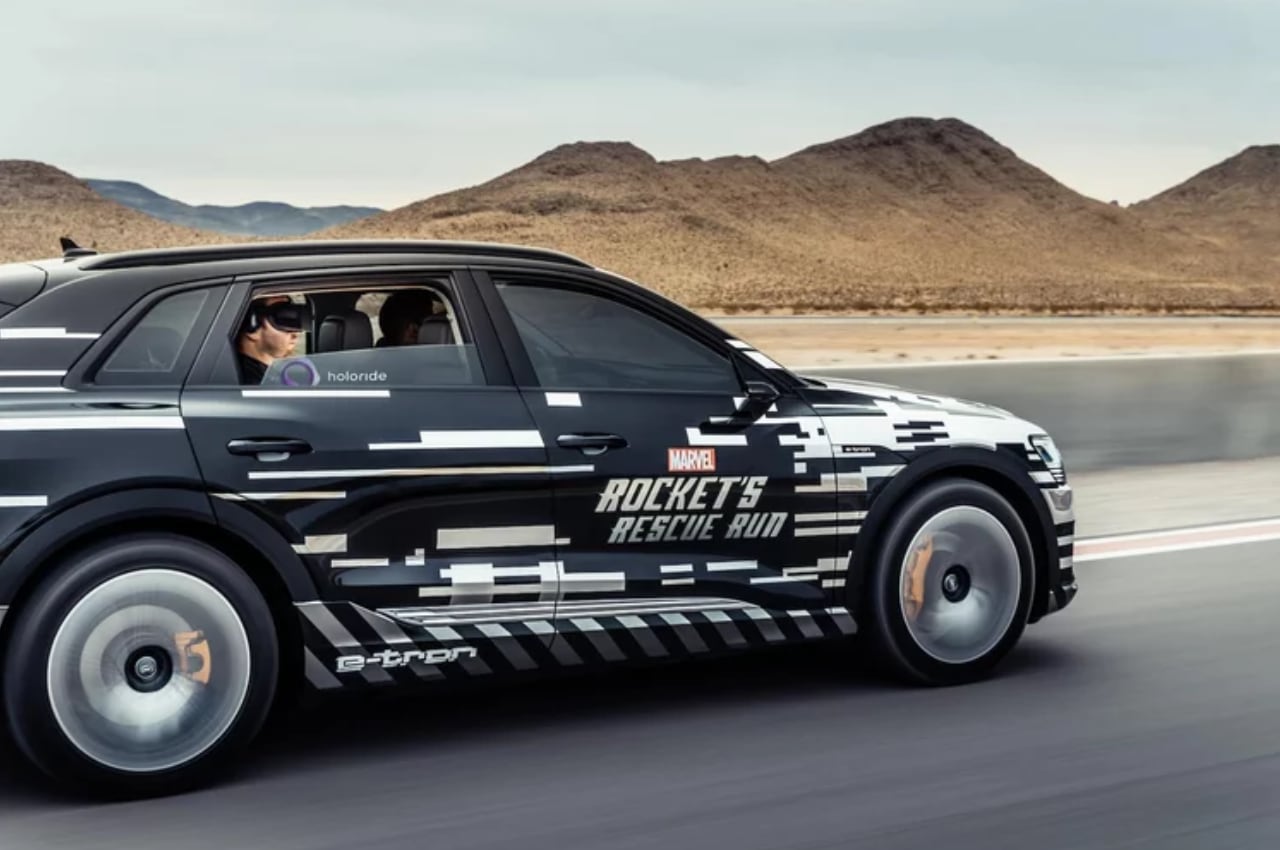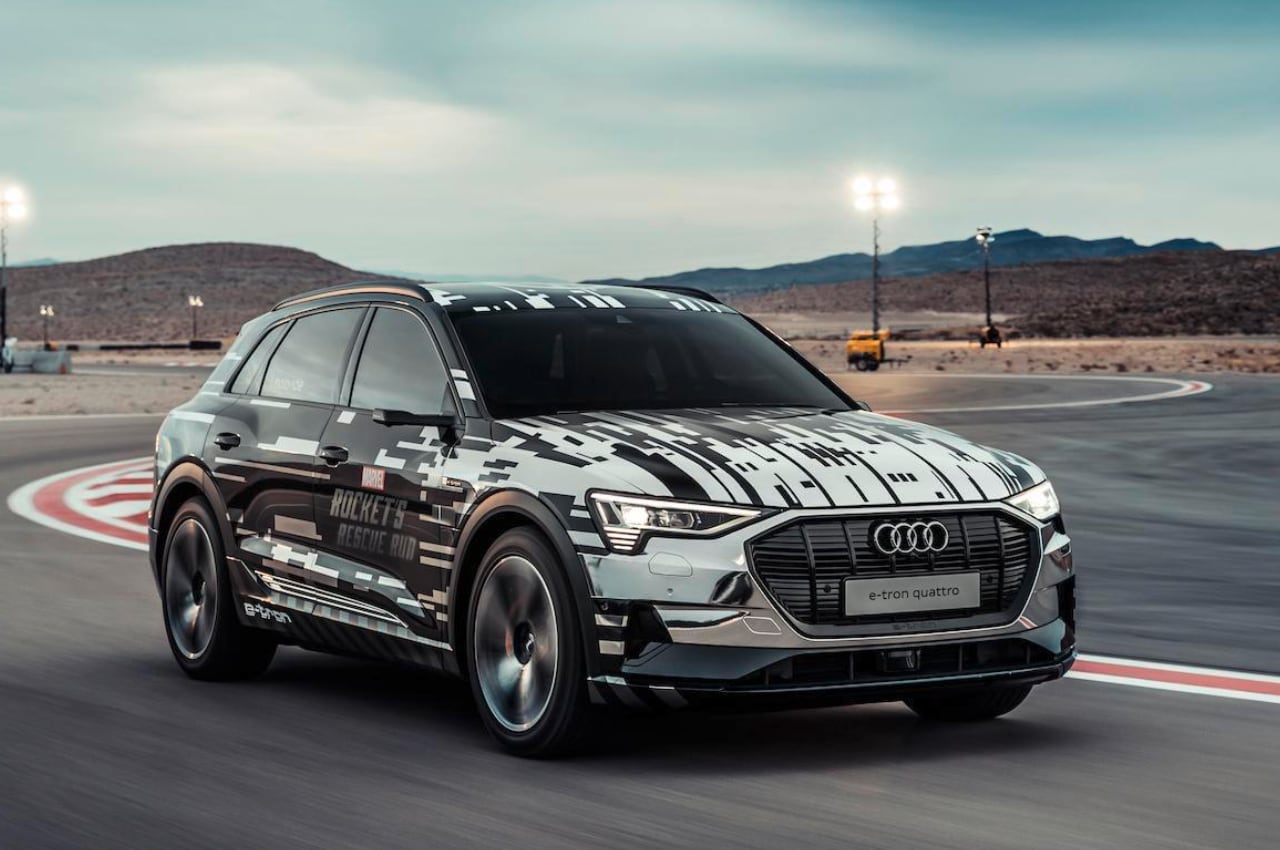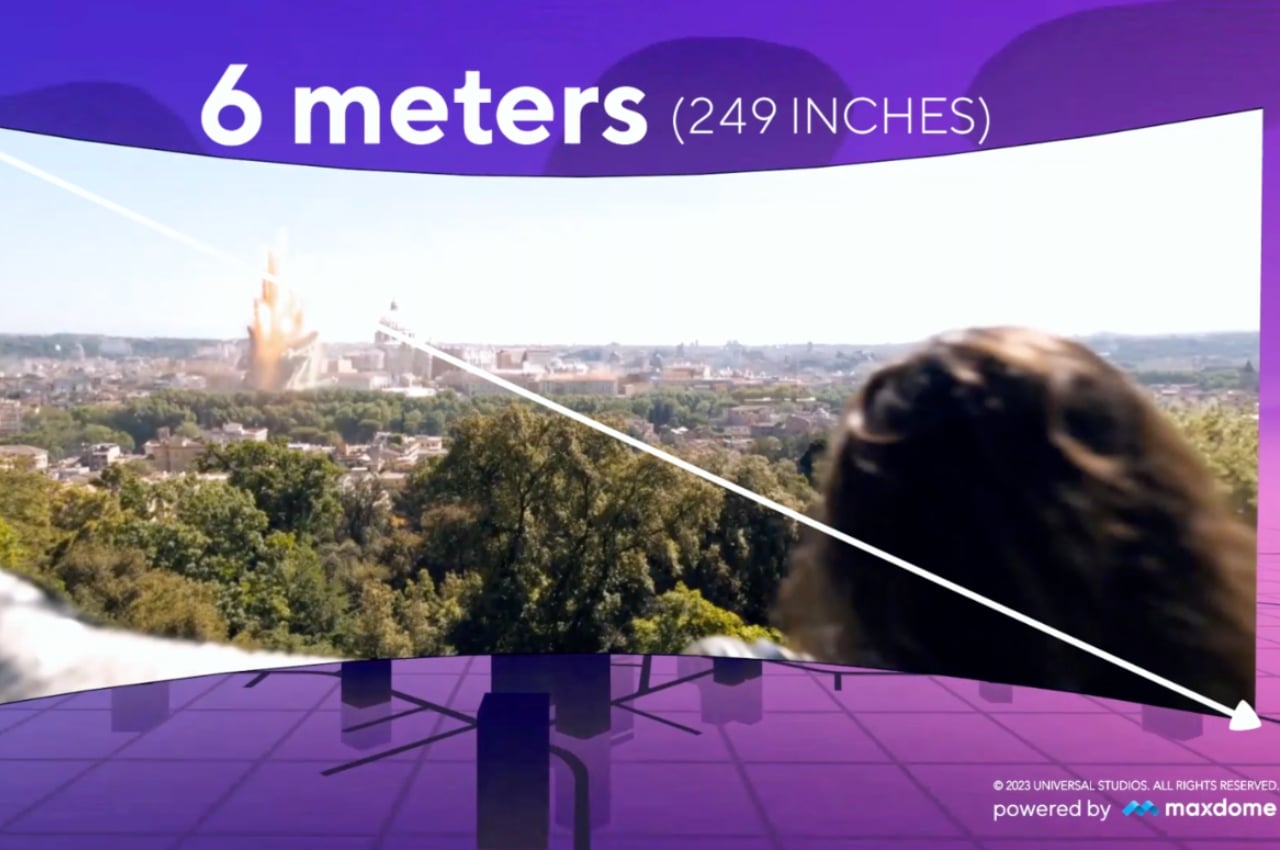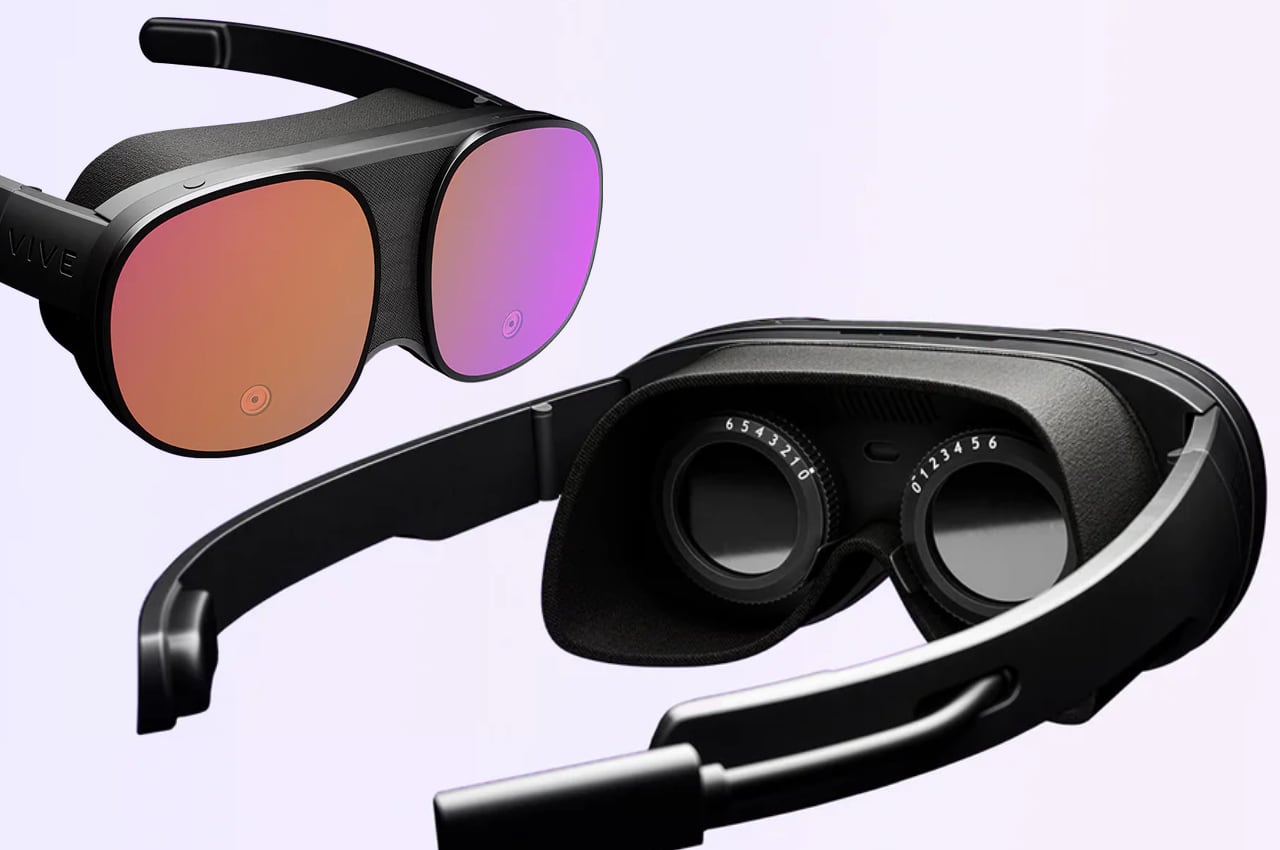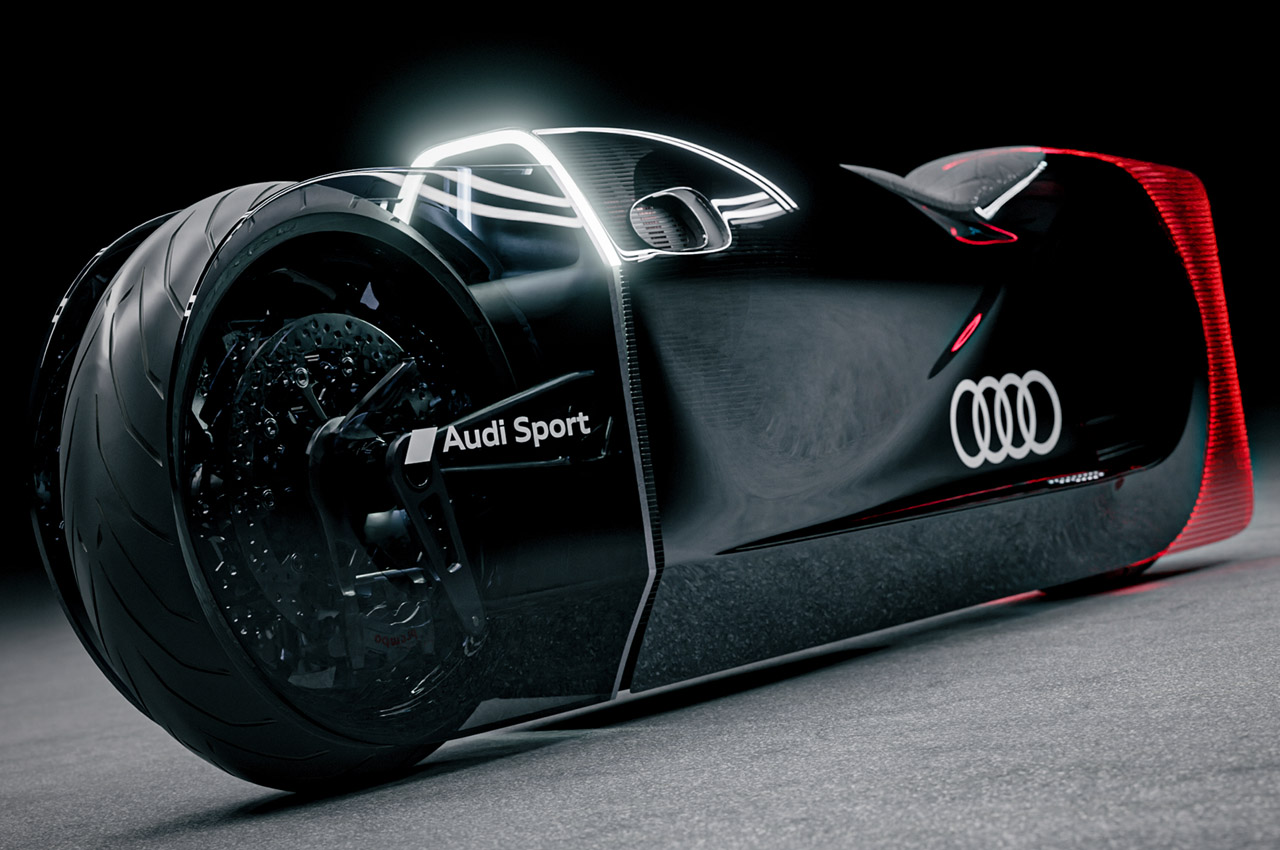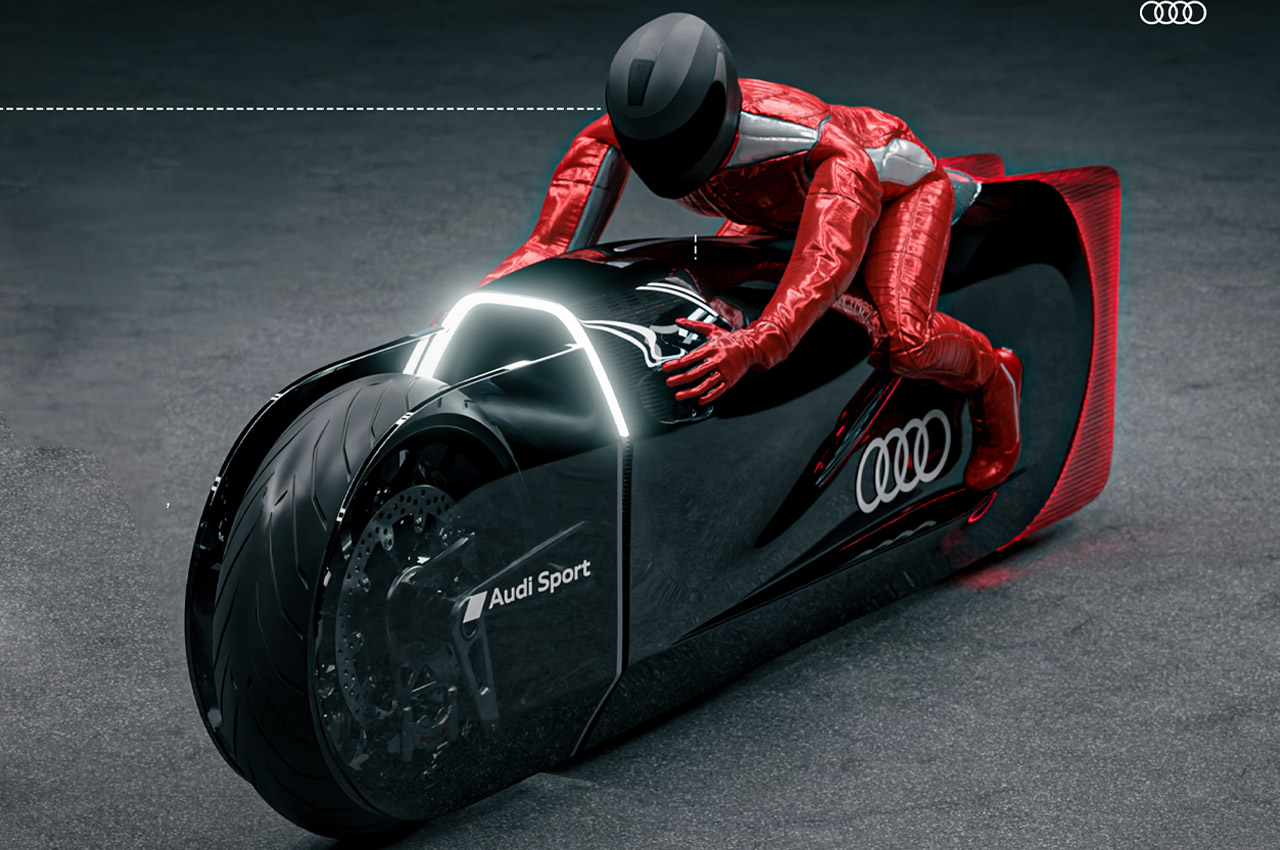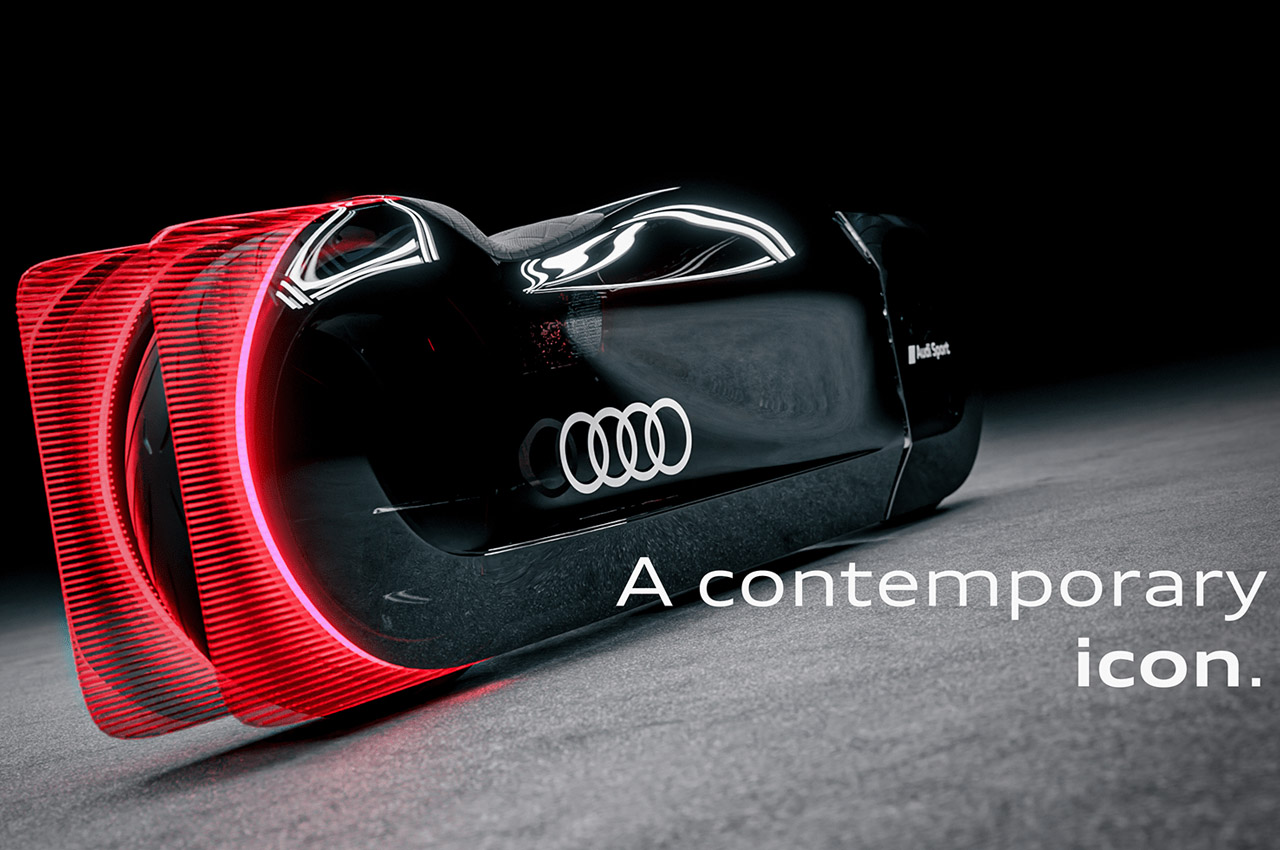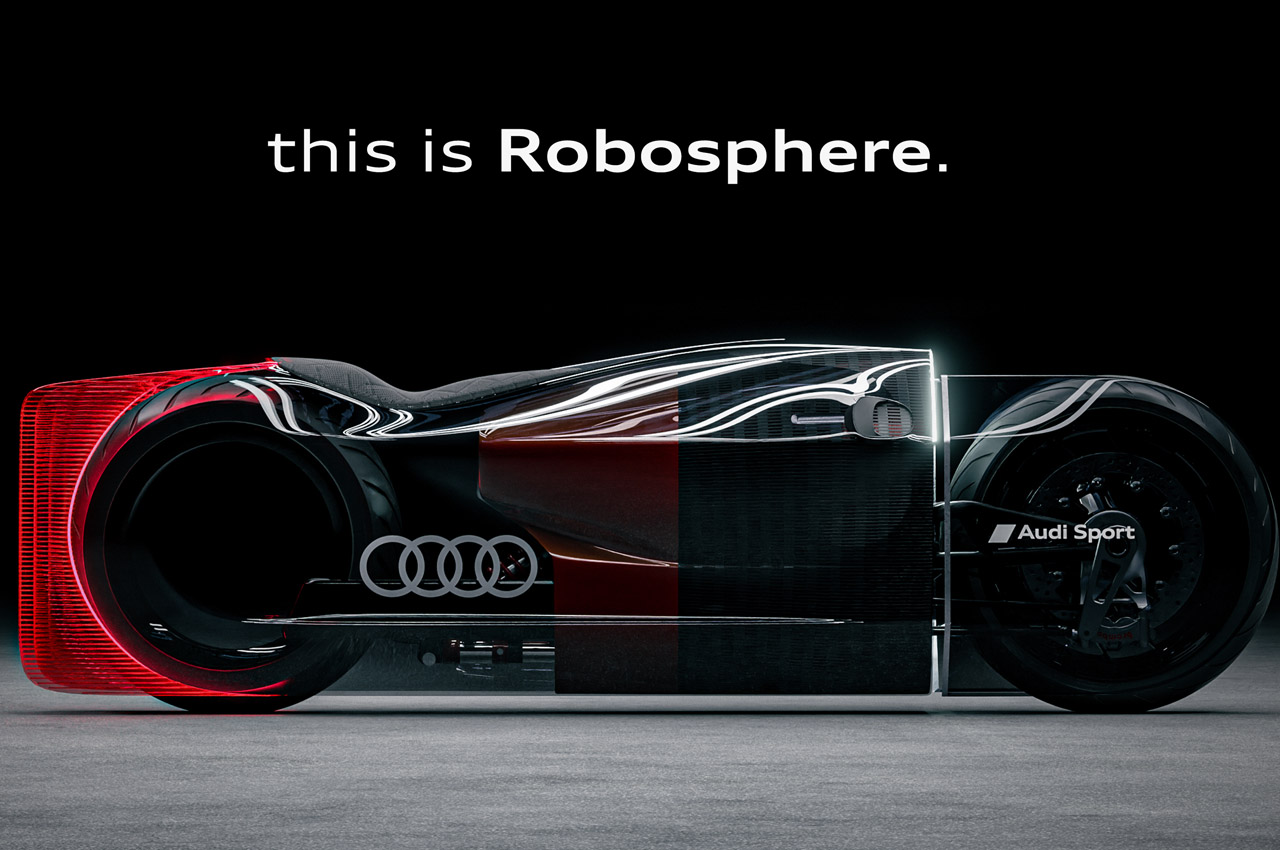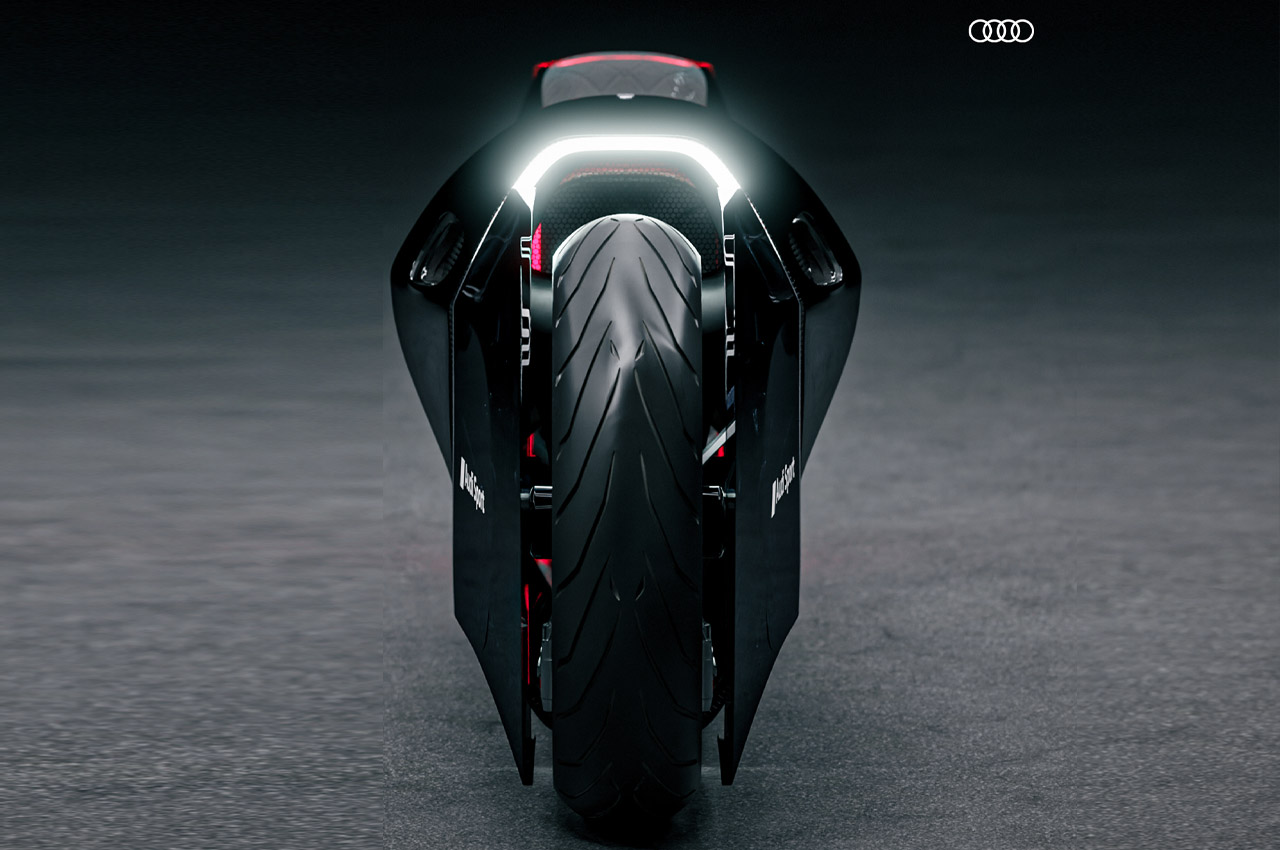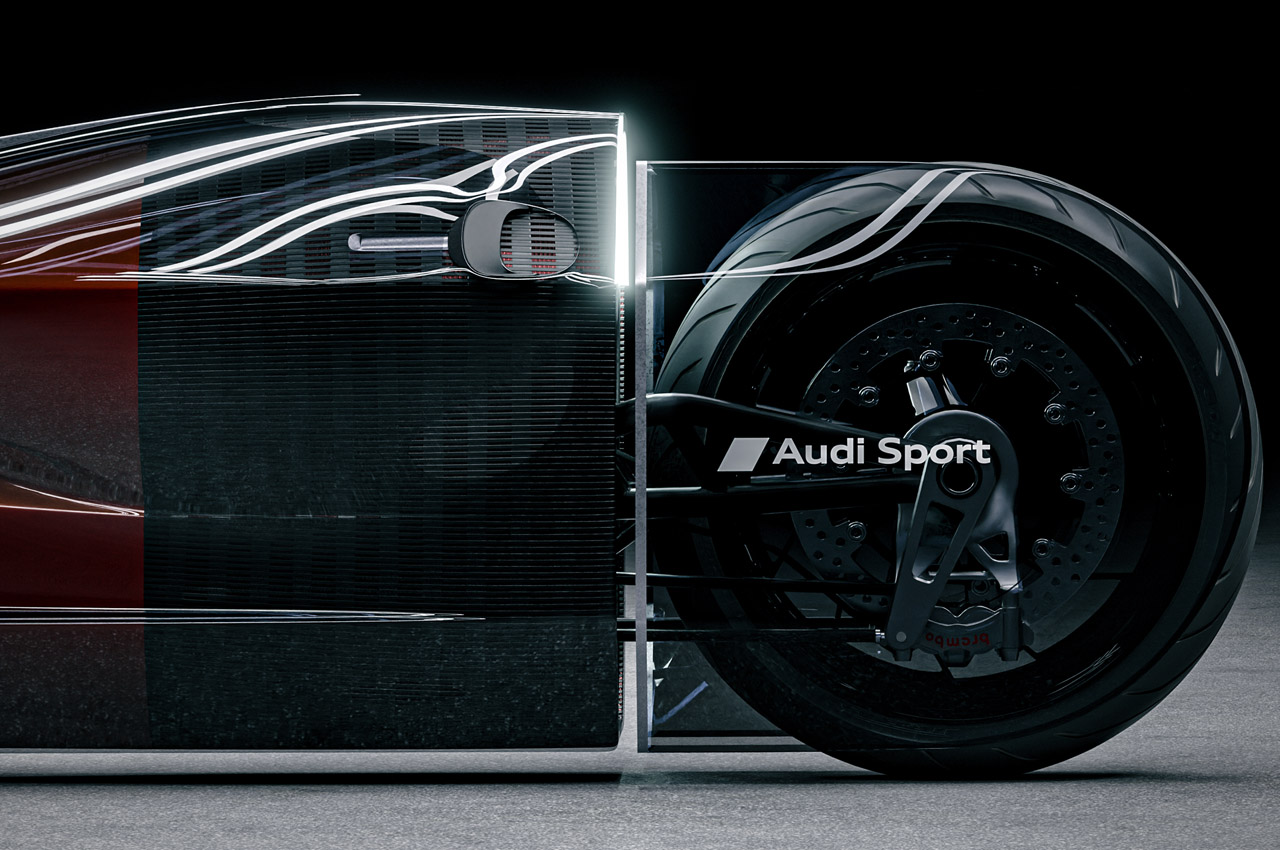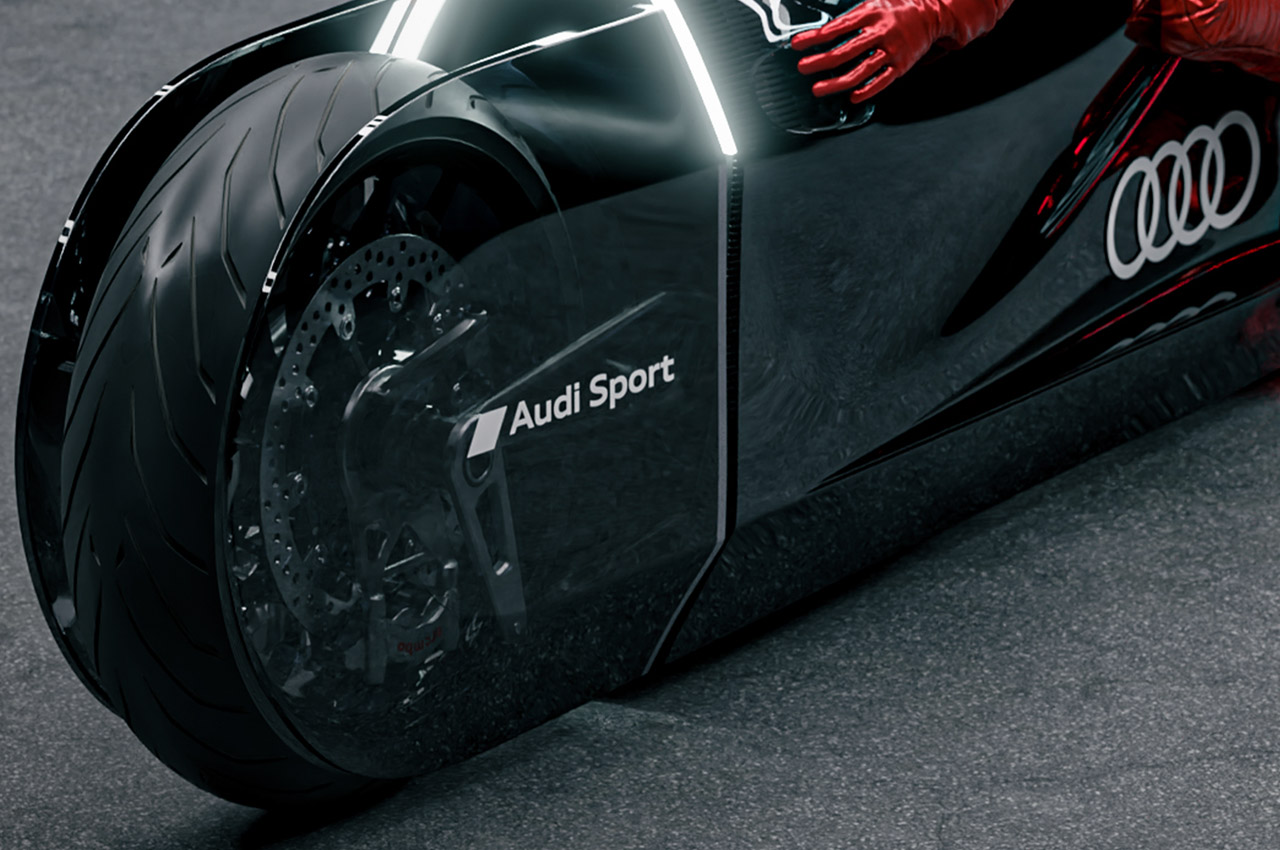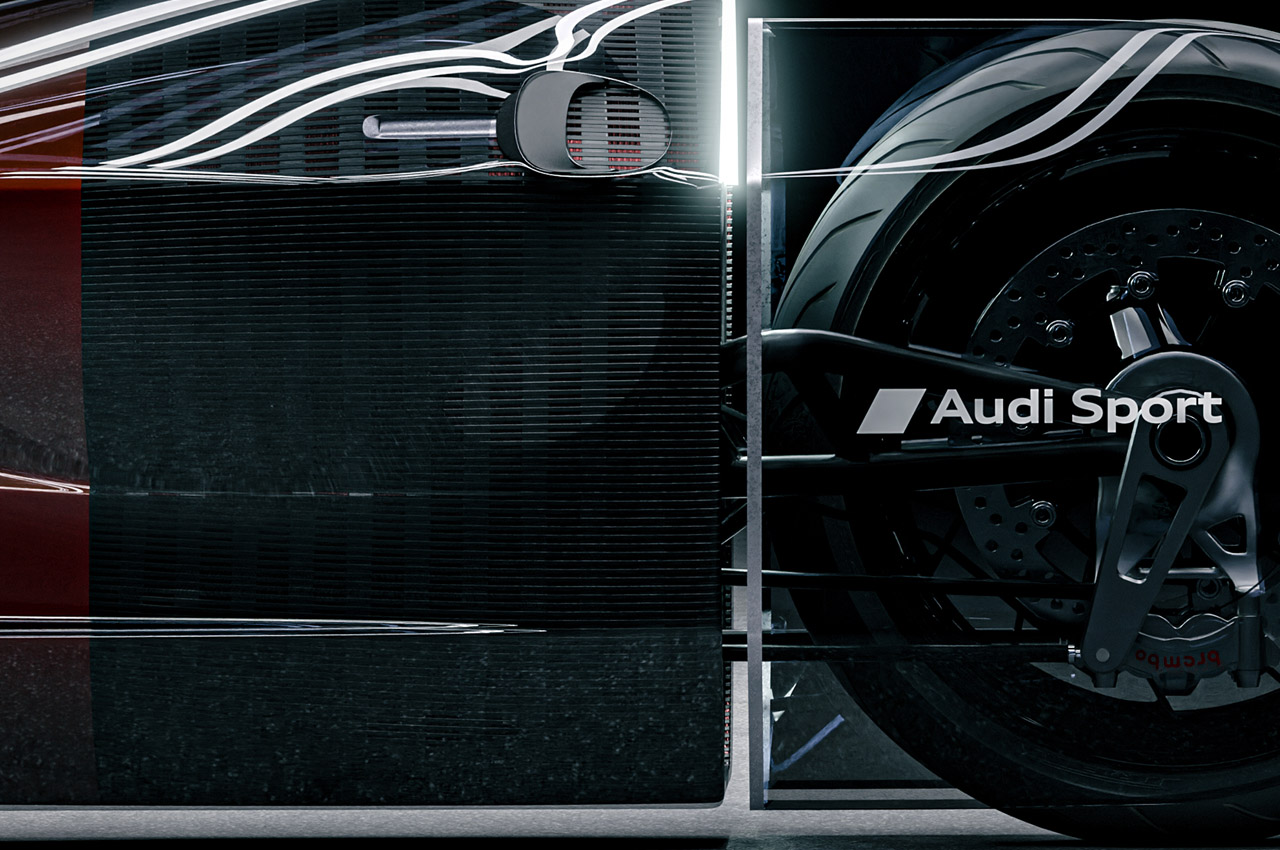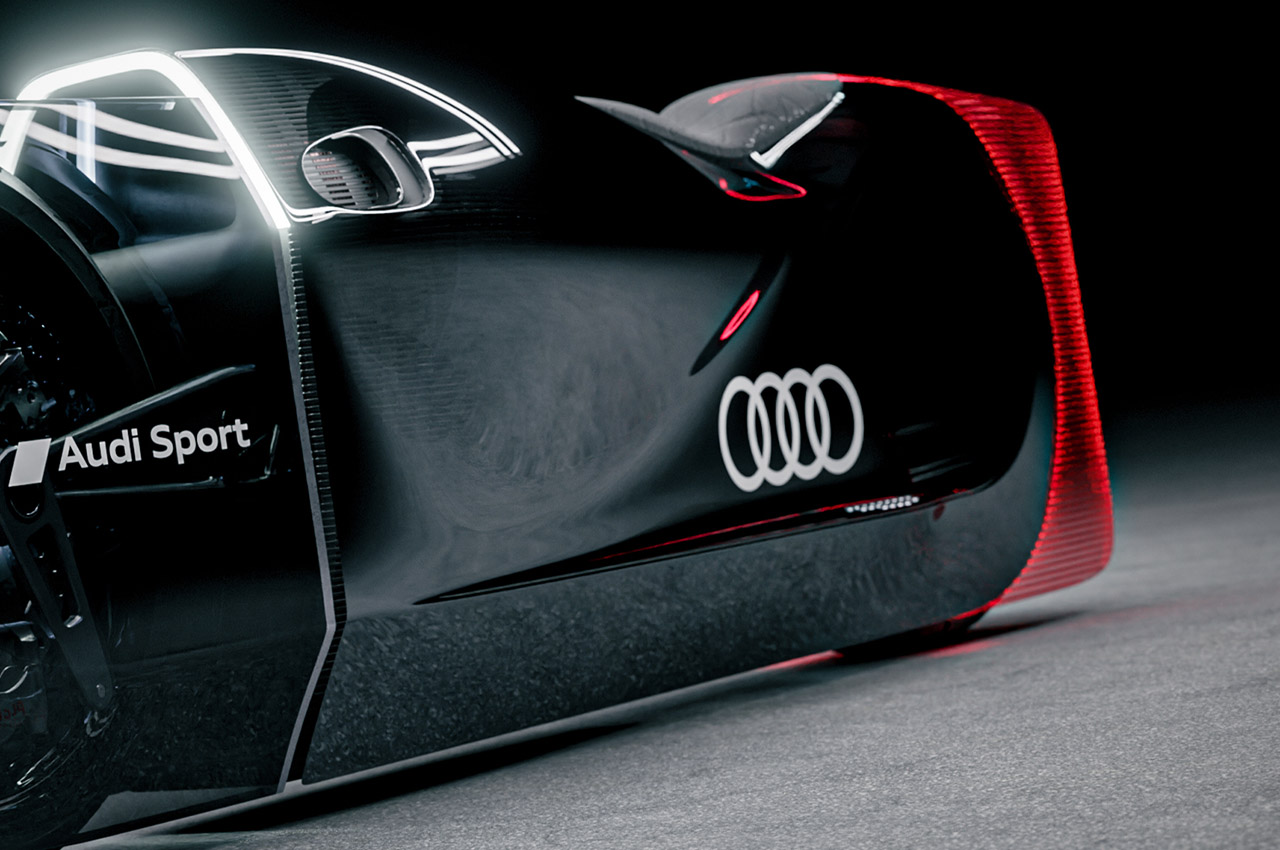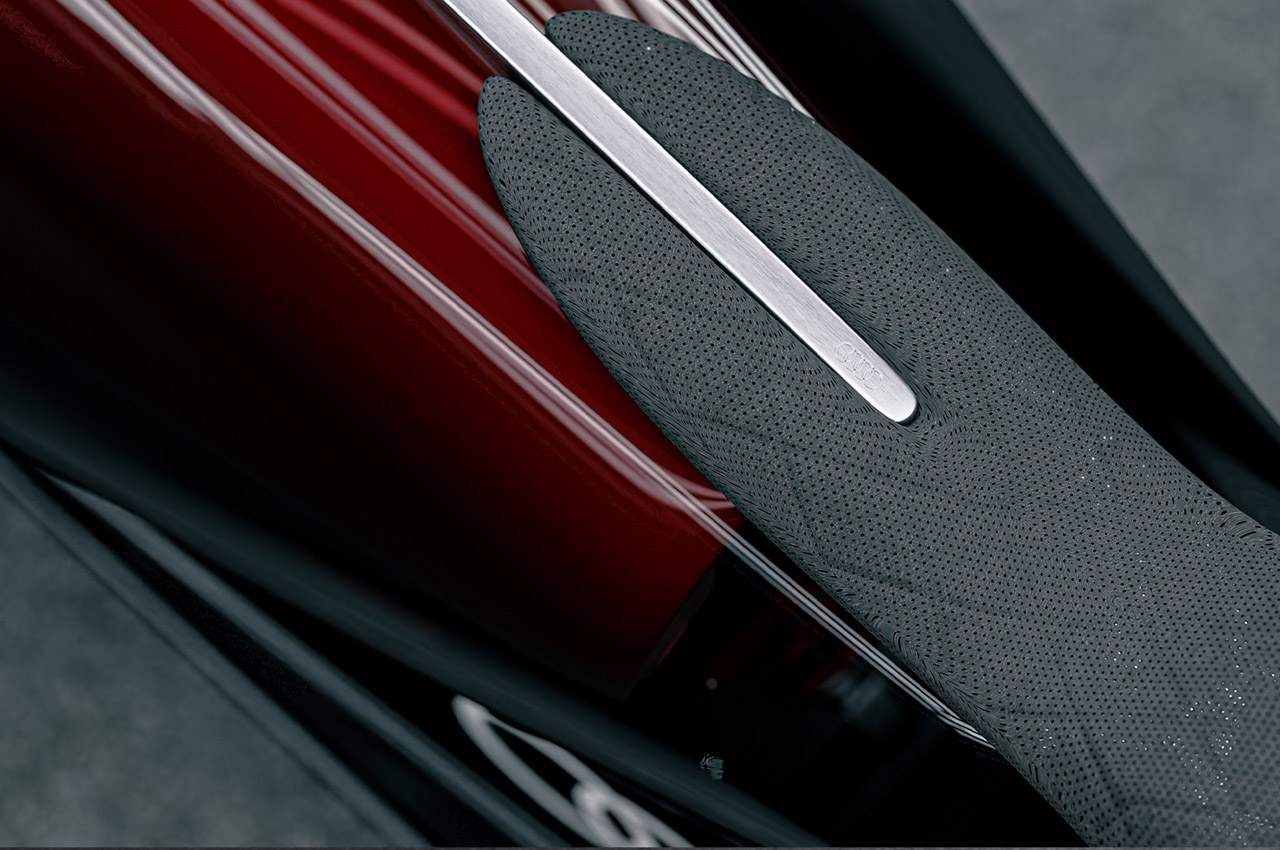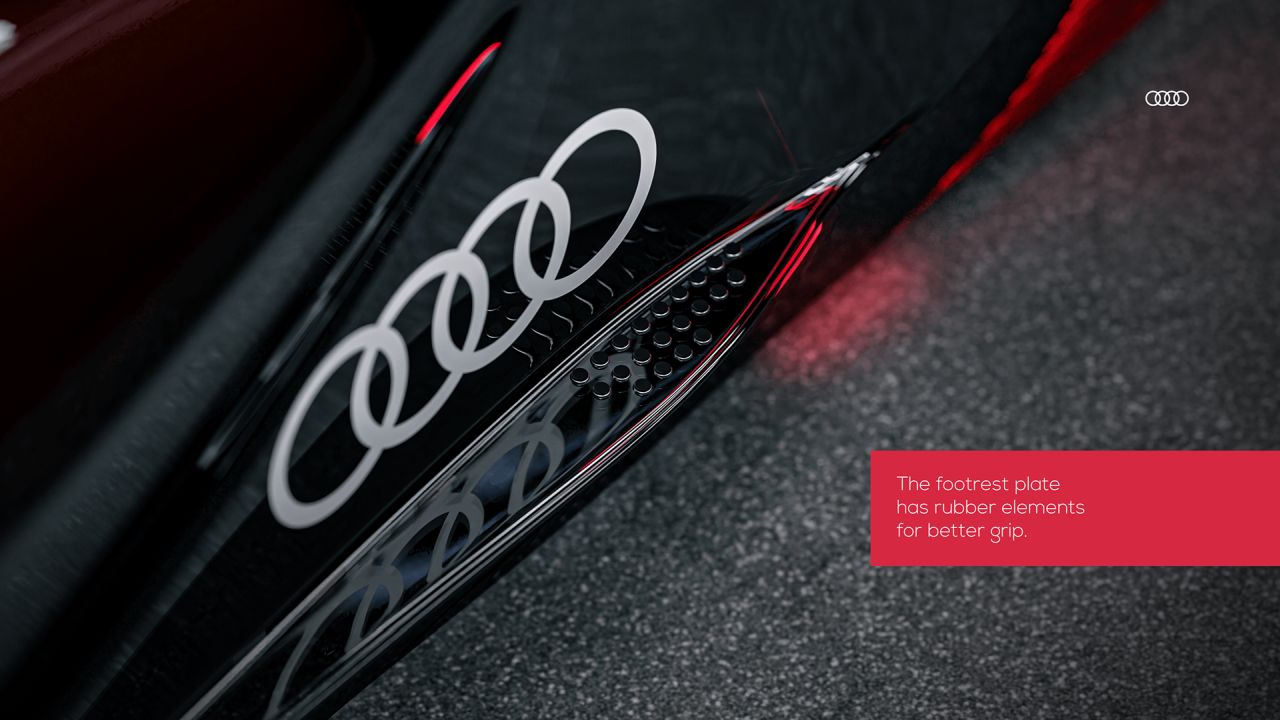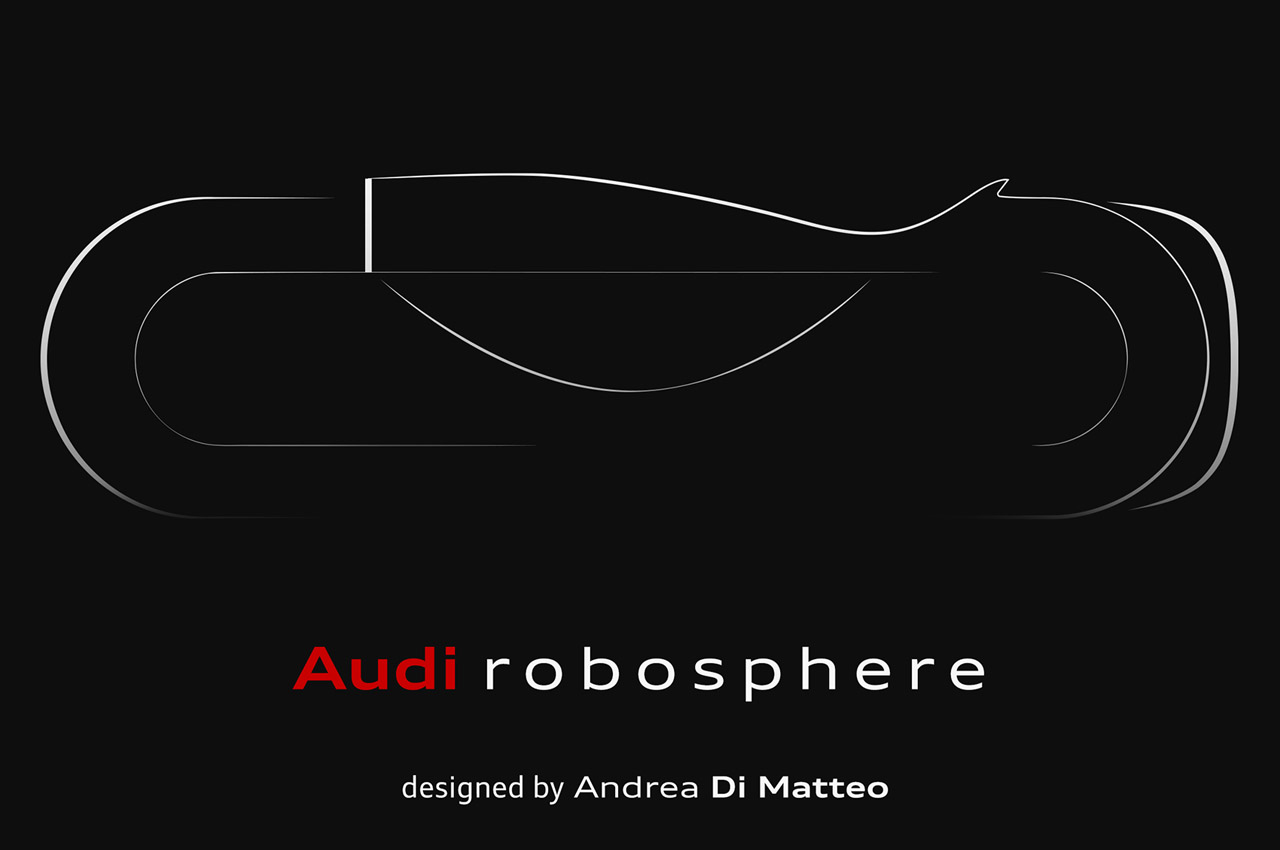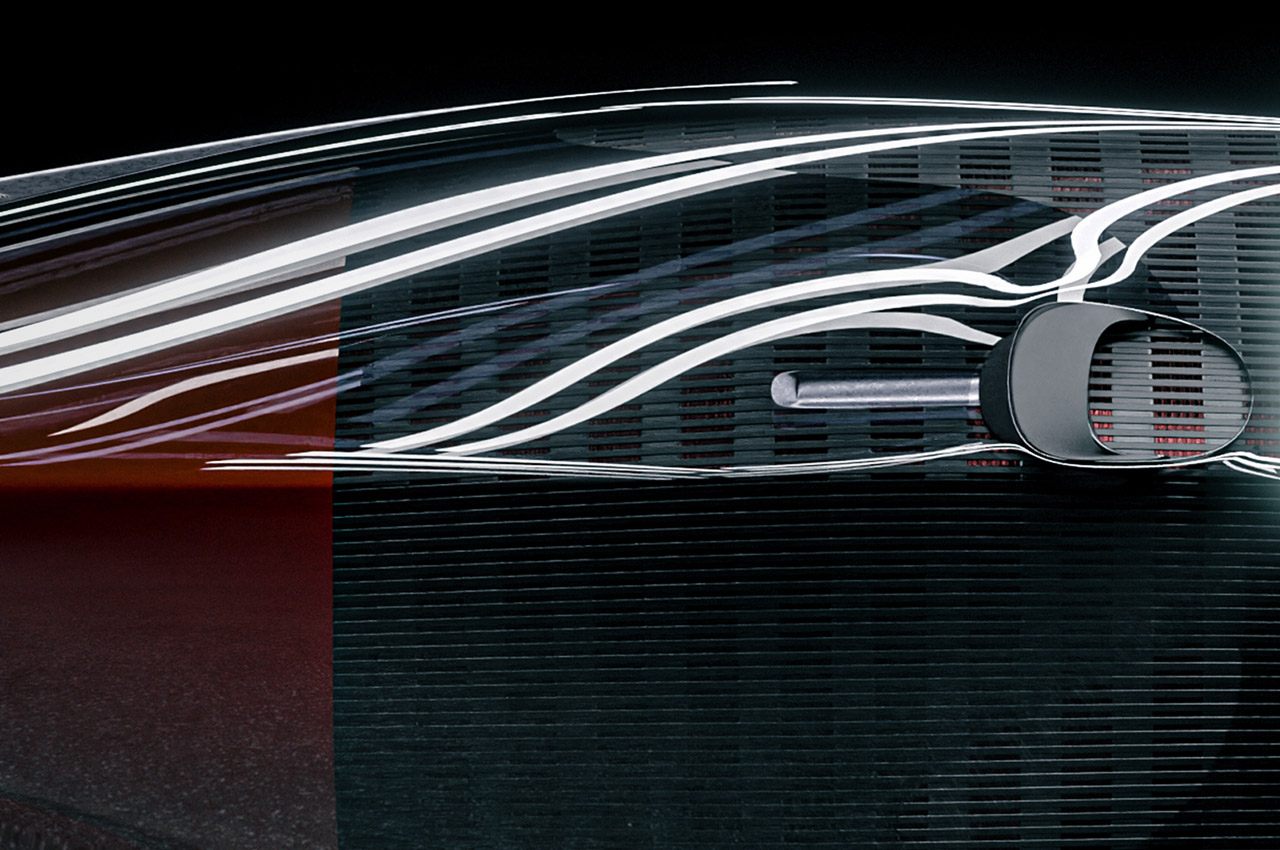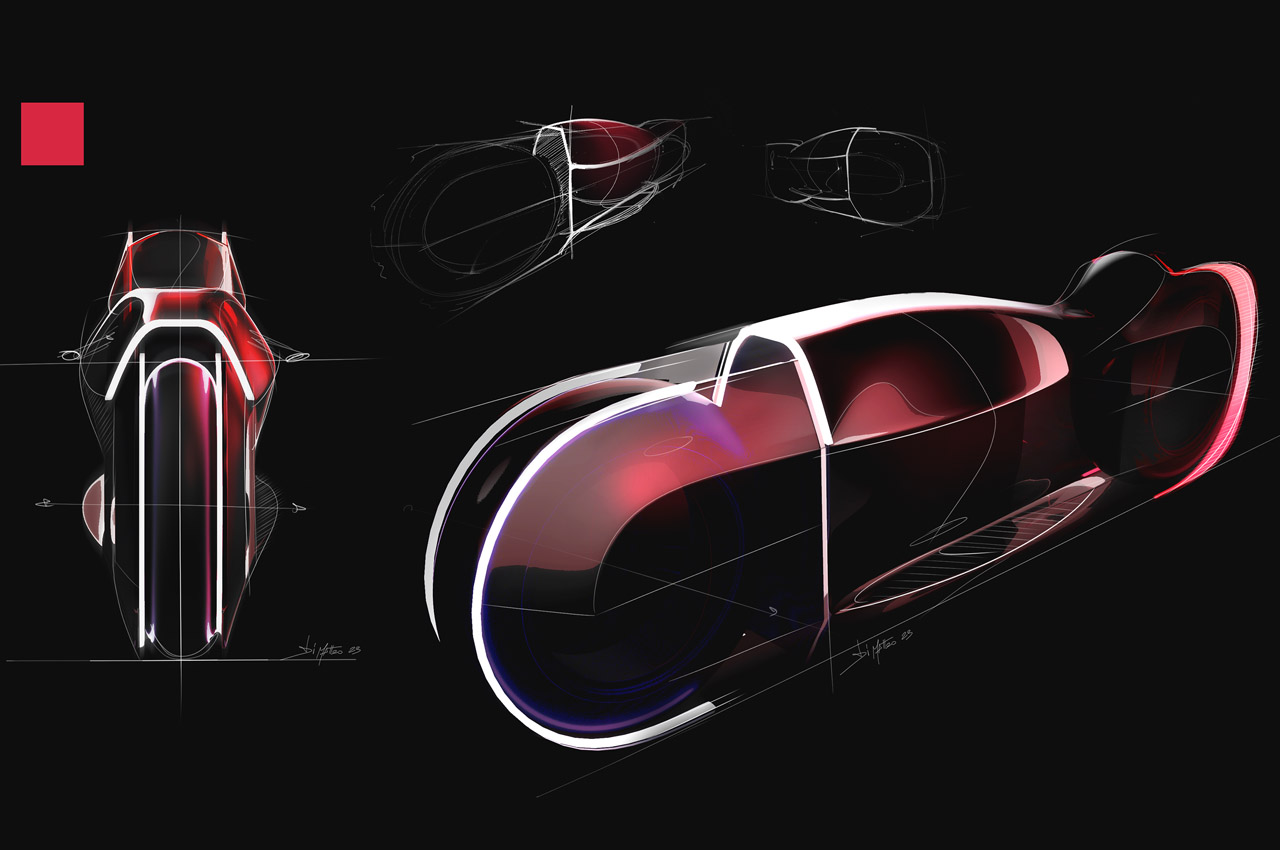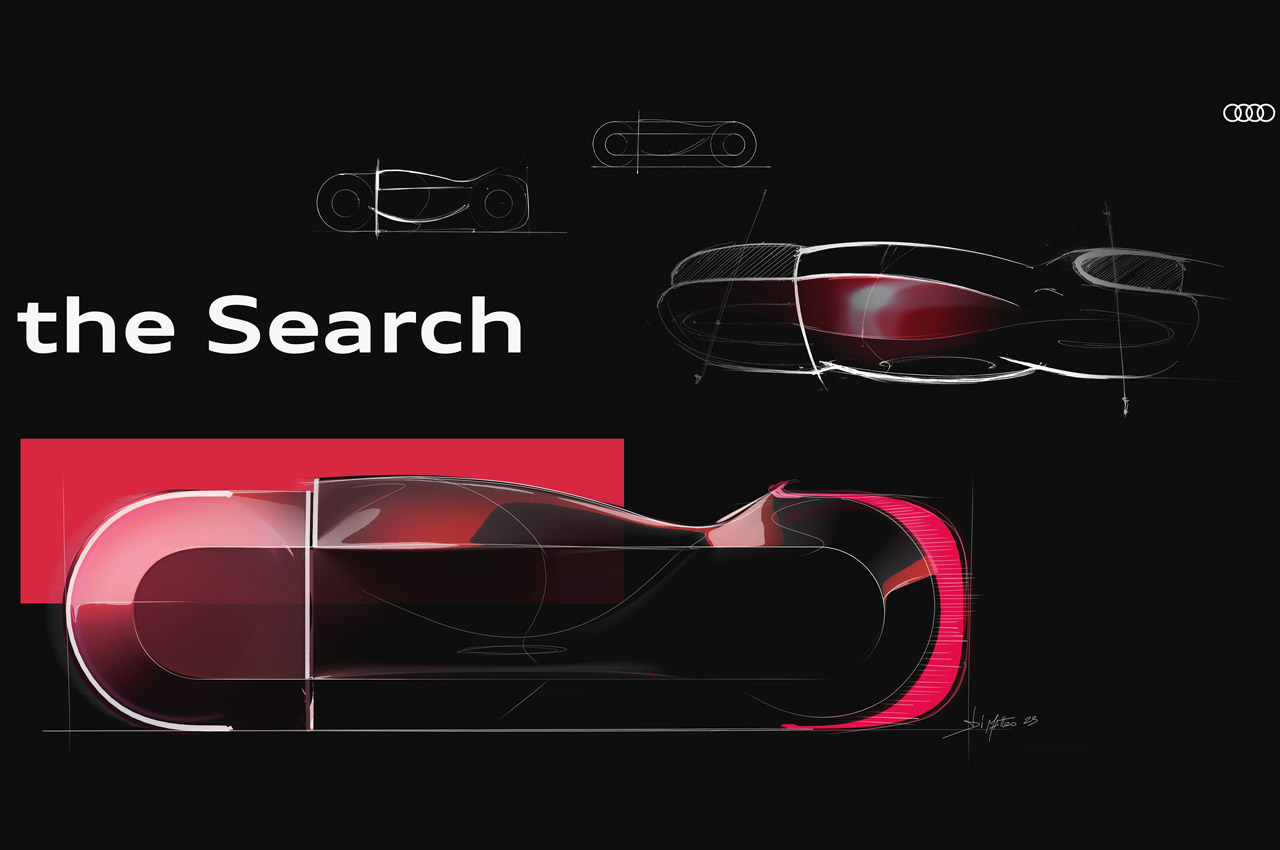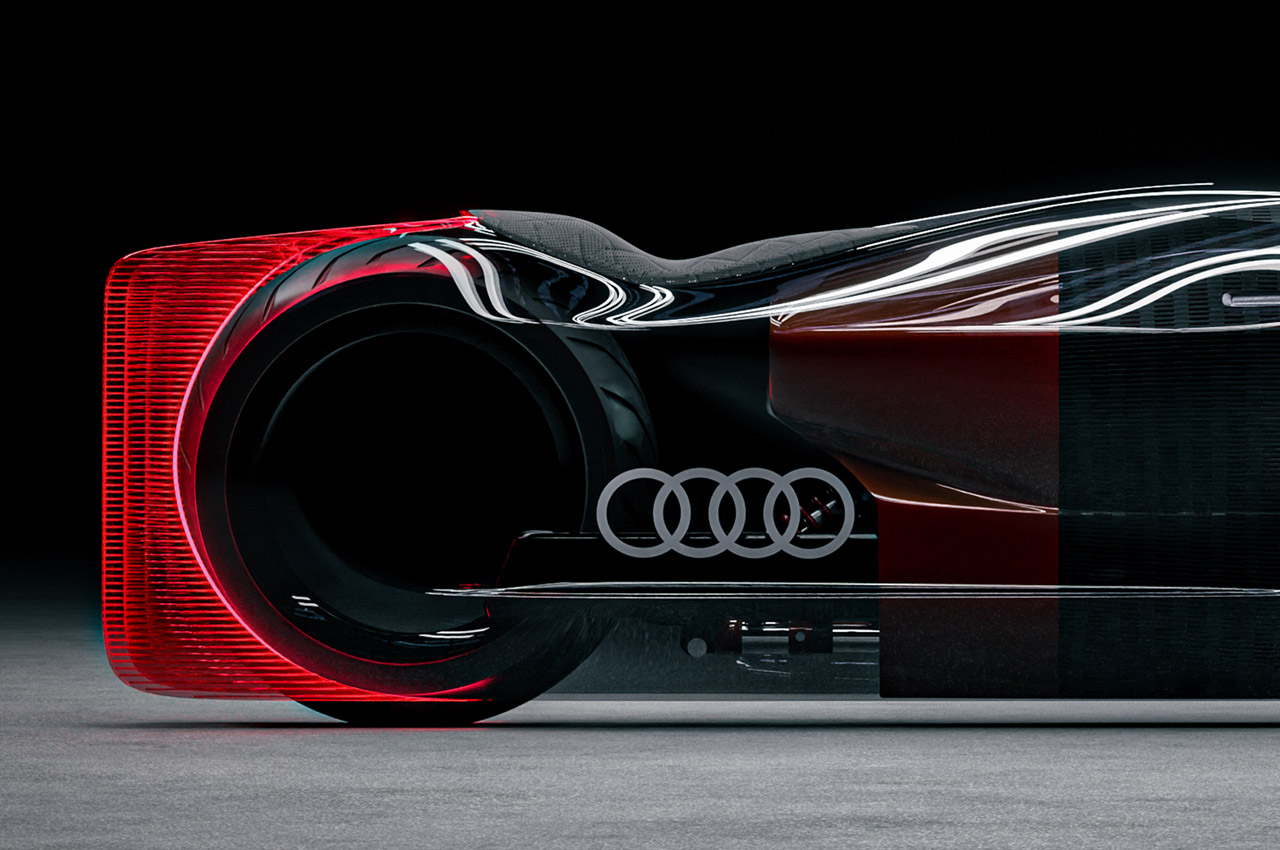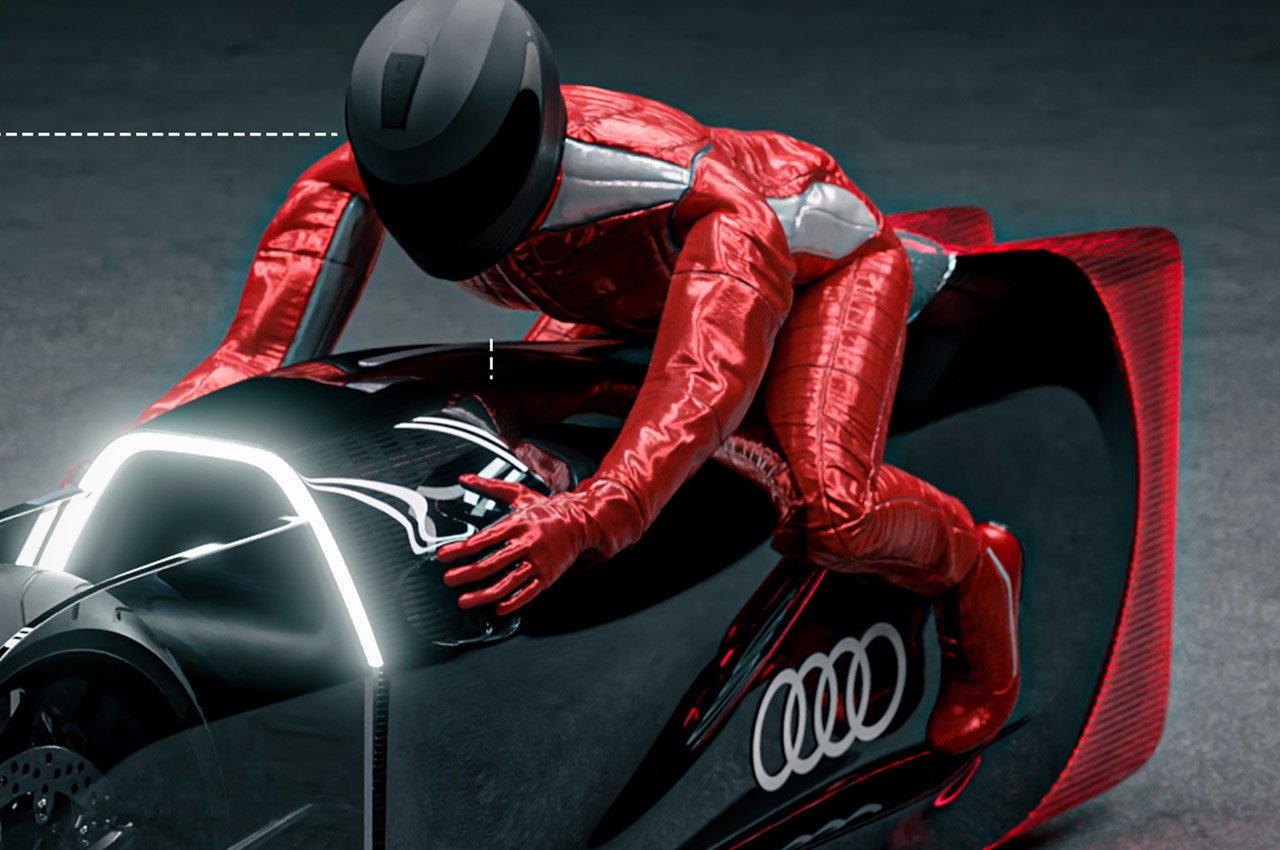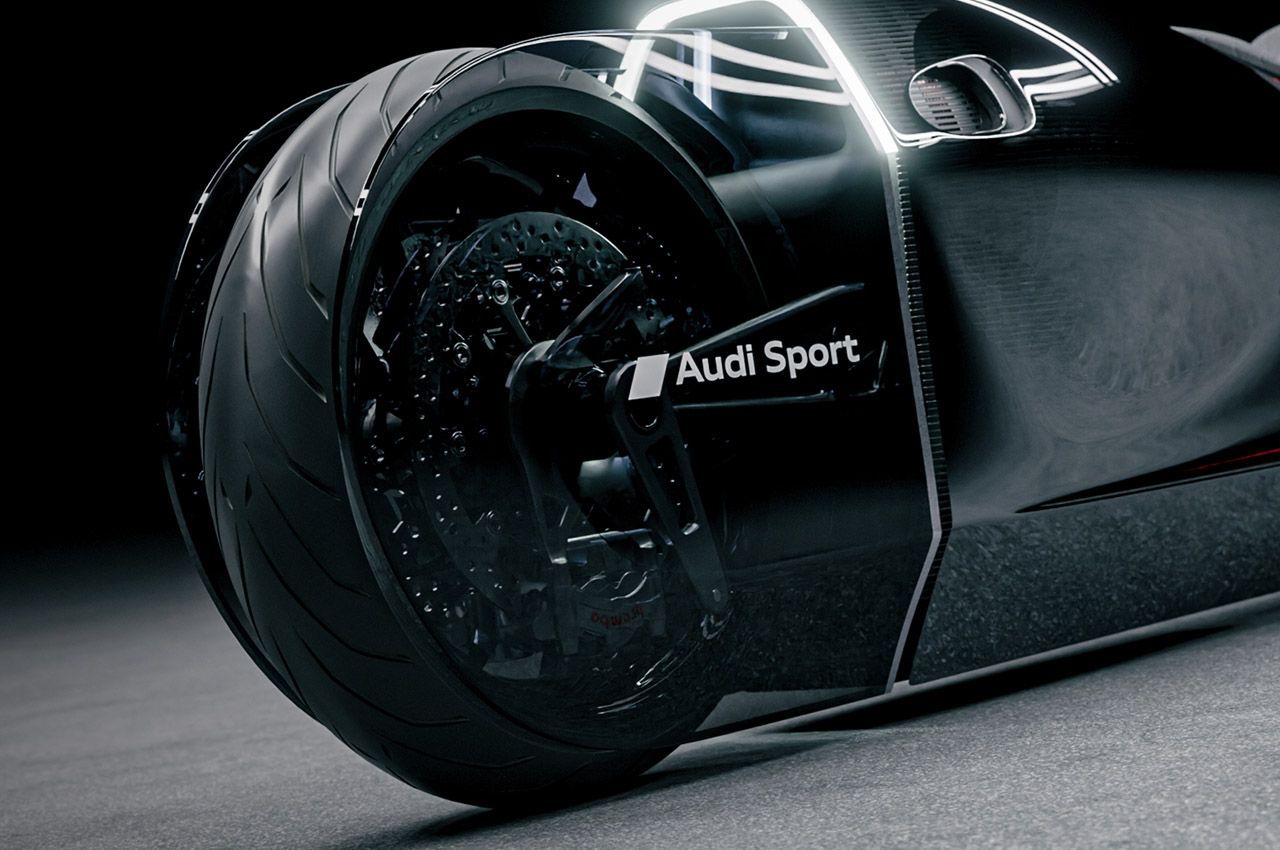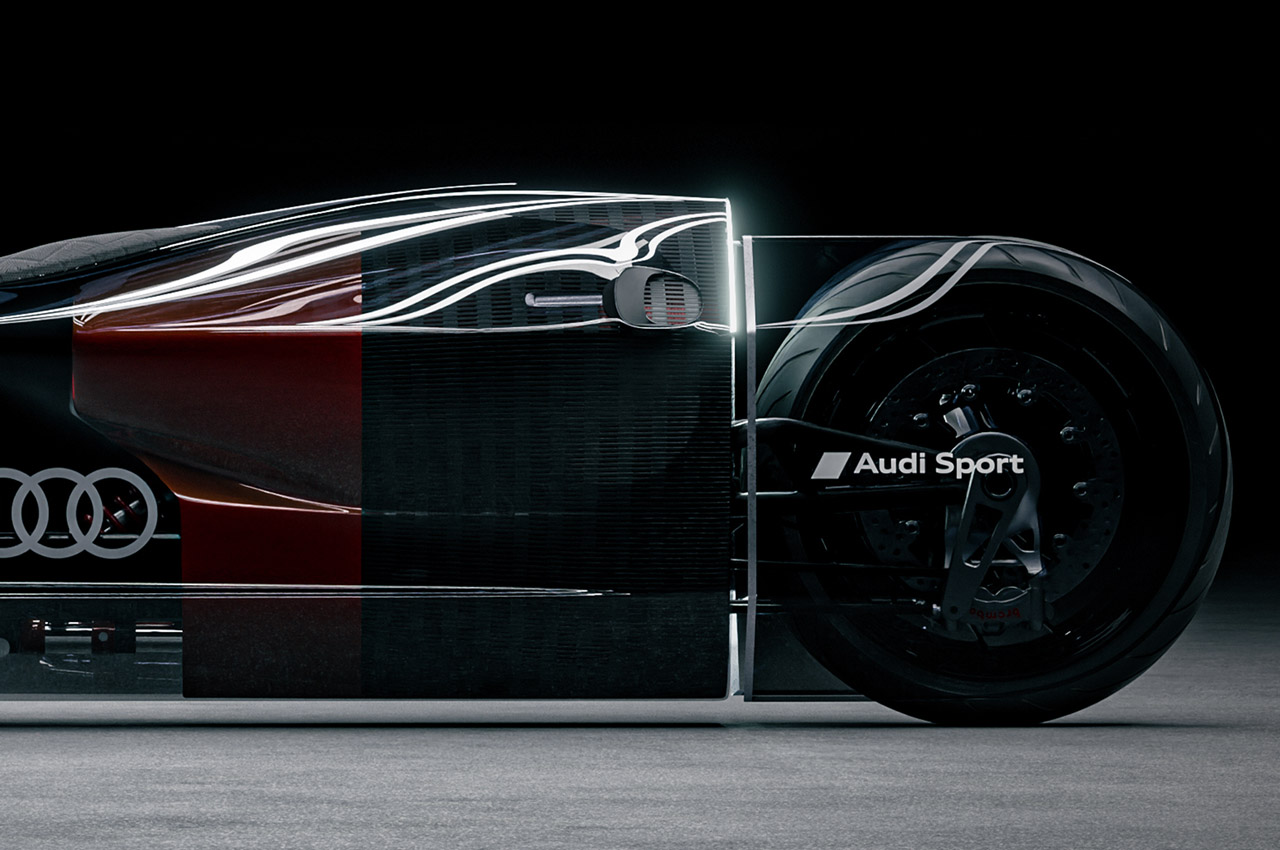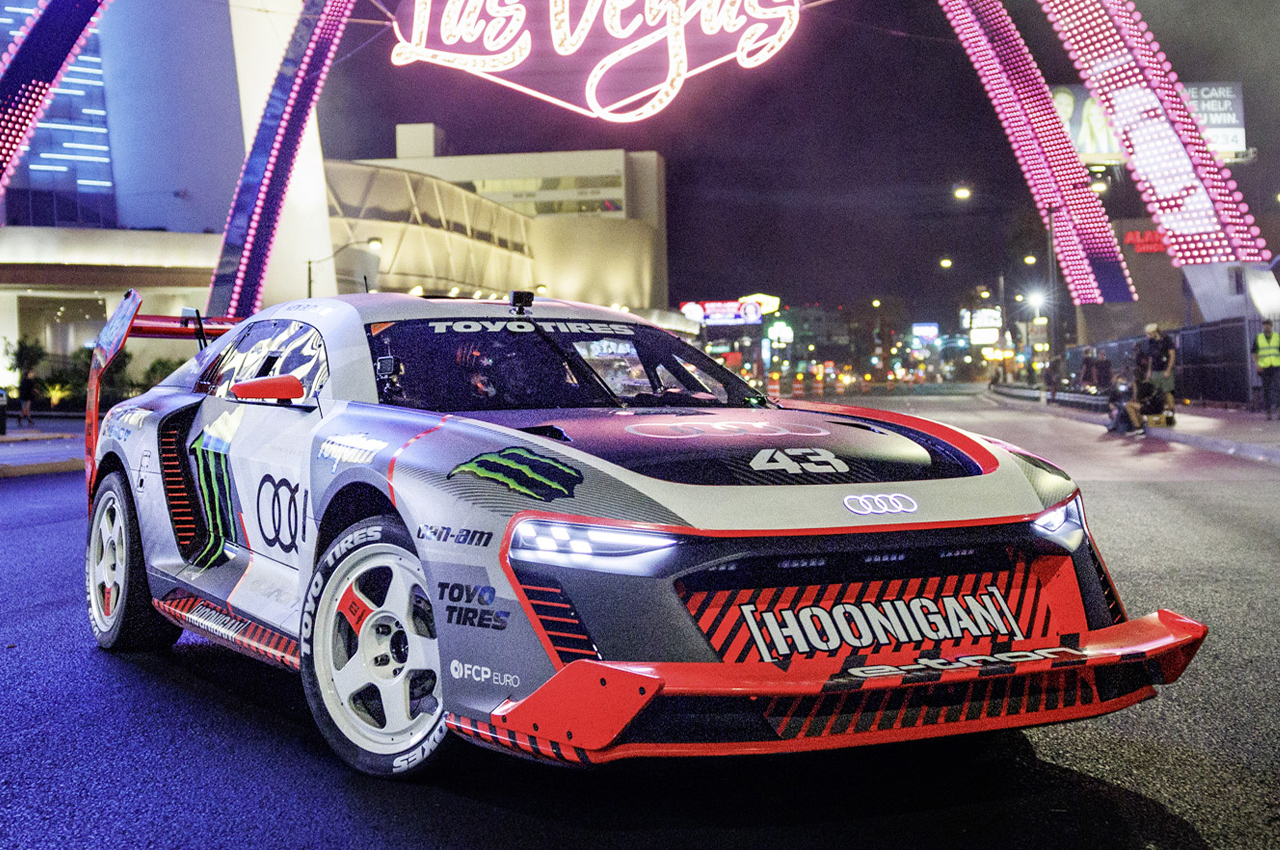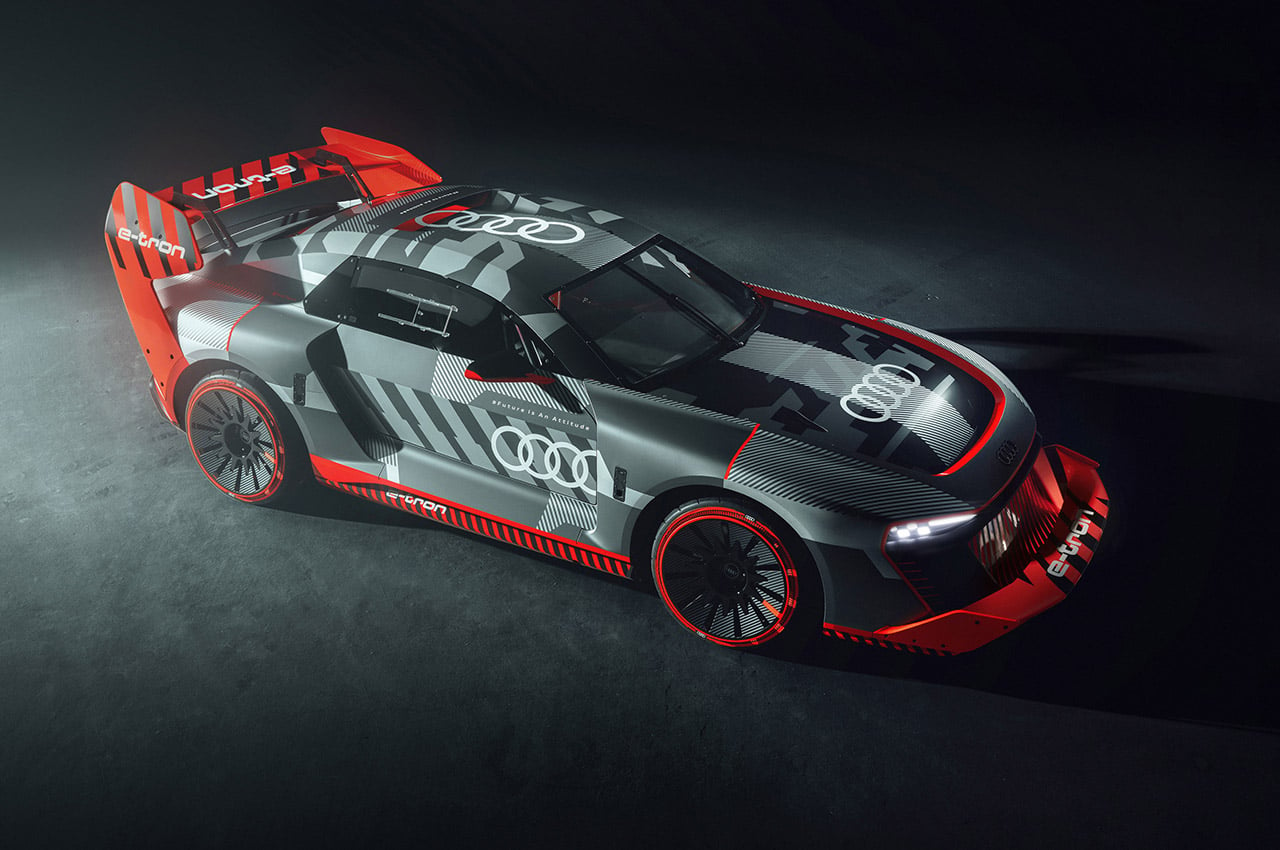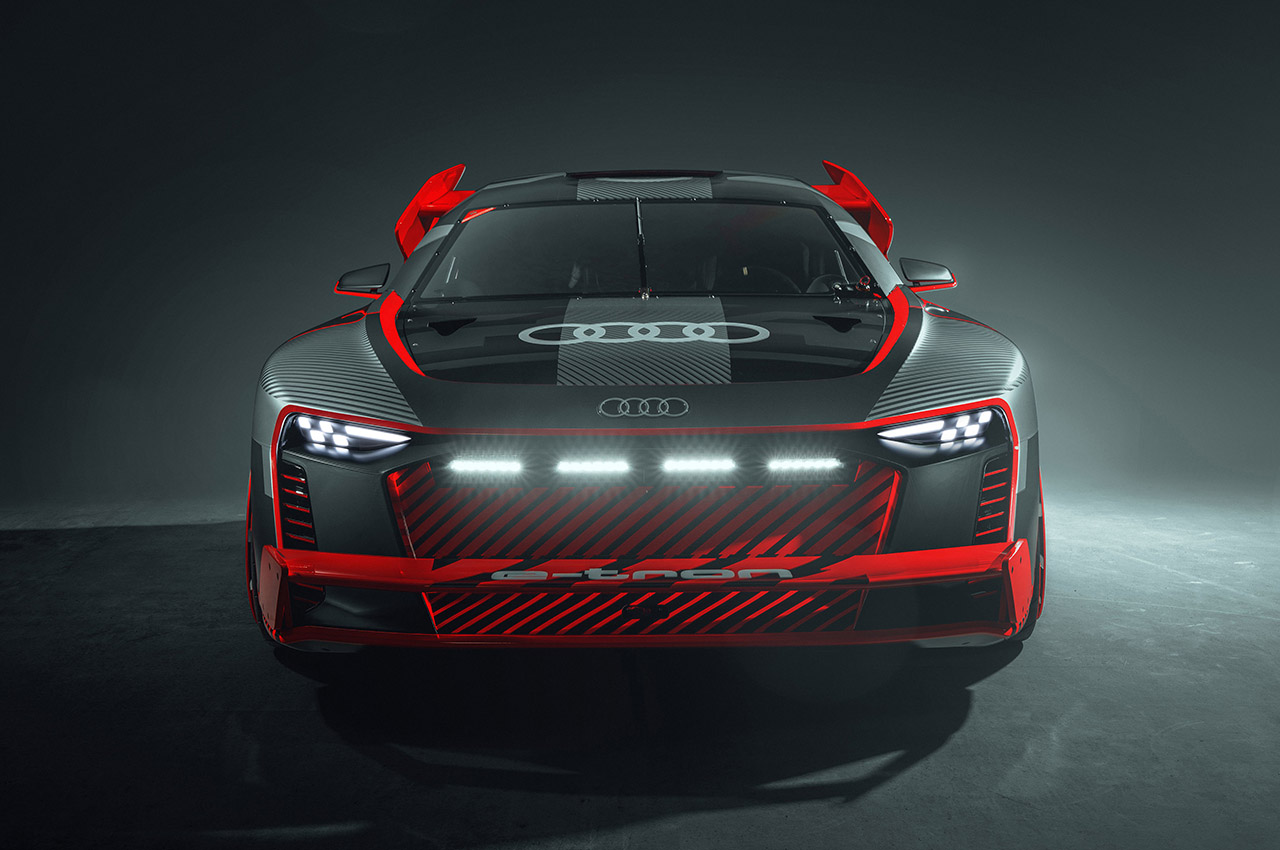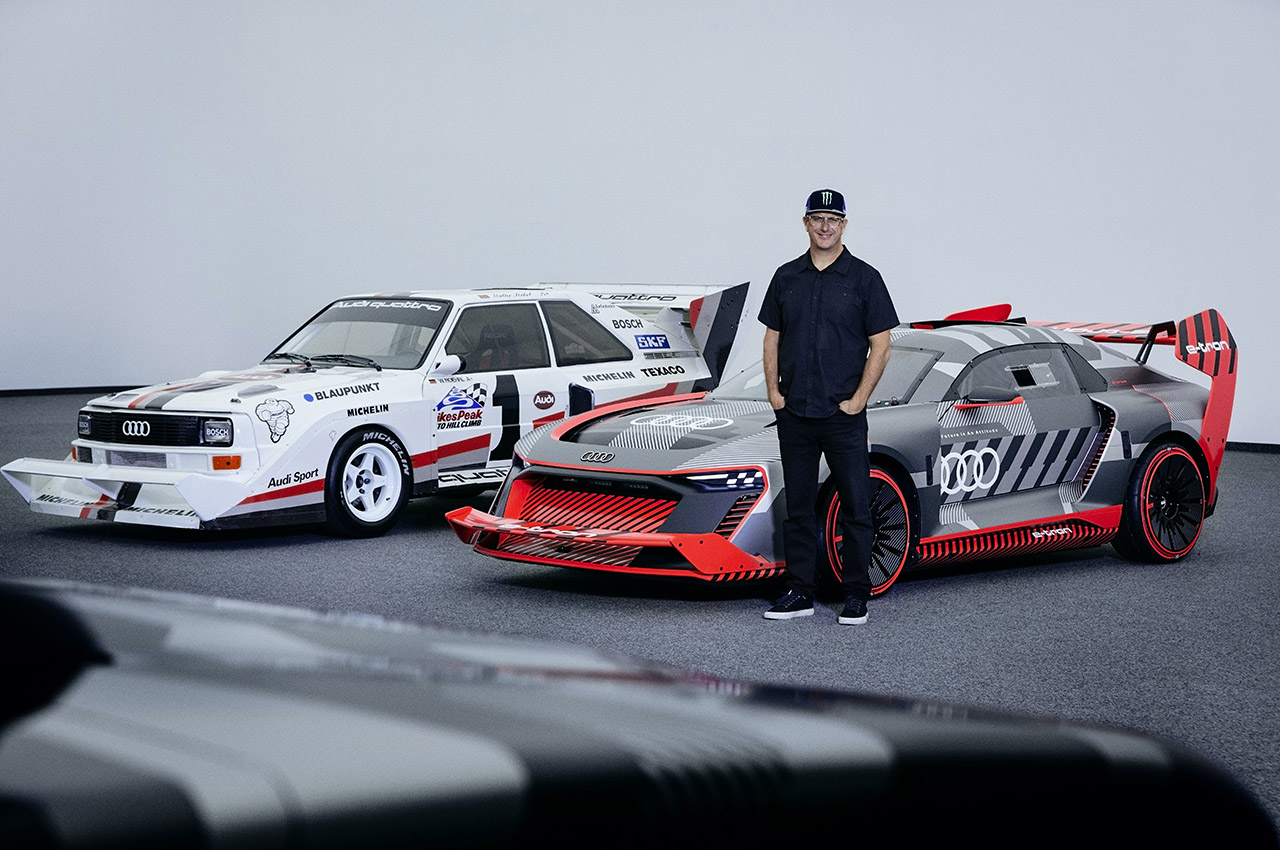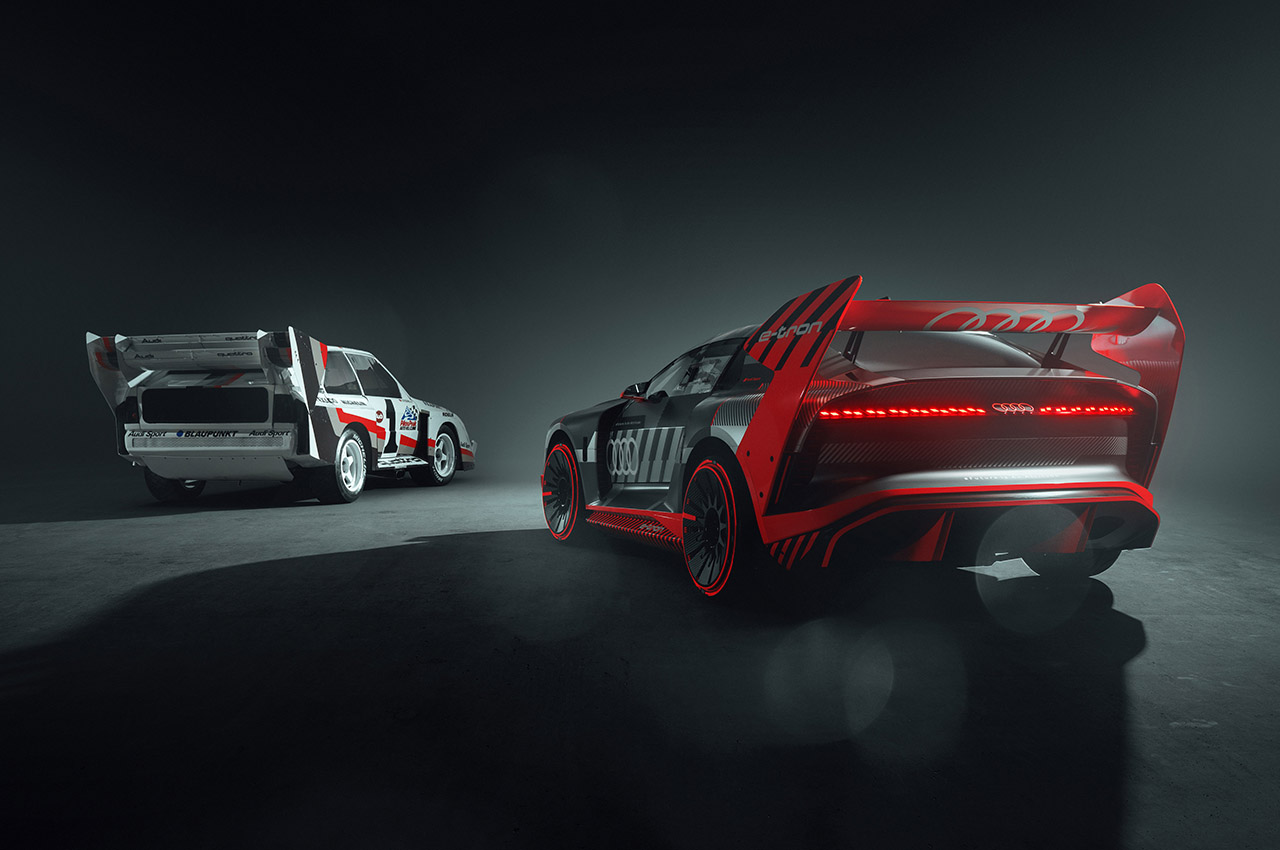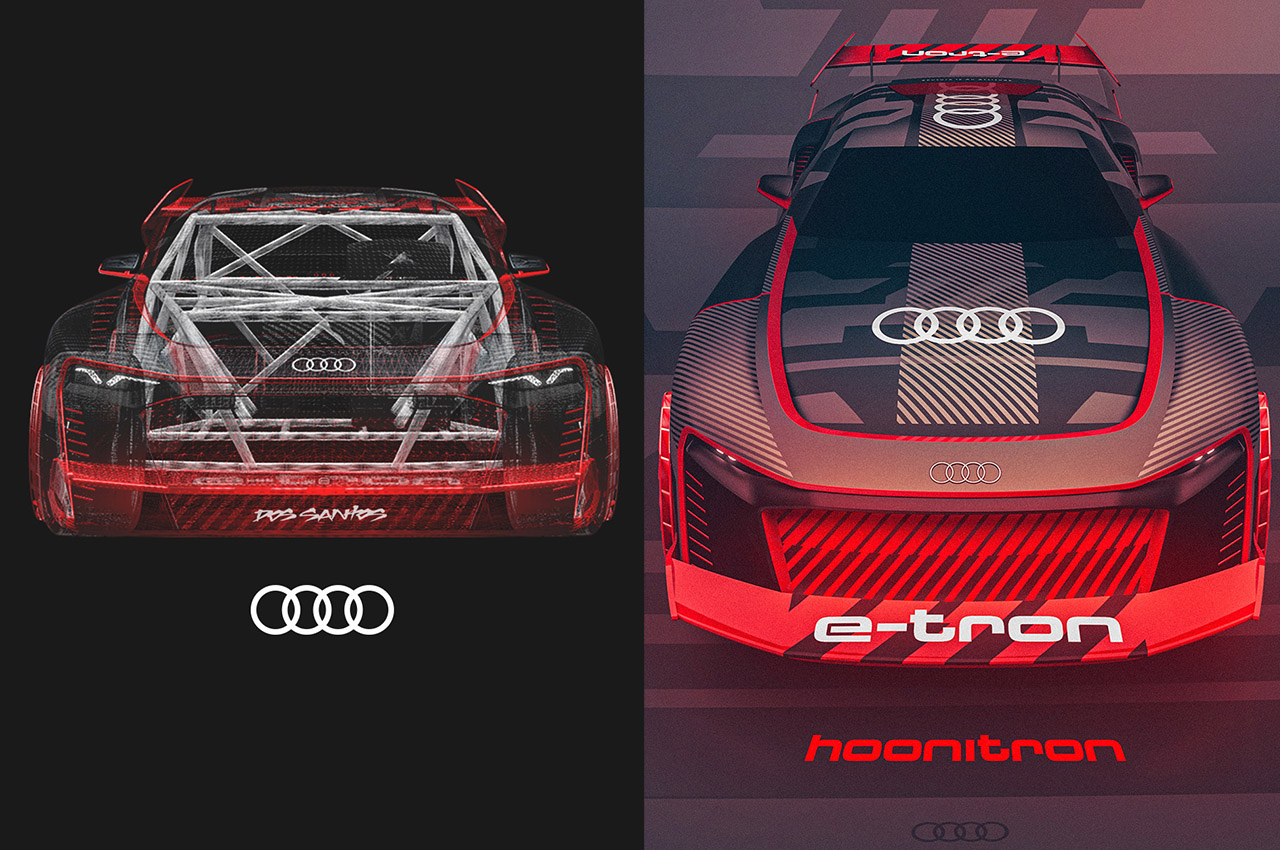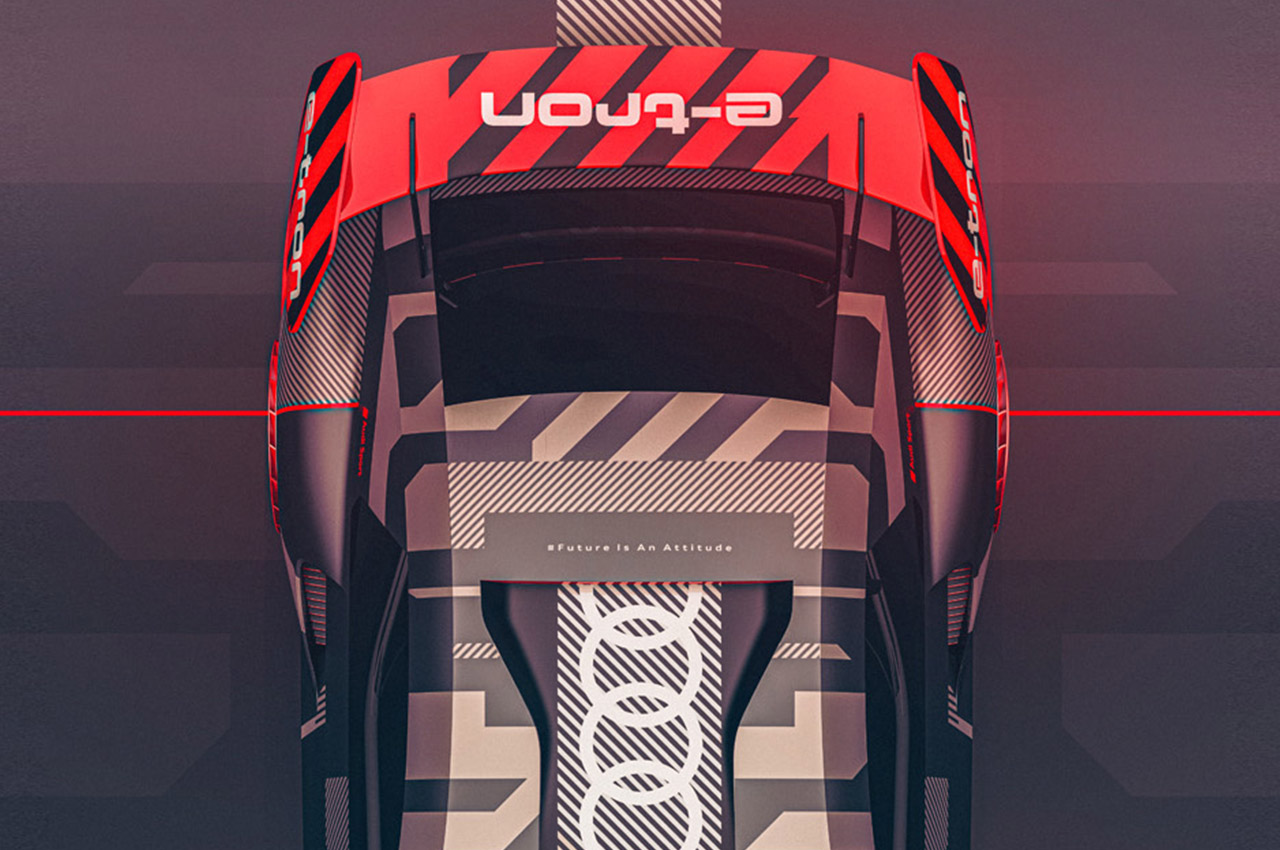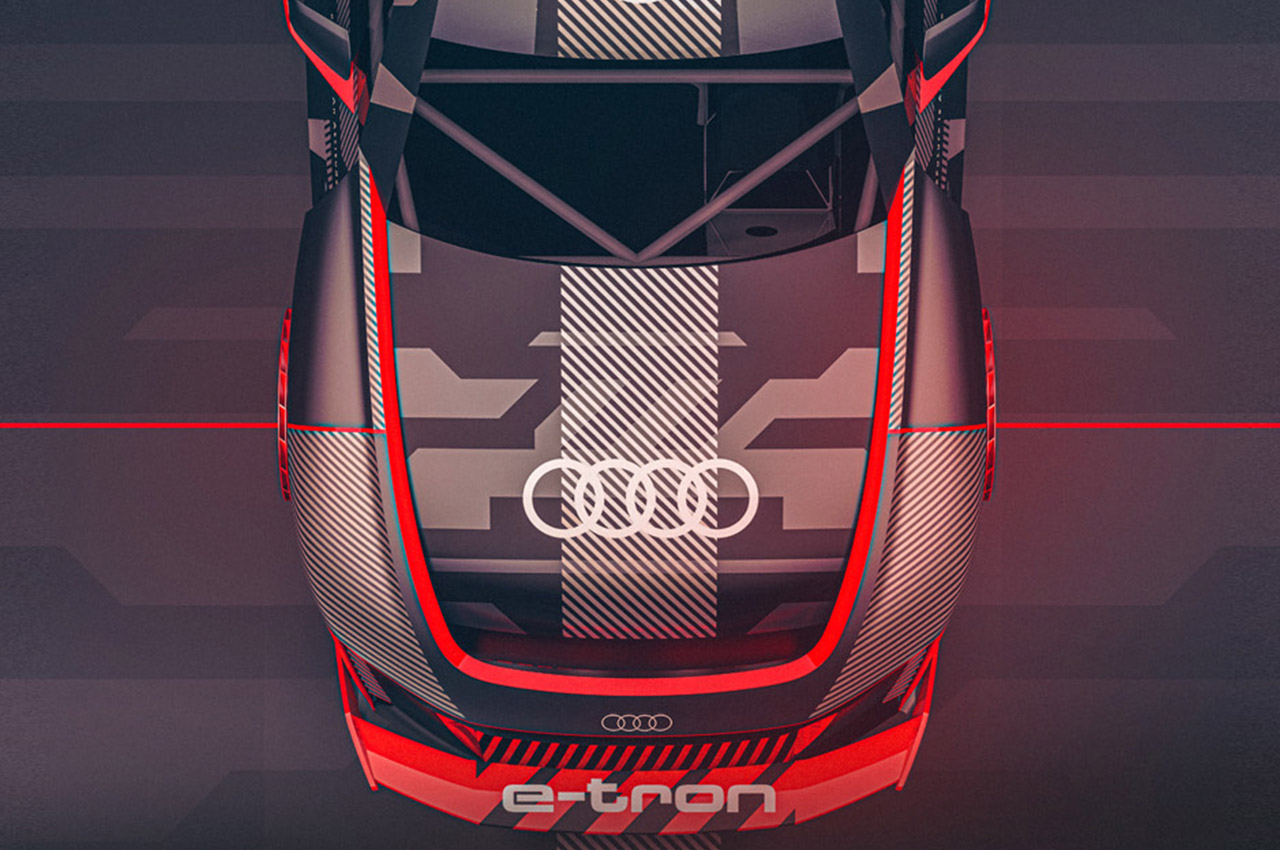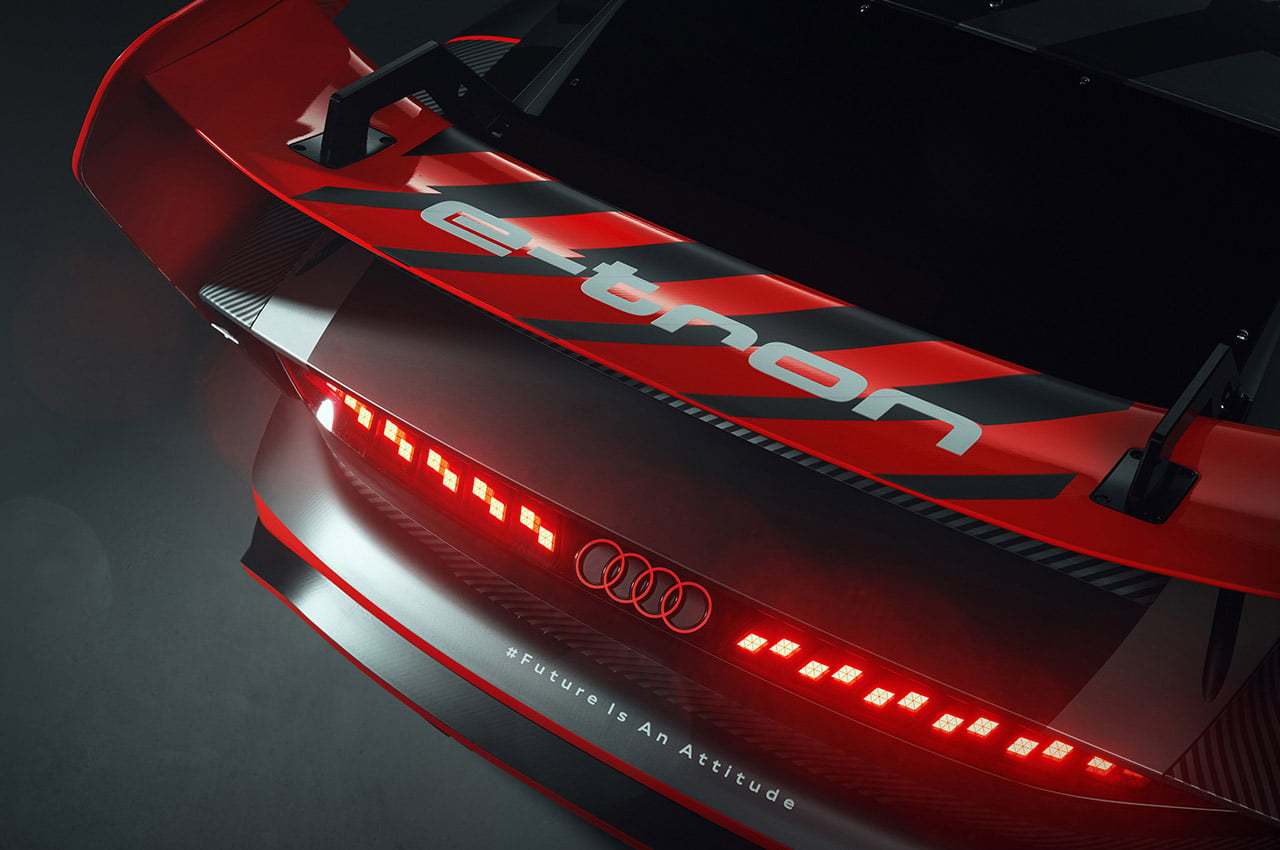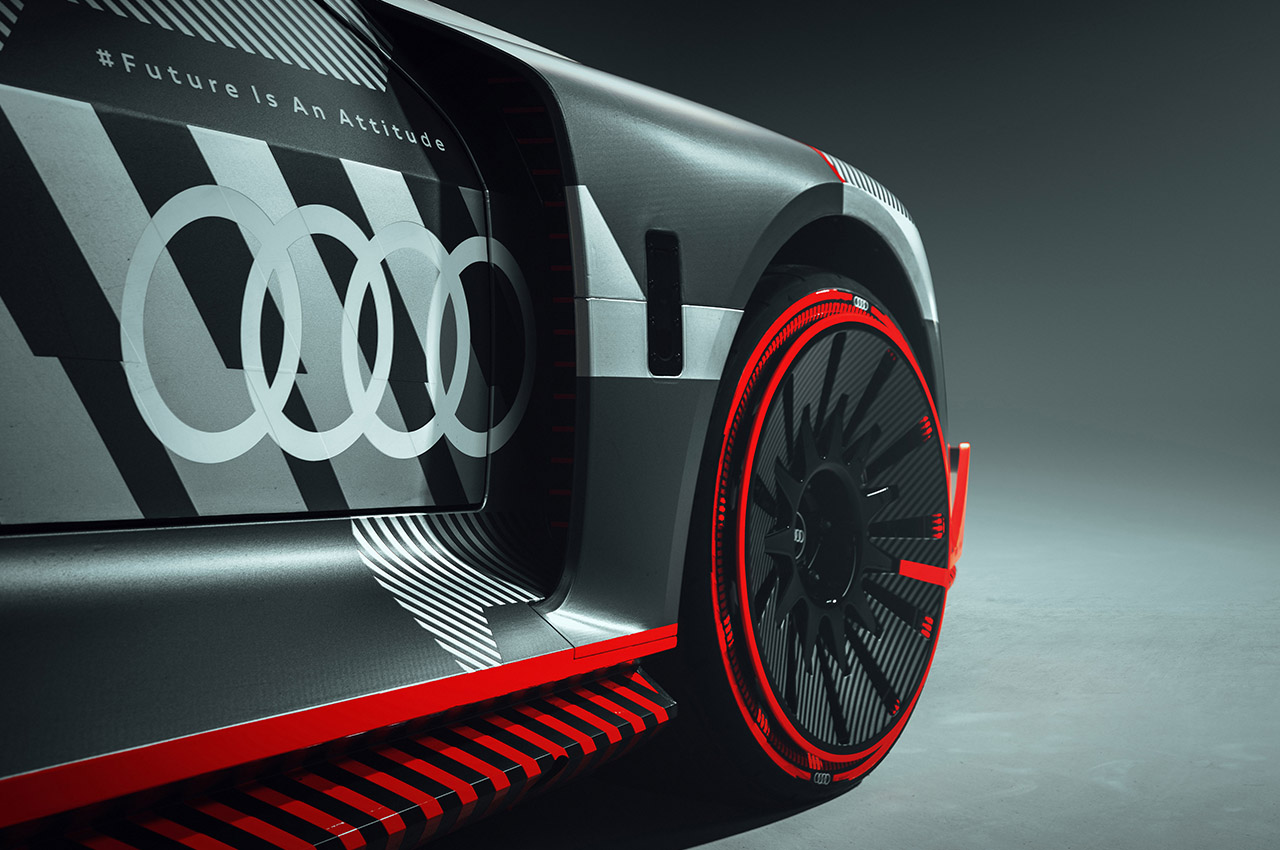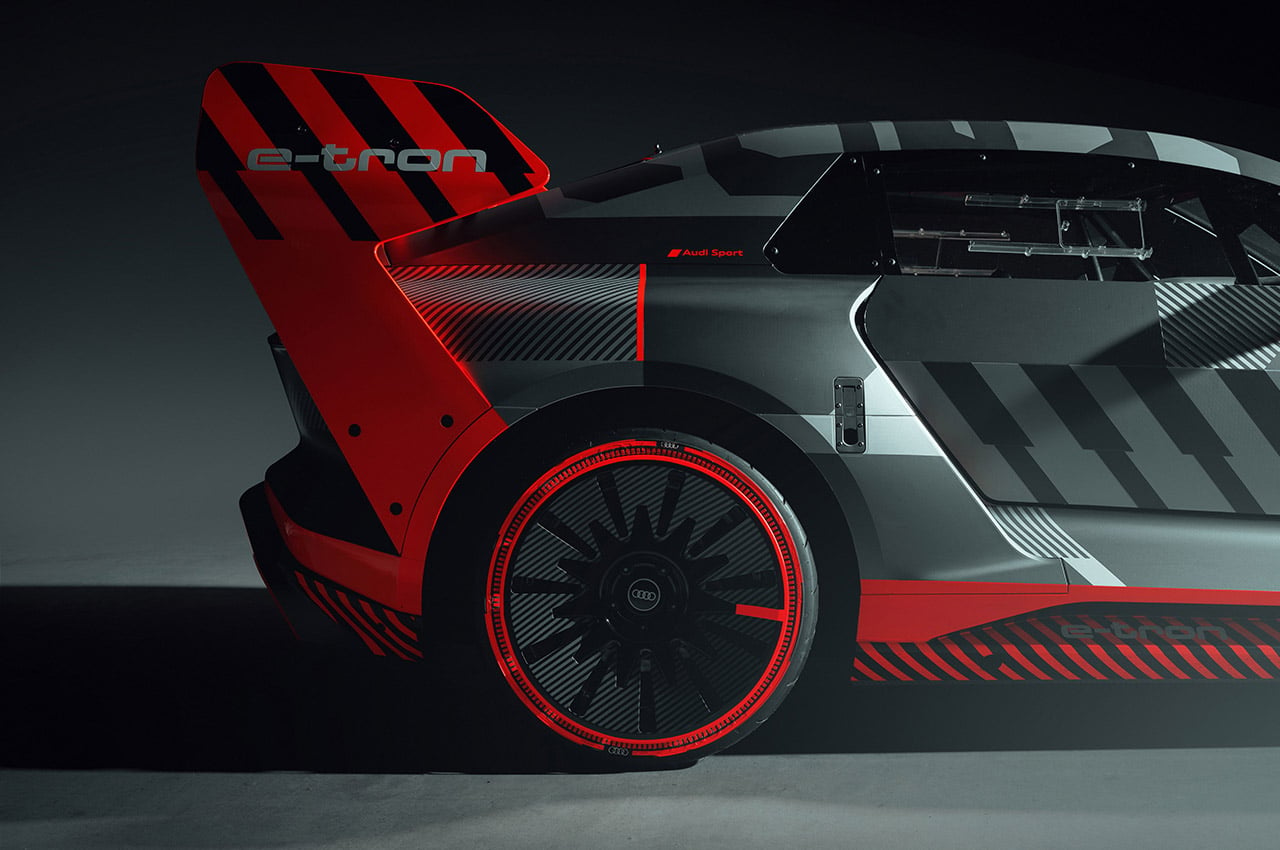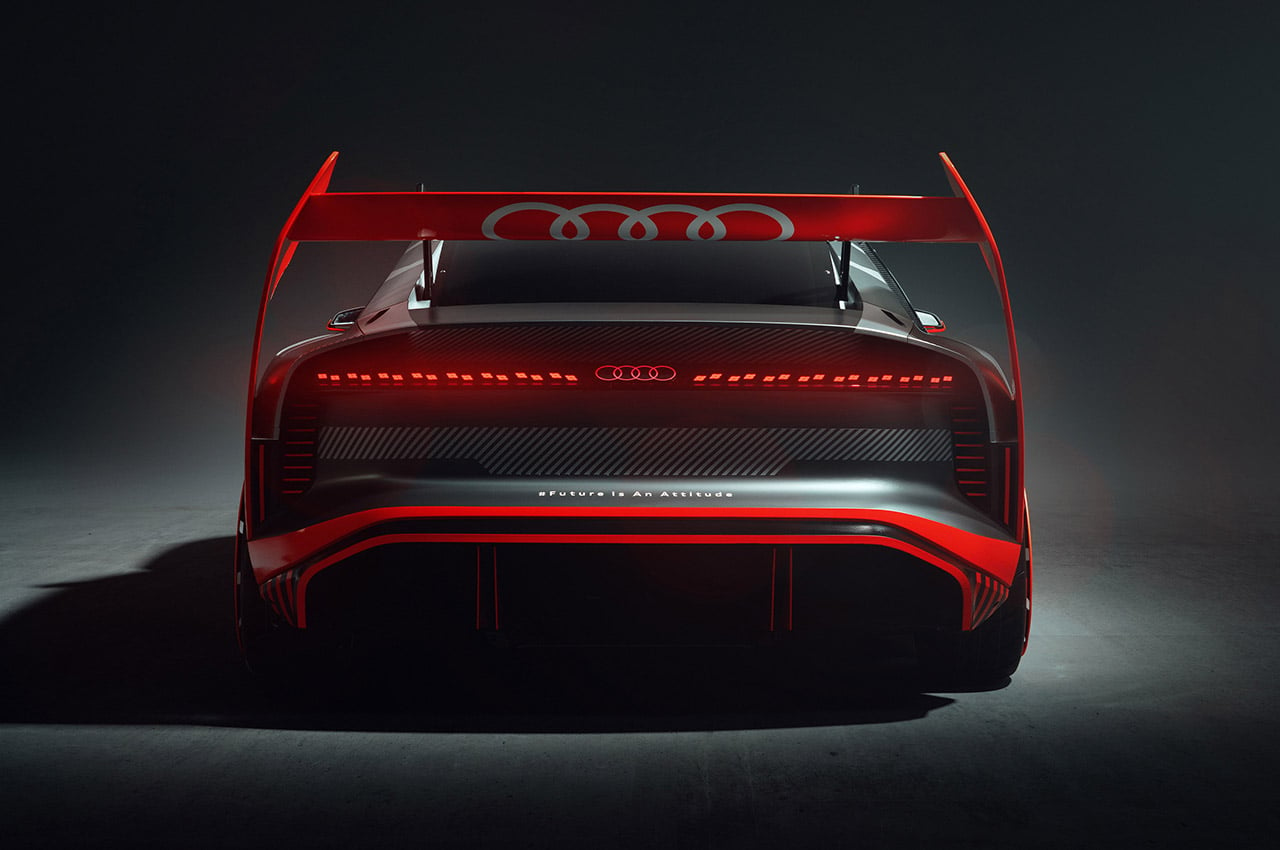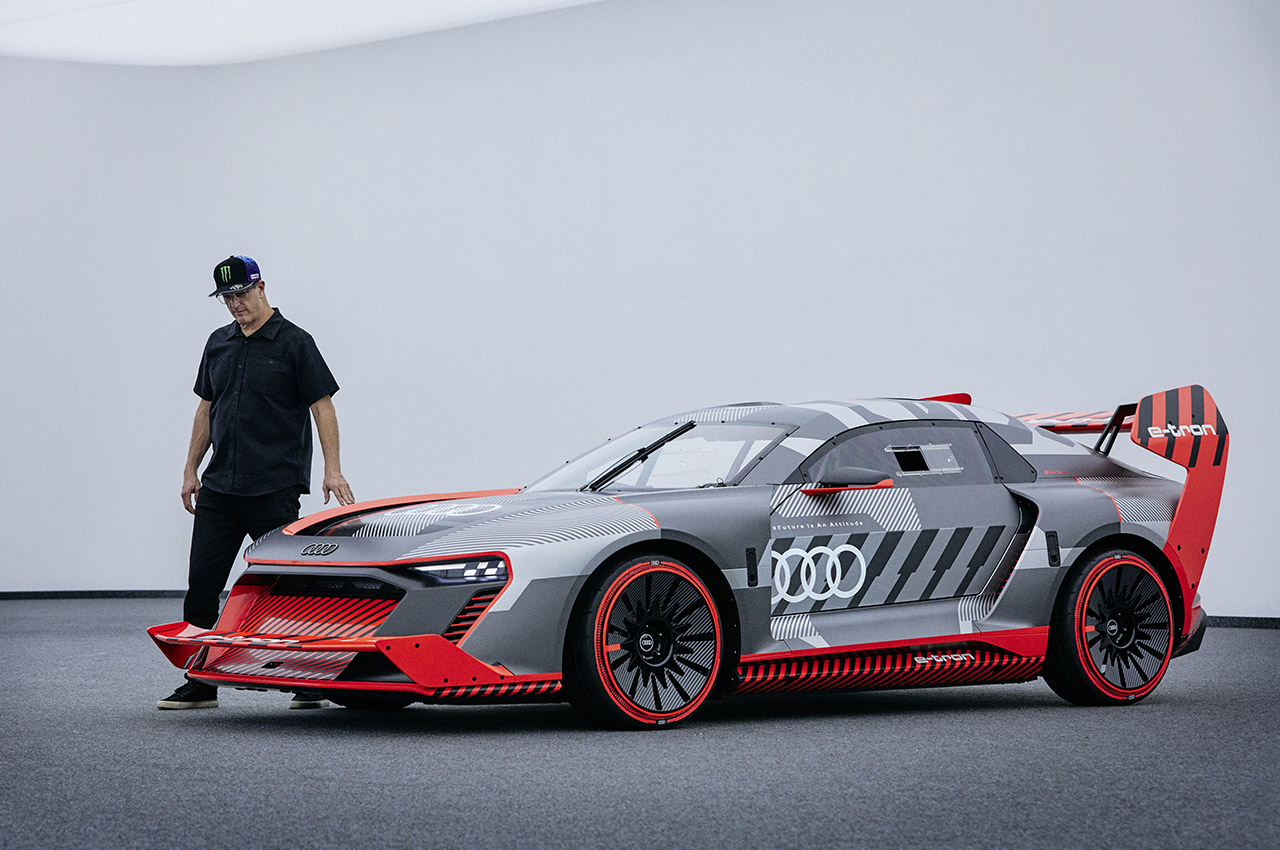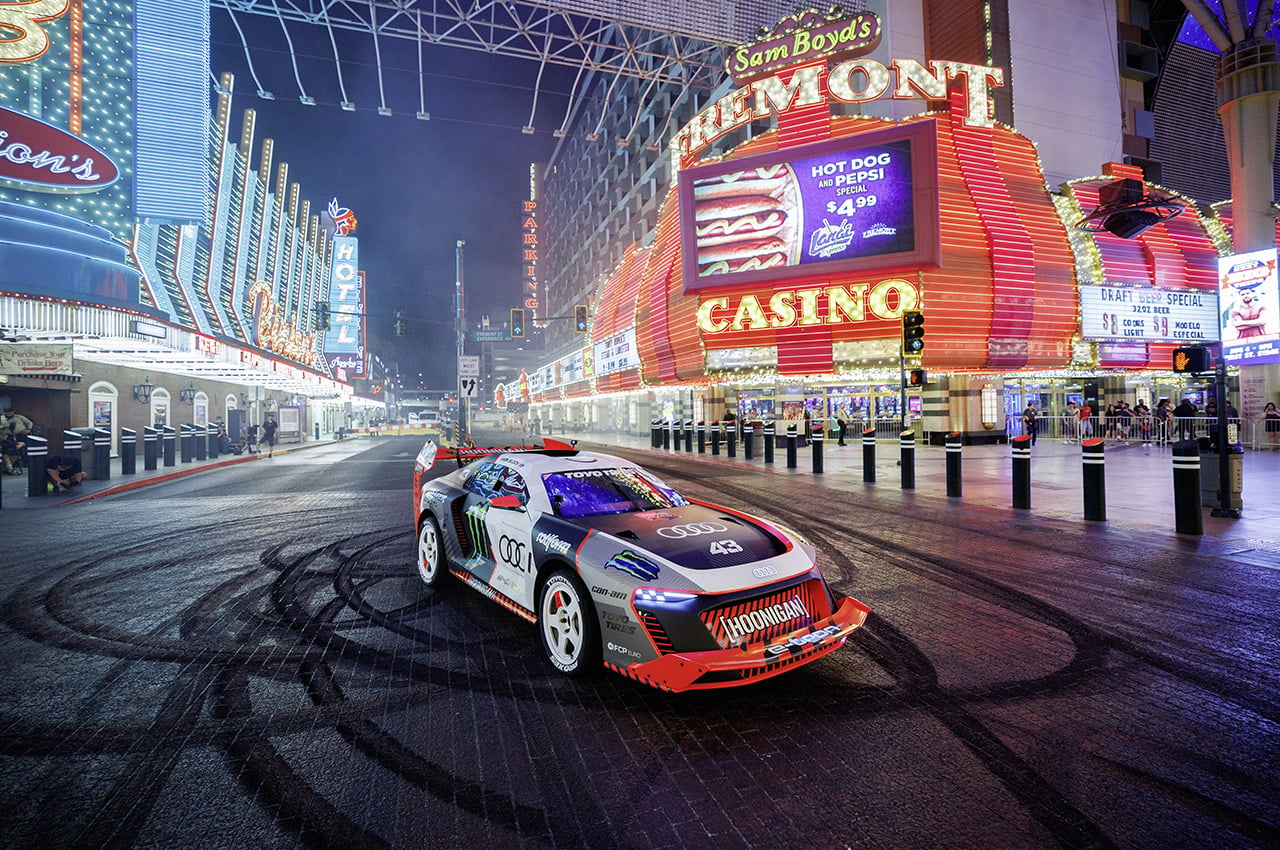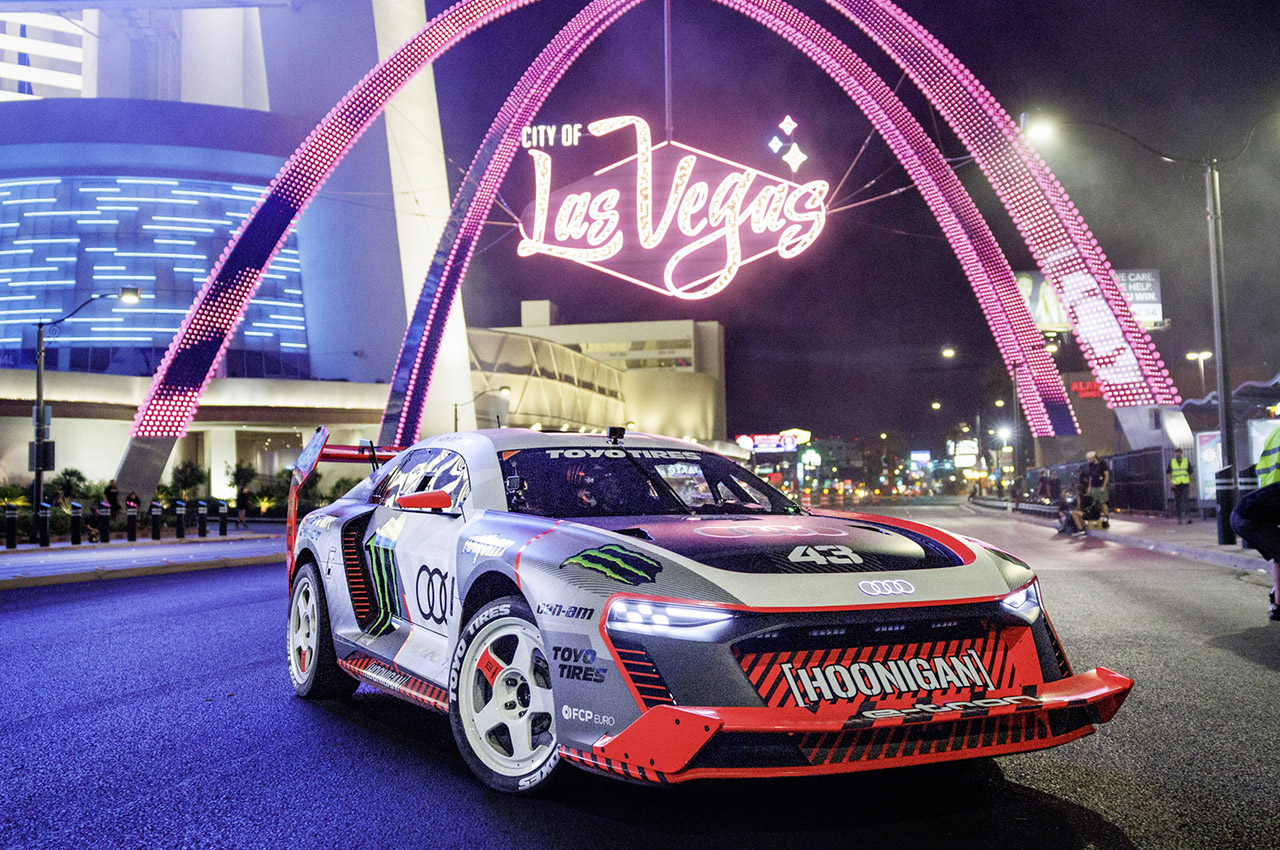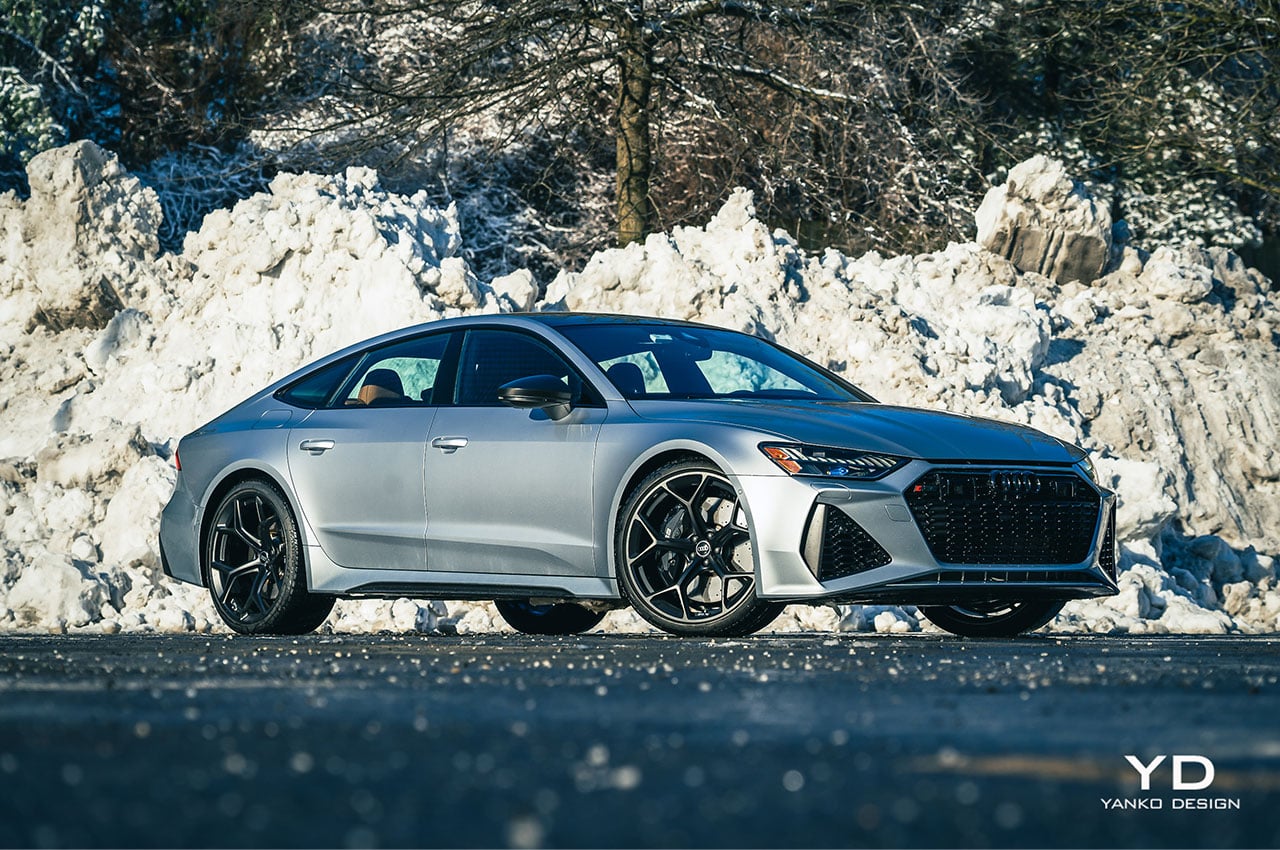
There are a lot of fine machines that you can get if you’re willing to spend over $100,000 these days. In fact, you can get multiple amazing cars for that amount of money, so if you’re going to choose just one car and pay over $150,000 for it, it had better be very, very good.
And that’s exactly what Audi’s RS7 promises to be. With 621 horsepower from a 4.0-liter V8 routed to all four wheels through an advanced all-wheel drive system with an active, torque-vectoring differential and an eight-speed automatic transmission, it certainly promises to be a powerhouse when it comes both to performance and all-season poise. But does it deliver, especially when optioned up to a final price of $151,840?
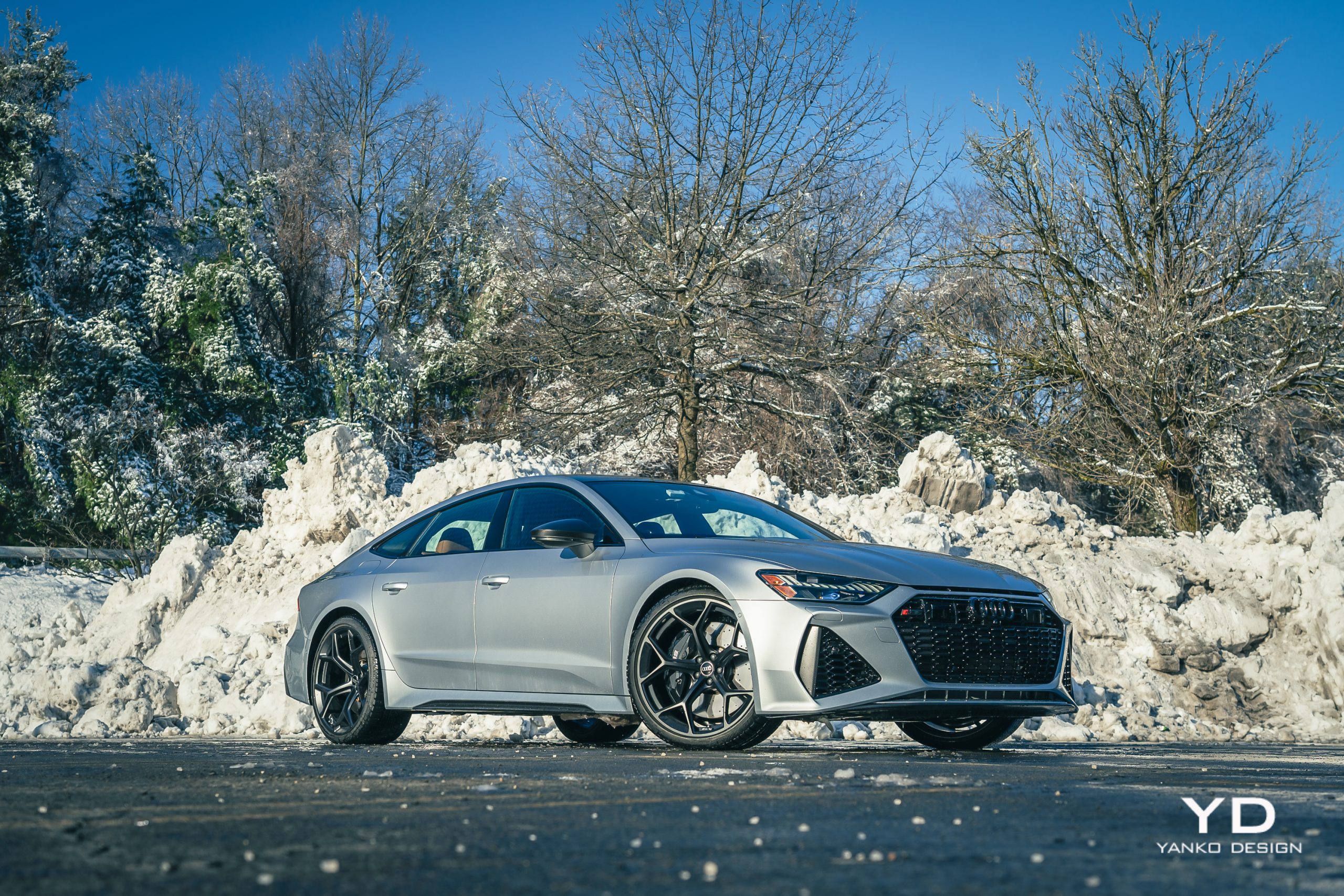
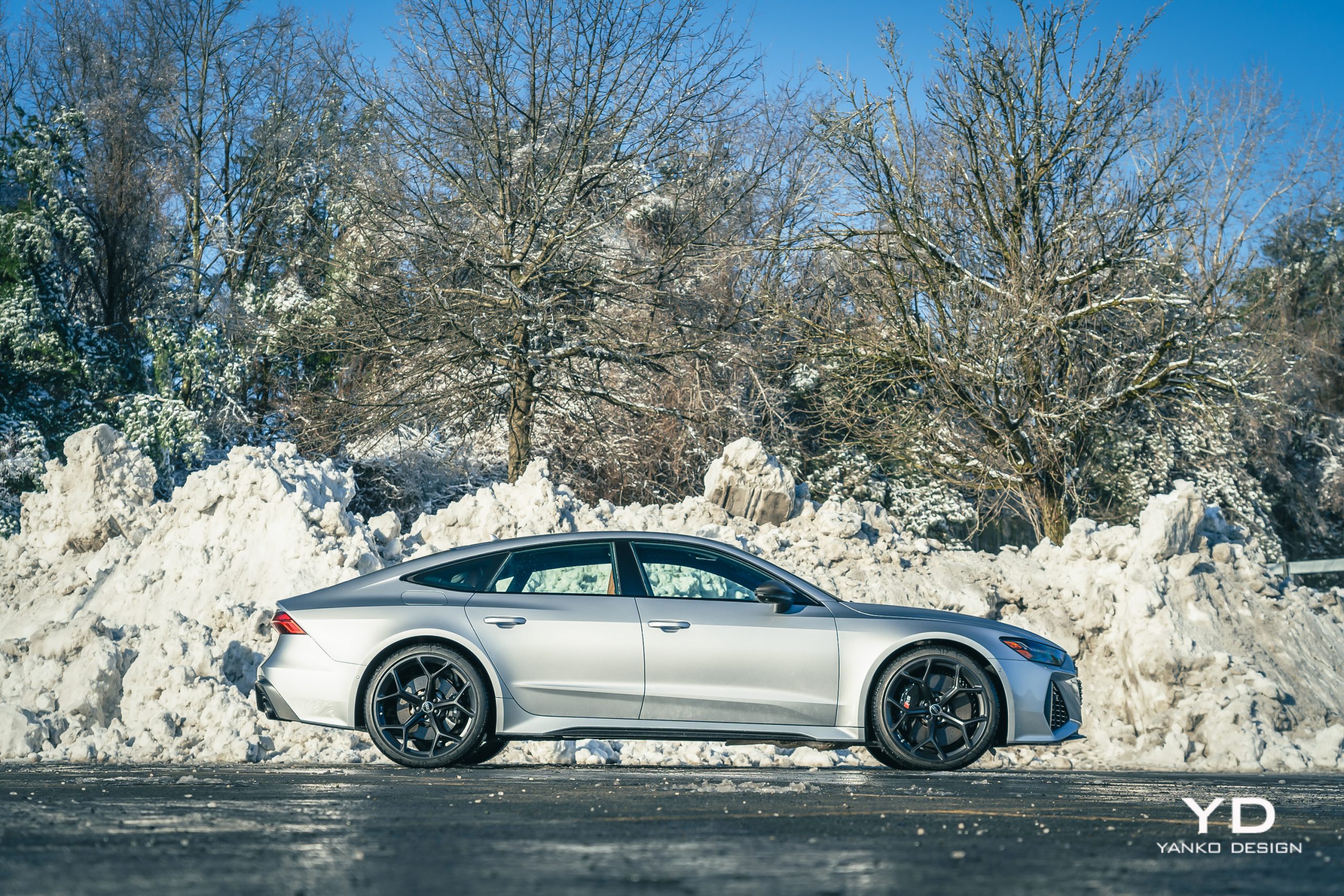
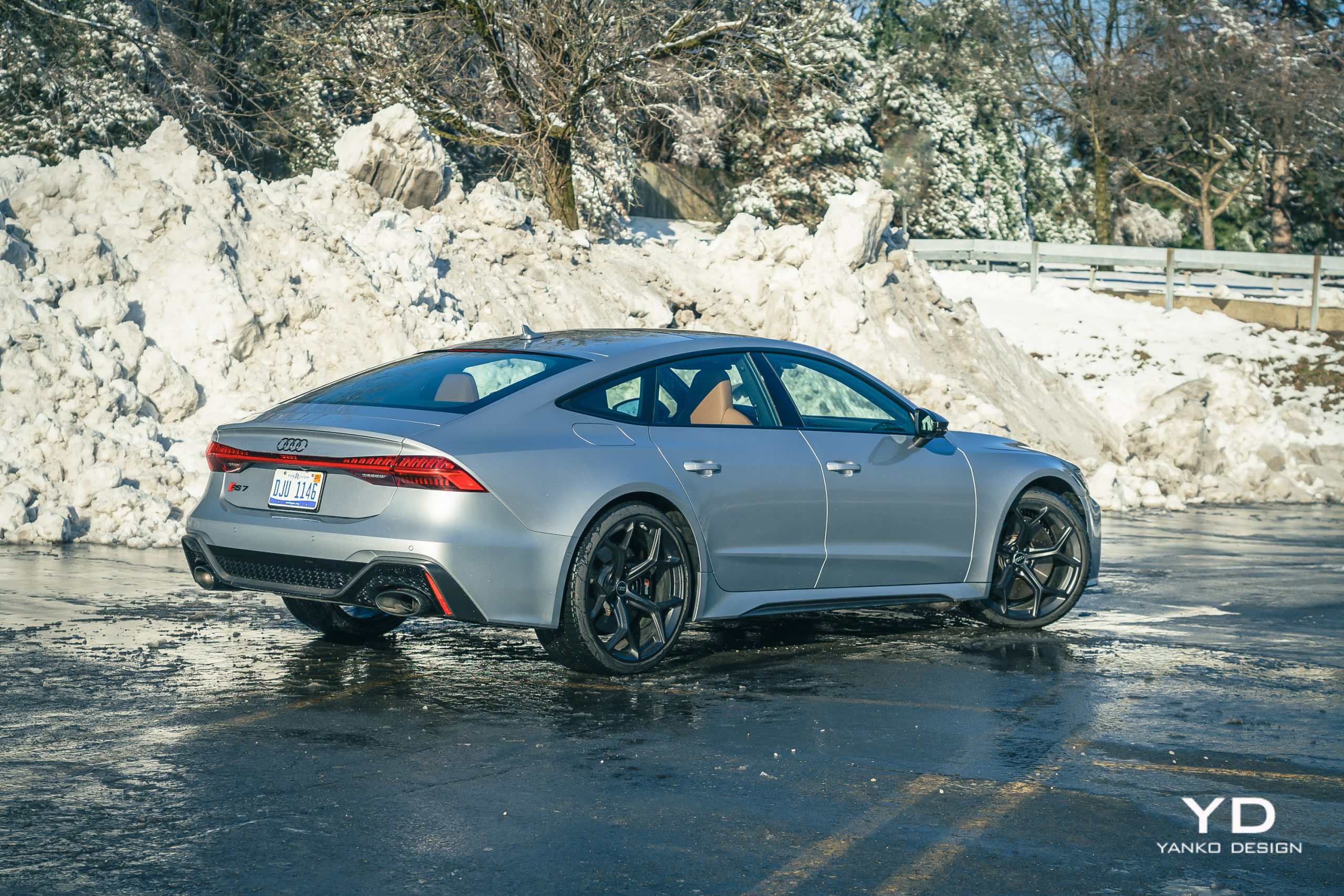
Design
First impressions are key with a car like this, and the RS7 doesn’t disappoint. While you can get this same basic silhouette for as little as $72,000 in the base A7, stepping up past the roughly $85,000 S7 into the RS7 you see here adds several model-specific customizations — some subtle, others less so.
To me, the most striking are those amazing 22-inch wheels. While I’m not generally a fan of black wheels, especially on a car like this, you could paint these any color you like, and they’d still be striking. The shape, which seems delicate as a spider’s web, is beautifully compelling, while the deep dish provided by that offset gives this sedan a concept-car stance.
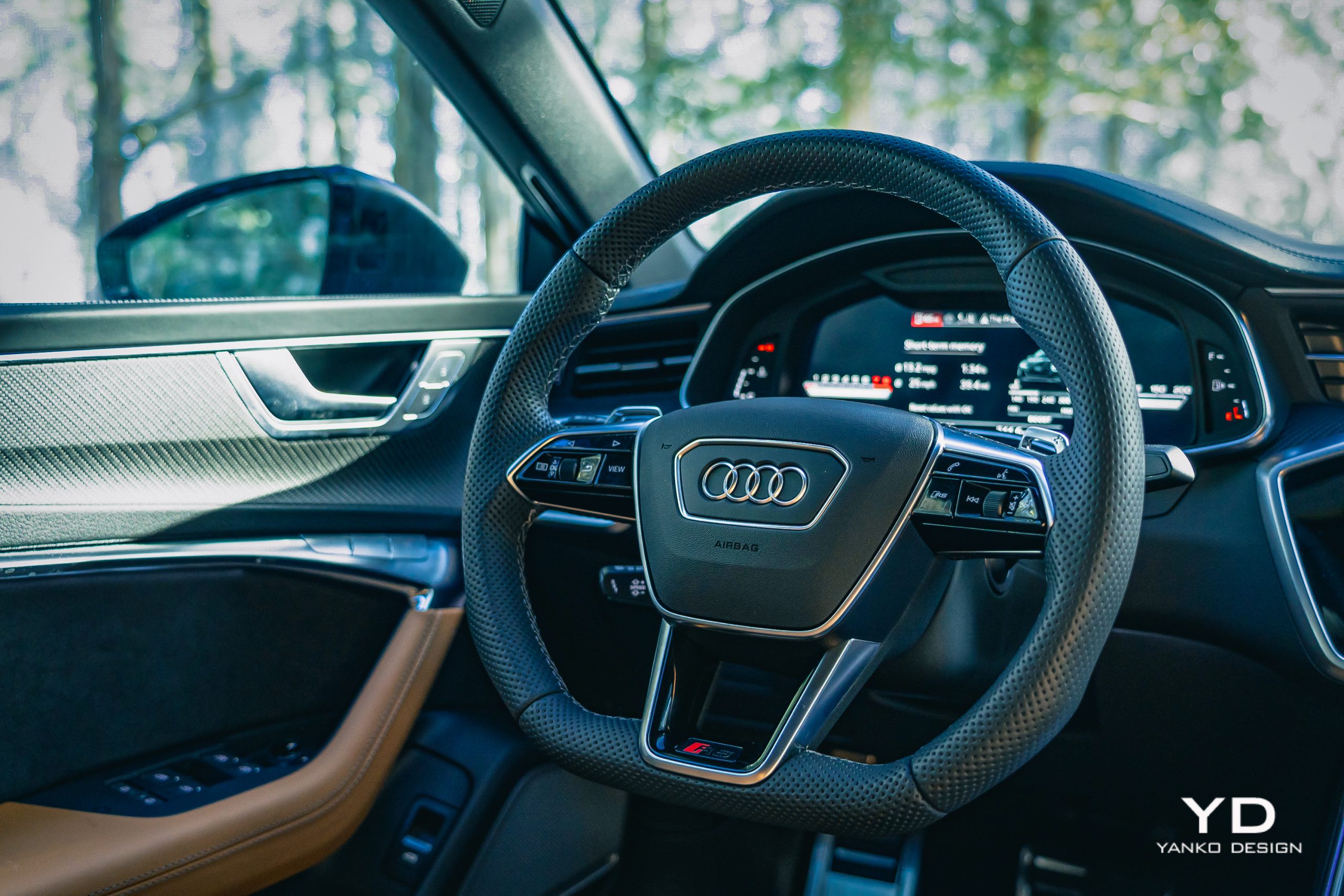

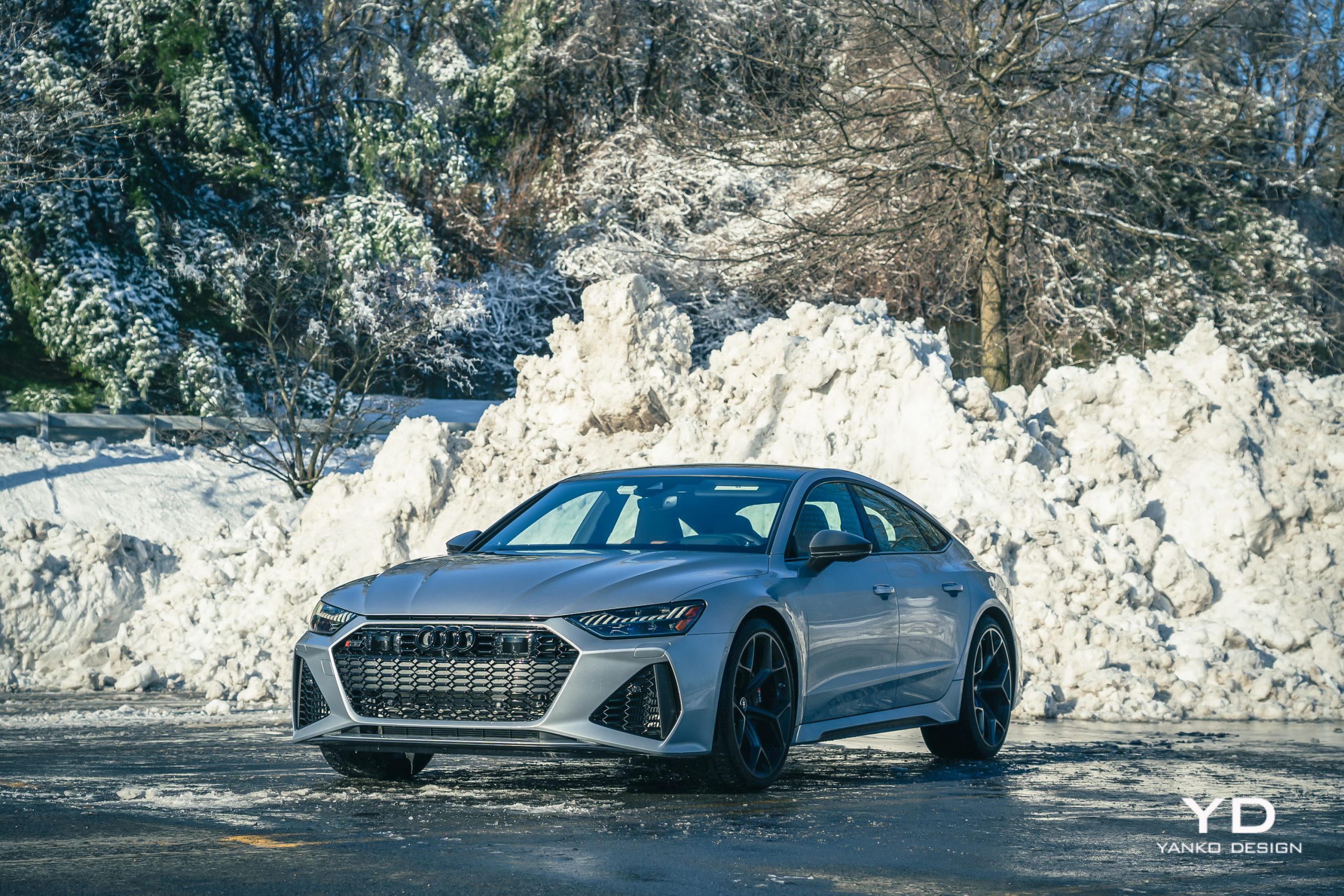
That deep-dish profile helps fill the fenders on the RS7, which are substantially wider than those on the base A7. It’s the nose, though, that is most noticeable, with massive inlets featuring exposed carbon fiber slats. The color here, Florett Silver, is on the subtle side for a car this powerful, but it pairs beautifully with the black wheels and carbon highlights.
But what I like most about the RS7 is that, despite those details that enthusiasts will spot from a mile away, your average person out there on the streets won’t necessarily see this one coming. On a casual glance, the RS7 doesn’t shout its presence. The added bits aren’t so much flare as they are finesse, and that’s very much in line with what I want from a car.
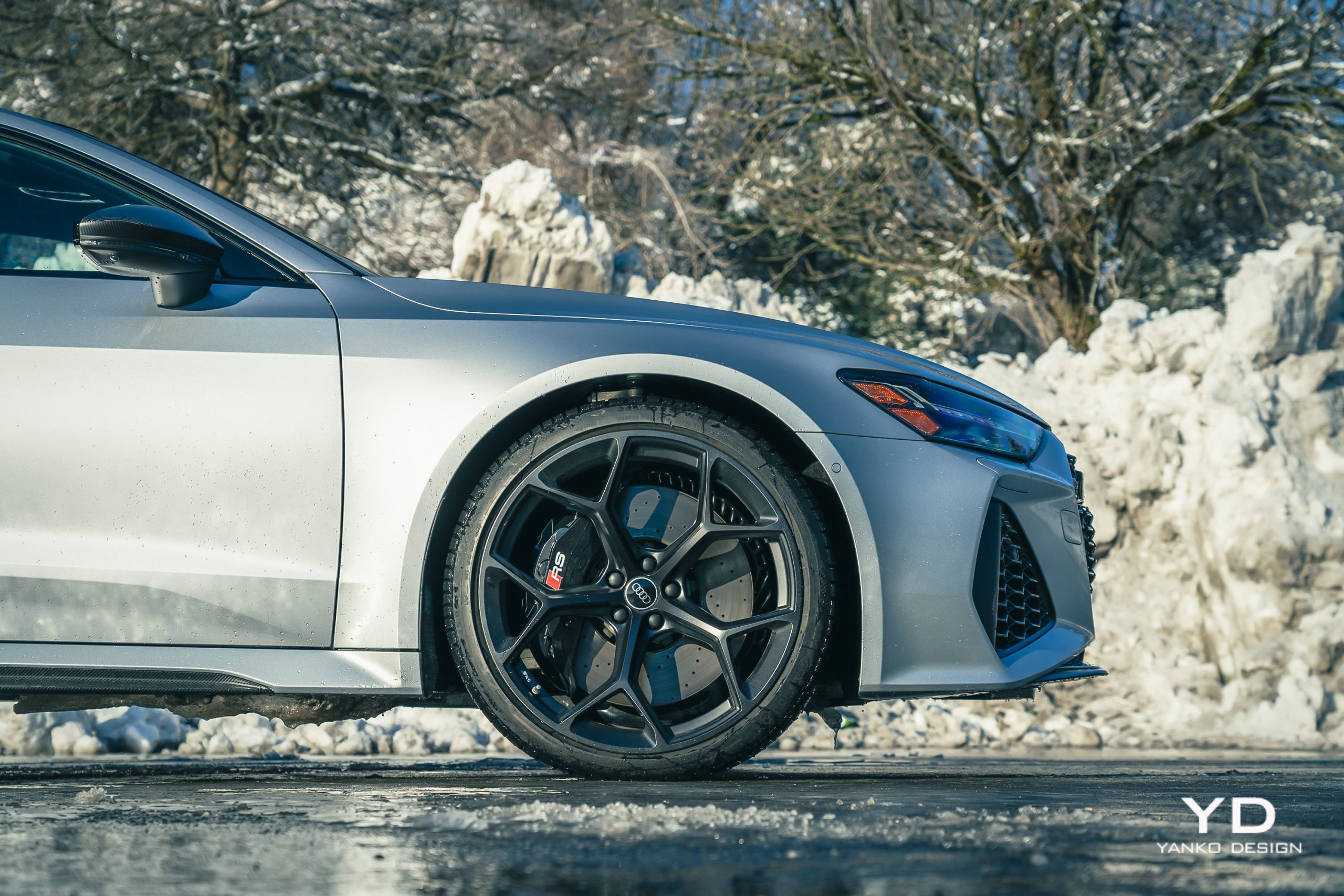
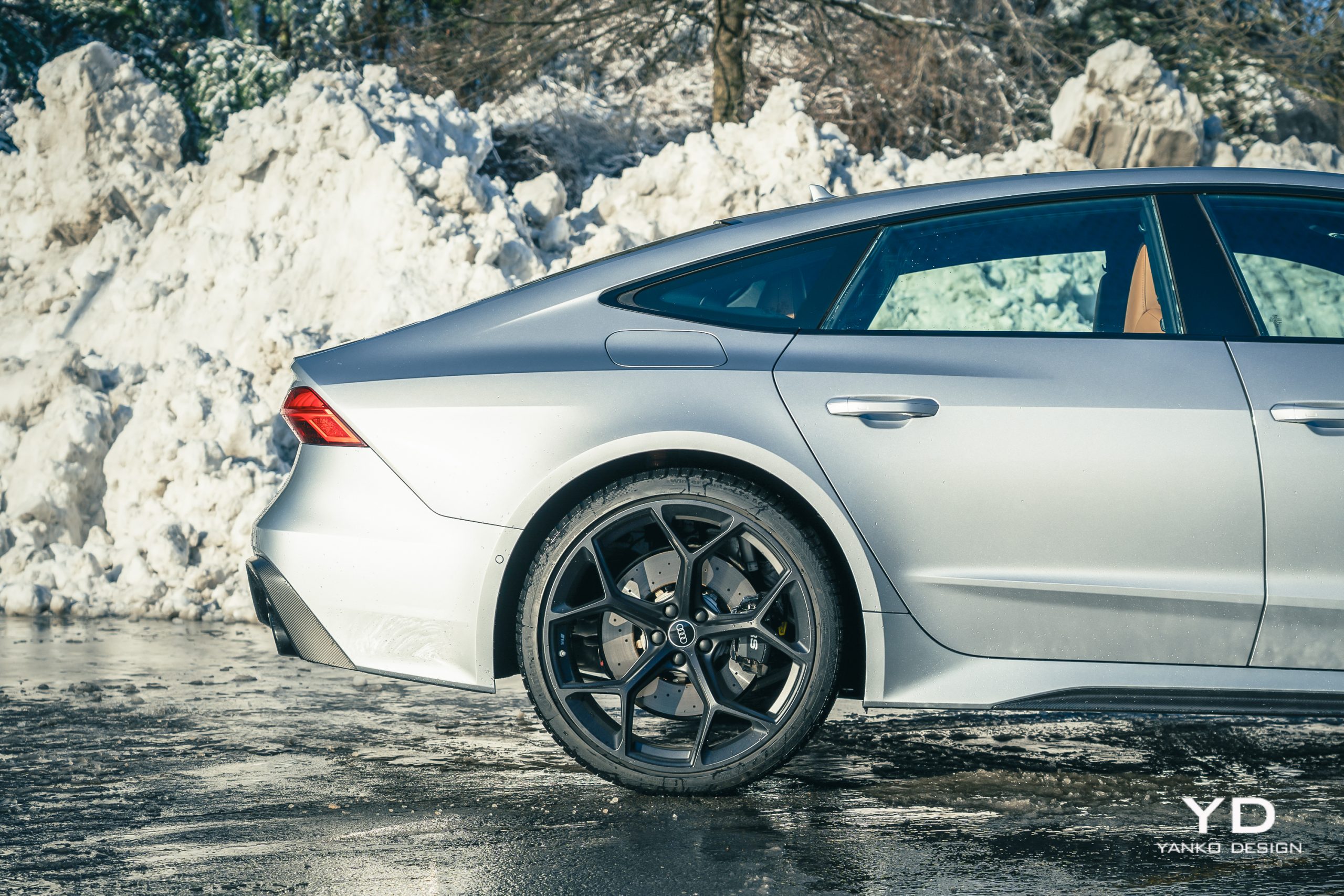


Interior detailing
On the inside, the changes over the base A7 are similarly subtle, but there are differences. It starts with the deep-set sports seats with their distinctive hexagonal pattern. They look great, especially in Cognac leather, but if I’m honest, for a car with this much performance, I might have wanted something a bit sportier, like those offered by the $3,000 RS Design package with contrasting stitching.
The dash and doors in the RS7 receive slashes of carbon fiber, left matte, not sealed behind glossy resin like on most cars. This means it’s as lovely to touch as it is to see. Likewise, the steering wheel is Audi’s deep, thick sports shape that fits my hands like it was molded for them. A pair of discrete metal shift paddles on the back waiting for sportier drives.
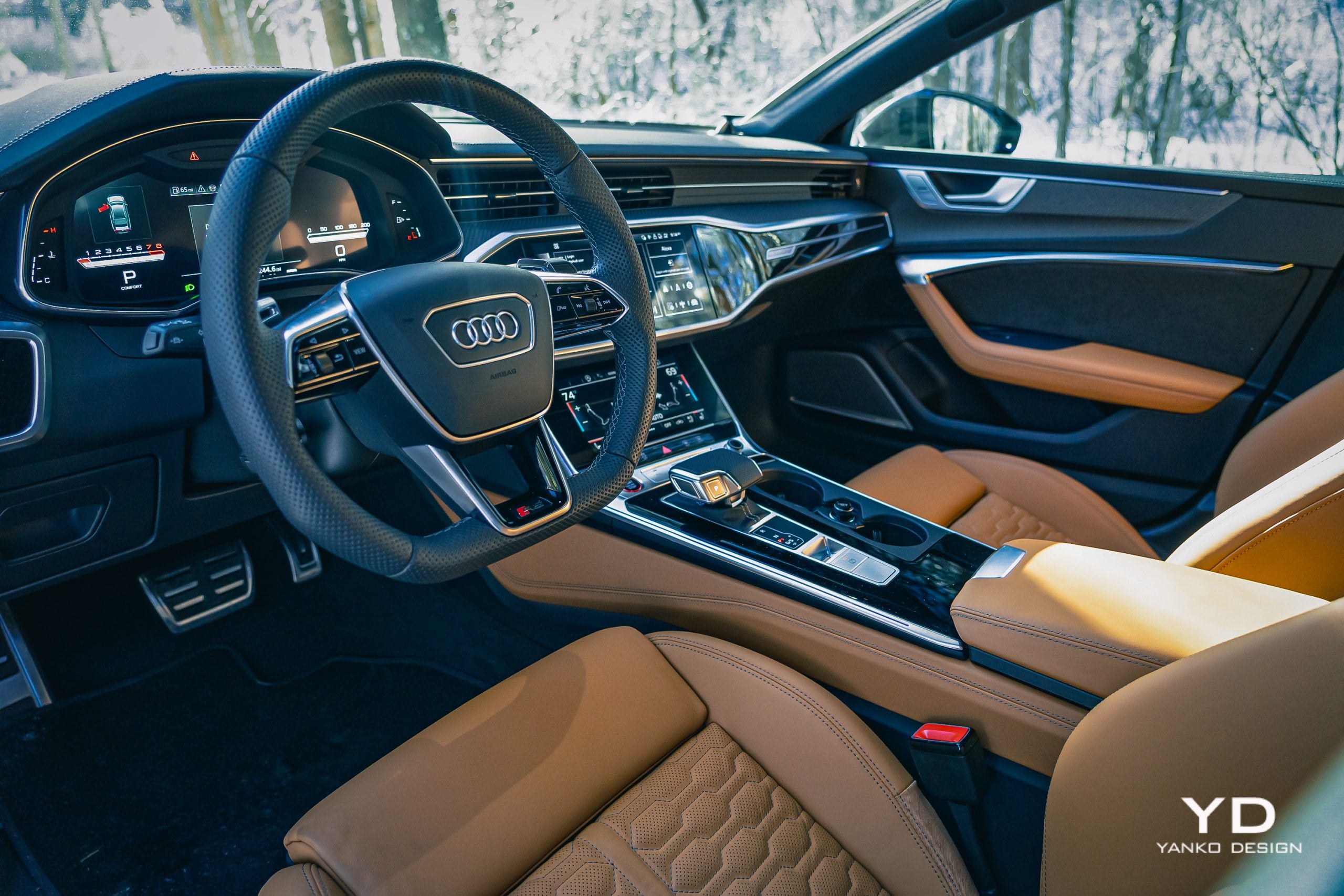
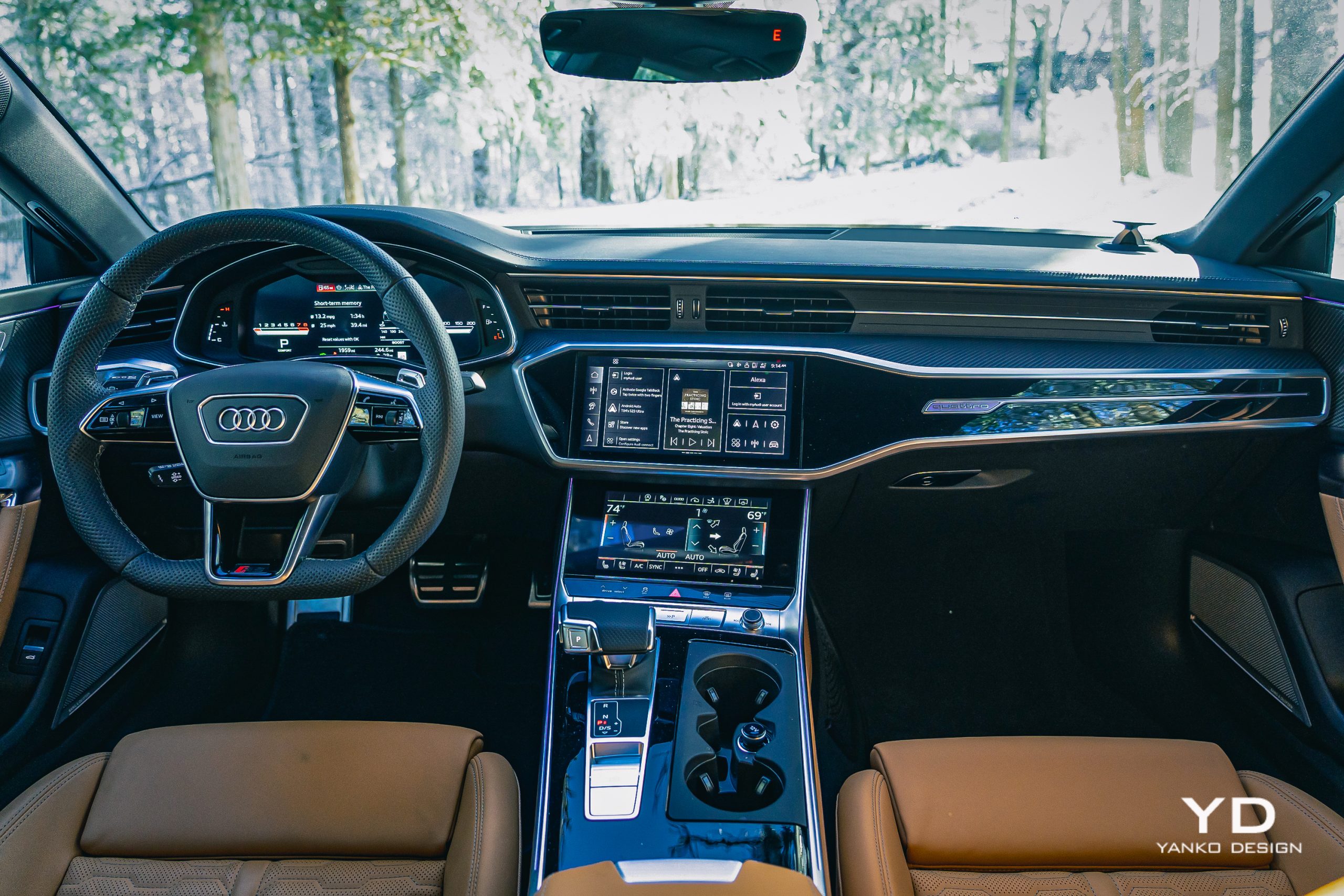
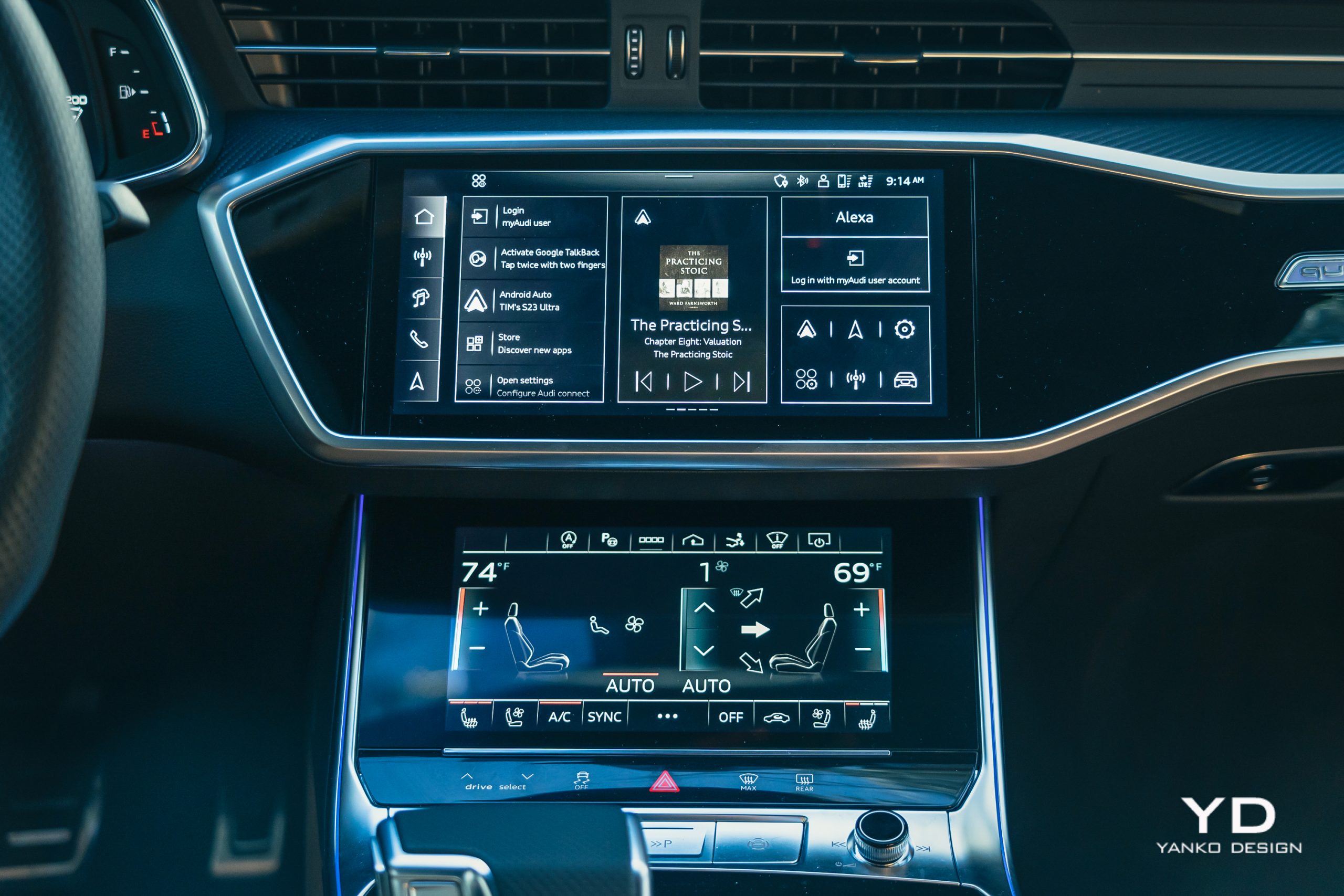
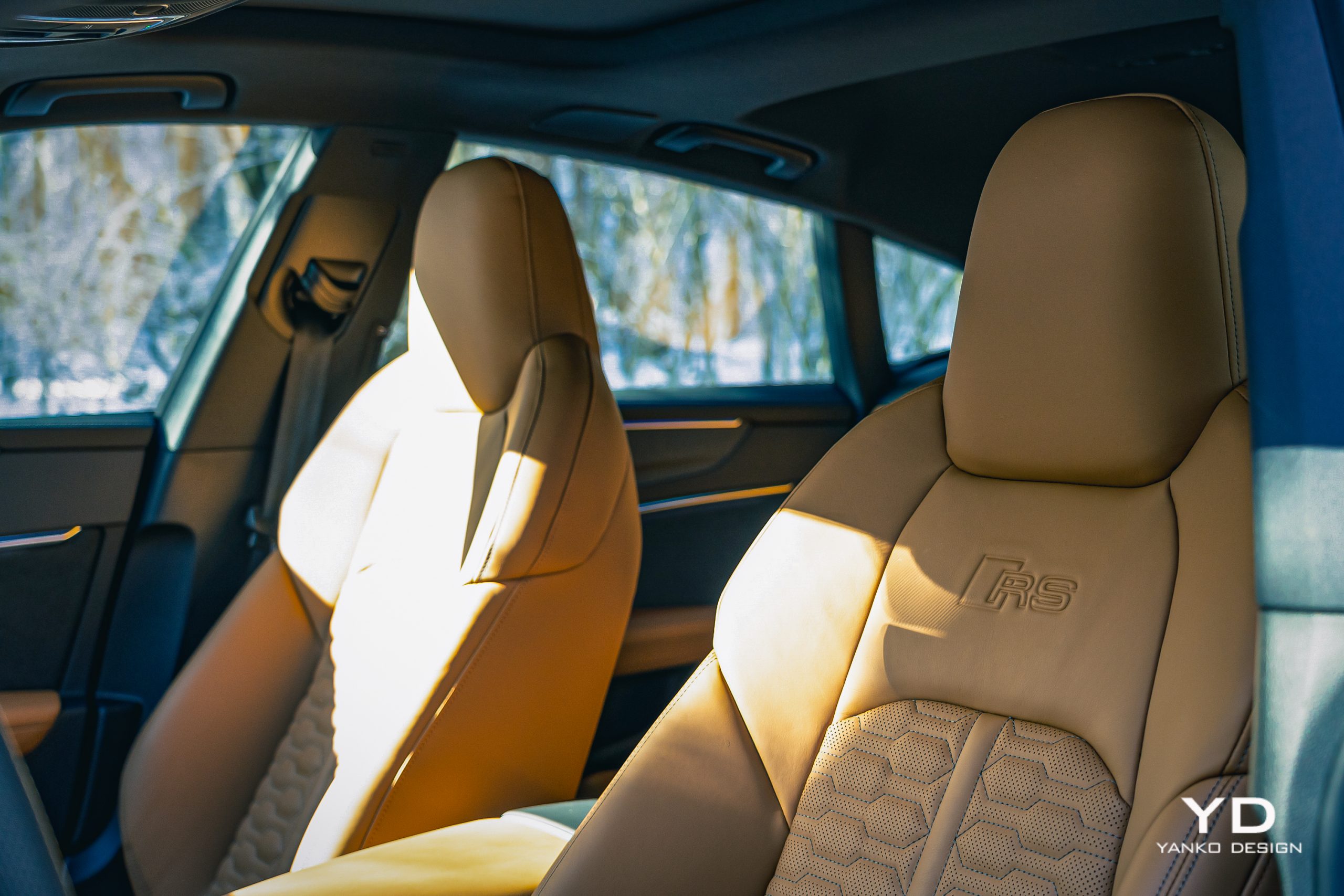
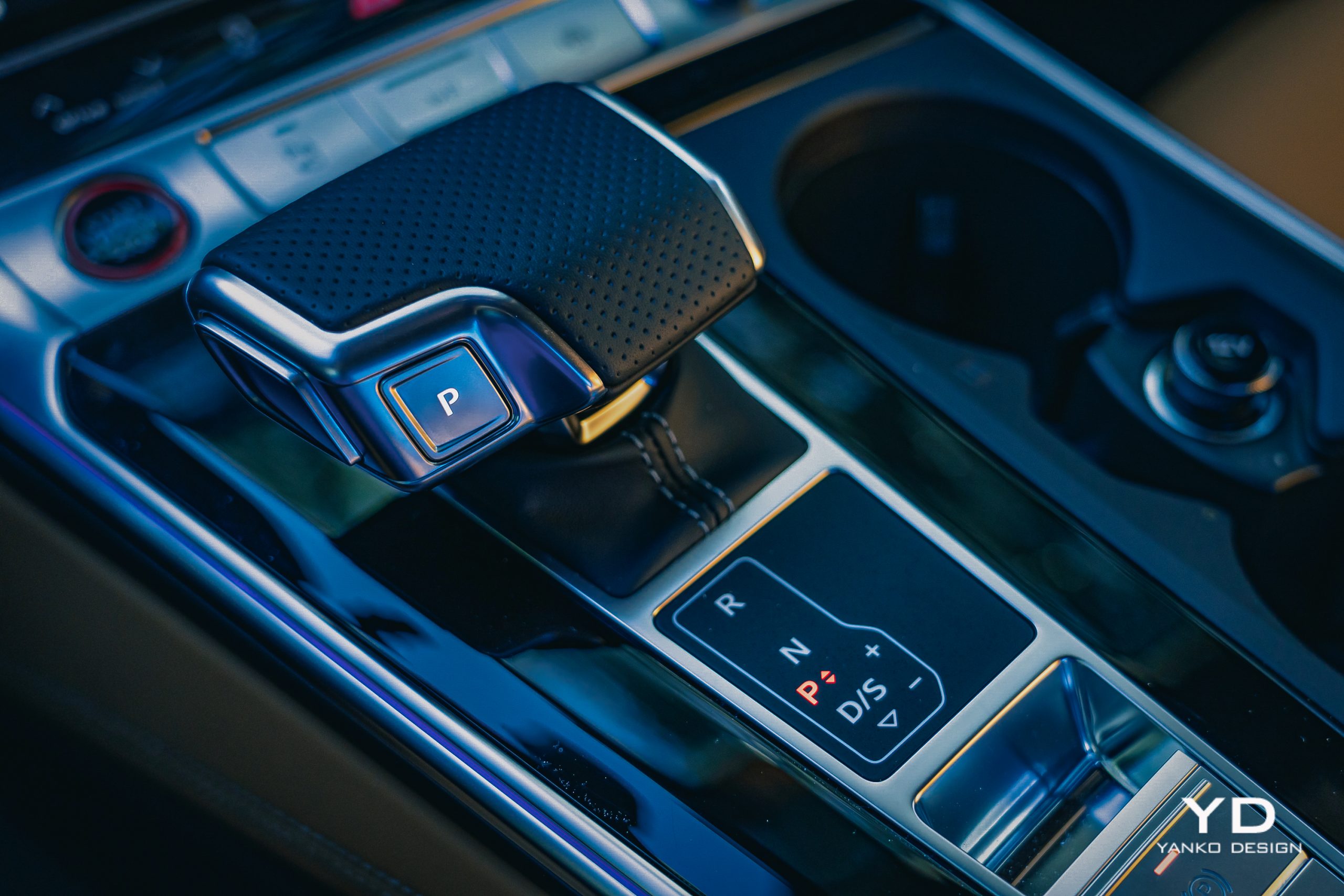
Everything in here is high-quality, with the only aspects I don’t appreciate being the expanses of glossy piano black on the center console around the shifter and running across the center of the dashboard. But, from a materials and fit-and-finish standpoint, there’s nothing to complain about.
The same goes for front-seat comfort. There’s plenty of headroom and legroom, and the comprehensive heating and ventilation of those front seats will keep your posterior thermally managed. The rear seats are also heated but don’t offer anywhere near the space. As you can probably guess by that roofline, headroom out back is limited, as is legroom.
But those seats do at least fold out of the way easily, with a 40/20/40 split, meaning you can drop just the middle section should you want to seat four in here while also carrying some skis, snowboards, or the like. Just make sure the two rear passengers are somewhat short of stature.
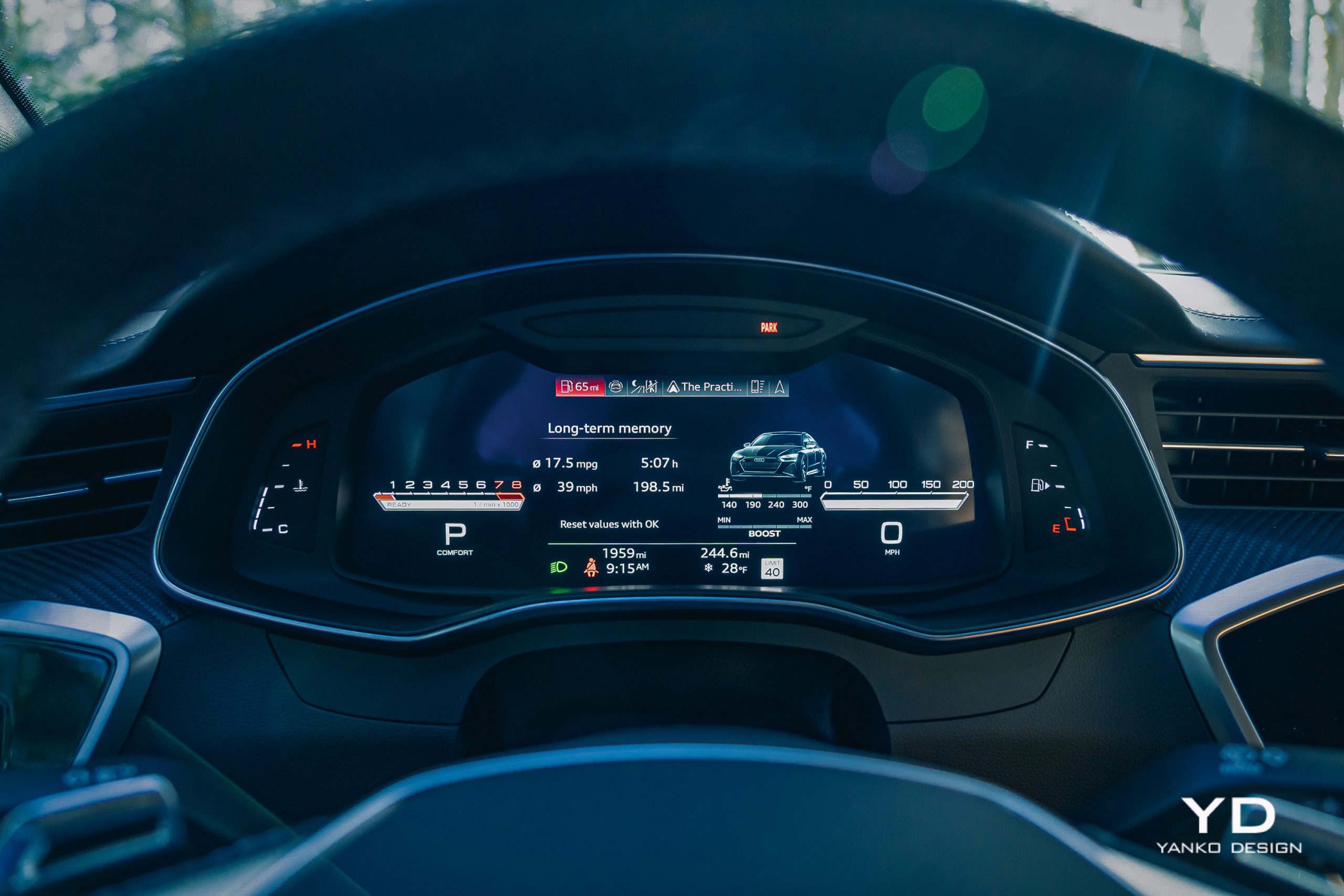
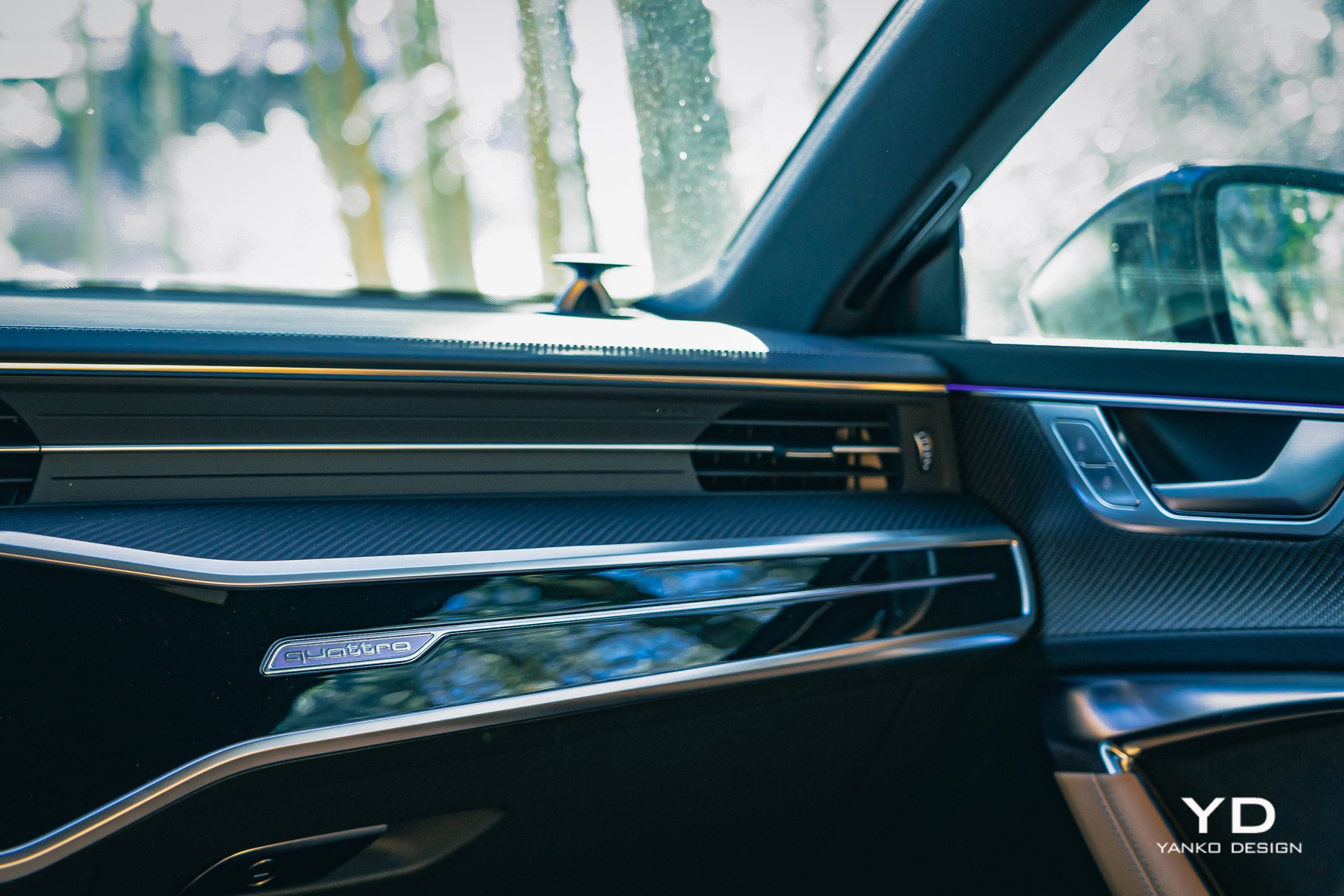
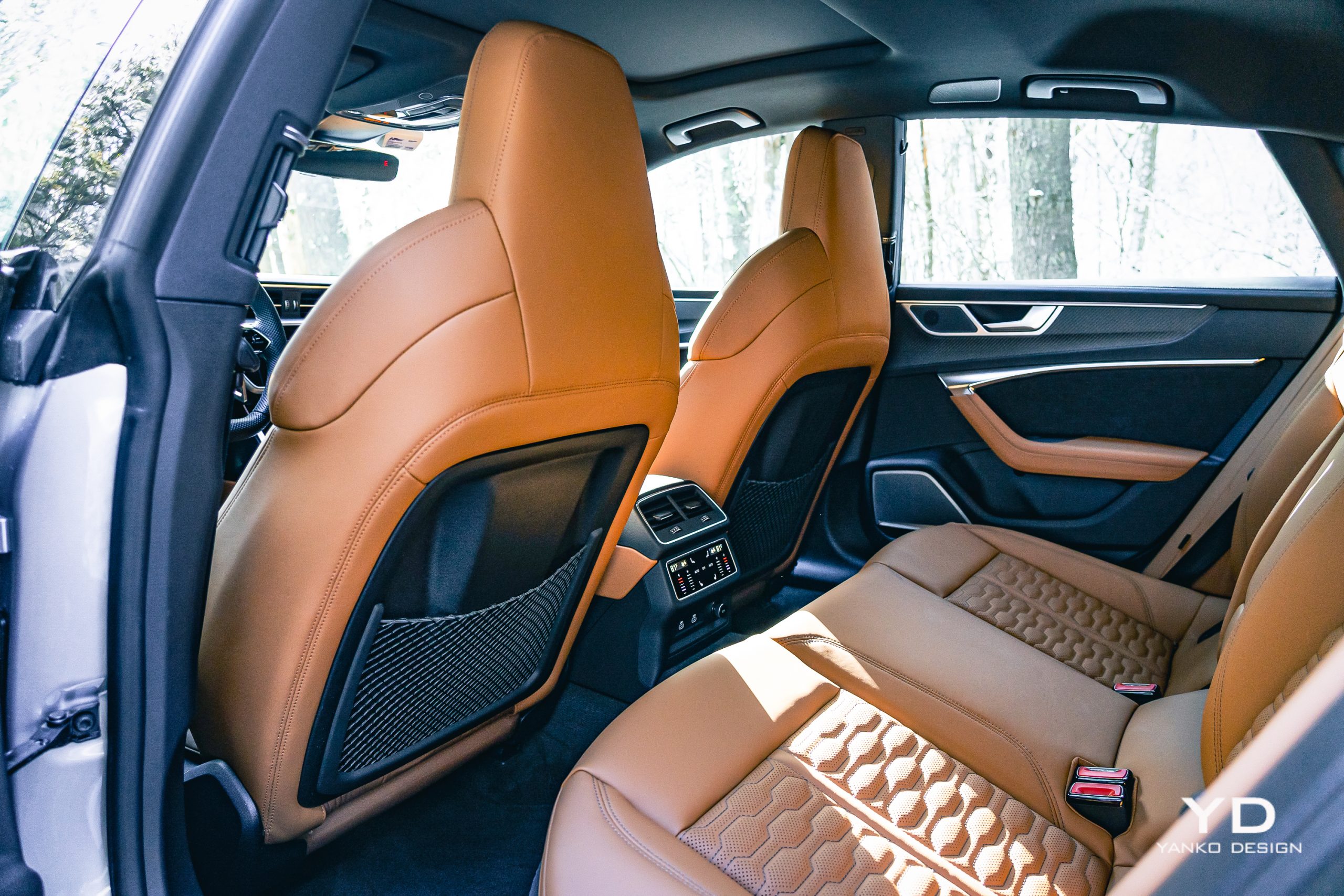


The software experience
Audi’s MMI experience handles infotainment duties, a dual-screen system that’s comprehensive if occasionally confusing. The bottom screen is mostly used for the car’s climate control system, but occasionally, you’ll use the top screen for that.
Meanwhile, the top screen has the bulk of the infotainment experience, and you’ll find the integrated navigation system and media playback here. Connect your phone for wireless Android Auto or Apple CarPlay and either of those displays take over the top screen. Media is played through a 23-speaker Bang & Olufsen sound system, which offers a rich, broad sound but comes with quite an asking price: $4,900.
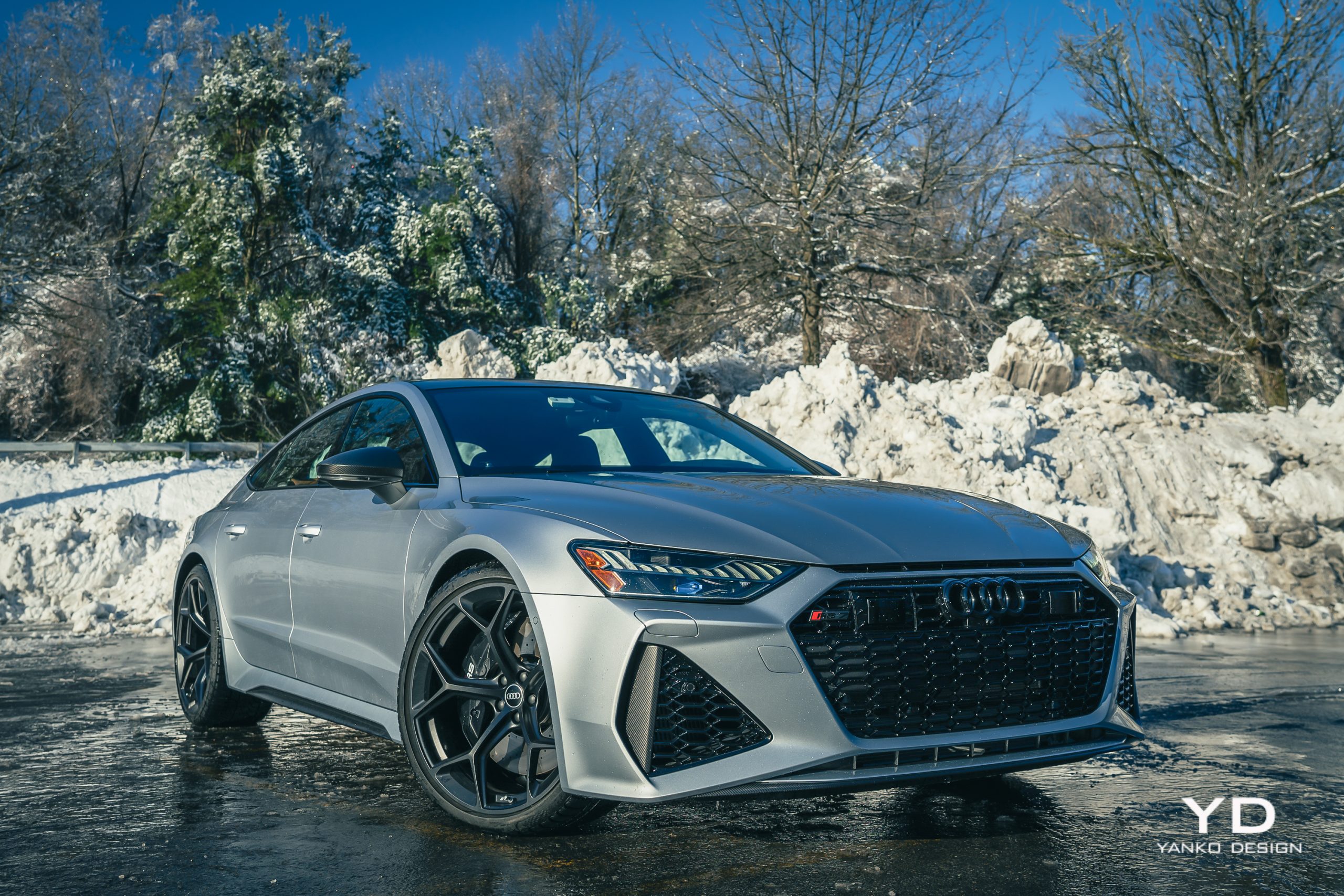
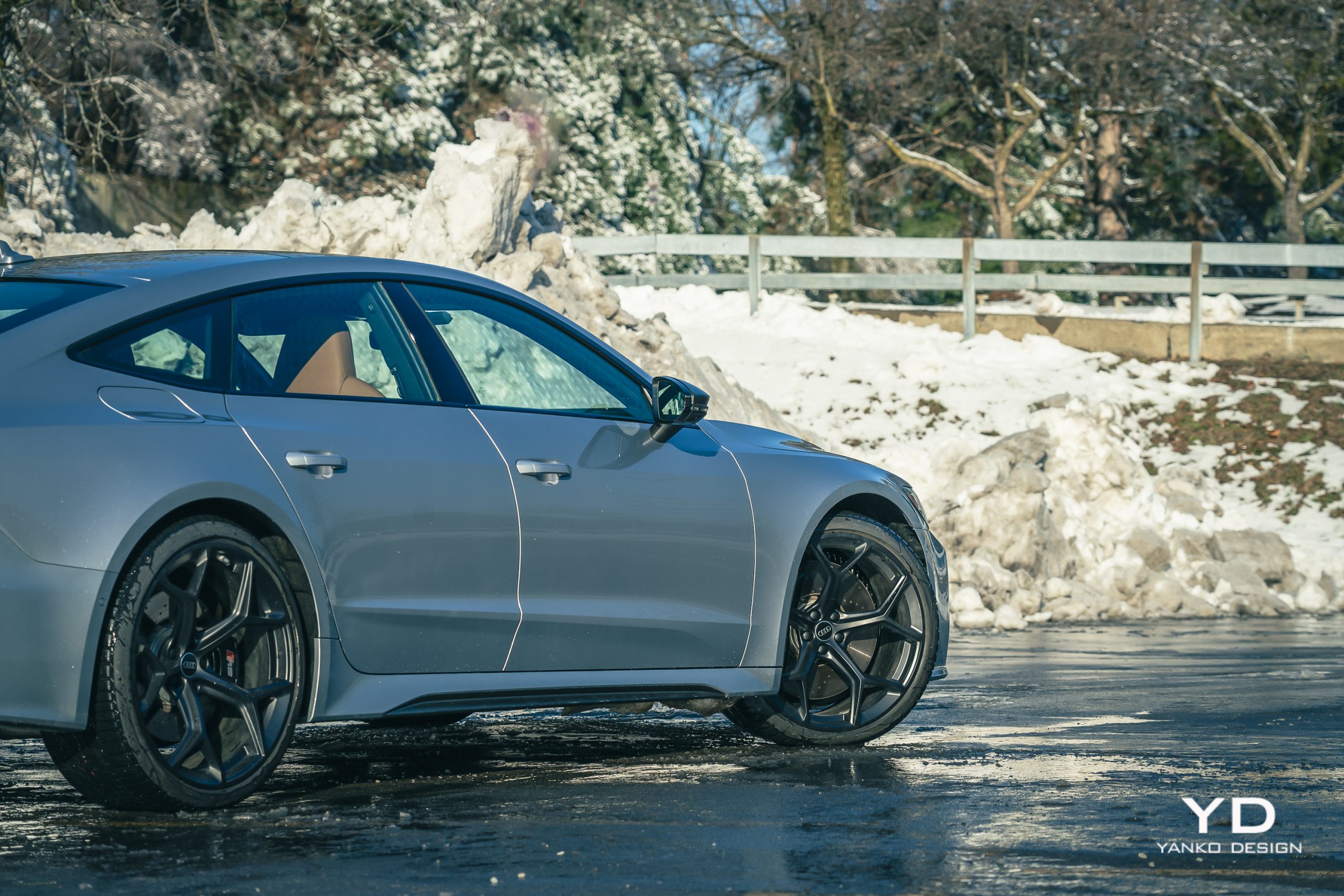
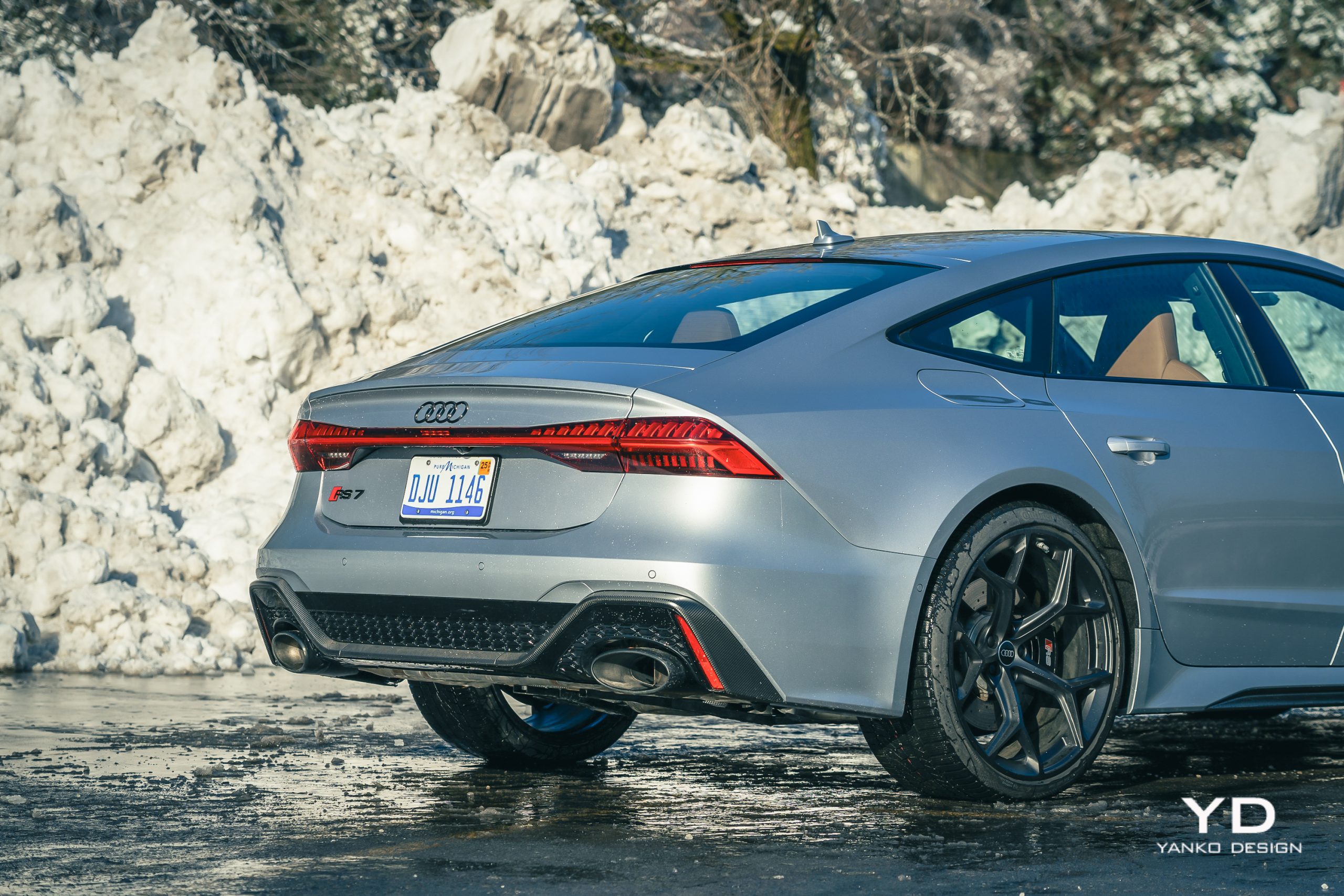
The gauge cluster is likewise fully digital, measuring 12.3 inches on the diagonal, and there’s a heads-up display as well, meaning you’ll not be lacking for information. All displays are thoroughly customizable and full of telemetry covering everything from maximum g-forces to tire pressures.
The most important control might just be on the steering wheel. It’s the RS button, which you can use to quickly toggle through two user-defined RS modes: RS1 and RS2. You can customize the engine response, suspension stiffness, steering resistance, engine sound, and differential setup.
Dig a little deeper, and you can also raise or lower the adaptive suspension, which I frequently had to do while driving the car.
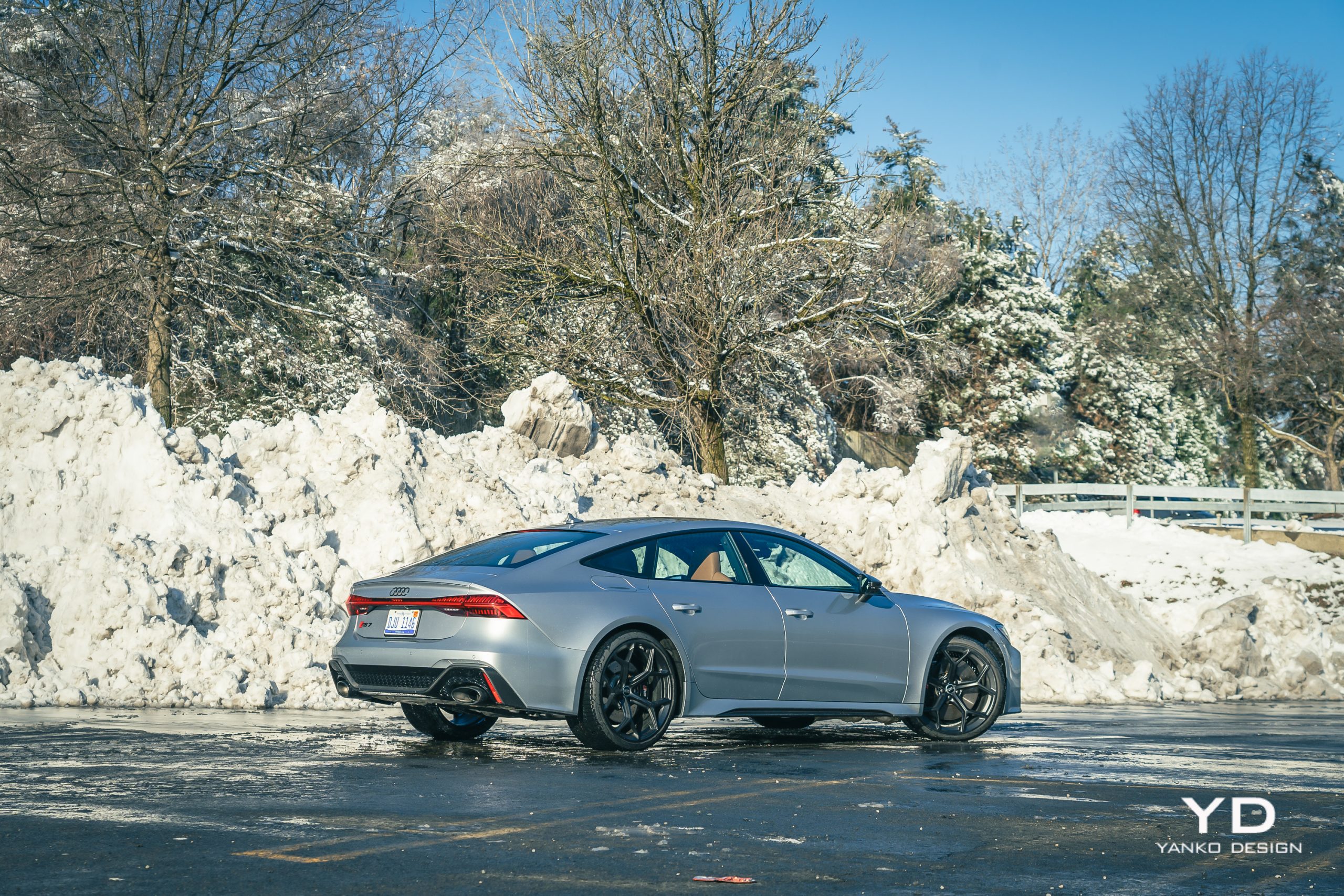

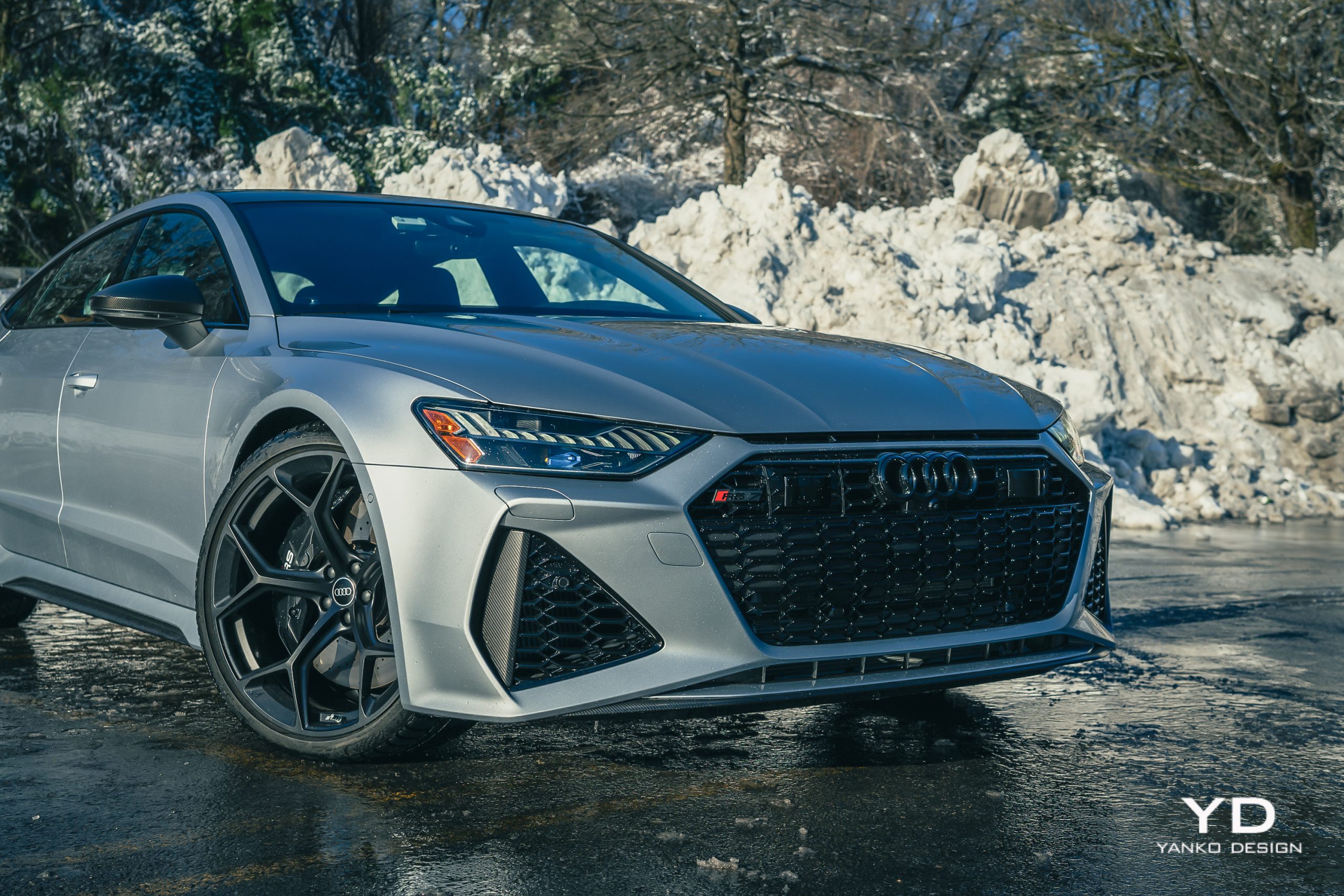
Winter testing
My RS7 visit coincided with one of the worst ice storms we’ve experienced in New York in years. Heavy rains swept through, followed by a rapid temperature drop and a foot of heavy, wet snow. The resulting combination not only left the roads covered in ice and slick snow but also brought down trees and branches all over.
And I had to drive three hours straight into the heart of it.
Virtually any other 600-horsepower, $151,000 car would have left me, at best, stranded or, at worst, halfway through a tree. The RS7 handled it all remarkably well. Though the RS7 is low, it’s not so terminally low that the aggressive front air dam turned into a plow when the snow started to pile up.
Meanwhile, Audi’s sportiest sedan did an excellent job of getting all that power to the ground. In the few times I dug deep into the throttle (purely for the sake of experimentation), the RS7 squirmed just a bit, making the most of the grip, then shot forward in a controlled, predictable way.
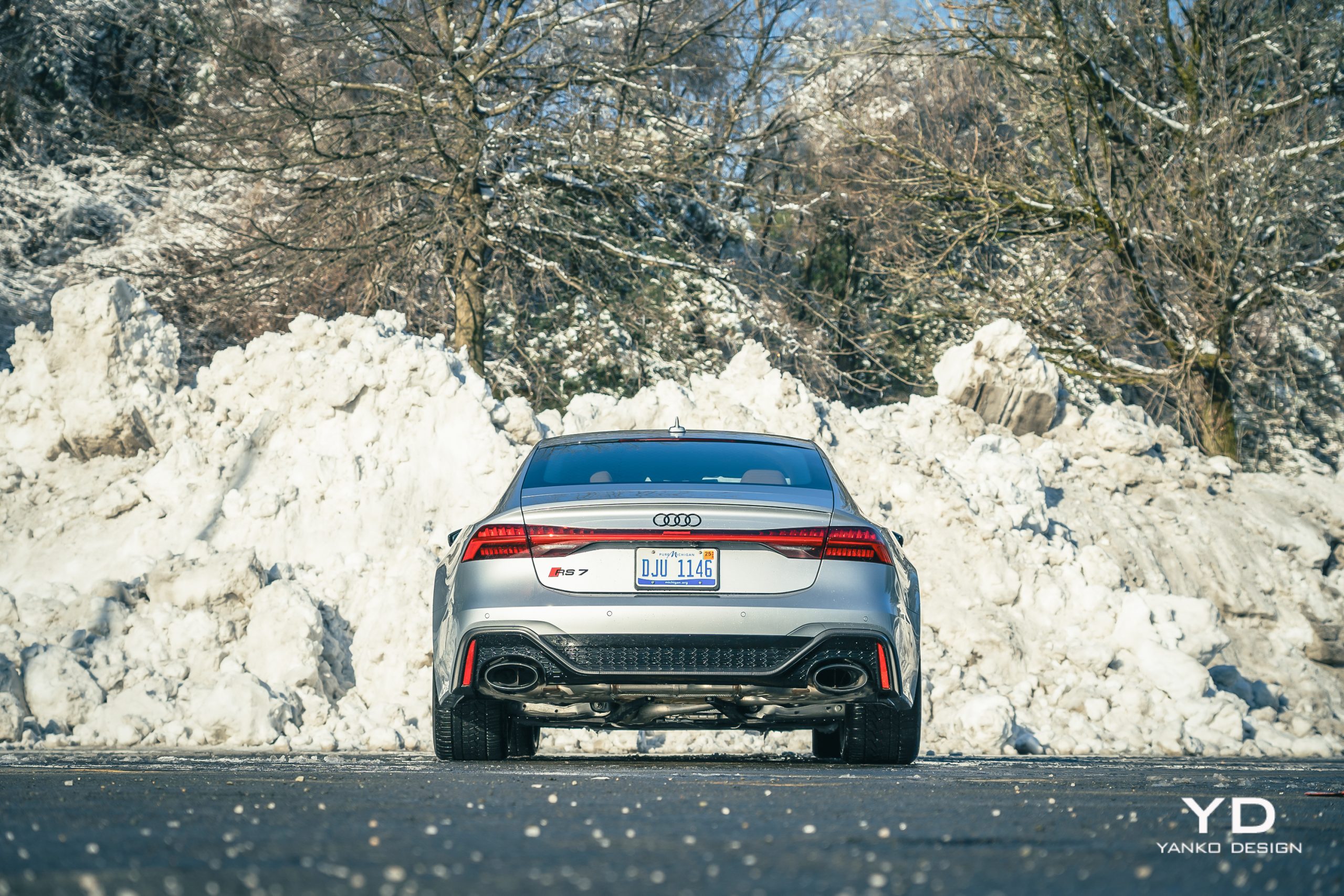

This was on some of the slickest, nastiest roads I’ve ever experienced. I saw many cars in ditches, yet I had no problem getting home. I even enjoyed myself. And, on those few times when I needed to clear some particularly deep snow, raising the car an extra 0.8 inches was a reassuring thing — even if it was only a maximum speed of about 20 mph.
Much of this performance must be attributed to the Continental WinterContact tires on the car, which, despite being incredibly wide and low-profile, delivered good and predictable grip. But the RS7’s advanced differential system ensured that the power got to those tires in a balanced way and ultimately ensured that I got home safe.
Once the weather cleared and the roads dried, I had a chance to sample the car’s speed and performance differently. Here the RS7 is brutal and fast. That twin-turbo V8 sounds fantastic as it roars up through your every acceleration and burbles gently as you lose that speed again. The transmission clips through ratios without hesitation but did have a tendency to make the car jerk and stumble a bit when coasting to a stop.

The steering is delightfully quick, if a bit numb, and the grip levels are, of course, huge. For a car of this size, it’s very, very good.
Switching back to Comfort mode, the car returns to being a calm and relaxing luxury sedan. It’s really only that occasionally jerky transmission that betrays this car’s performance capability, that and an excess of road noise, which would surely be lessened with summer or all-season tires rather than the chunky winter tire treads here.
The 17.4 mpg I saw during my testing also points to this car’s capabilities, which matches the car’s official combined rating. However, according to the EPA, you can get up to 22 mpg on the highway if you drive it gently.

Pricing and Options
The 2024 Audi RS7 Performance you see here had a starting MSRP of $127,800, but included a number of options, including $7,650 for the matte carbon fiber, $4,900 for the Bang & Olufsen sound system, and $2,250 for the driver assistance package. The total price came out to $151,840 after a $1,095 destination charge.
As a machine meant to mix both luxury and performance, the RS7 handles both categories well, not providing the posh experience of something like a Mercedes-Benz S-Class, but lining up quite compellingly against something like a Mercedes-AMG GT Sedan or Porsche Panamera and with a price to match.
With its visual tweaks and hints of outrageous performance, the RS7 feels a bit more special than either of those two, a bit more rare. Still, with Porsche’s new Panamera coming, and Mercedes raising the bar with the AMG GT, Audi’s barnstormer might need some new moves to keep up.
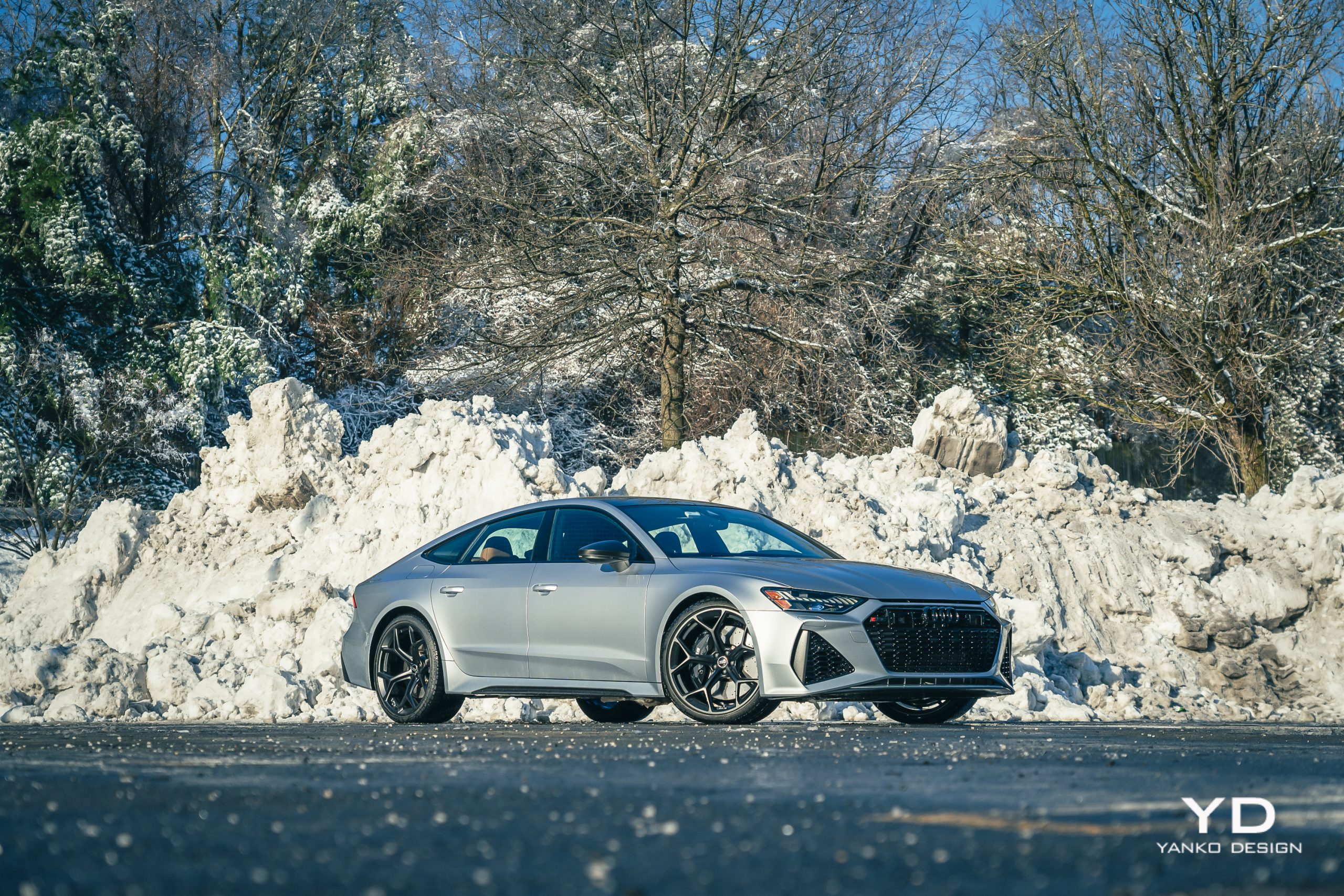
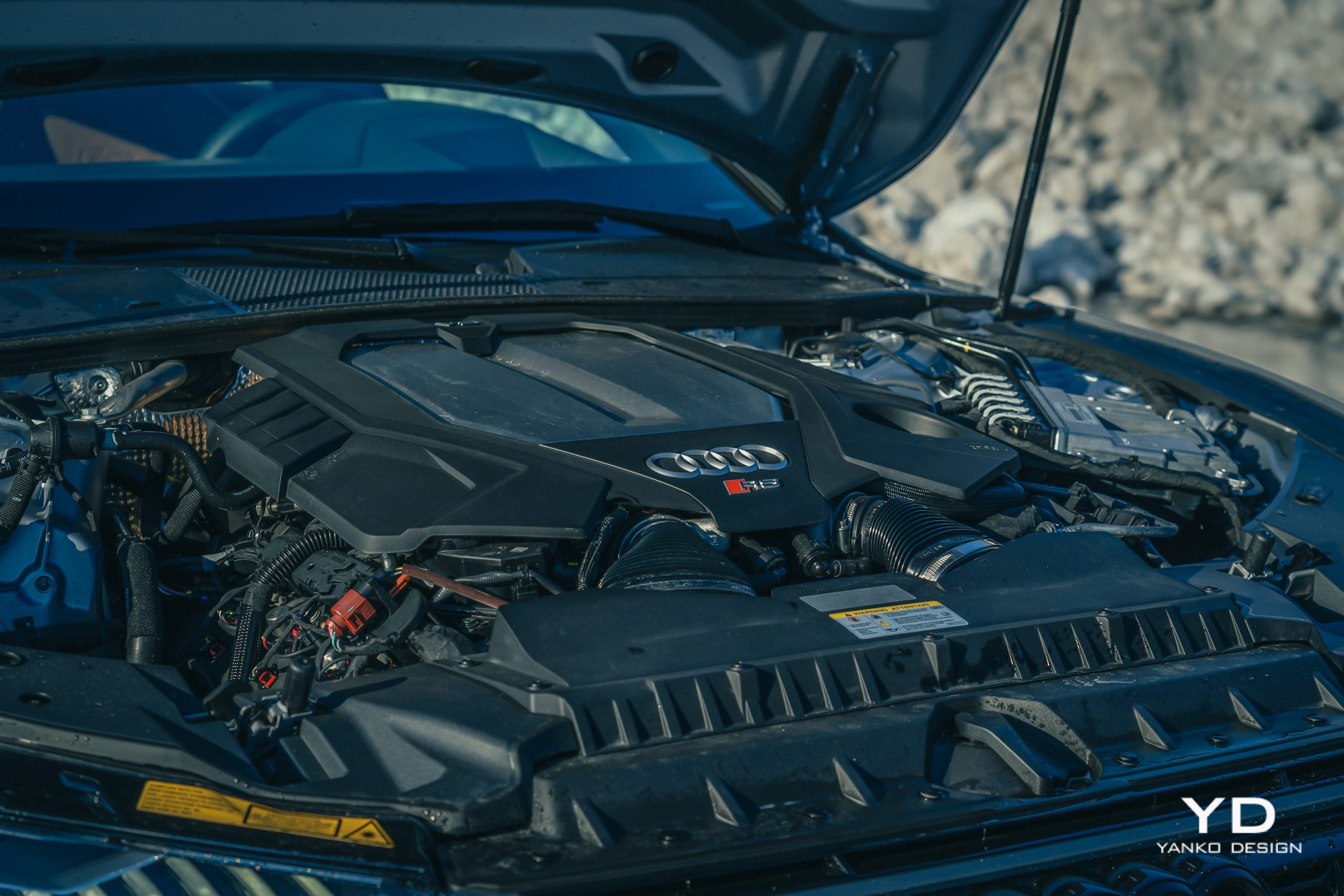
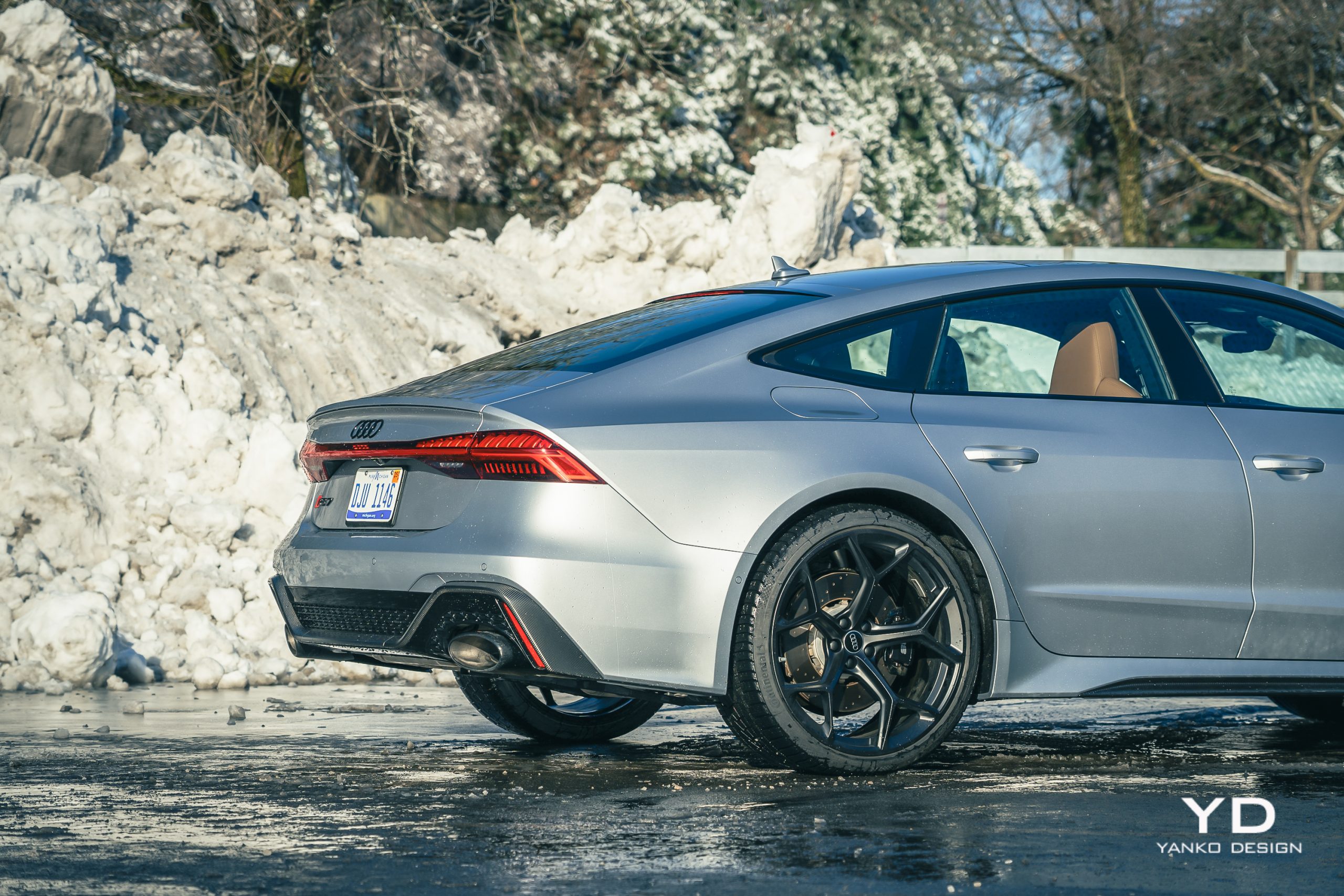
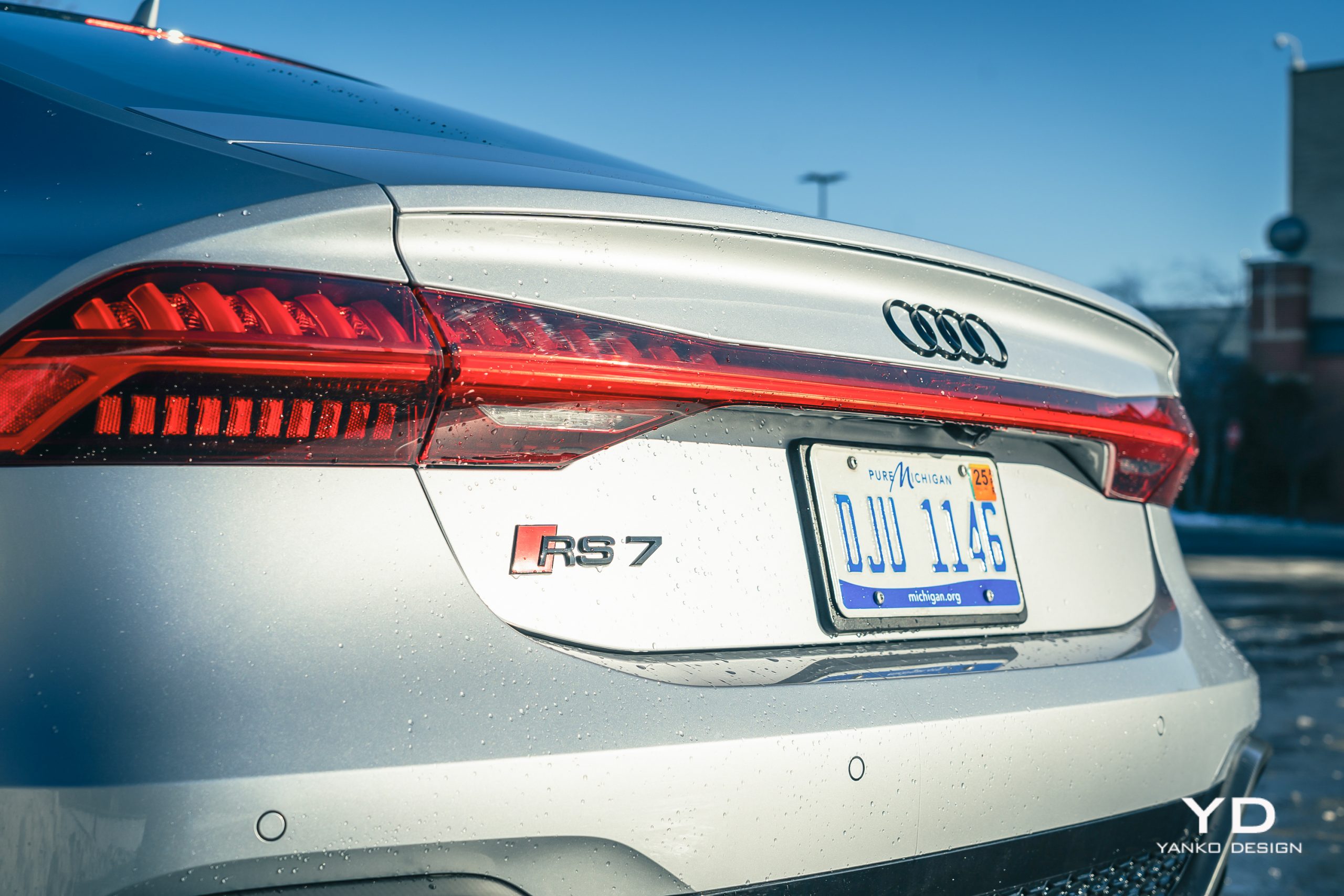
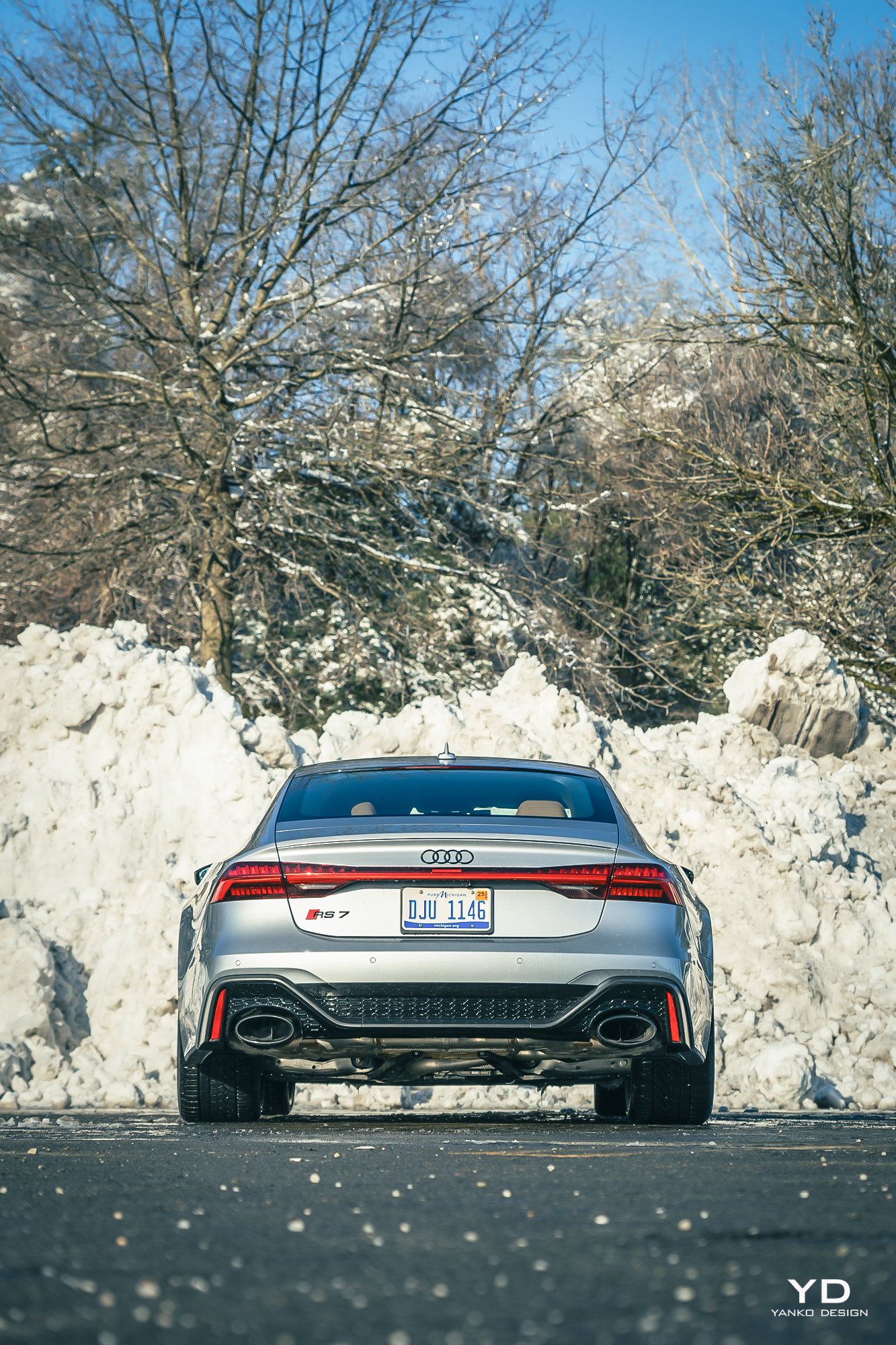
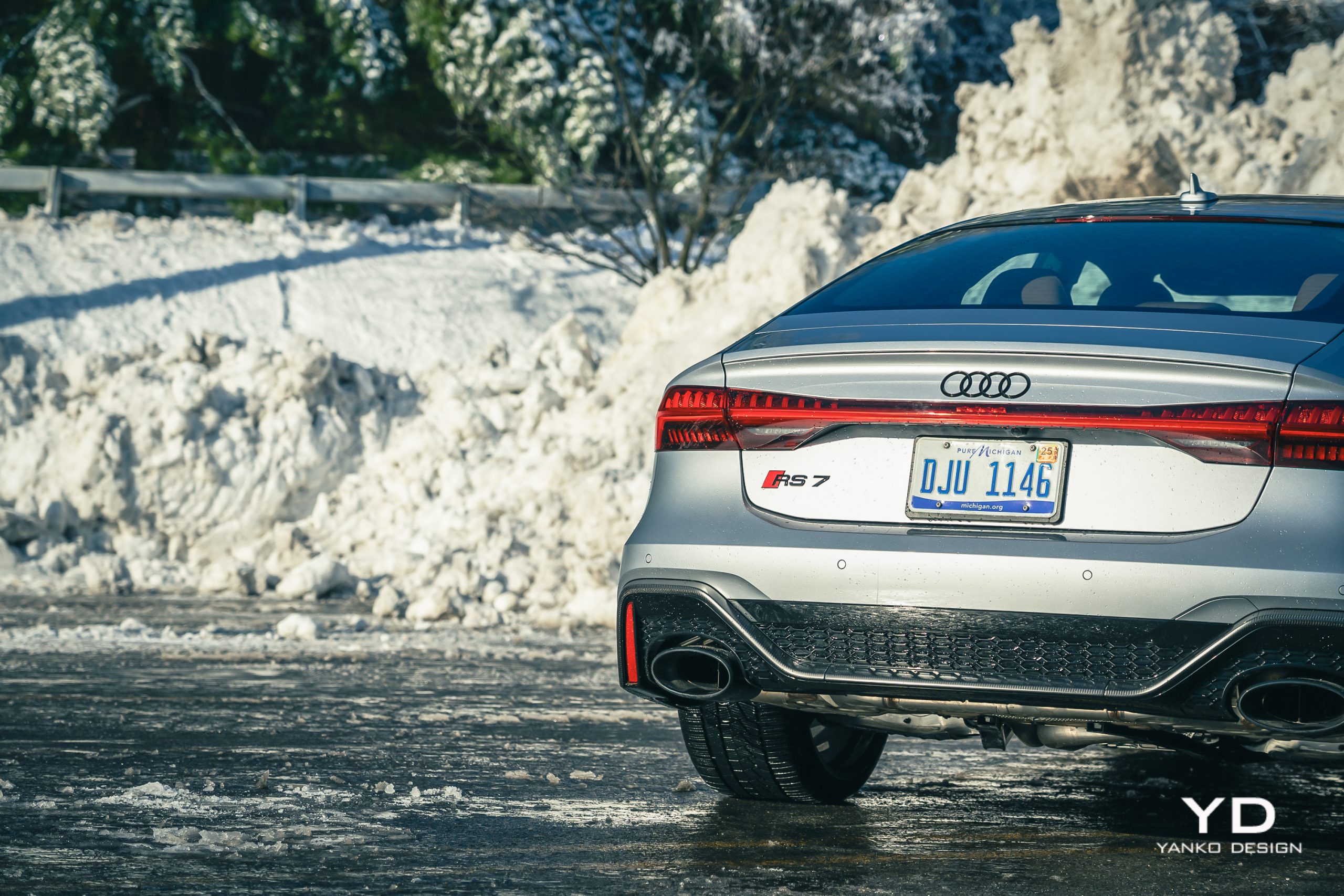
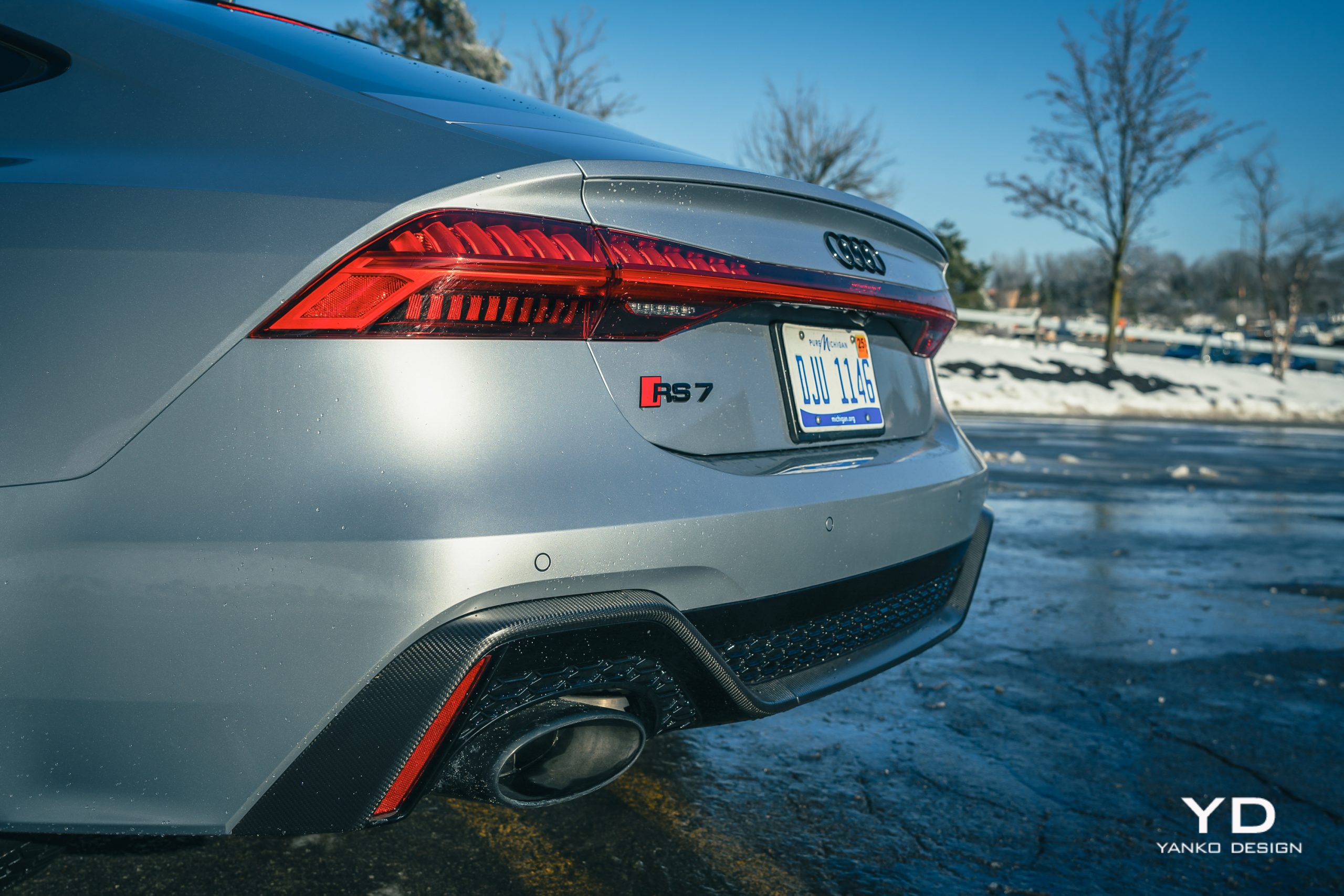
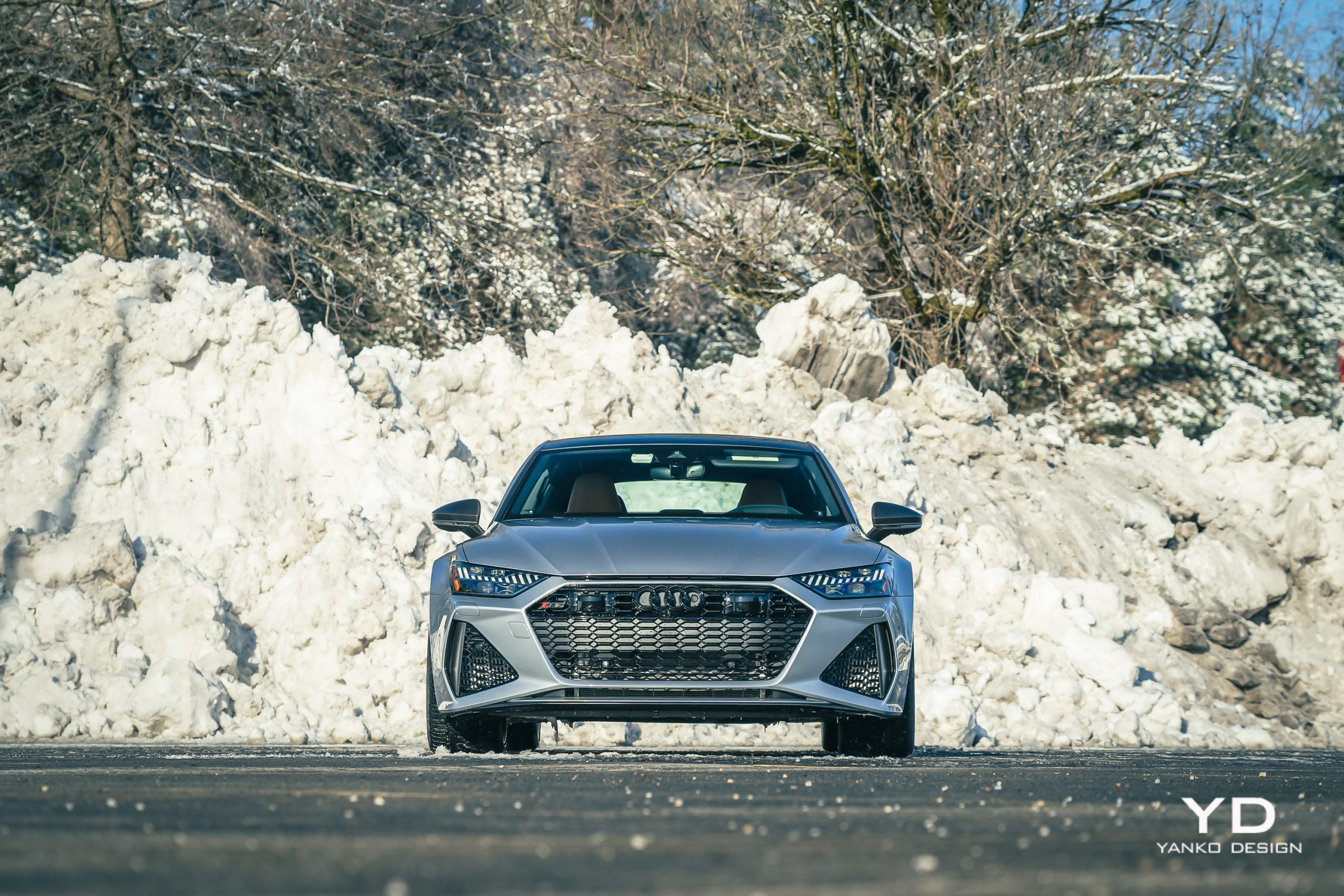

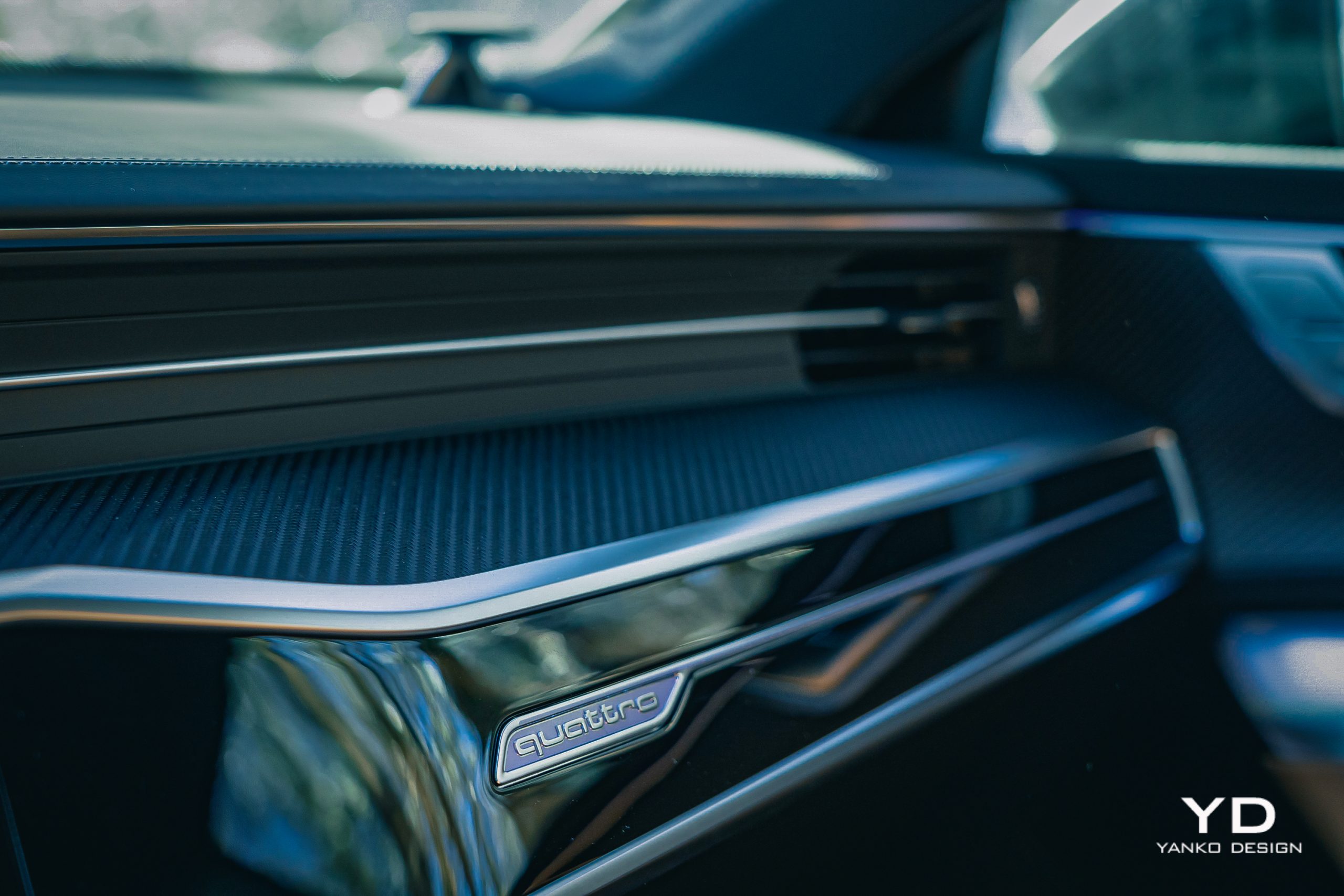
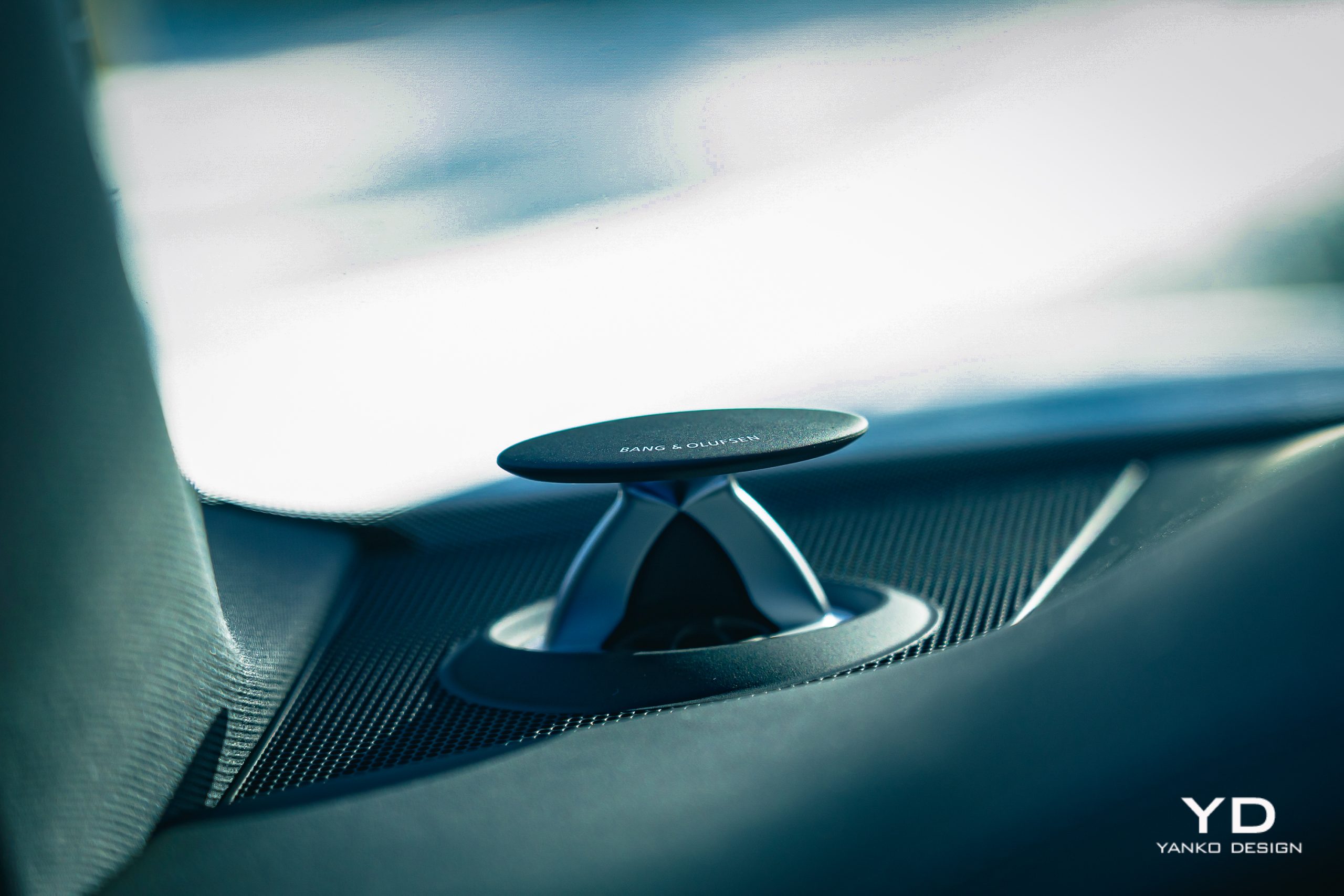

The post 2024 Audi RS7 Performance: Unmatched Power and Luxury first appeared on Yanko Design.
![]()
![]()
![]()
![]()
![]()
![]()
![]()
